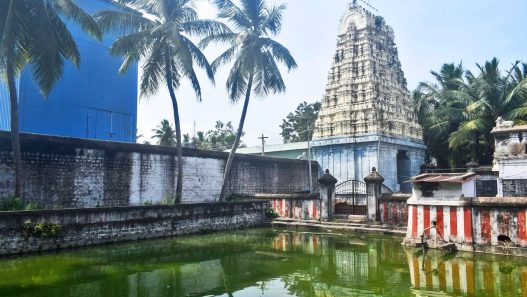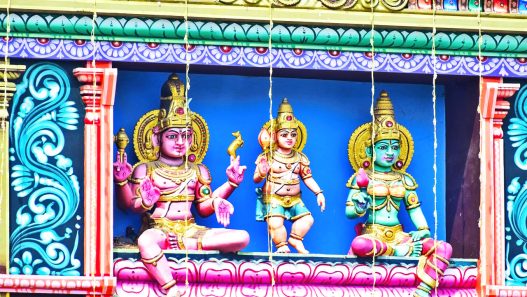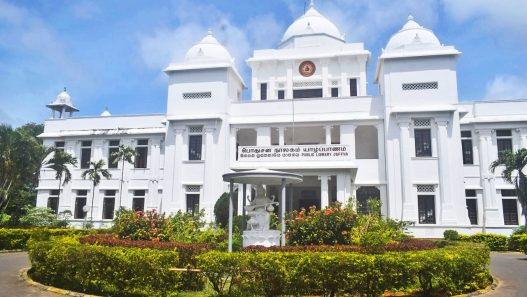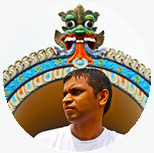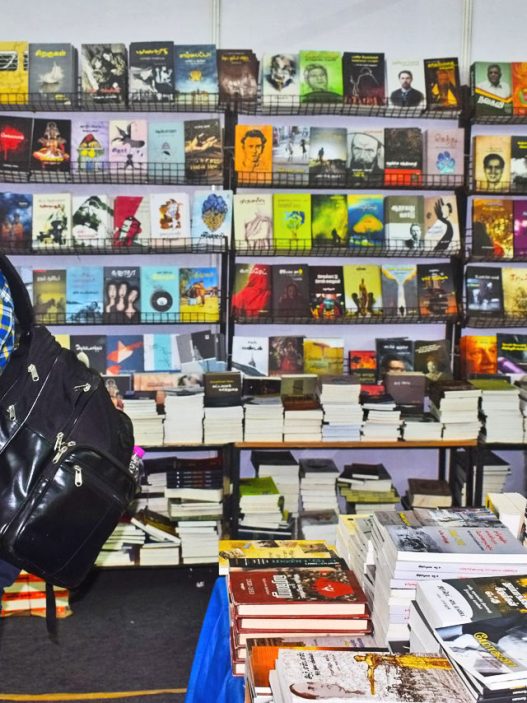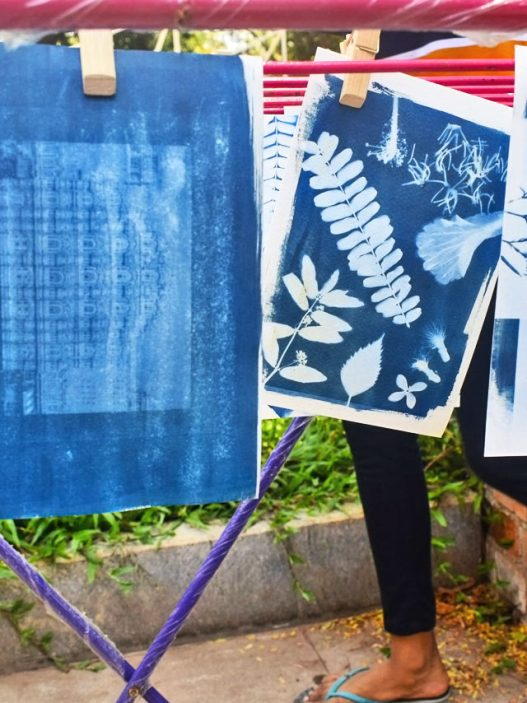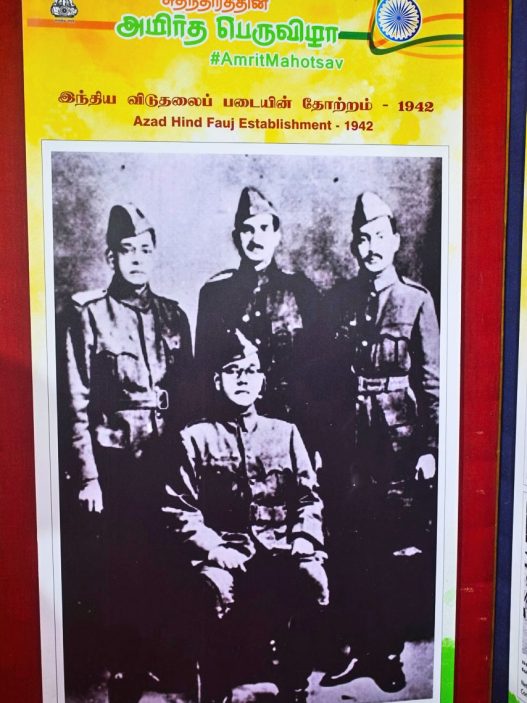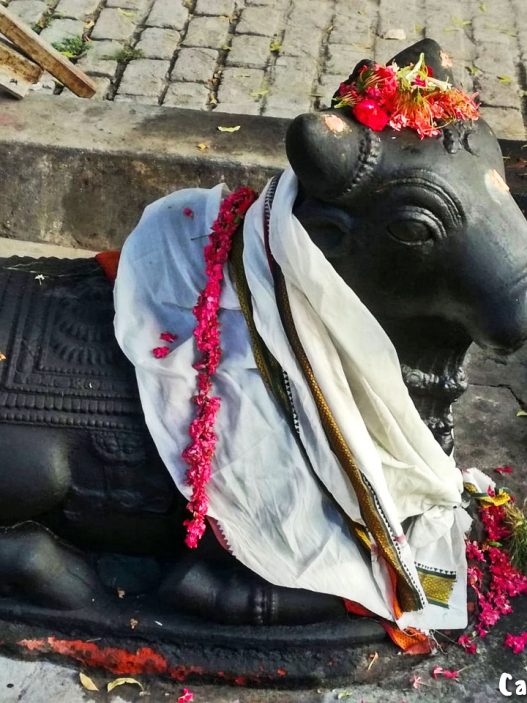Dakshina Chitra Heritage Museum in Muthukadu, Chennai : The Living History Museum – Best South Indian Museum on Arts, Architecture, Crafts, and Traditions – Visit, Travel Guide (Part 1) – Updated
– award-winning living museum about south Indian traditions
| CasualWalker’s Rating for DakshinaChitra Heritage Museum: | |

9.8 – Superb Awesome
|
DakshinaChitra is India’s best Heritage Museum, which is a project of the Madras Craft Foundation (MCF), a non-profit organization – for the promotion and preservation of the heritage and cultures of South Indian states like Tamilnadu, Karnataka, Kerala, and Andhra Pradesh.
This award-winning living museum recites the stories of people literally brings the South Indian’s cultural traditions all under one roof. DakshinaChitra heritage museum was is opened in December 1996. The name DakshinaChitra refers to “Picture of the south” exhibits with the goal of promoting South Indian culture on a global scale.
History of DakshinaChitra Heritage Museum:
DakshinaChitra campus is spread over 10 acres, the center has 18 heritage houses from the four South Indian states of Karnataka, Tamil Nadu, Kerala, and Andhra Pradesh, a reception, seminar halls, craft bazaar street, library workshops, art gallery, and restaurant.
The world-renowned architect Sri Laurie Baker planned the entire structure, and the museum was built under Baker’s student the architect Sri Benny Kuriakose, who designed the heritage home buildings and their’ re-creation on the path set by Baker in Dakshinachitra.
Sri Dr. Deborah Thiagarajan – Founder of Dakshinachitra:
Sri Dr. Deborah Thiagarajan, who is the founder of Dakshinachitra, also an Indian art historian of American origin, who founded an NGO, the Madras Craft Foundation (MCF) in 1984 with the intent of preserving the regional culture and heritage, incorporated Laurie Baker’s design principles and transformed them into what is now Dakshinachitra.
Dakshinachitra Museum Architecture:
Sri Laurie Baker – Key Architect of DakshinaChitra:
Sri Laurie Baker who is called the “Gandhi of architecture” is the Key Architect of DakshinaChitra. He was a British-born Indian architect who was an expert in India-based low-cost building design with maximum efficiency and with great aesthetics at Dakshinachitra.
Sri Benny Kuriakose who is associated with Baker and Debbie in 1984 with Madras Craft Foundation also made a great Architectural contribution to the Dakshinachitra. Various government ministries and organizations, including the Ministry of Textiles, the Ministry of Culture, and the Ford Foundation, are also supported the initial funding of Dakshinachitra. To Know more details about the Dakshinachitra Museum Architecture, please refer Sri Benny Kuriakose‘s website.
DakshinaChitra’s dwellings aren’t just model homes, they’re real residences that were taken from all around South India and restored at the DakshinaChitra. The houses were brought, systematically dismantled, transported, and restored by expert artisans in their own unique style retaining all their original features that integrate harmoniously while respecting our Indian heritage and culture.
The fact that the furnishings and artifacts in these homes are also carefully picked and retained. Every house here is an authentic representation of the traditional houses of South India much in detail including the items used in daily life, the various kinds of articles used during cooking, worship, equipment needed for their work, vintage vessels, kitchenware, furniture, and so on.
DakshinaChitra is mainly divided into four divisions, each symbolizing one of the four states of South India – Tamilnadu, Karnataka, Kerala, and Andhra Pradesh. Every type of house has a treasure trove of classic history. This living museum offers fascinating insights into art, architecture, and lifestyles in South India.
At the DakshinaChitra campus, there were proper signboards or direction boards were fixed on paved paths to guide visitors. In addition, we had a leaflet in our hands given to us along with entry tickets, so we knew exactly which direction to travel.
Currently, this heritage museum – Dakshinachitra is celebrating its 25th anniversary with an exhibition highlighting Laurie Baker’s art. The exhibition that is on till January 30 is a tribute to Baker who designed and created the museum at DakshinaChitra. The exhibition is between 10 am and 5 pm at Varija Art Gallery.
Dakshinachitra is one of the best places to visit if we want to learn more about the early diverse heritage and culture of South India.
At the Dakshinachitra campus, the Tamil Nadu House is the first heritage location on our tour.
Tamil Nadu Heritage Houses:
The Tamil Nadu Heritage houses consist of seven traditional houses and three separate galleries, and one Lord Ayyanar temple. There were replicas of 6 varieties of Tamilnadu House like the Merchant house, Agriculturist house, Potter’s house, Basket weaver’s house, Bramhin House, Silk Weaver’s house.
Also, there were halls dedicated to art and textile exhibition. The Tamil Nadu section has the direct input and contribution of the Sri. Laurie Baker, the key architect of Dakshinachitra.
Tamil Nadu Merchant House – Chettinad, Pudukkottai District :
The Tamil Nadu Merchant House is the typical Chettiar House of South Tamil Nadu and also it serves as the primary attraction of Dhakshinachitra. The ancestral home here belongs to the Kandanur village of Ramanathapuram District.
This house represents the Chettinad residences of the Nattukottai Chettiars, a merchant society found distributed over in the present-day Tamil Nadu districts of Ramnad, Pudukottai, and Sivaganga. Chettiars, the Burma traders usually built their houses with Burma teaks which are withstanding for very long times. Dhakshinachitra Chettinad’s house is also inbuilt with these Burma teak pillars.
This house has a typical huge inner courtyard with thin stone pillars on all sides within the Chettinadu home. A succession of rooms is created around the inner courtyard for the purposes of sleeping, storing grains, and praying. Within the house’s interiors, we will be enchanted by the classic flavors of the Chettiar lifestyle.
Parts of this house have been transformed into a museum portrays the vernacular clear view beautifully about Tamil Sangam landscape:
Kurunji – Represents the mountainous regions.
Mullai – Represents the forest regions
Marutham – Represents the croplands
Neithal – Represents the seashore
Palai – Represents the desert
The landscapes – the Kurunji and Mullai are termed as Pallai during dry periods.
Agraharam Brahmin house – Ambur Tirunelveli District :
The Agraharam Brahmin house has been relocated from an agricultural village called Ambur Tirunelveli District. This Brahmin house has been relocated from Ambur village, an agricultural village of the Tirunelveli area in the South of Tamil Nadu. They are almost always joined by a shared wall and they are typically narrow and long in width and have open spaces in the back. They are a close-knit community since their houses are usually located on a single street.
The houses in Agraharam are two-storied are often without an interior courtyard and so sunlight and ventilation were obtained through the small windows. The upper floor was used for drying grains and storage. There is also an art gallery at this house.
Agricultural house – Mayavarnam, Thanjavur district :
The Agriculturist house was reconstructed without any change except for its orientation. The exhibition inside the house shows the different crafts that are part of domestic living and the agricultural equipment used for paddy and for dry cropping.
Agriculturist’s house from Sattanur, Mayavarnam district of Tamil Nadu will let us have a peep into the agricultural surrounding of early timelines of Tamil Nadu. The house represents various houses in Mayavaram and Tanjavur districts in and around villages. The traditional household items of agriculturists are on display, which is most common in all Tamilnadu agriculturist houses.
Silk Weavers House:
The silk weaver’s house in Dakshinachitra belonged to Kancheepuram district, a silk-producing town. Traditional craftsmen, such as weavers, do not keep their workshops apart from their homes.
Weaver’s house – Kanchipuram:
The Weaver’s house is an identical replica of a weaver’s house. The house has one functional pit-loom used for weaving Kanchipuram saris. A traditional weaver demonstrates this art. The reeling, twisting, and preparation of the weft tread were carried out in an internal courtyard. A working pit loom for weaving Kancheepuram saris may be found in this home. In the weaver’s house, a live demo of weaving the sari is done.
Potters house:
A potter’s house is comparable to an agriculturist’s house, in that potter’s house has inbuild areas for living and working spaces. The pottery items are in display for sale also. The making of pots is demonstrated in the potter’s residence, and school children are encouraged to join in the hands-on experience.
Textile Exhibition Hall:
The Textile Exhibition Hall displays textiles of Tamil Nadu prevalent throughout the state, including regional saris, men’s wear, textiles of trade, and textiles of rituals.
Potter’s House – Chengalpattu district:
The Potter’s House represents two practicing Potter’s families. The potter’s house is comparable to an agriculturist’s house, in that potter’s house has inbuild areas for living and working spaces.
The pottery items are in display for sale also. The making of pots is demonstrated in the potter’s residence, and school children are encouraged to join in the hands-on experience.
Basket weaver’s mud Houses – Chengalpattu district :
Two simple Basket weaver’s mud Houses of ordinary working-class people. The house has been made here with compressed mud blocks and the roof supports are from palmyra trees. These mud houses belong to the people of Tamil Nadu from Chengalpet district.
Don’t to forget have your hands on basket weaving. Both Pottery items and baskets are showcased for sale in their respective house.
Village Lord Ayyanar Temple :
Lord Ayyanar is a distinctive guardian deity of various regions of Tamil Nadu from Pudukkottai district up to Chengalpattu district. The big statues of clay horses, elephants, and cows are Ayyanar’s vahanam – the vehicle. Lord Karuppasamy on the tiger is his lieutenant. Ayyanar temple festivals occur in the month of June and early July.
Features of Tamilnadu houses:
At the Tamilnadu houses, uses the lime plaster on the walls is a common feature of all Tamil houses, as the lime served as a bug repellent as well as a solar reflector, reducing the heat inside the house. The inside courtyard is another characteristic of Tamil homes. In the front of the home, there is also a raised verandah or seating space. The socializing took in this place called “Thinnai” in the Tamil language – the outside bench, which are most common once in all Tamilnadu Houses.
Karnataka Heritage Houses:
The Karnataka Heritage Houses represent the cluster of weavers houses from Ilkal, Bagalkote district of Northern Karnataka, and a Muslim house from Chikmagalur also has two elaborate houses representing two different geographical in Karnataka regions.
The Chikmagalur House – Muslim shopkeepers House :
The Chikmagalur House, a Muslim shopkeeper’s house originally constructed in 1914 displays the rich heritage and lifestyle South Indian Muslims community. The traditional and rich two-floor Muslim house is a part of the history of Karnataka’s Chikmagalur district, which was built using the abundant wood available in the Hills of Chikmagalur. In the front, it includes a robust wooden column and arches, as well as a richly adorned entrance door.
The interiors are lavish, with a fine porcelain collection, elegant furnishings, and lights. This Chikmagalur House showcases the unique traditions of the Muslim community in South India.
The Ilkal House – Bagalkota district :
The Weavers house, at the Ilkal, Bagalkot district in North Karnataka is of an urban settlement pattern. Almost all houses are built of stone, which is the most common building material in these areas. Ilkal sarees are famous in the region.
These houses are built traditionally with granite. These typical Ilkal weaver’s houses are made primarily of Stone. The wooden gateway, stone, and wooden window at the entrance were taken from Ilkal, which acts as an entrance to the Ilkal house cluster of the Bagalkot district. The house is almost covered with rock, even roof also stone here with small terracotta open pots for letting air and light in. Weavers settlement with courtyard shrine and neem tree for worshipping ancestors gods.
Activities at DakshinaChitra:
There are activities at DakshinaChitra for kids and craft lovers. Dhakshinachitra regularly conducts several activities and workshops related to Palm Leaf Crafts, Pottery, Pot Painting, Origami, Paper Crafts, Puppet Making, Fabric Printing, Glass Painting, Pebble painting, and Mehendi.
These activities allow children to directly engage in and create their own crafts and learn our traditional art and cultural forms. At the DakshinaChitra campus, one Artisan is assigned to each craft to exhibit or teach the attendees and we can take our makings with us once they are done. Apart from the primary admission cost, they charge a fee – starting at 20 rupees for each of these programs.
Cultural Events at DakshinaChitra
DakshinaChitra also organizes cultural events such as classical dances Bharatnatyam, Mohiniyatam, and Kuchipudi, Kavadiattam, famous Folk Dances like – Poikaal Kuthirai, Karagattam, Myilattam of Tamil Nadu as well as music concerts, at their open-air theatre or amphitheater.
These events are conducted on regular basis with proper date and time announcements on their website. We can also enjoy the traditional puppet show, potter’s wheel, traditional board games, Bioscope, Kili Joshiyam – Parrot Astrology, where the little parrot picks a card based on our name and the astrologer reads our fortune.
How to Visit DakshinaChitra Heritage Museum in Muthukadu, Chennai:
DakshinaChitra Heritage Museum Address:
East Coast Road, Muttukadu, Chengalpet District – 600 118.
Tamil Nadu, India.
Telephone: 044 27472603 / +91 9841422149 / 9841020149
Website: https://www.dakshinachitra.net
DakshinaChitra Heritage Museum Timings:
General Timings: 10 am to 6 pm.
Weekly holiday: Tuesday (open on all national holidays except on Diwali day)
DakshinaChitra Heritage Museum Ticket Cost:
Buy Ticket Online at: https://pages.razorpay.com/dakshinachitraEntryTicket
Indian Adult: Rs. 175
Kids Aged: 5-12yrs) – Rs. 60 / 13 to 18 yrs – Rs. 100
Video or Professional DSLR Camera: Rs. 250
Overseas Visitors: Rs.350
Eatables from outside are not permitted to be brought to the museum.
How to reach DakshinaChitra:
Dakshinchitra is located in between Mayajaal & Muttukaad on the ECR road from Chennai to Pondy, and it is very near to MGM the dizzie world. Regular buses and taxis are available for going to this place. This place can be very well visited if you are visiting Mahabalipuram or Pondicherry.
Check out and enjoy the photo captures of DakshinaChitra Heritage Museum in Muthukadu, Chennai.



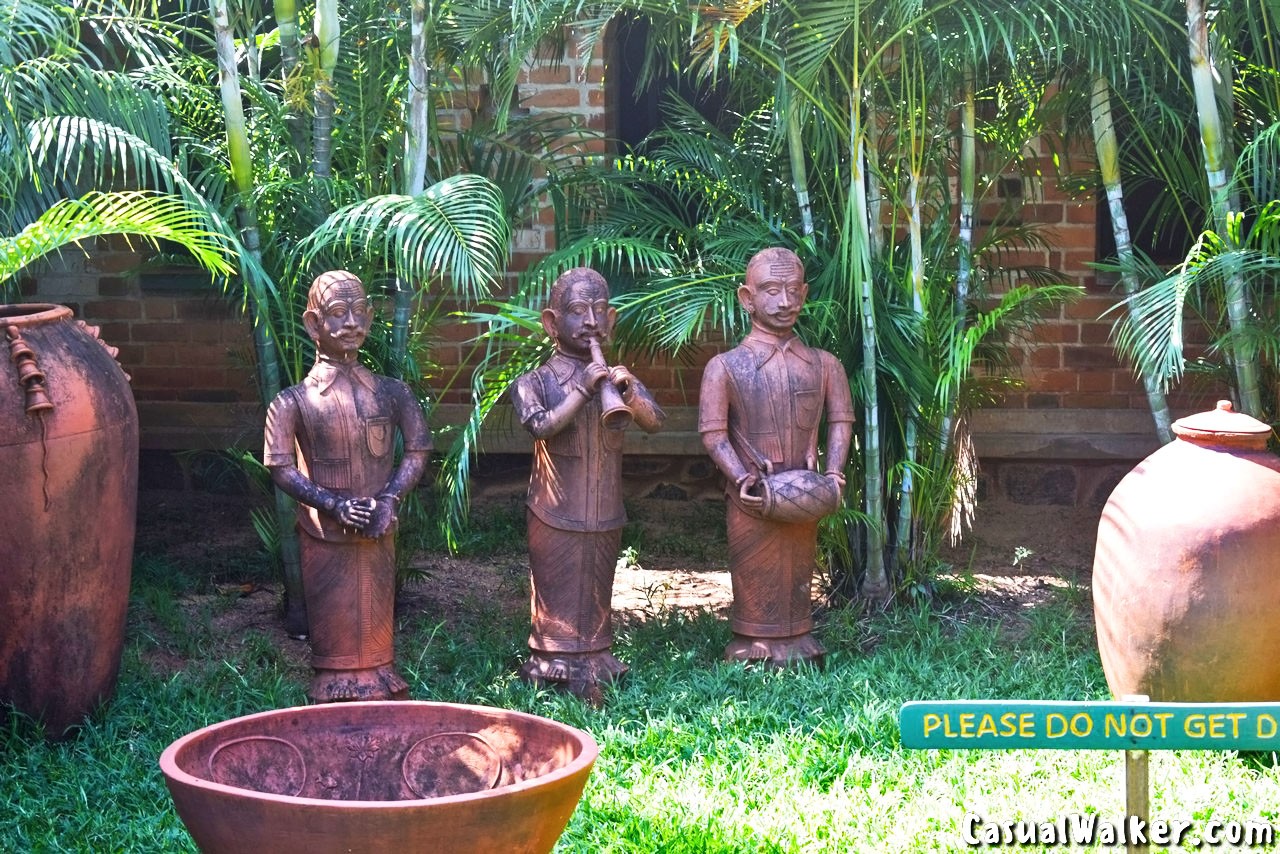
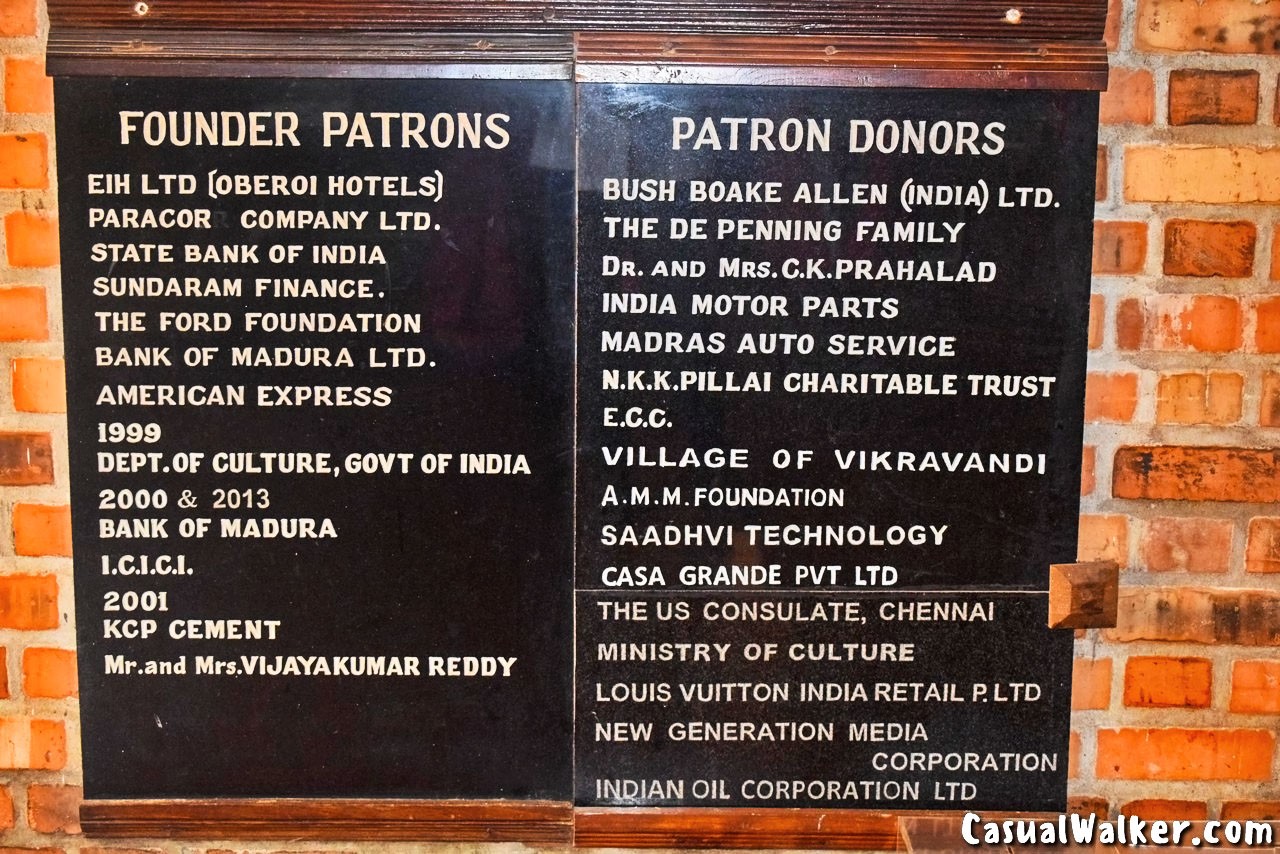
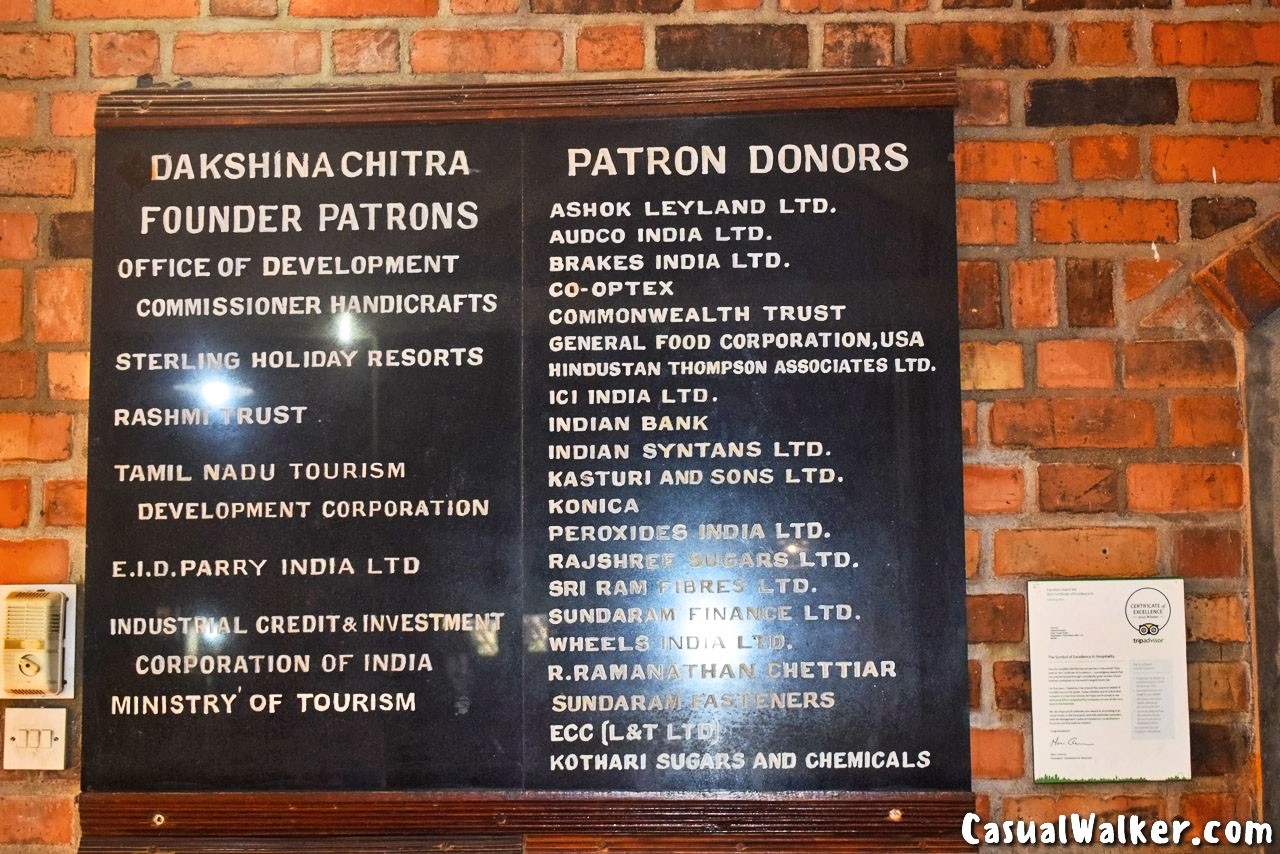

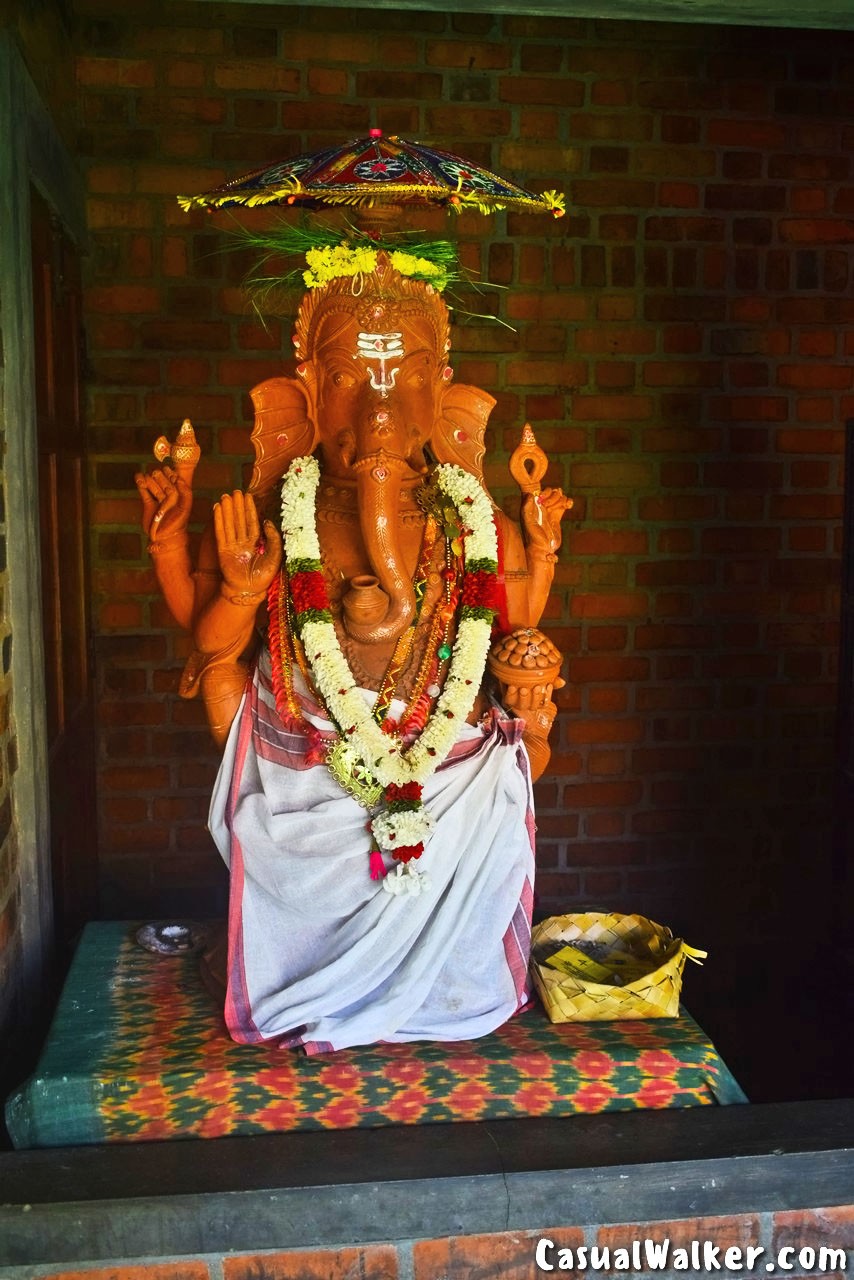
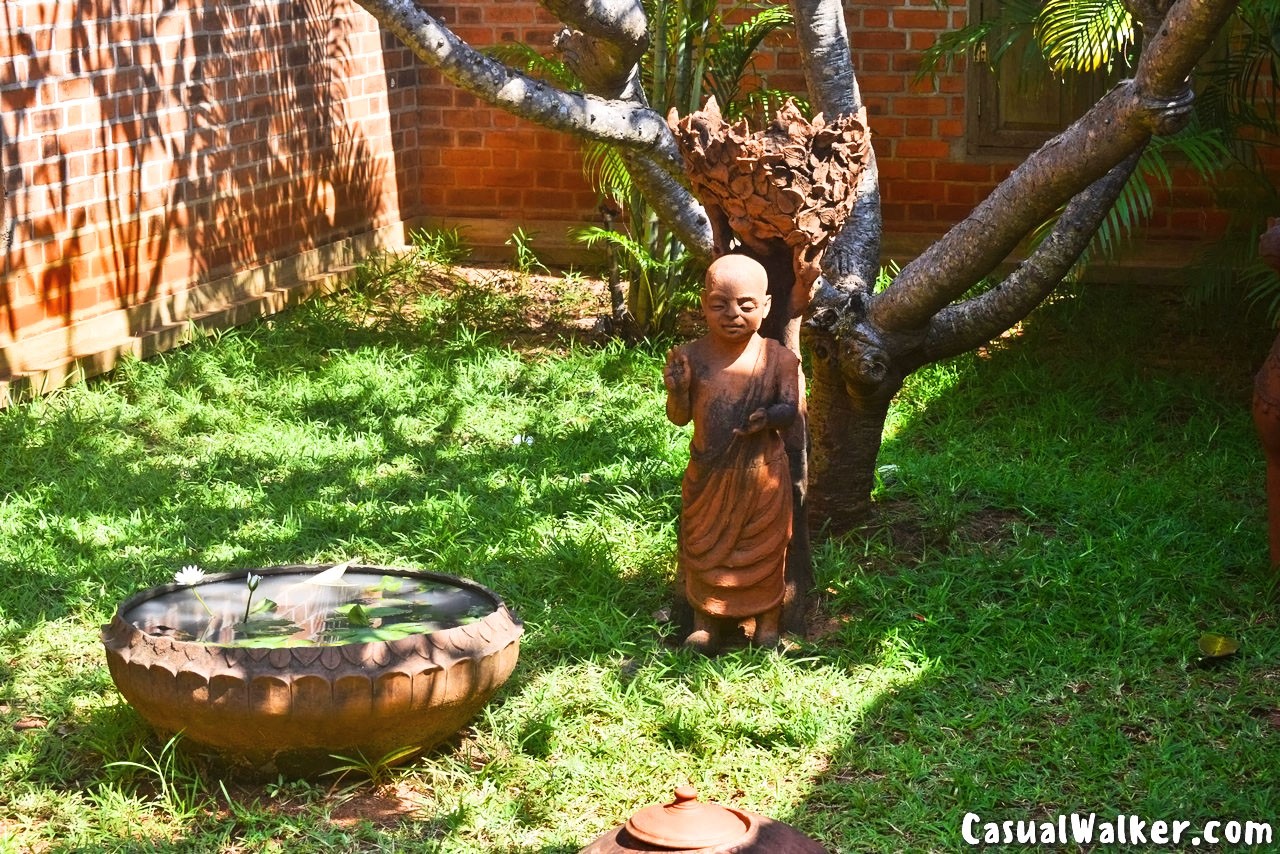
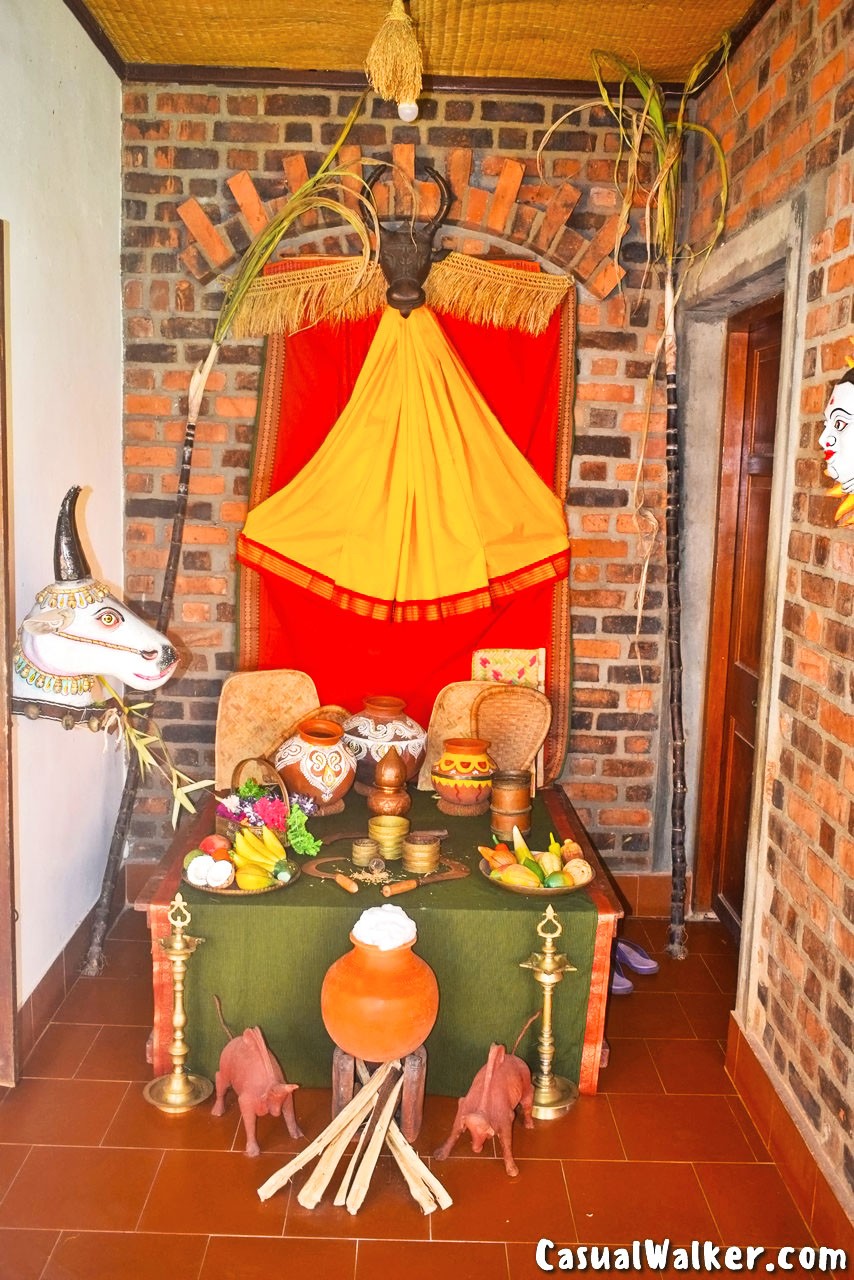
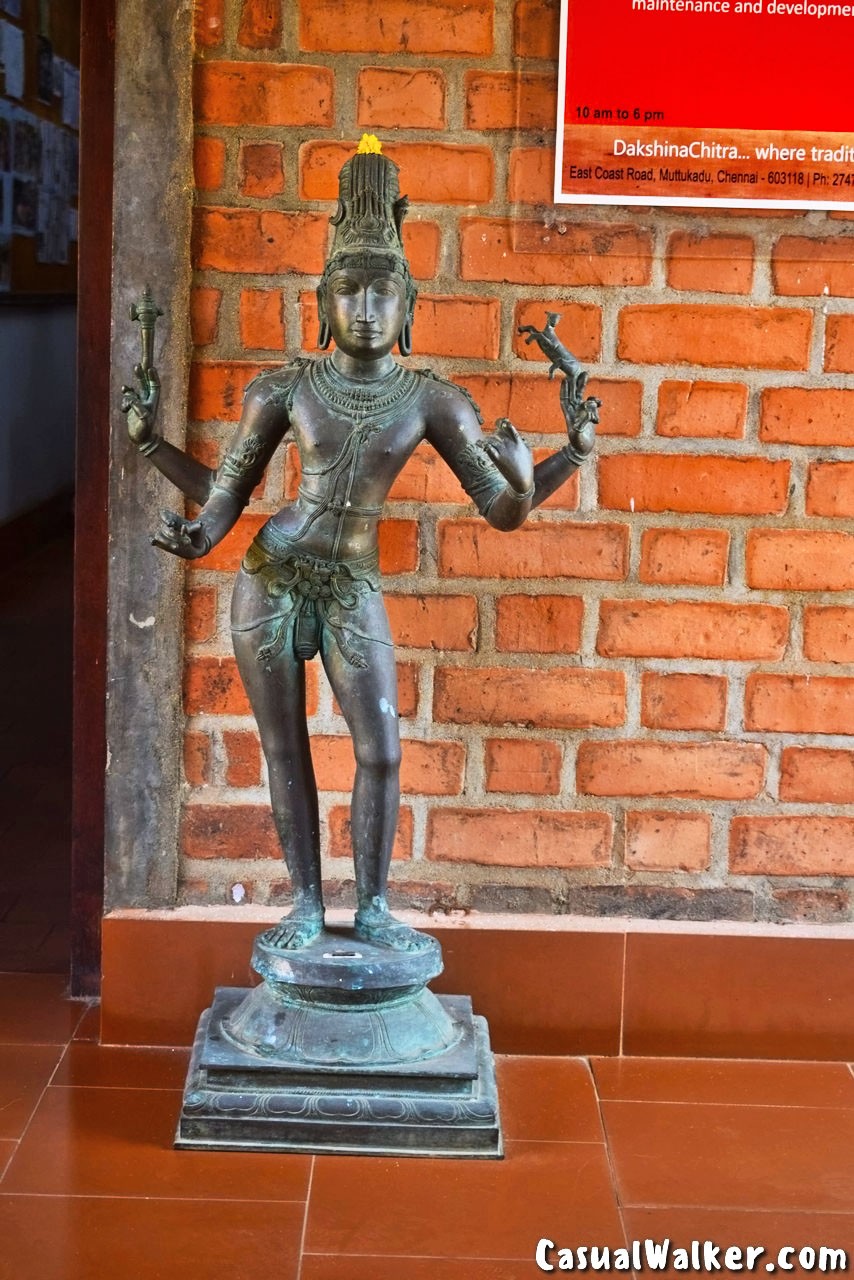
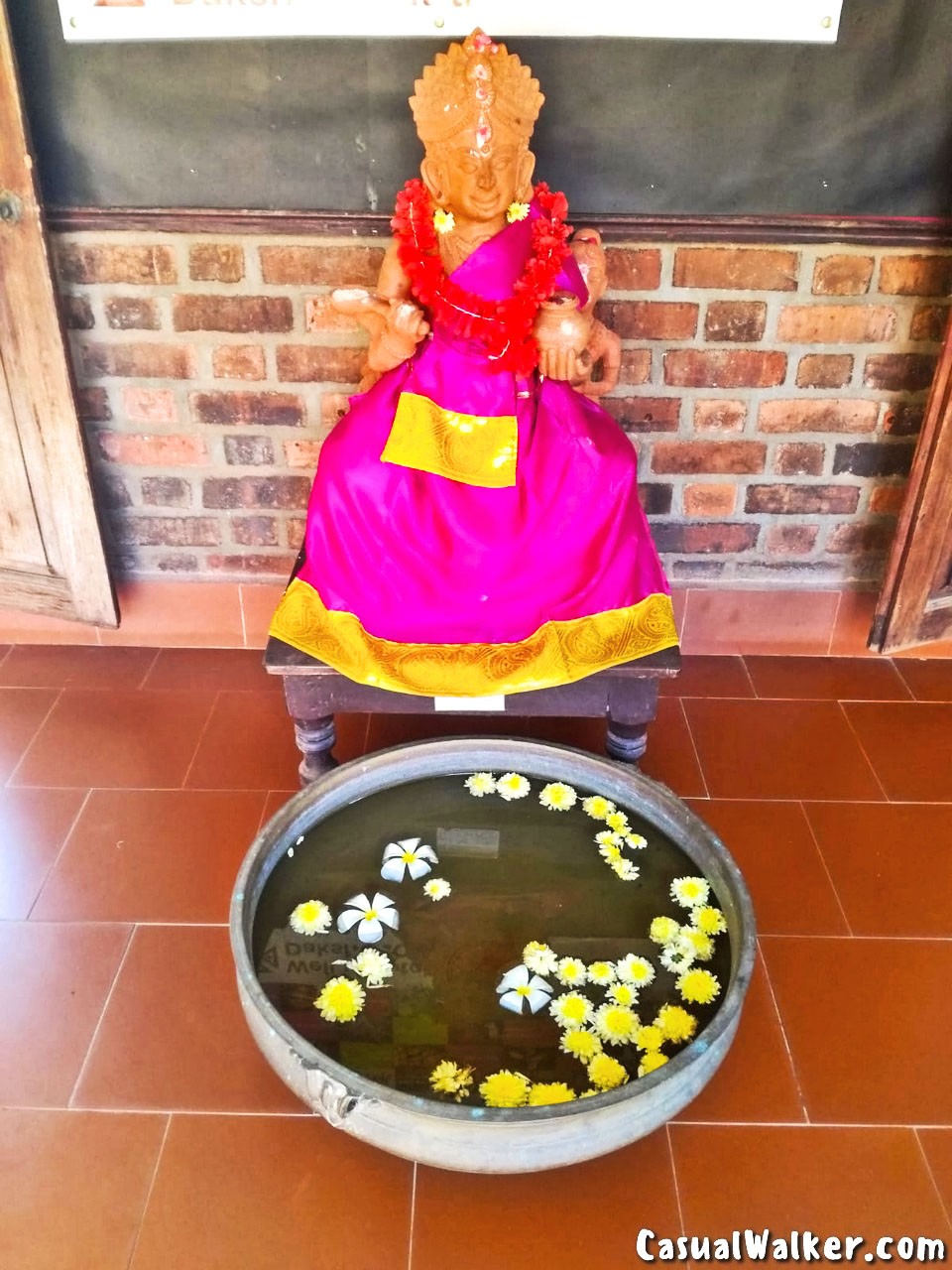
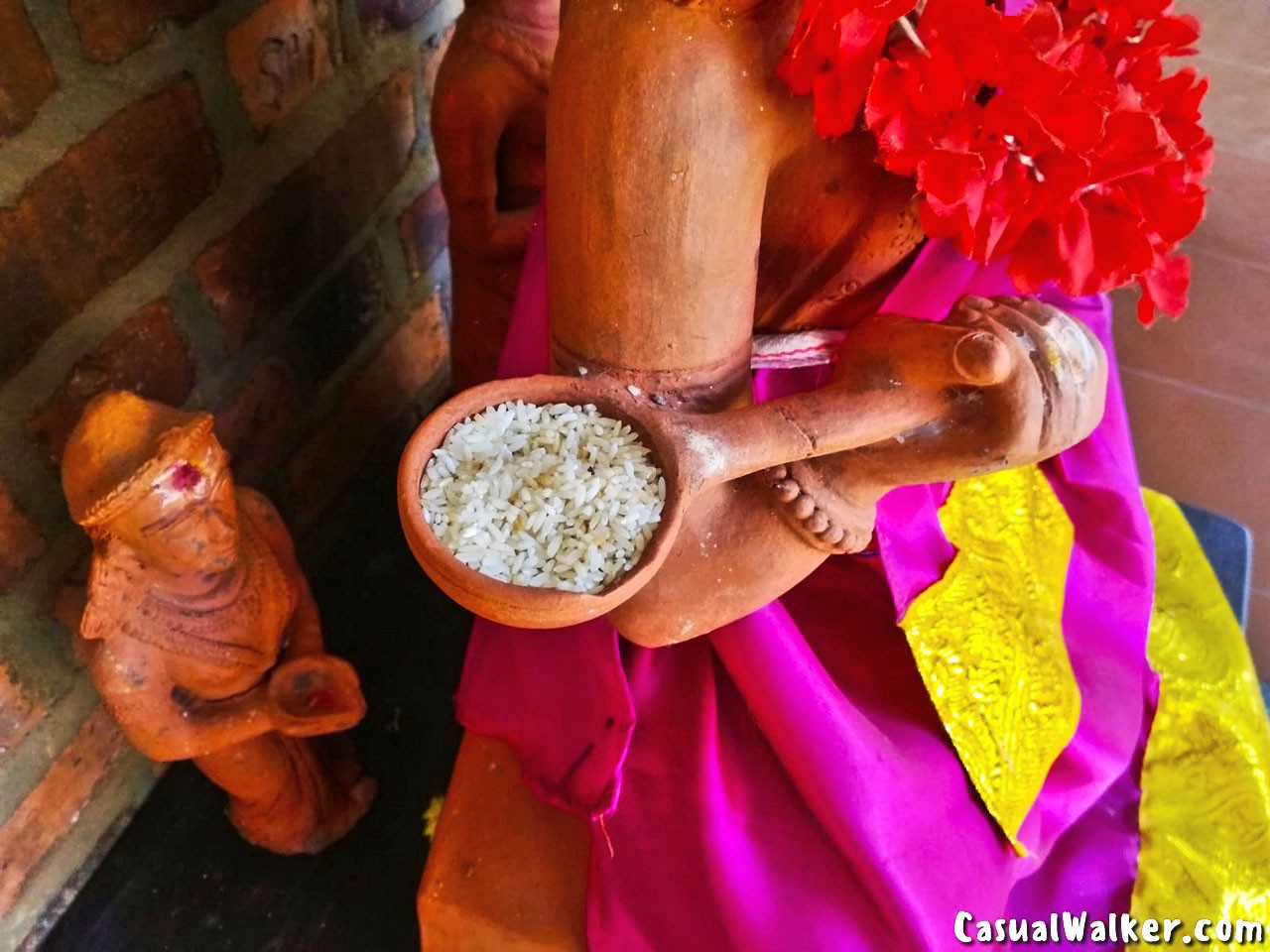

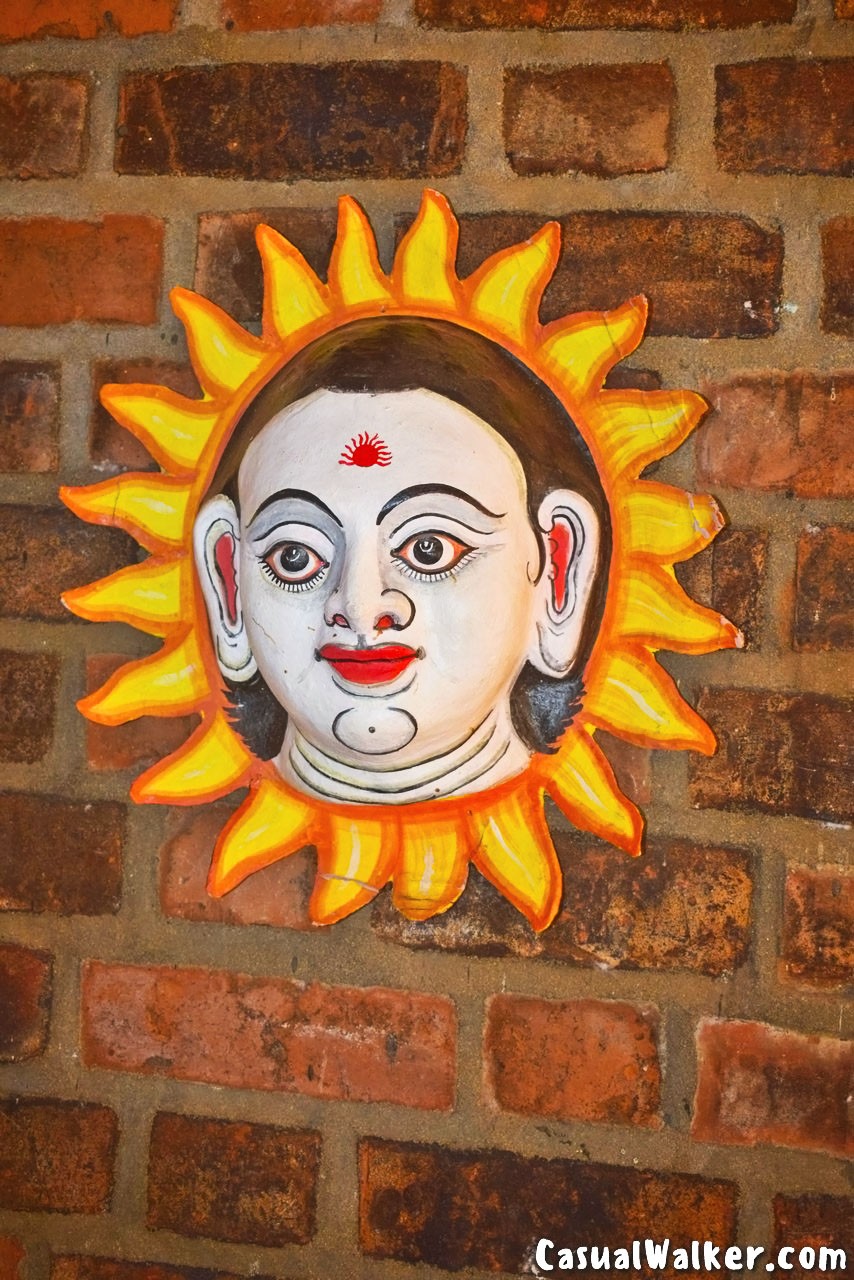
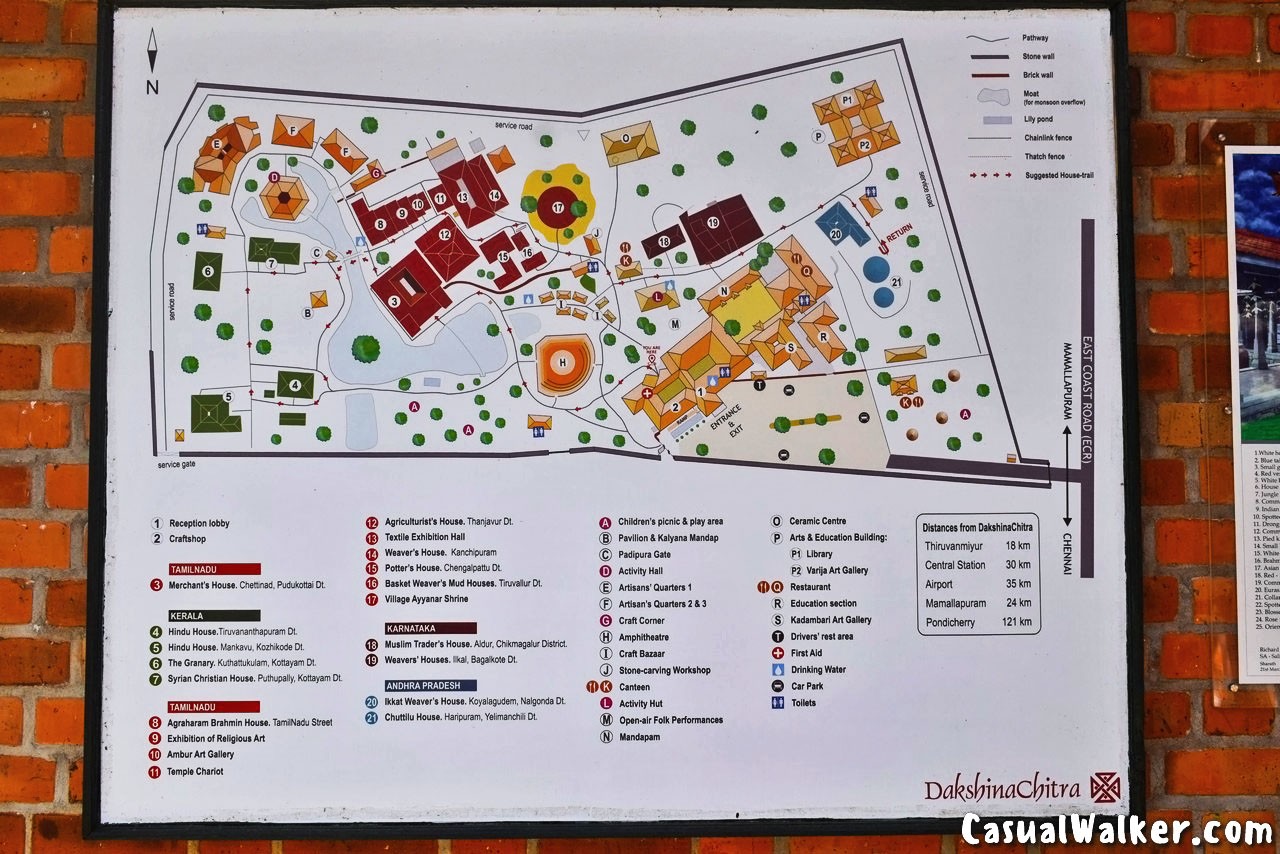
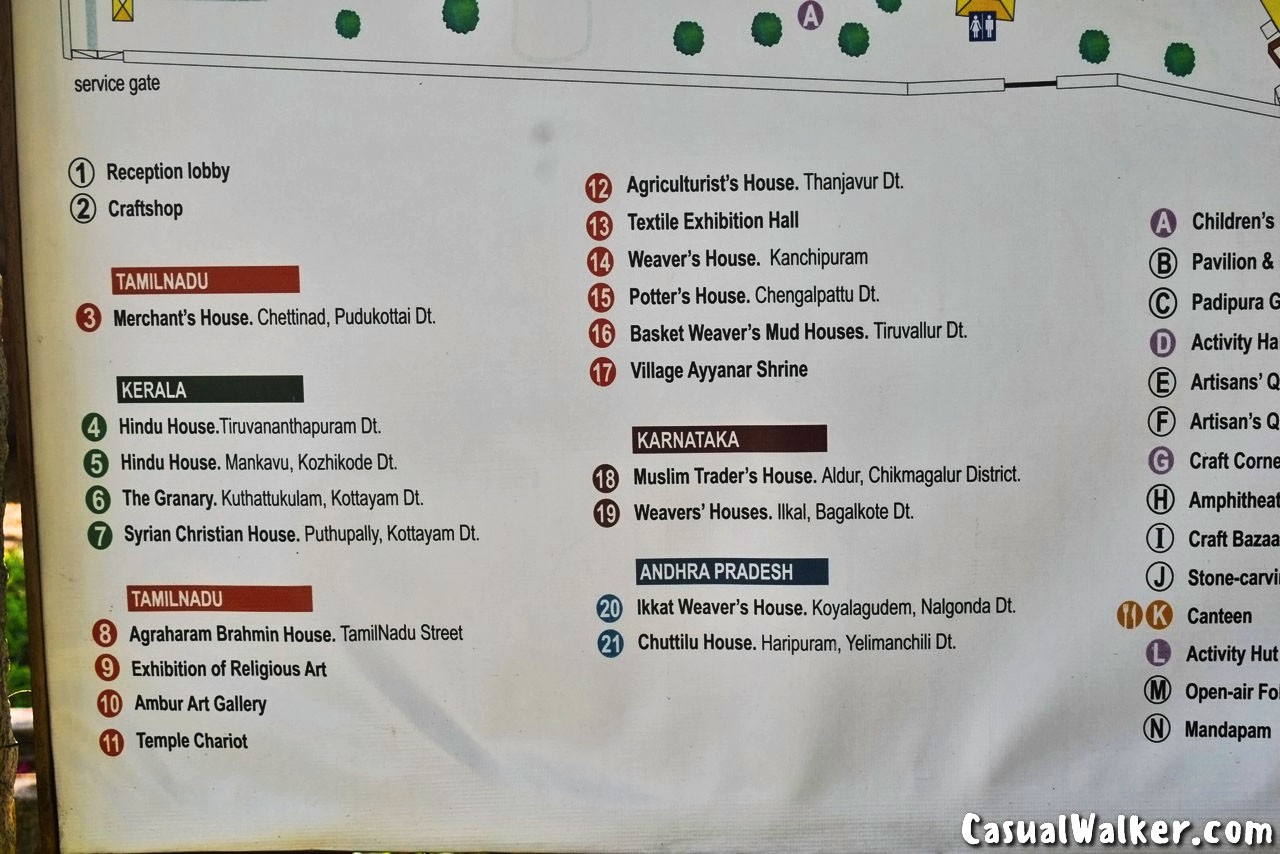
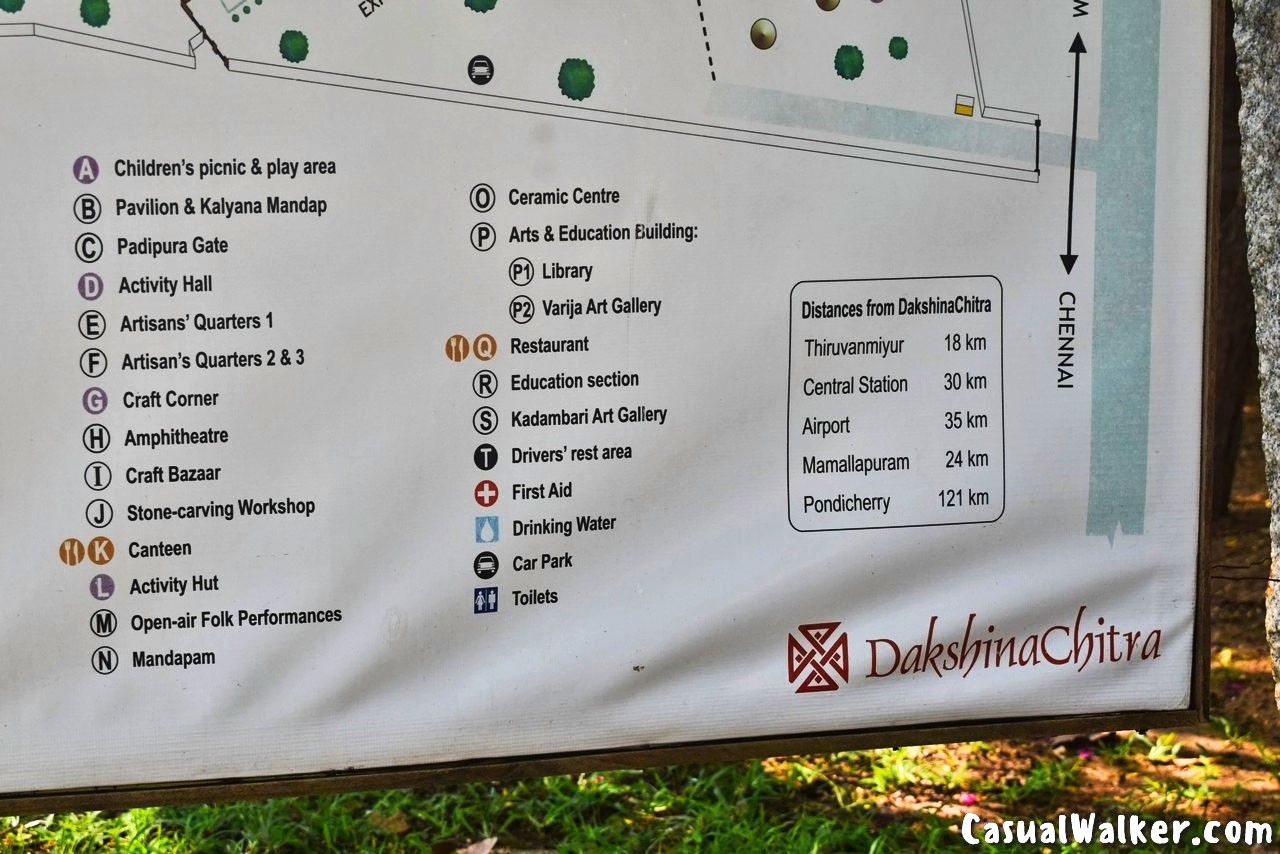
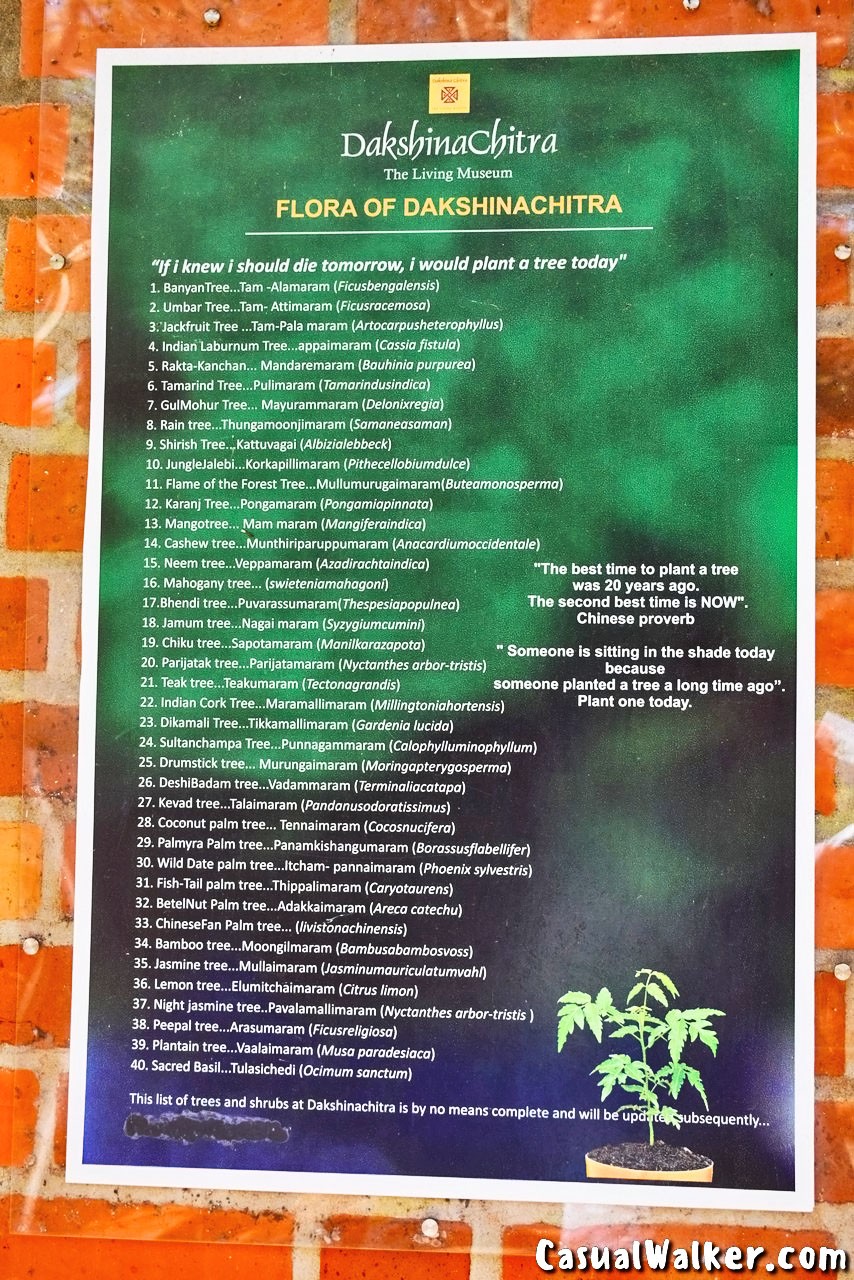
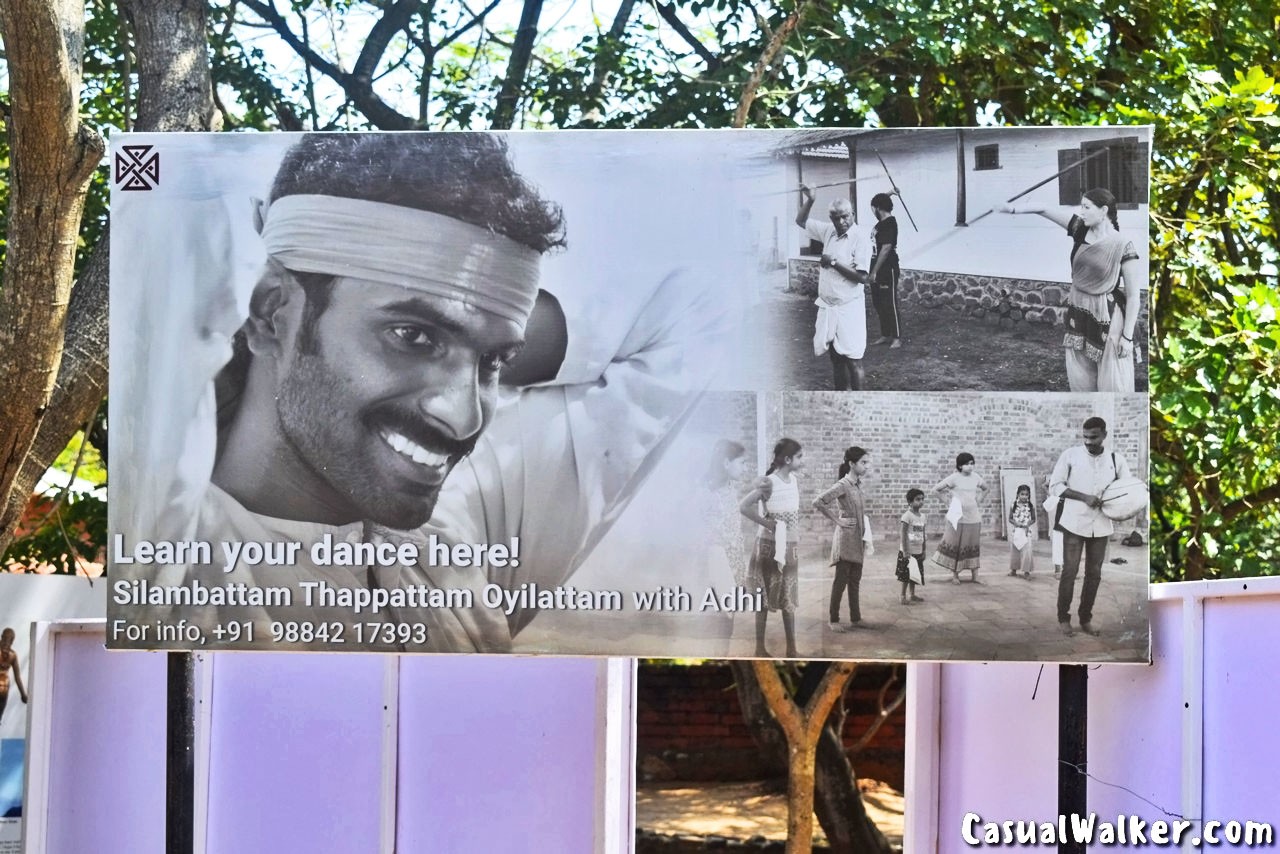
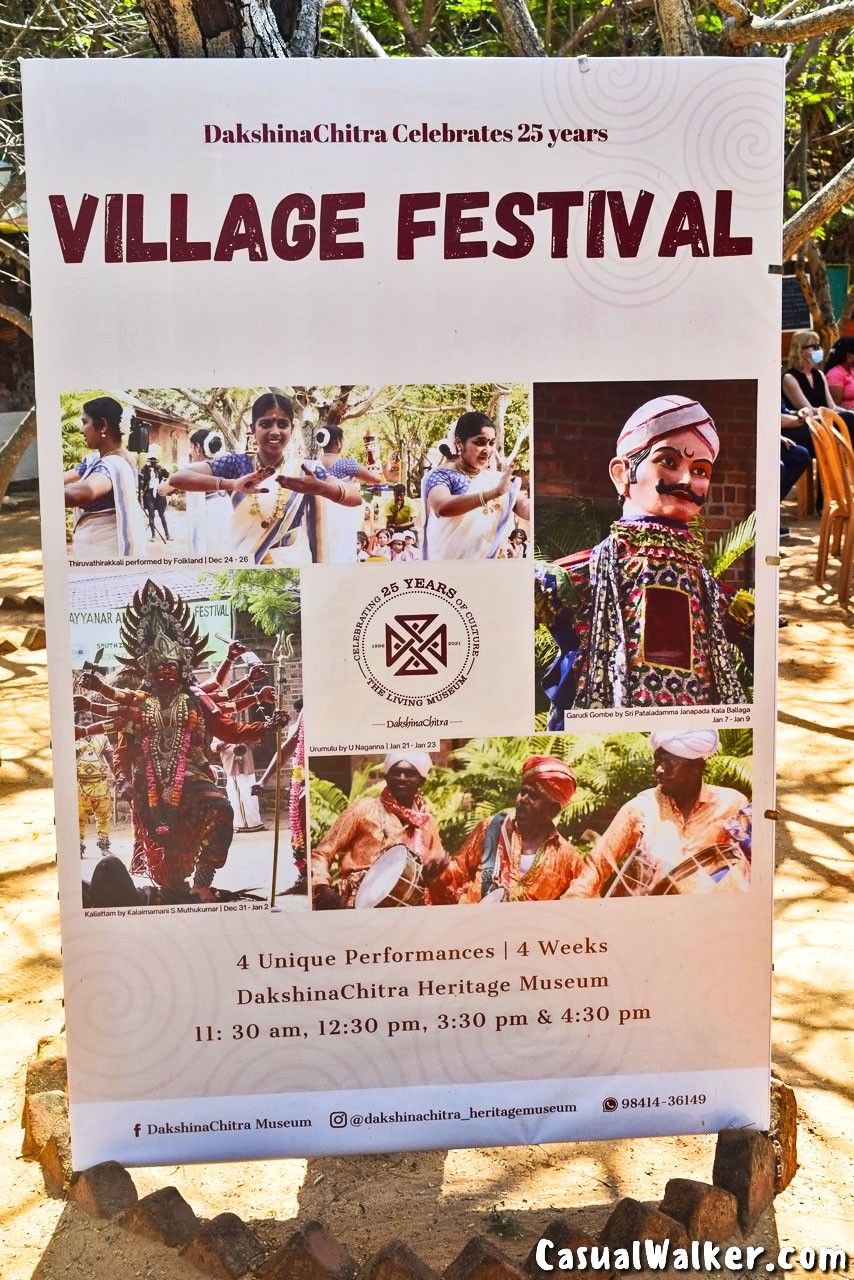

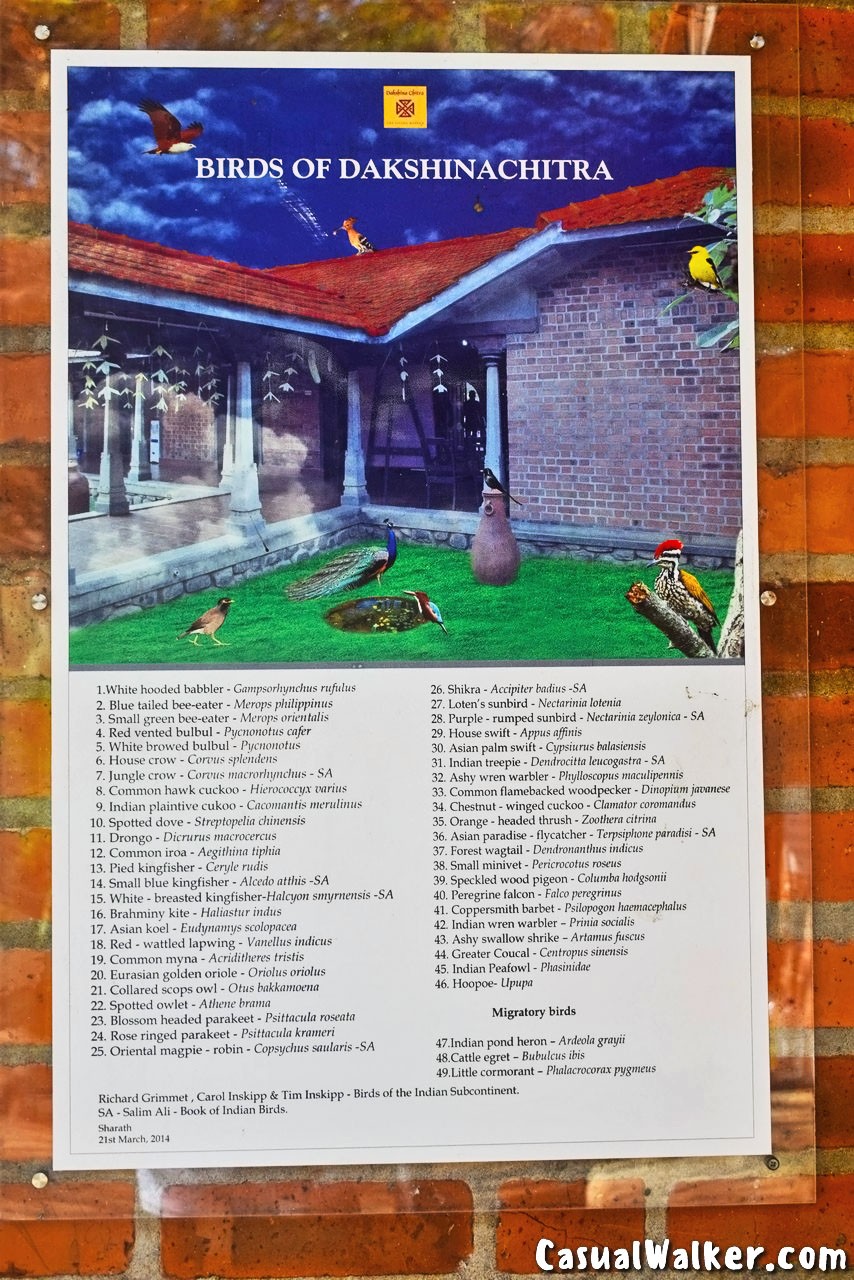
Cultural Events at DakshinaChitra
DakshinaChitra also organizes cultural events such as classical dances Bharatnatyam, Mohiniyatam, and Kuchipudi, Kavadiattam, famous Folk Dances like – Poikaal Kuthirai, Karagattam, Myilattam of Tamil Nadu as well as music concerts, at their open-air theatre or amphitheater.
These events are conducted on regular basis with proper date and time announcements on their website. We can also enjoy the traditional puppet show, potter’s wheel, traditional board games, Bioscope, Kili Joshiyam – Parrot Astrology, where the little parrot picks a card based on our name and the astrologer reads our fortune.

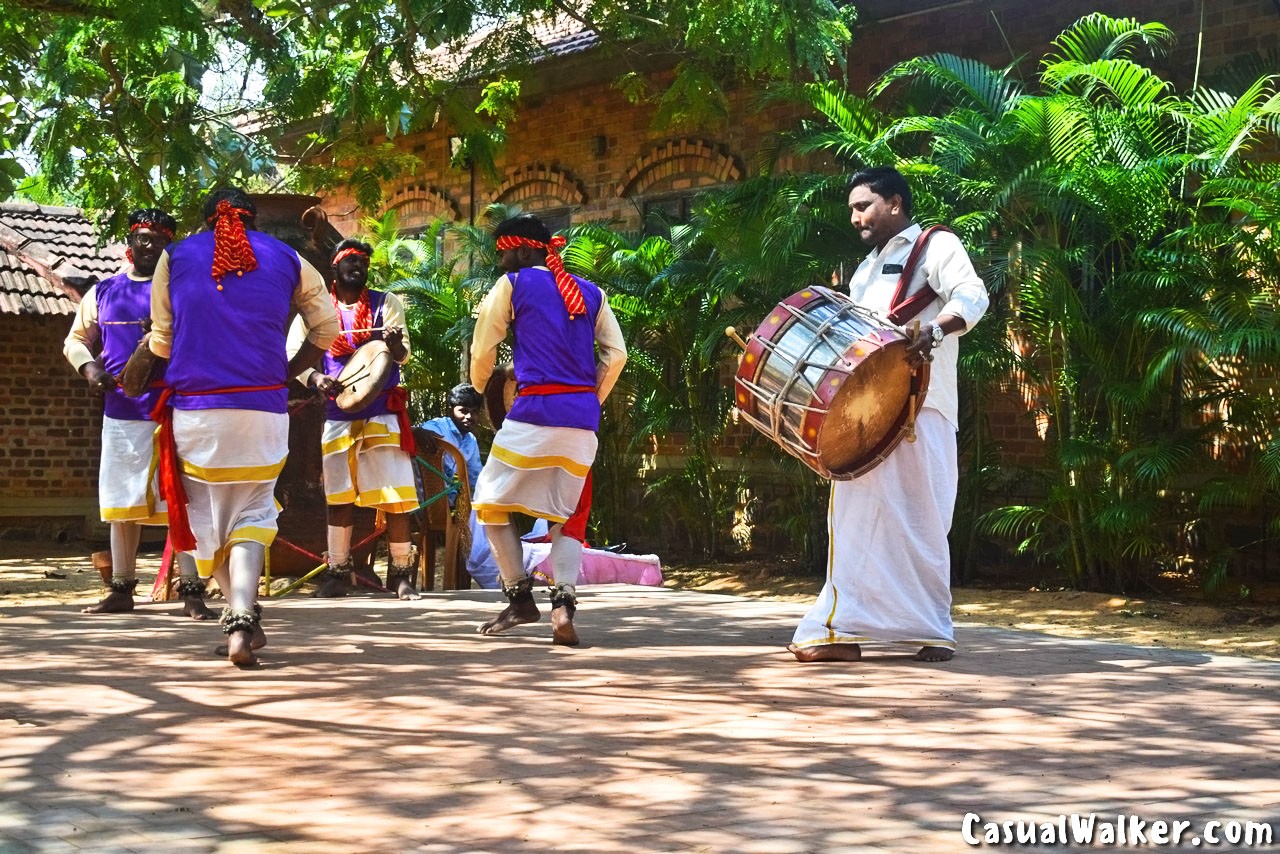
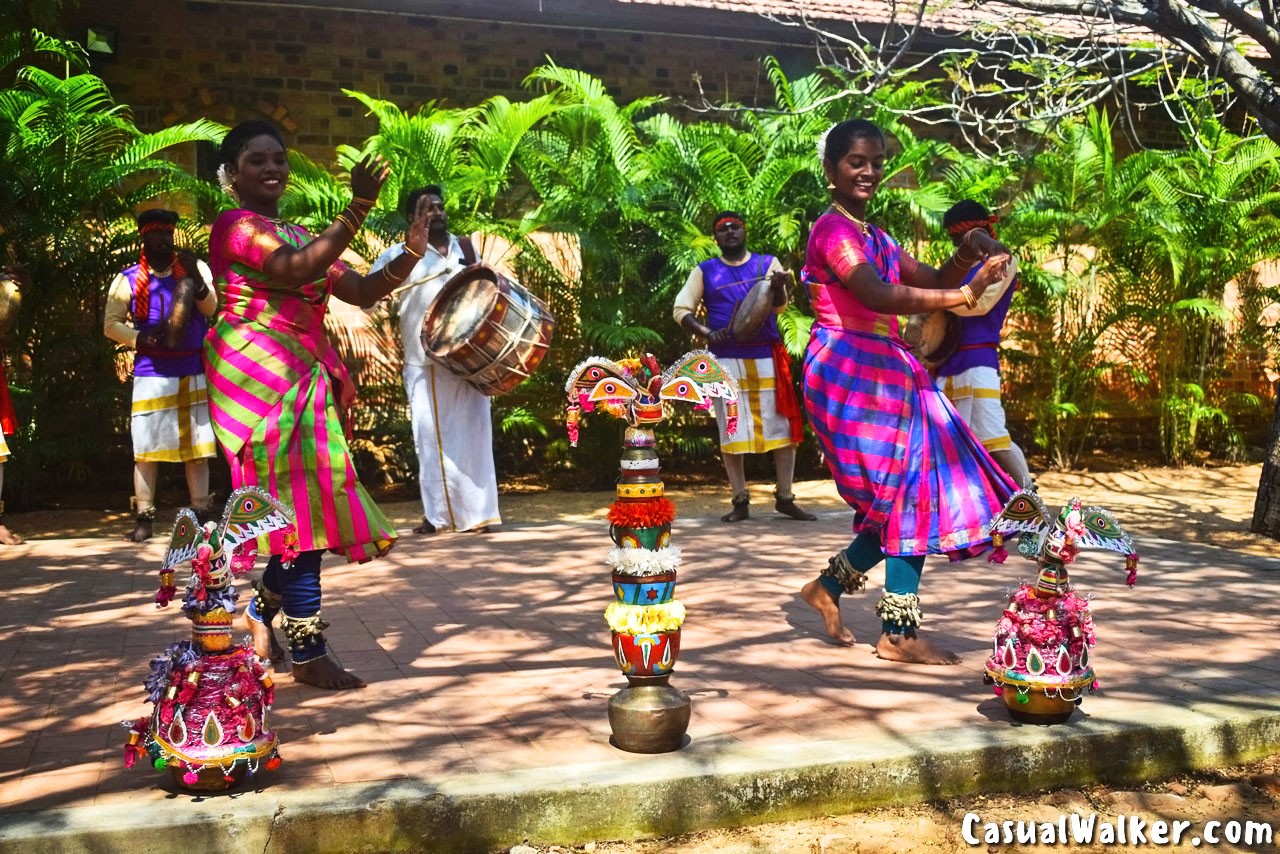
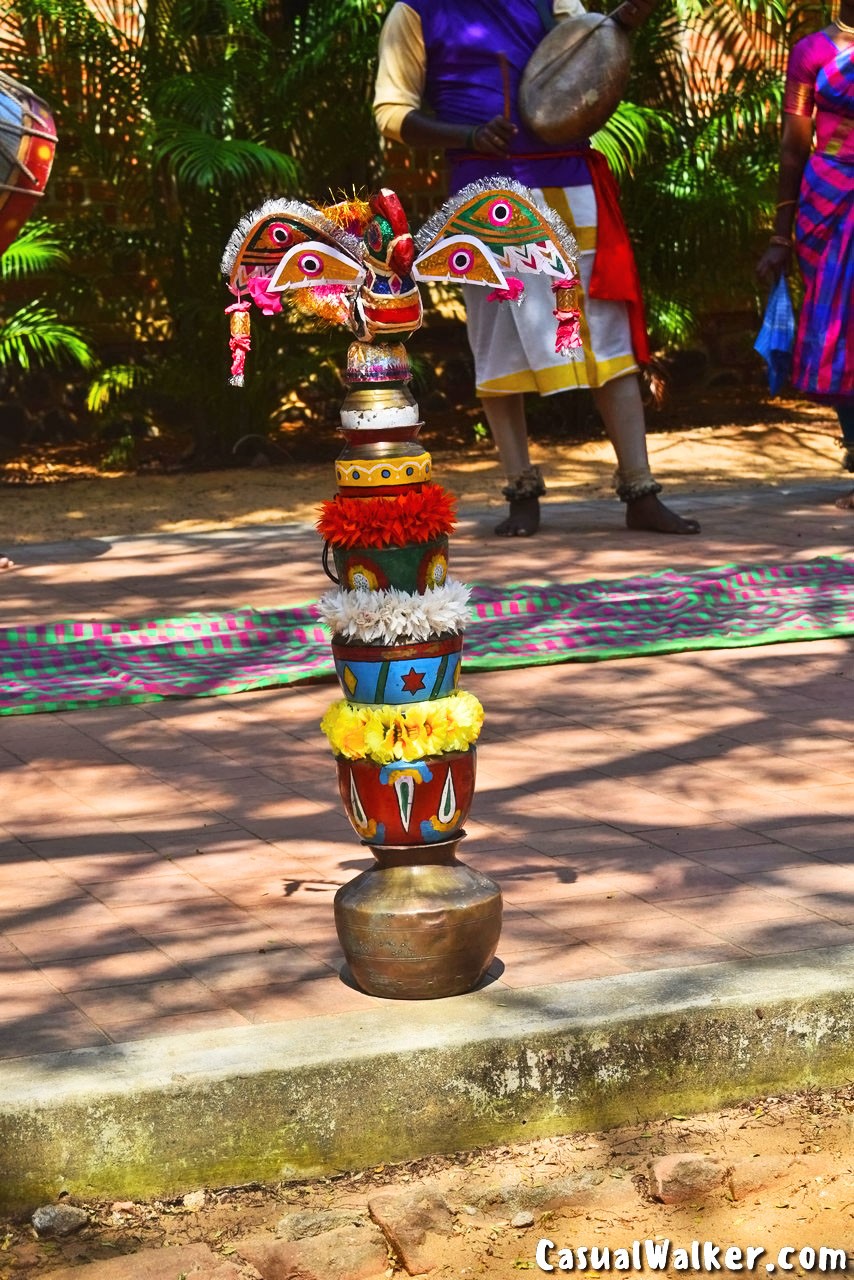
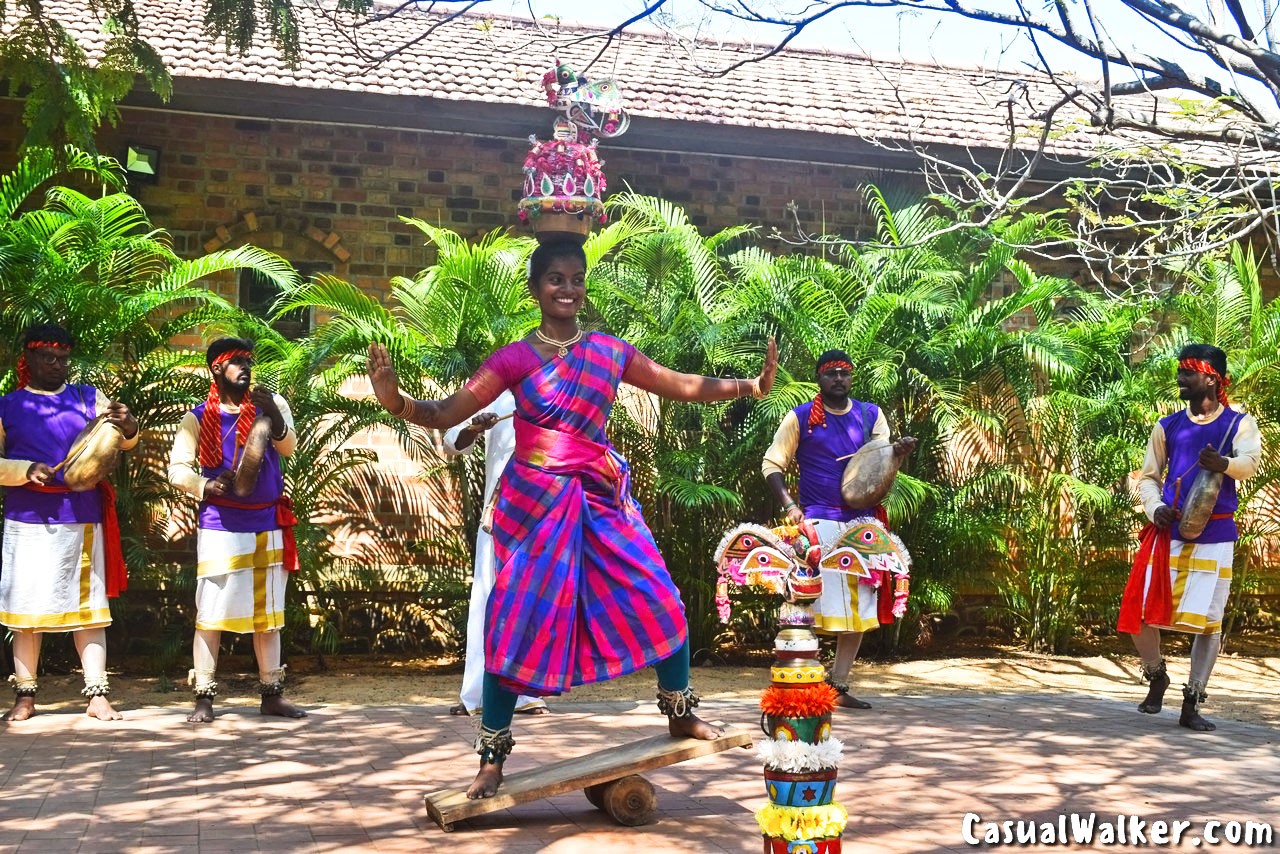
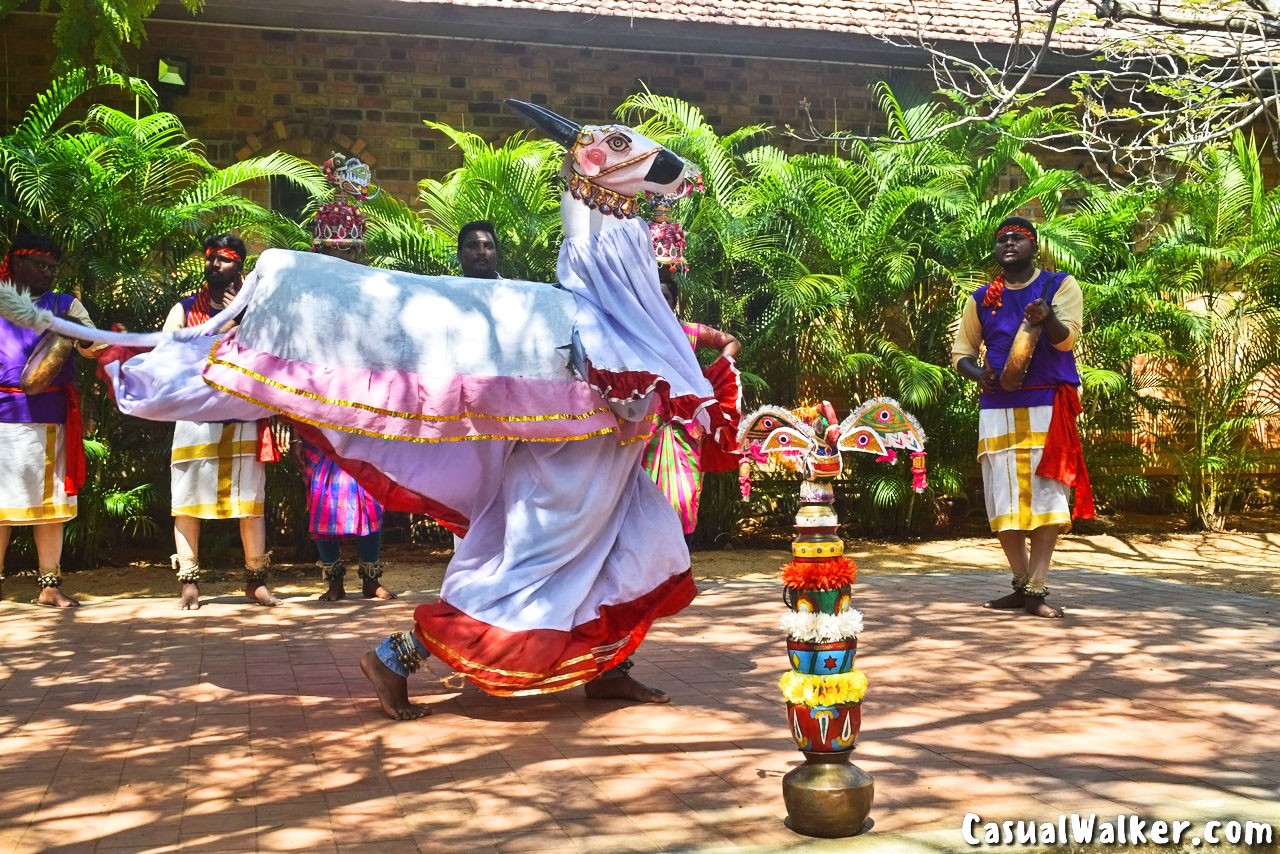
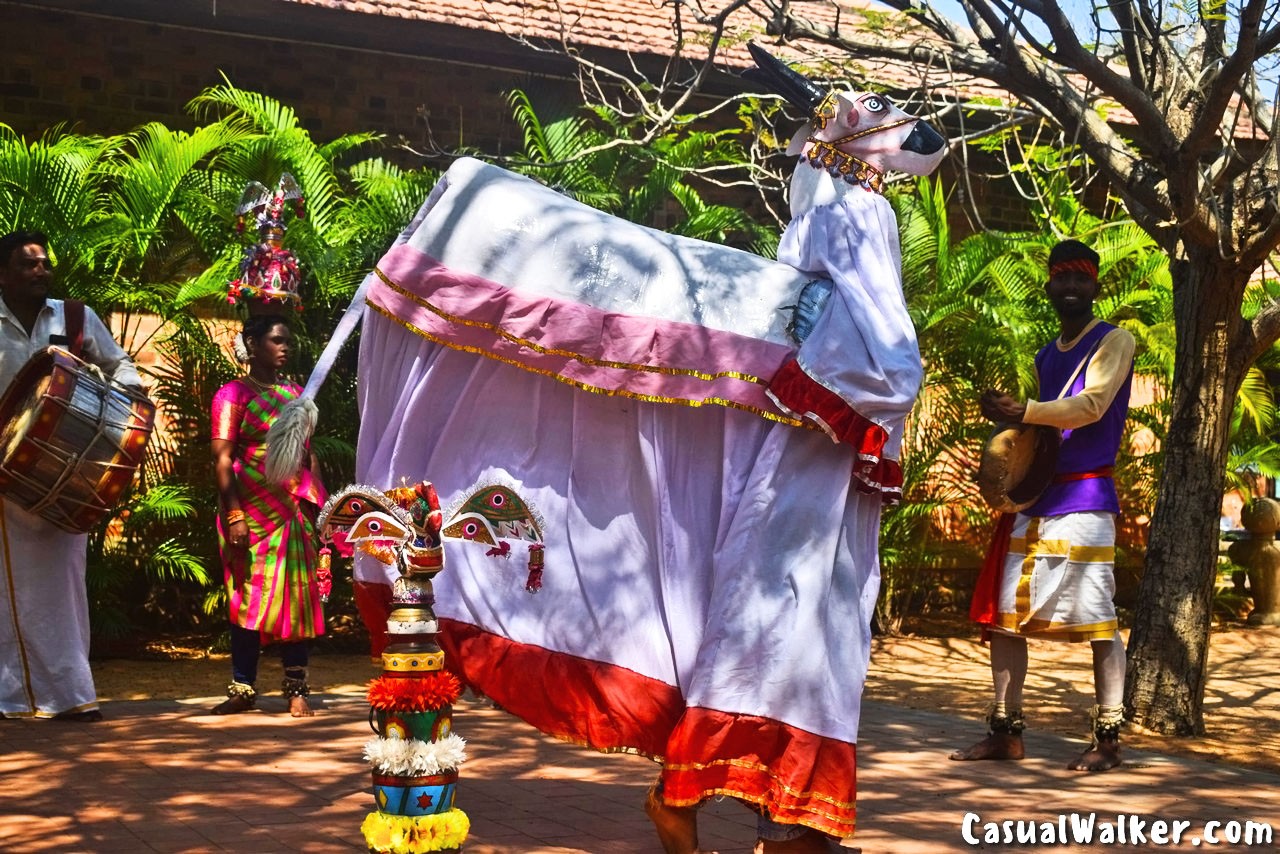
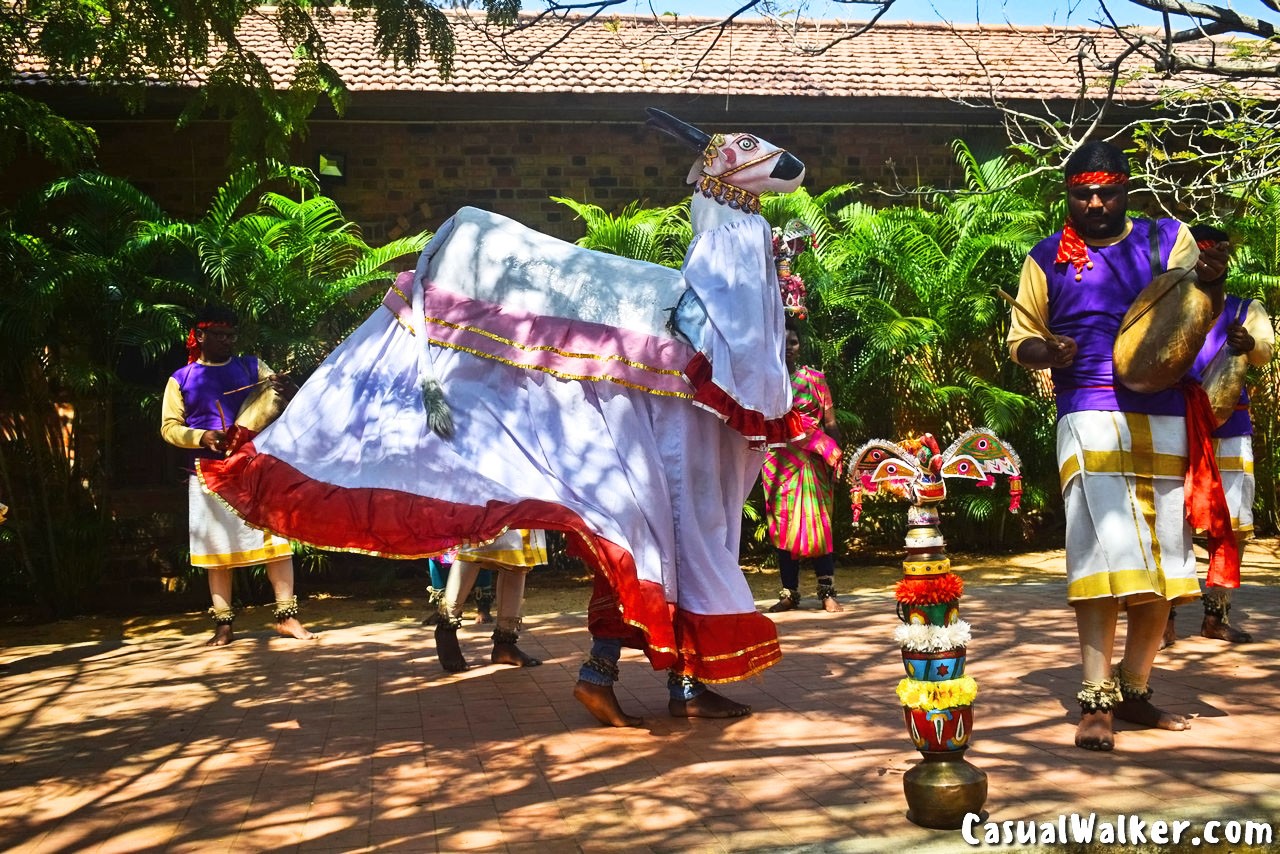
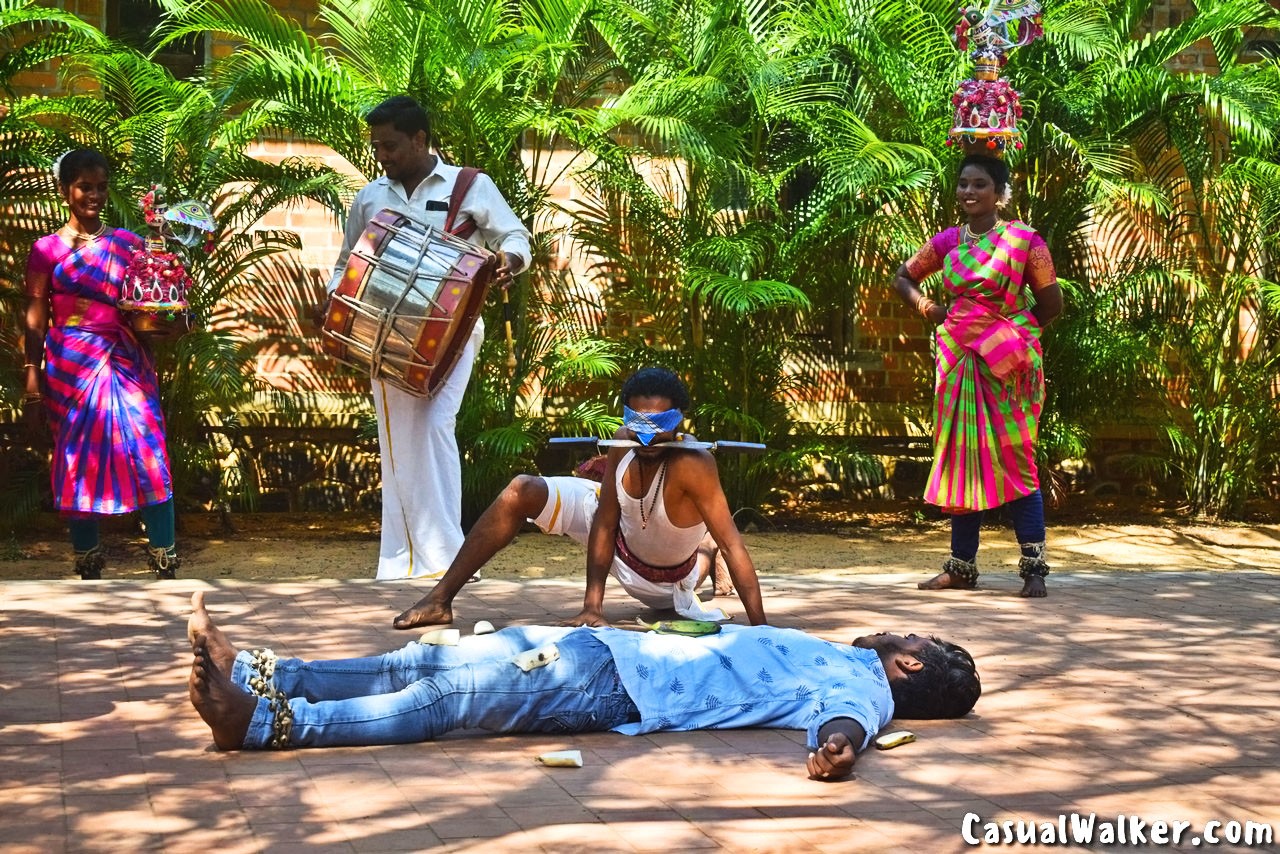
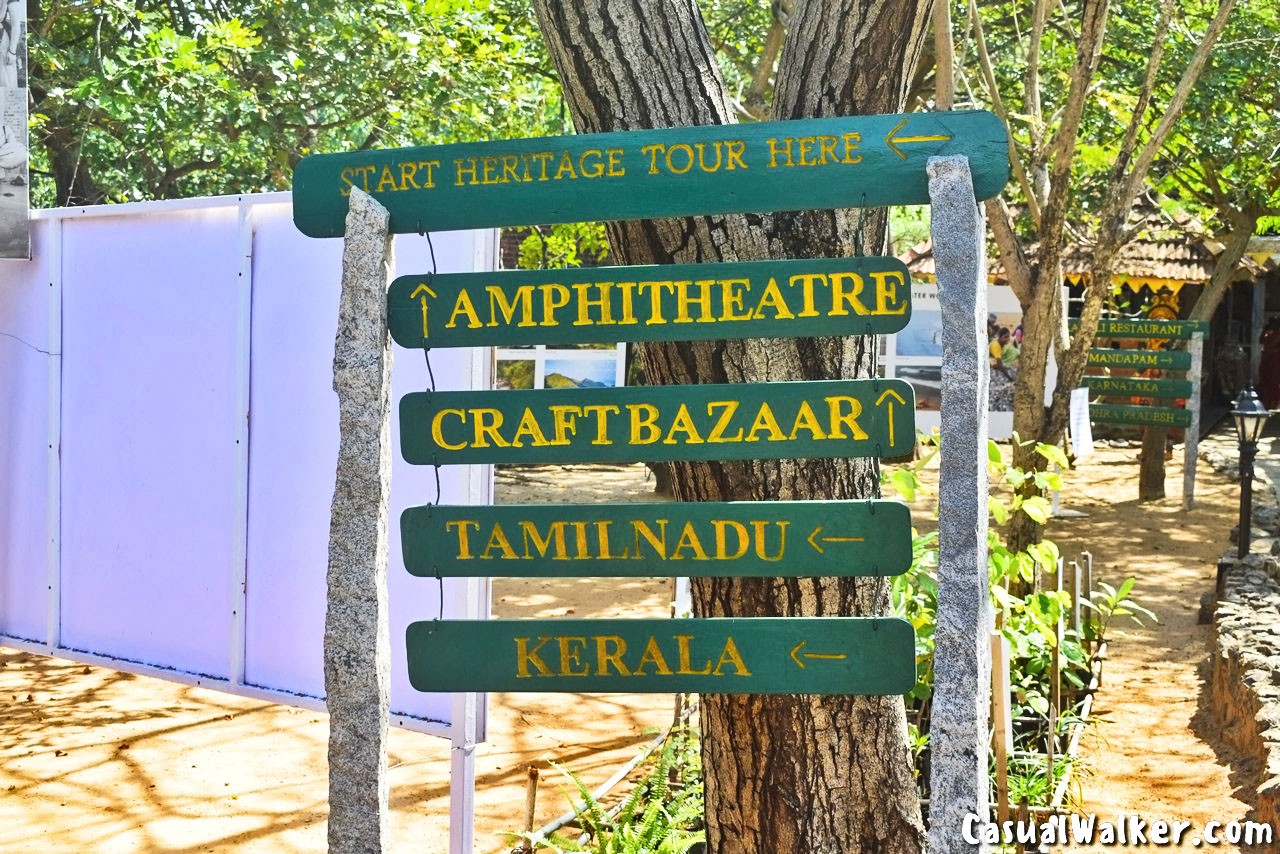
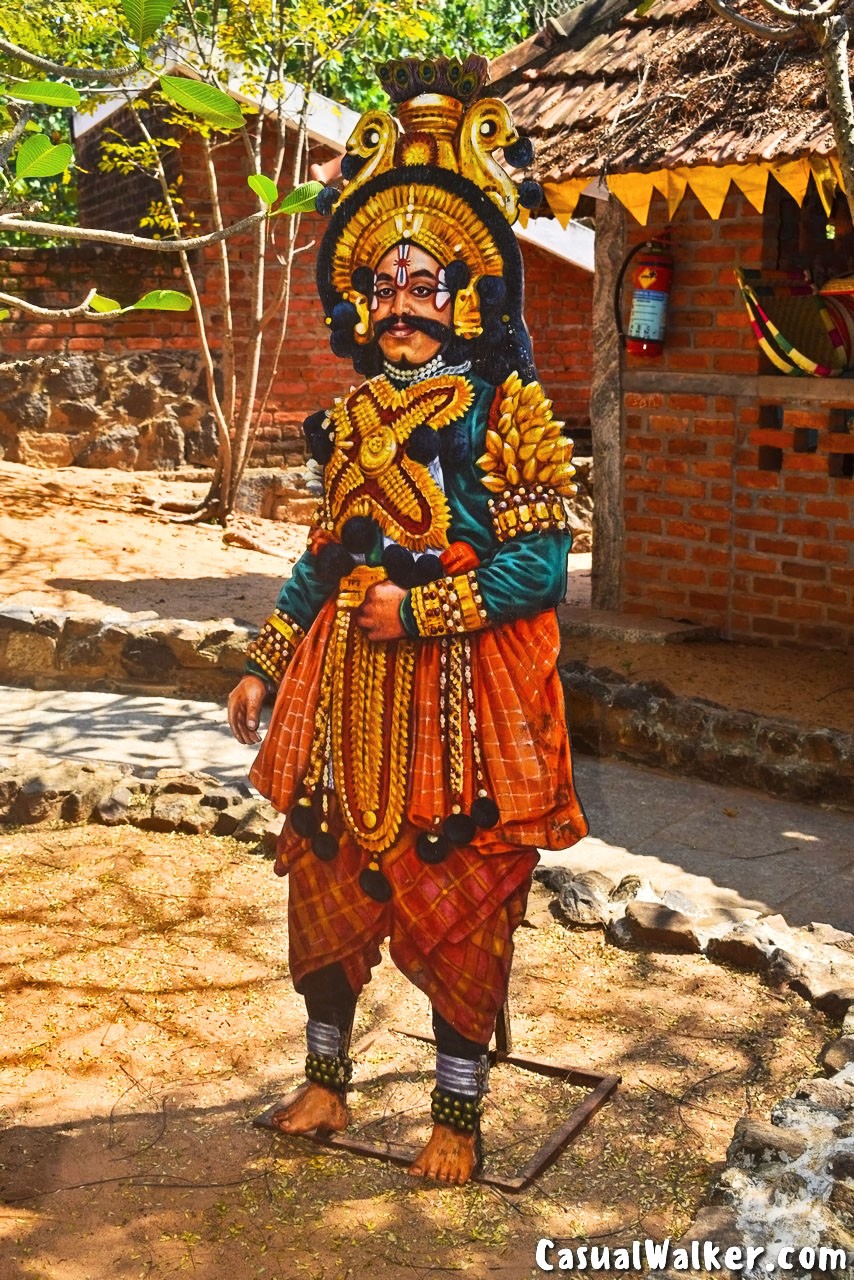
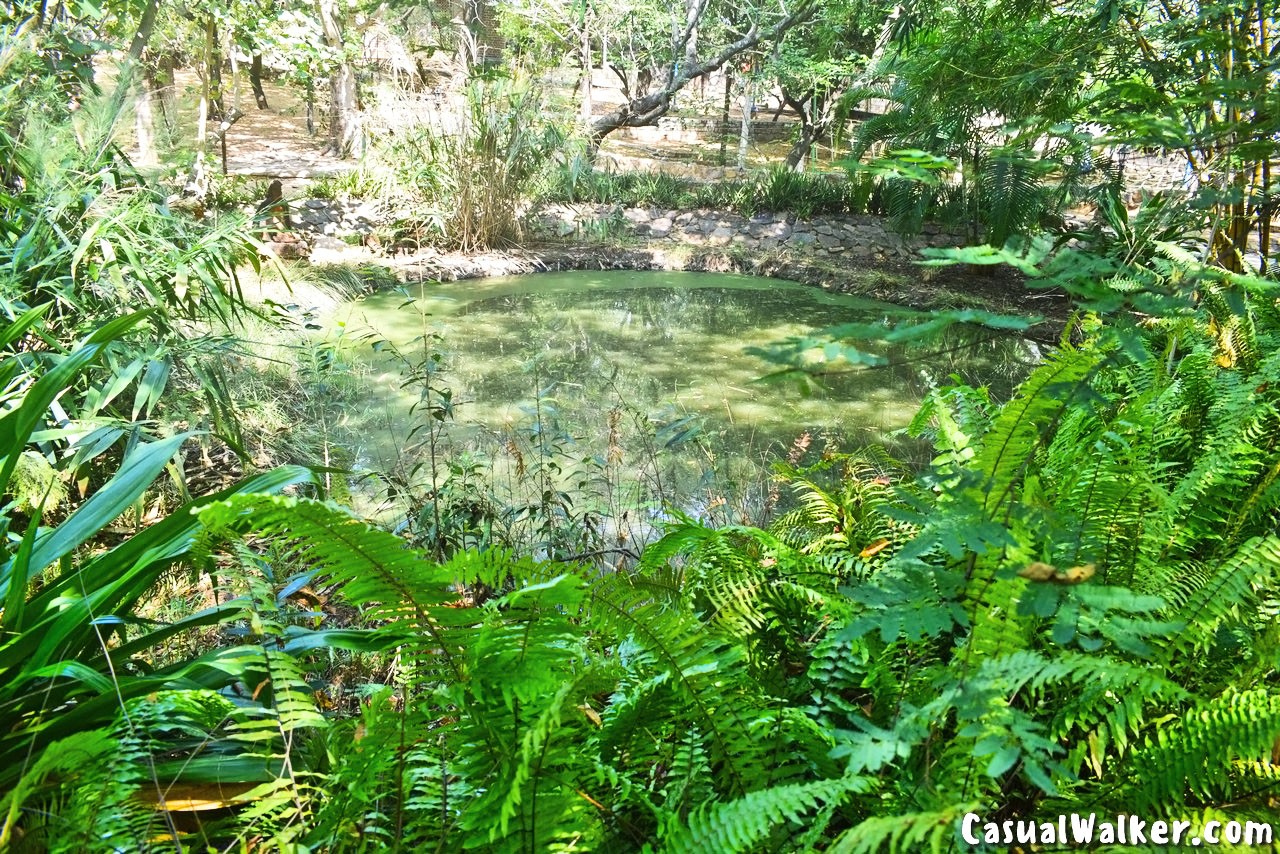
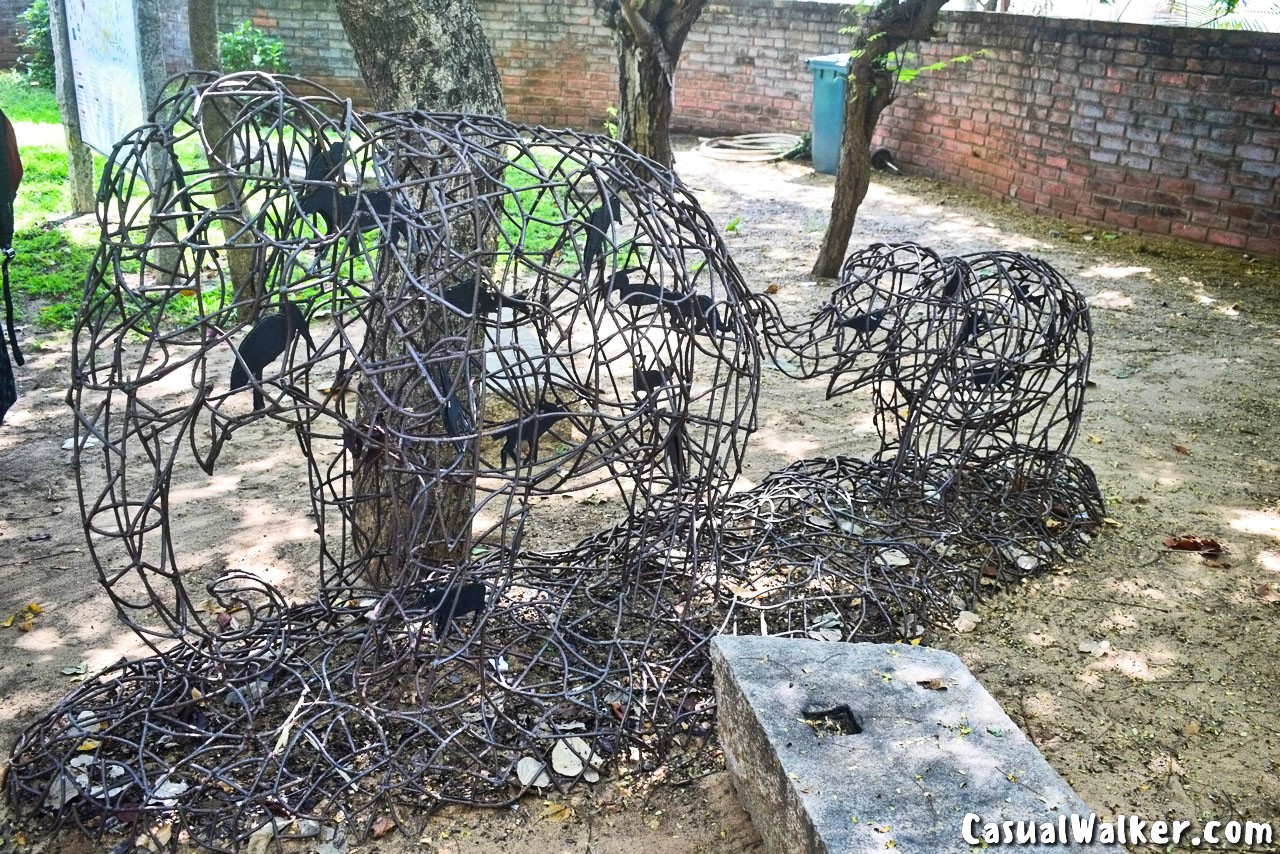
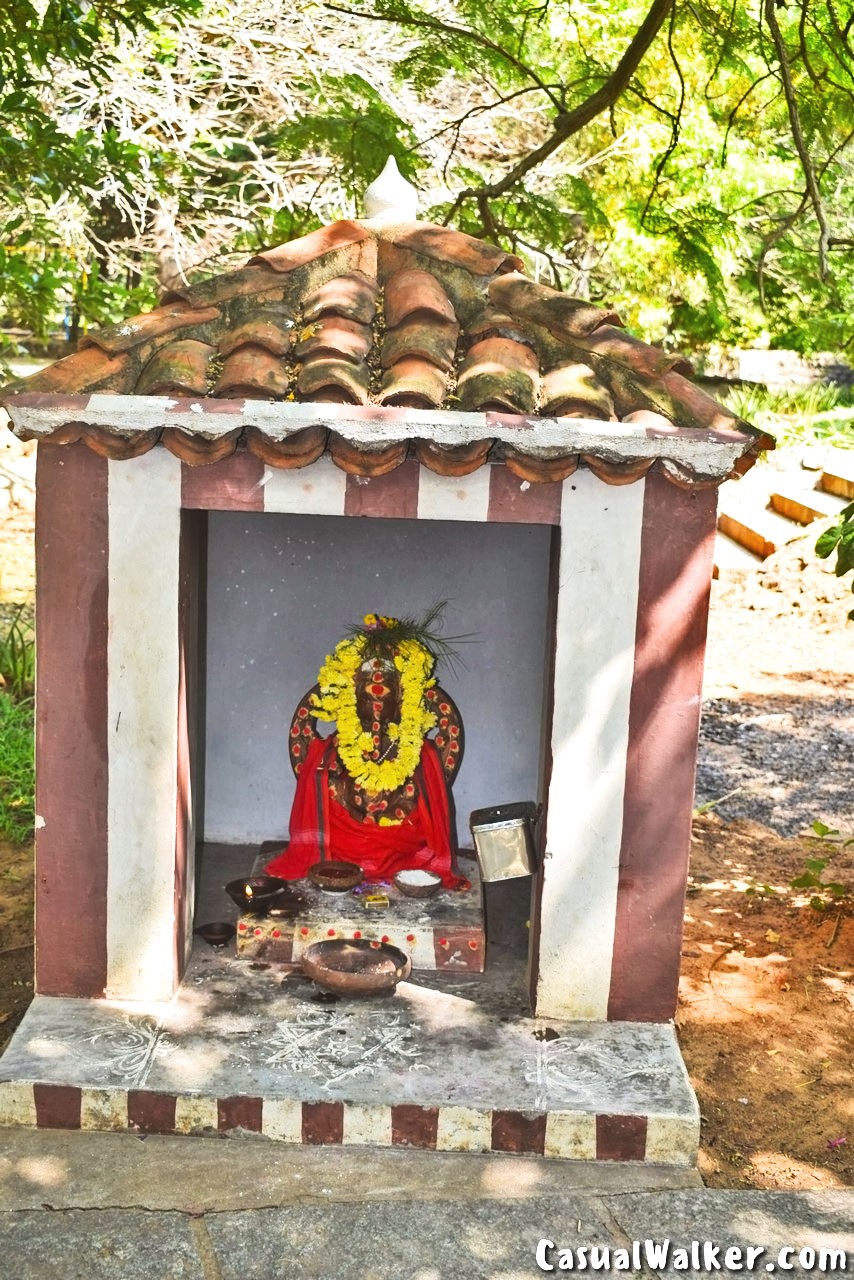

Tamil Nadu Heritage Houses:
The Tamil Nadu Heritage houses consist of seven traditional houses and three separate galleries, and one Lord Ayyanar temple. There were replicas of 6 varieties of Tamilnadu House like the Merchant house, Agriculturist house, Potter’s house, Basket weaver’s house, Bramhin House, Silk Weaver’s house.
Also, there were halls dedicated to art and textile exhibition. The Tamil Nadu section has the direct input and contribution of the Sri. Laurie Baker, the key architect of Dakshinachitra.
Key Features of Tamilnadu houses:
At the Tamilnadu houses, uses the lime plaster on the walls is a common feature of all Tamil houses, as the lime served as a bug repellent as well as a solar reflector, reducing the heat inside the house. The inside courtyard is another characteristic of Tamil homes. In the front of the home, there is also a raised verandah or seating space. The socializing took in this place called “Thinnai” in the Tamil language – the outside bench, which are most common once in all Tamilnadu Houses.
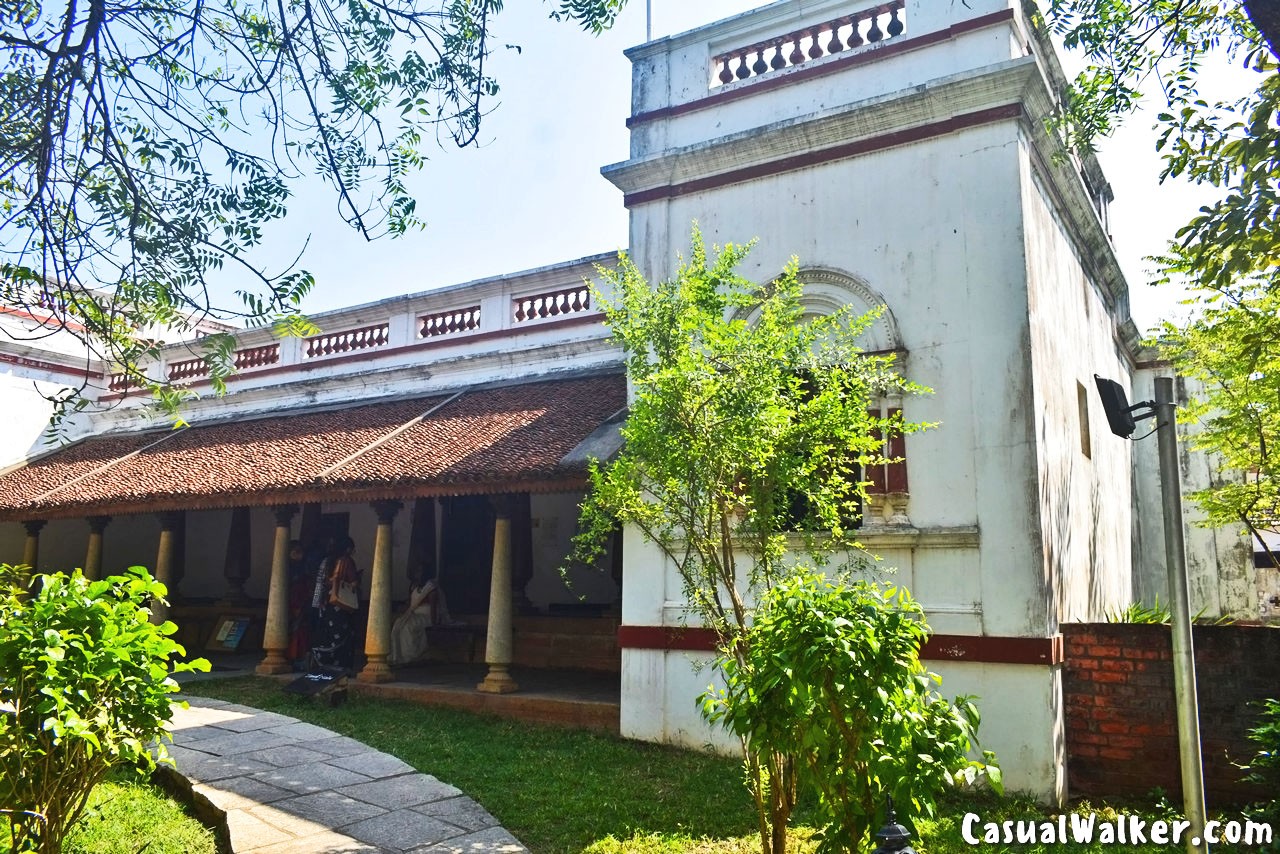
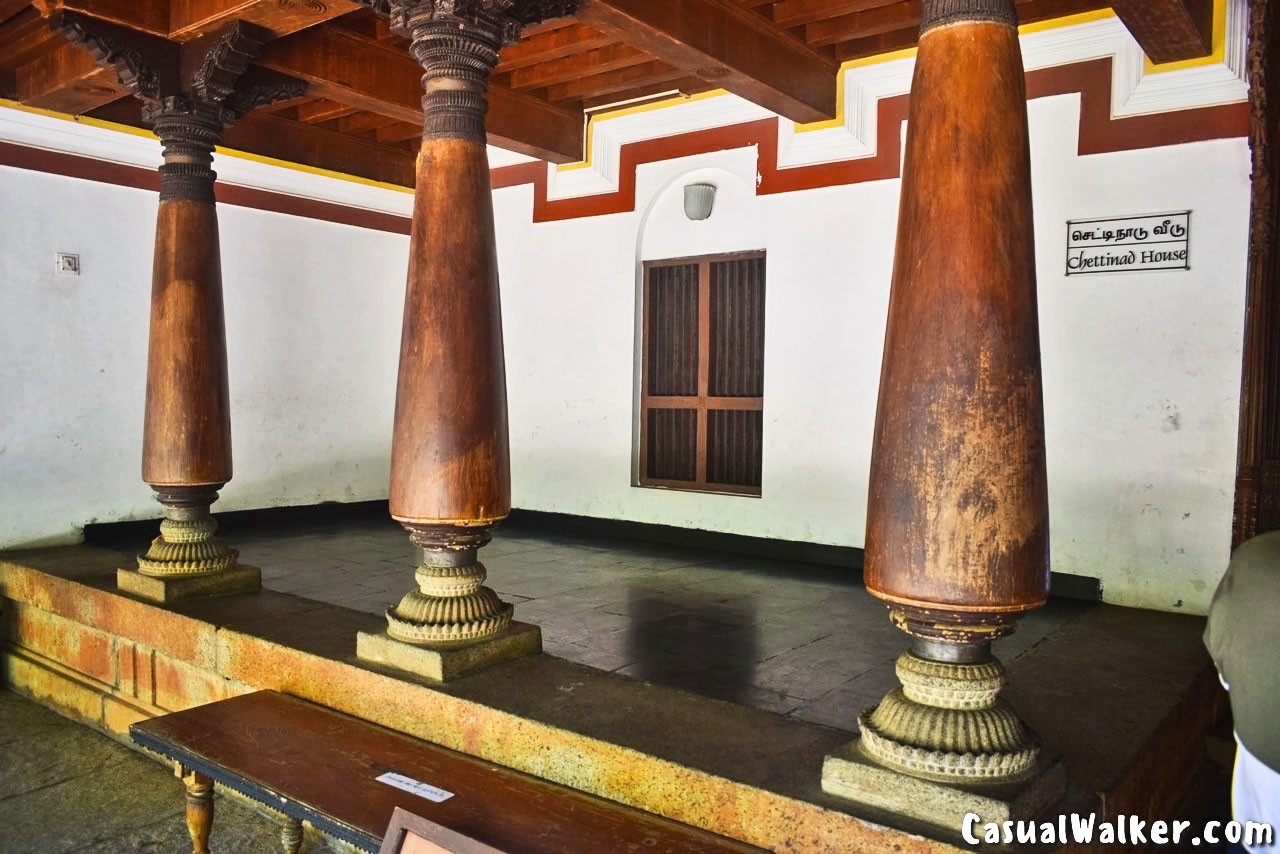
Tamil Nadu Merchant House – Chettinad, Pudukkottai District :
The Tamil Nadu Merchant House is the typical Chettiar House of South Tamil Nadu and also it serves as the primary attraction of Dhakshinachitra. The ancestral home here belongs to the Kandanur village of Ramanathapuram District.
This house represents the Chettinad residences of the Nattukottai Chettiars, a merchant society found distributed over in the present-day Tamil Nadu districts of Ramnad, Pudukottai, and Sivaganga. Chettiars, the Burma traders usually built their houses with Burma teaks which are withstanding for very long times. Dhakshinachitra Chettinad’s house is also inbuilt with these Burma teak pillars.
This house has a typical huge inner courtyard with thin stone pillars on all sides within the Chettinadu home. A succession of rooms is created around the inner courtyard for the purposes of sleeping, storing grains, and praying. Within the house’s interiors, we will be enchanted by the classic flavors of the Chettiar lifestyle.


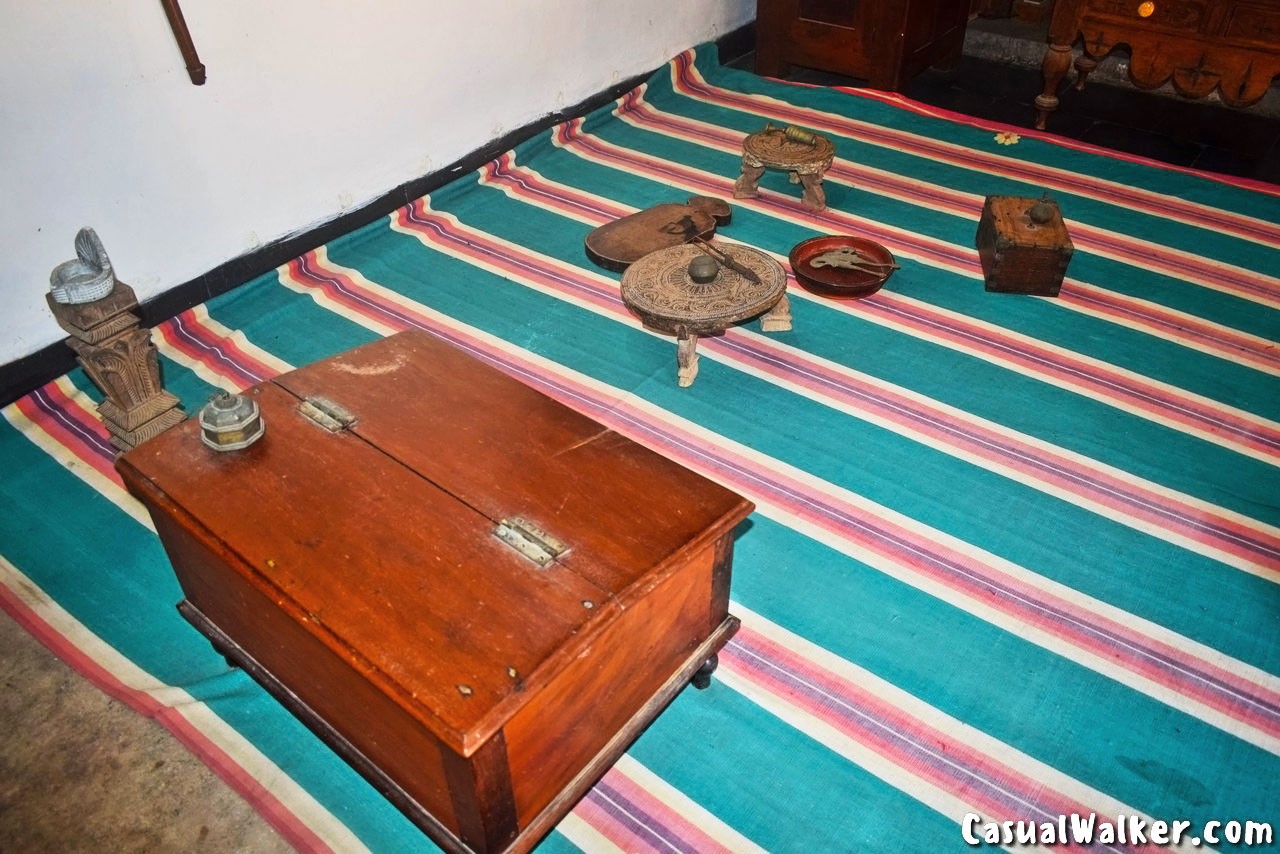
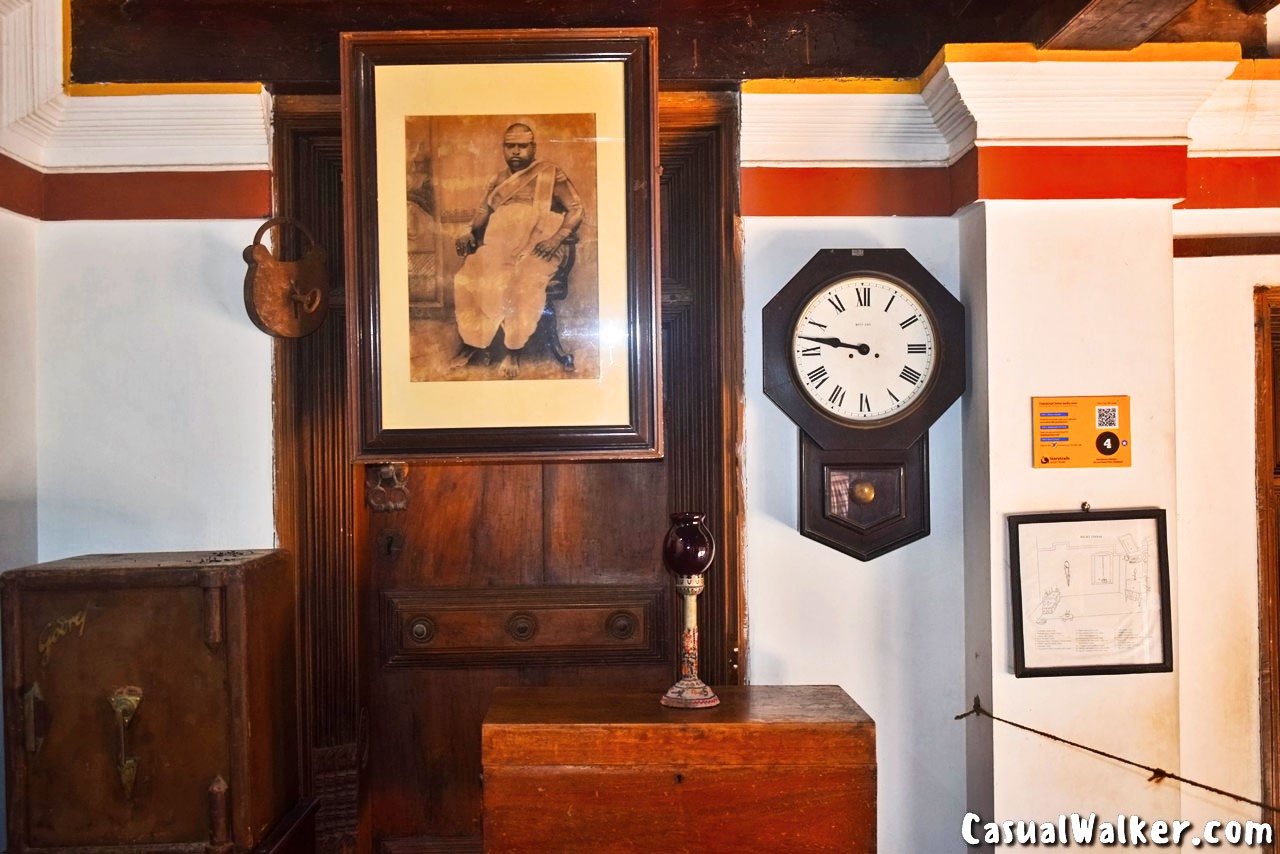

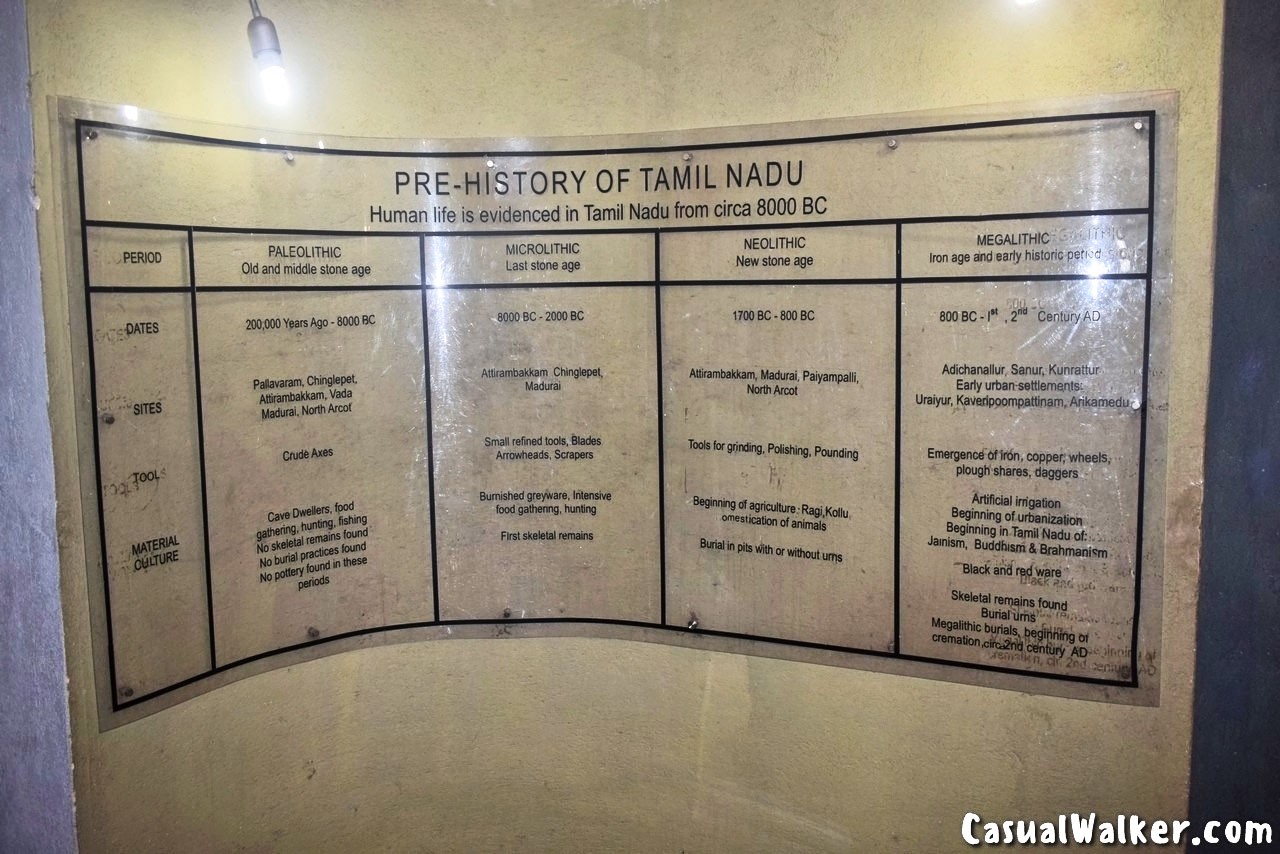
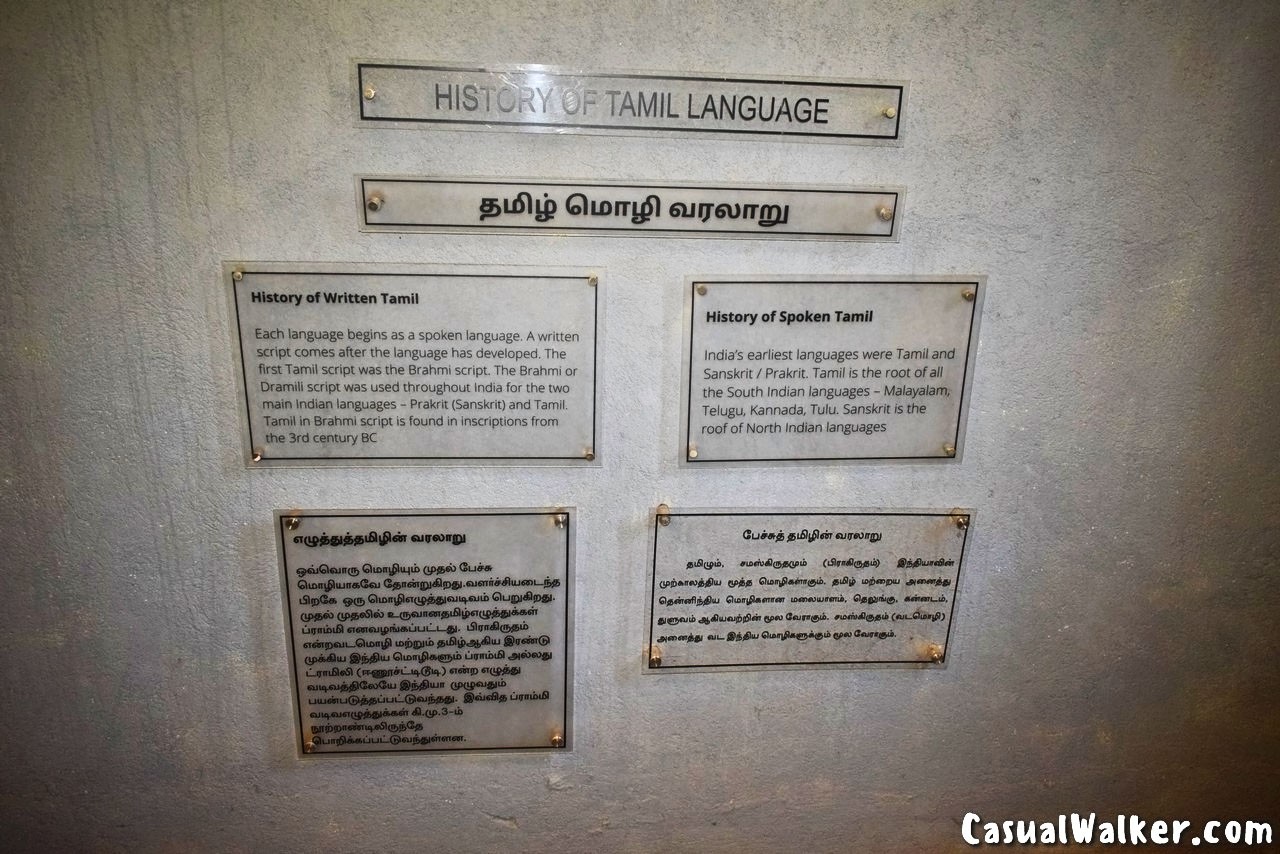
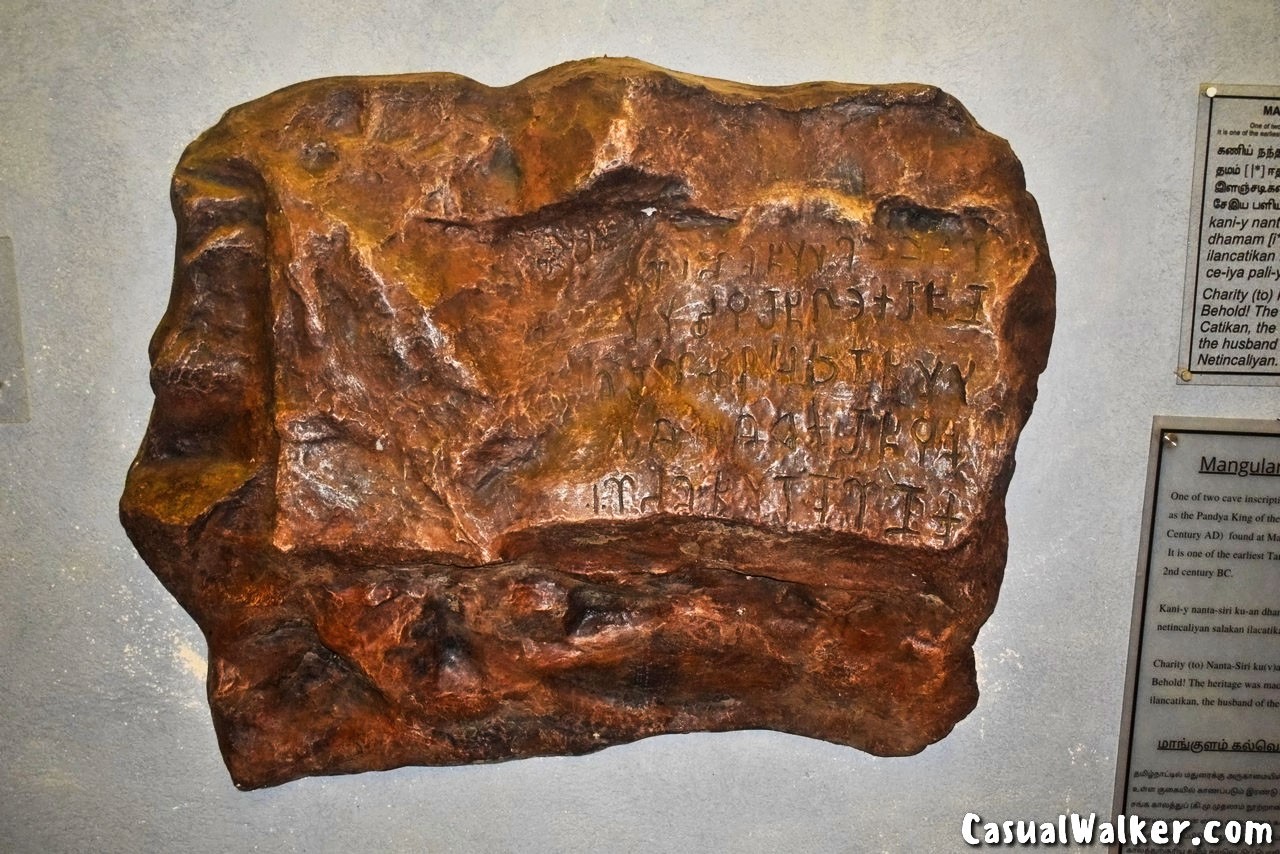
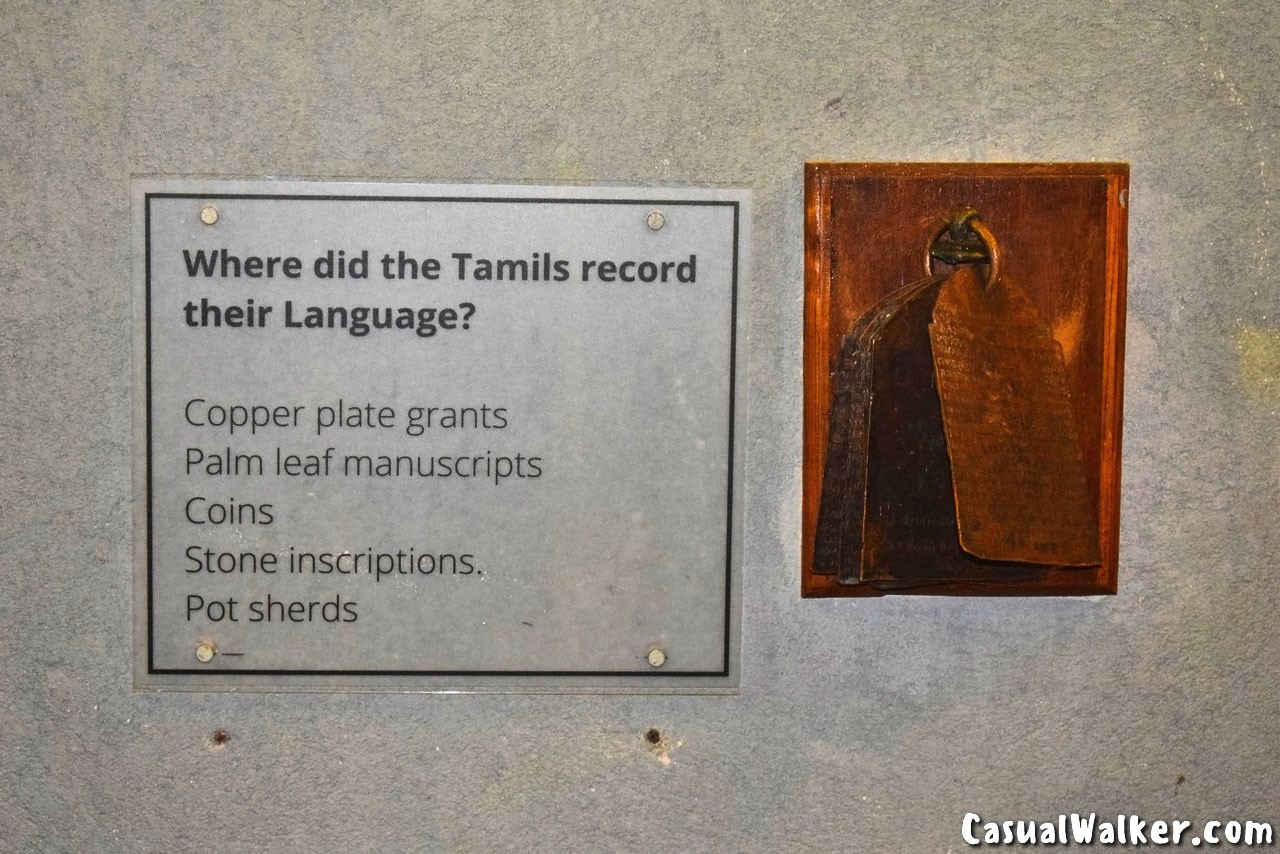

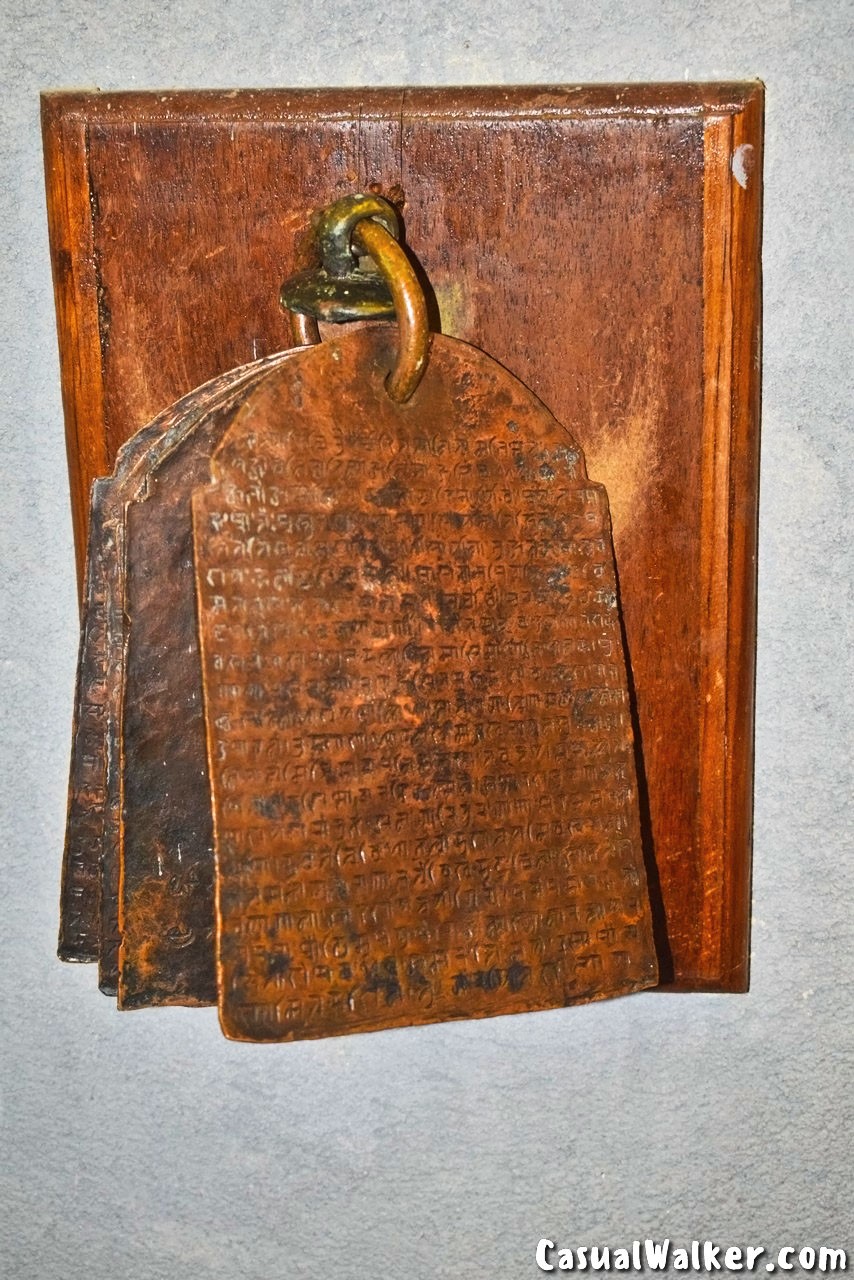

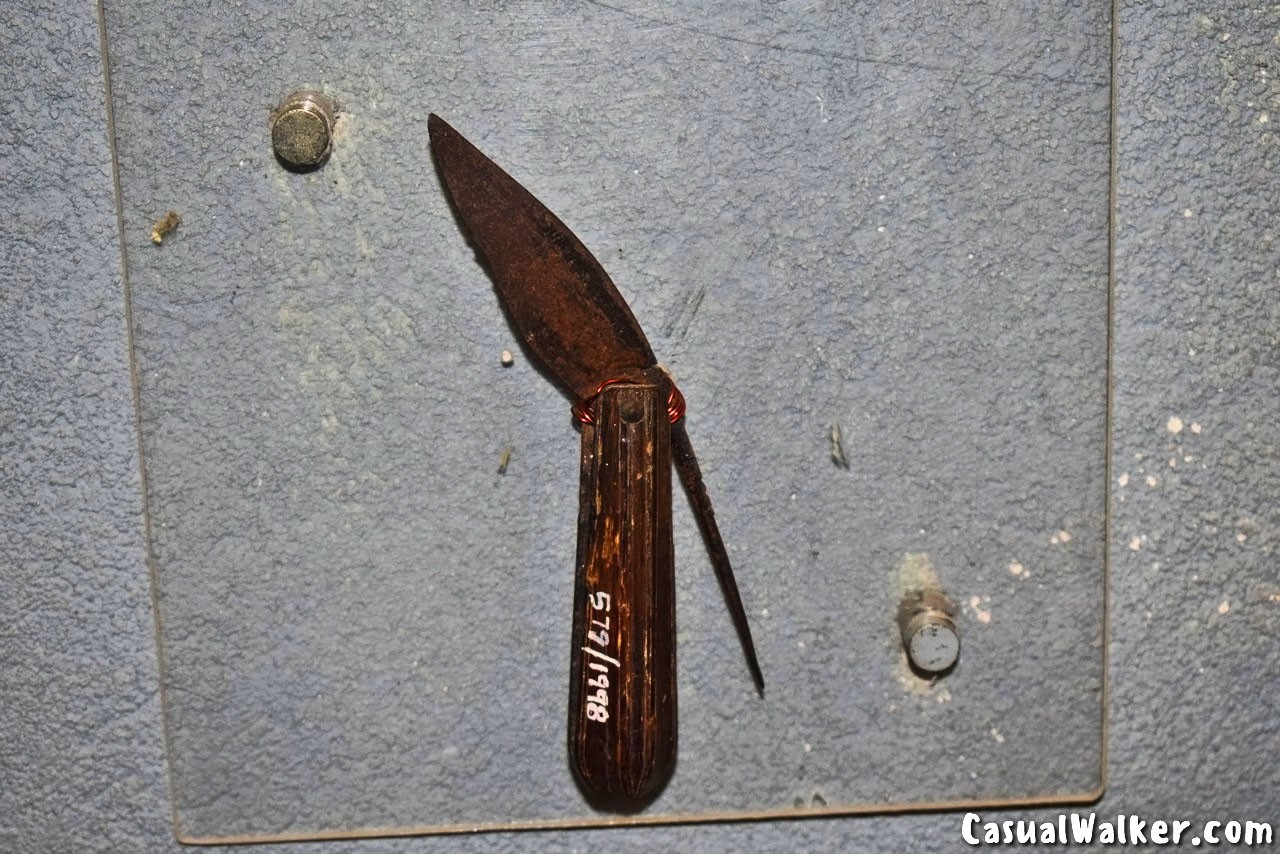
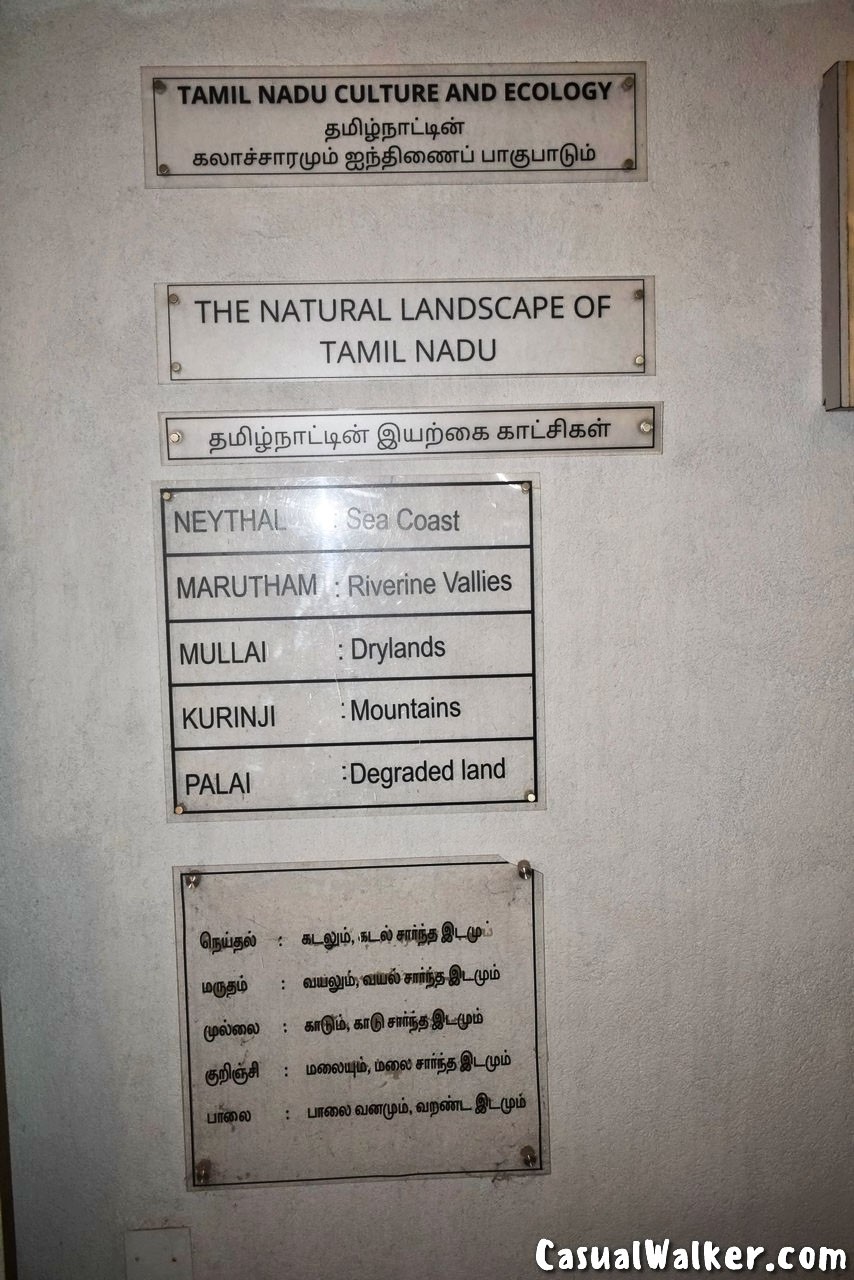
Parts of this house have been transformed into a museum portrays the vernacular clear view beautifully about Tamil Sangam landscape:
Kurunji – Represents the mountainous regions.
Mullai – Represents the forest regions
Marutham – Represents the croplands
Neithal – Represents the seashore
Palai – Represents the desert
The landscapes – the Kurunji and Mullai are termed as Pallai during dry periods.

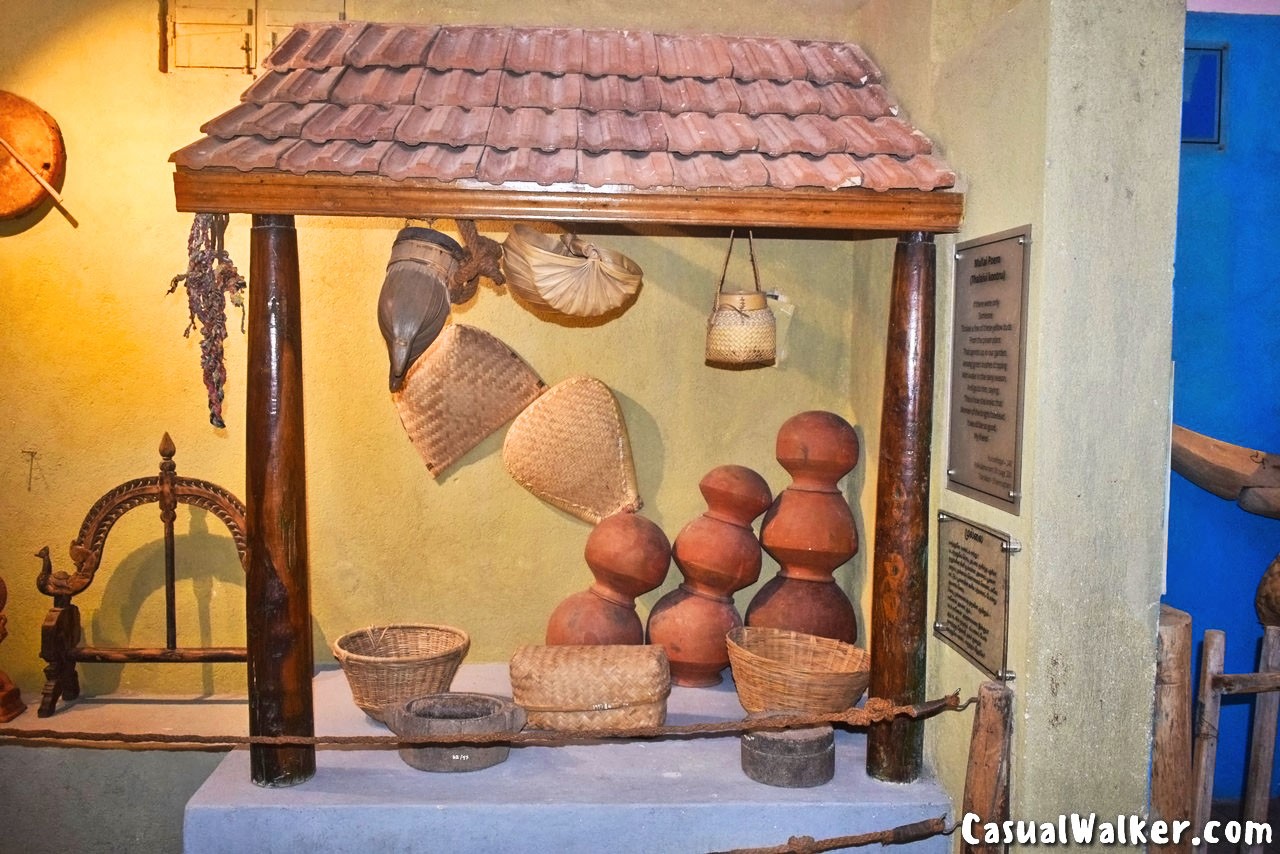


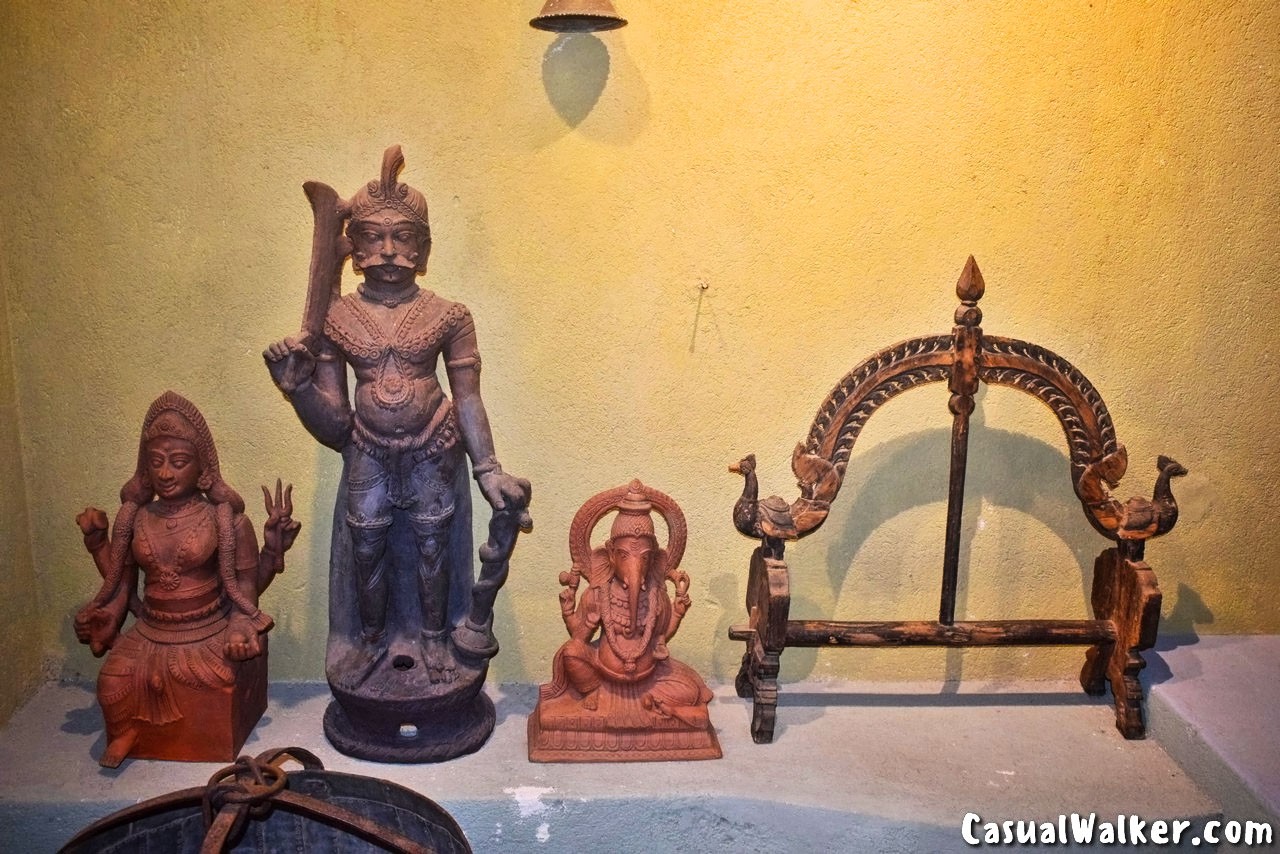

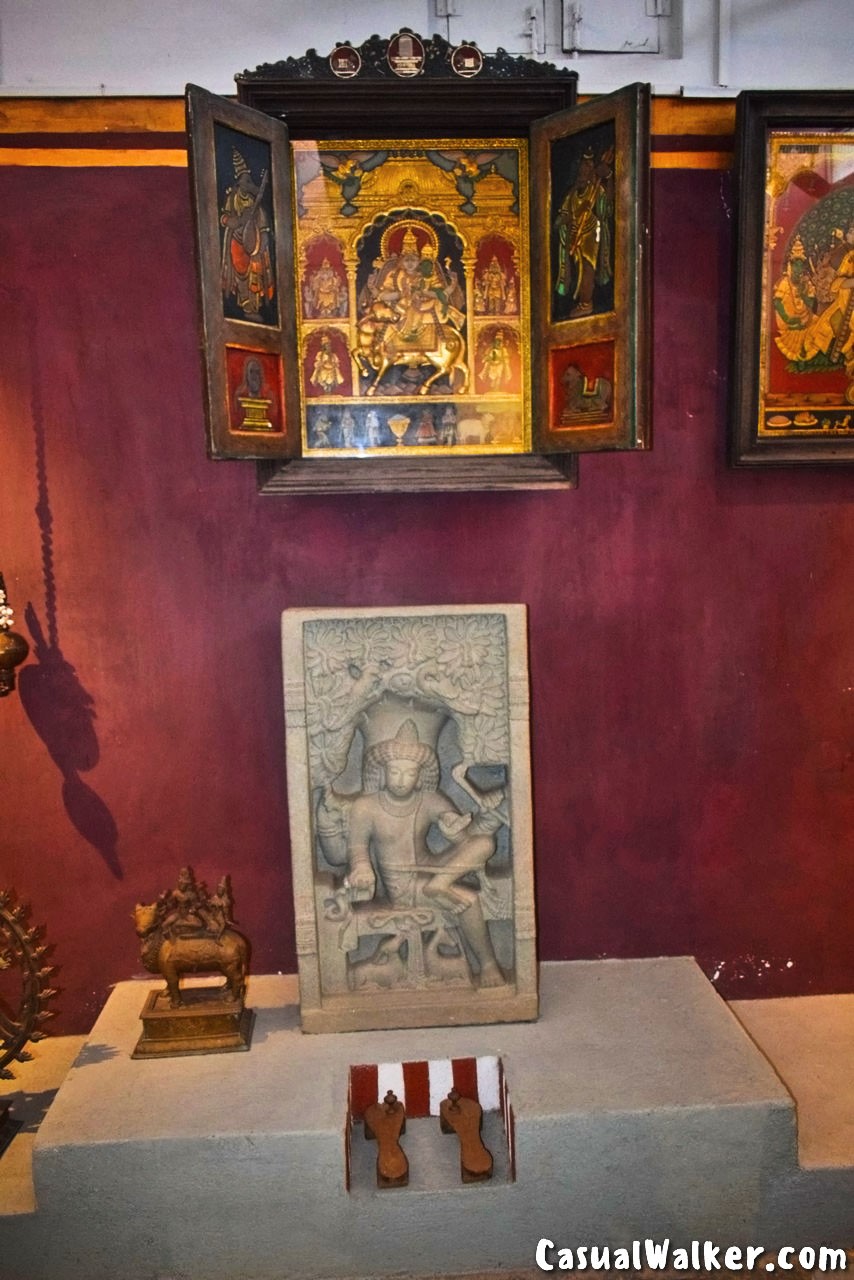

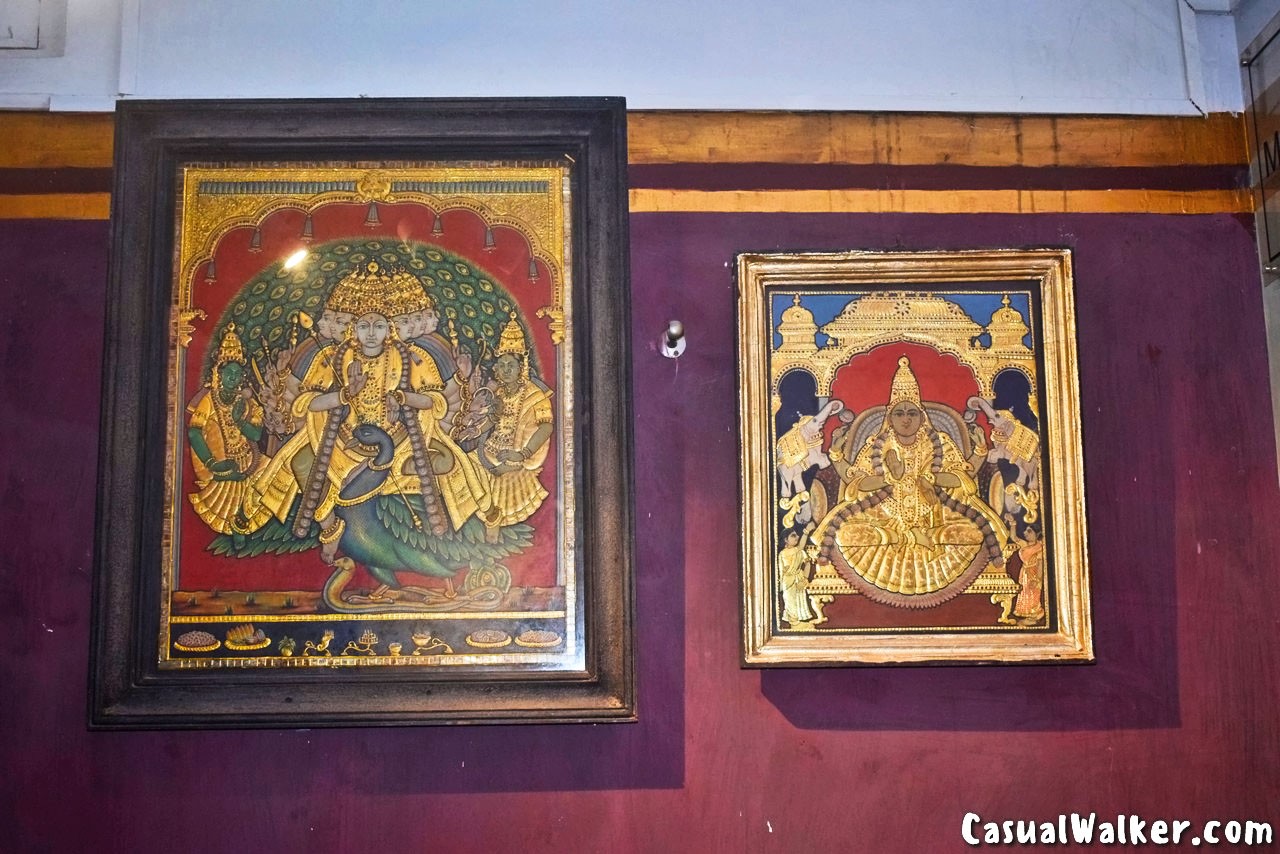
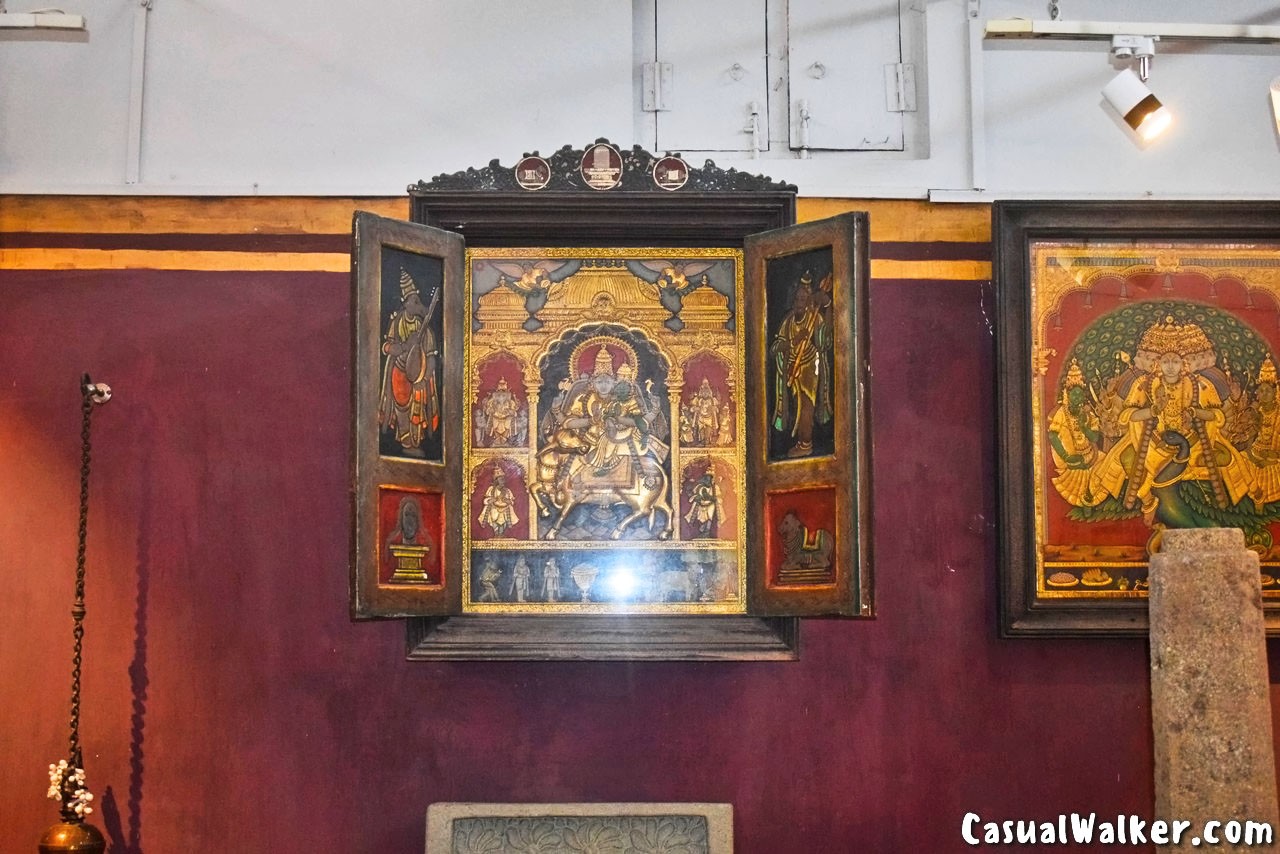

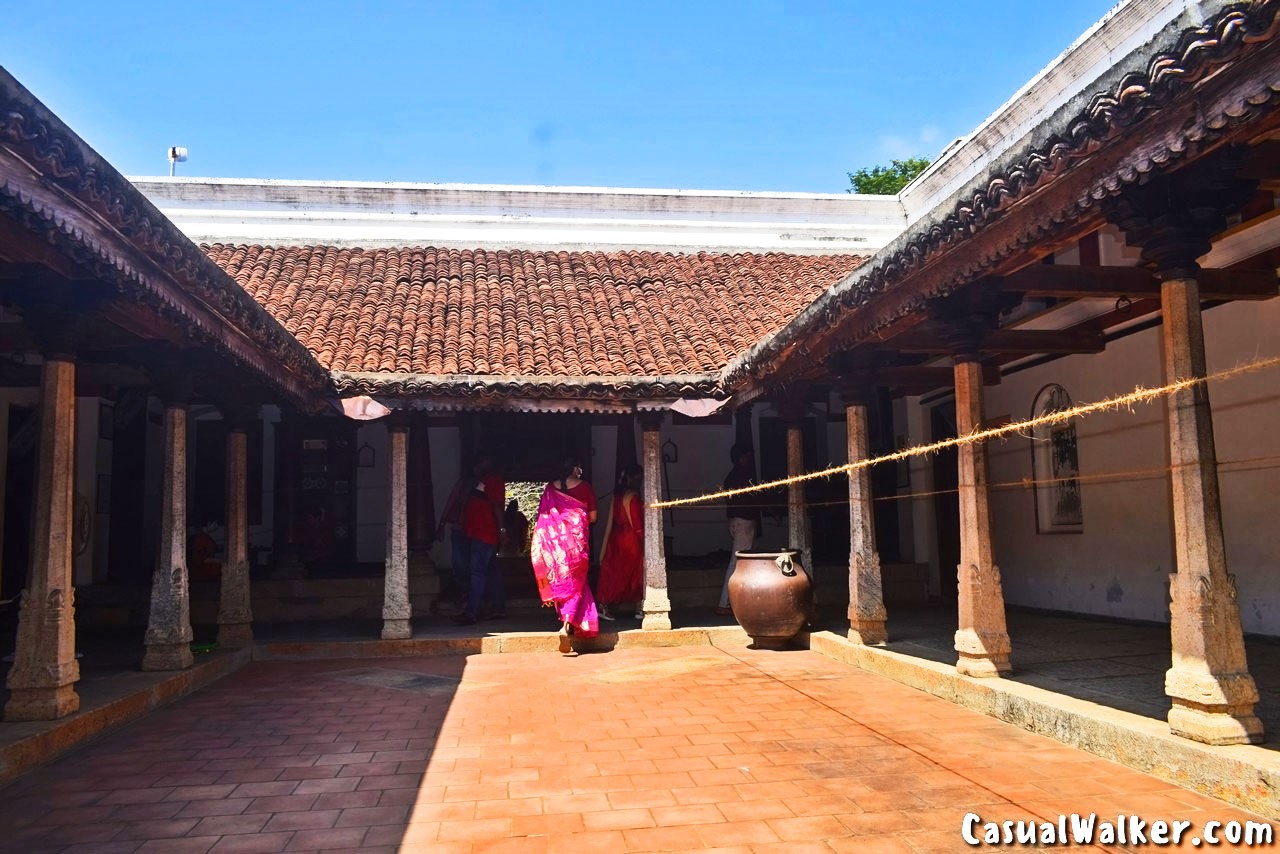


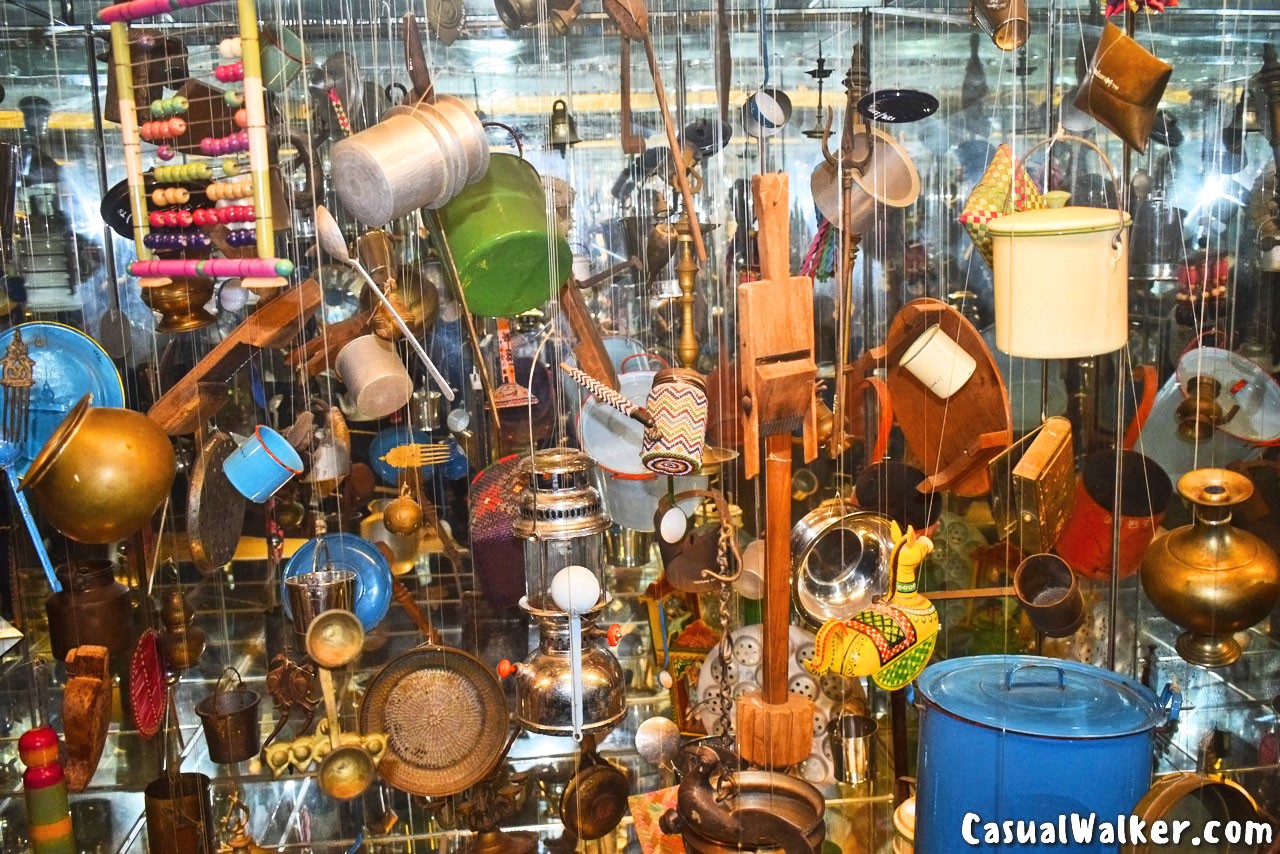
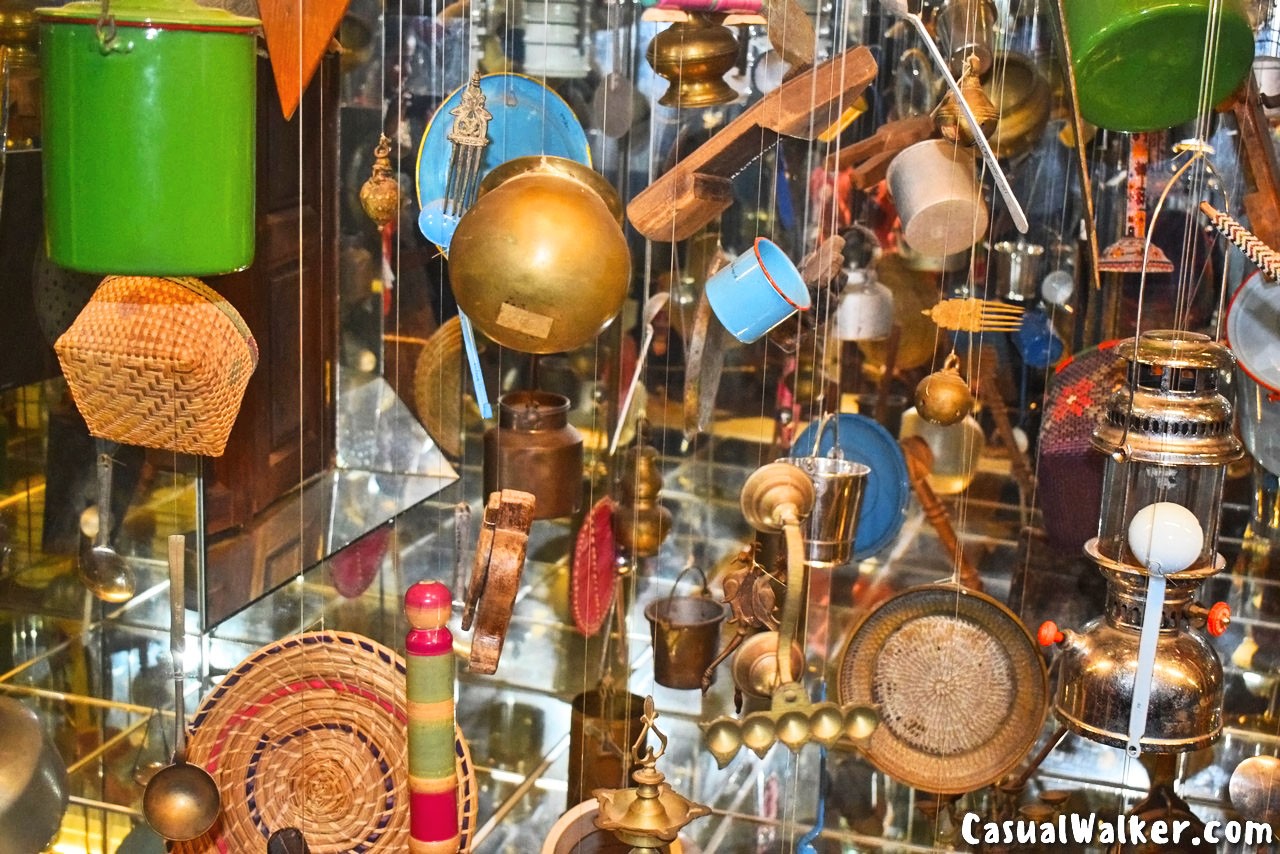
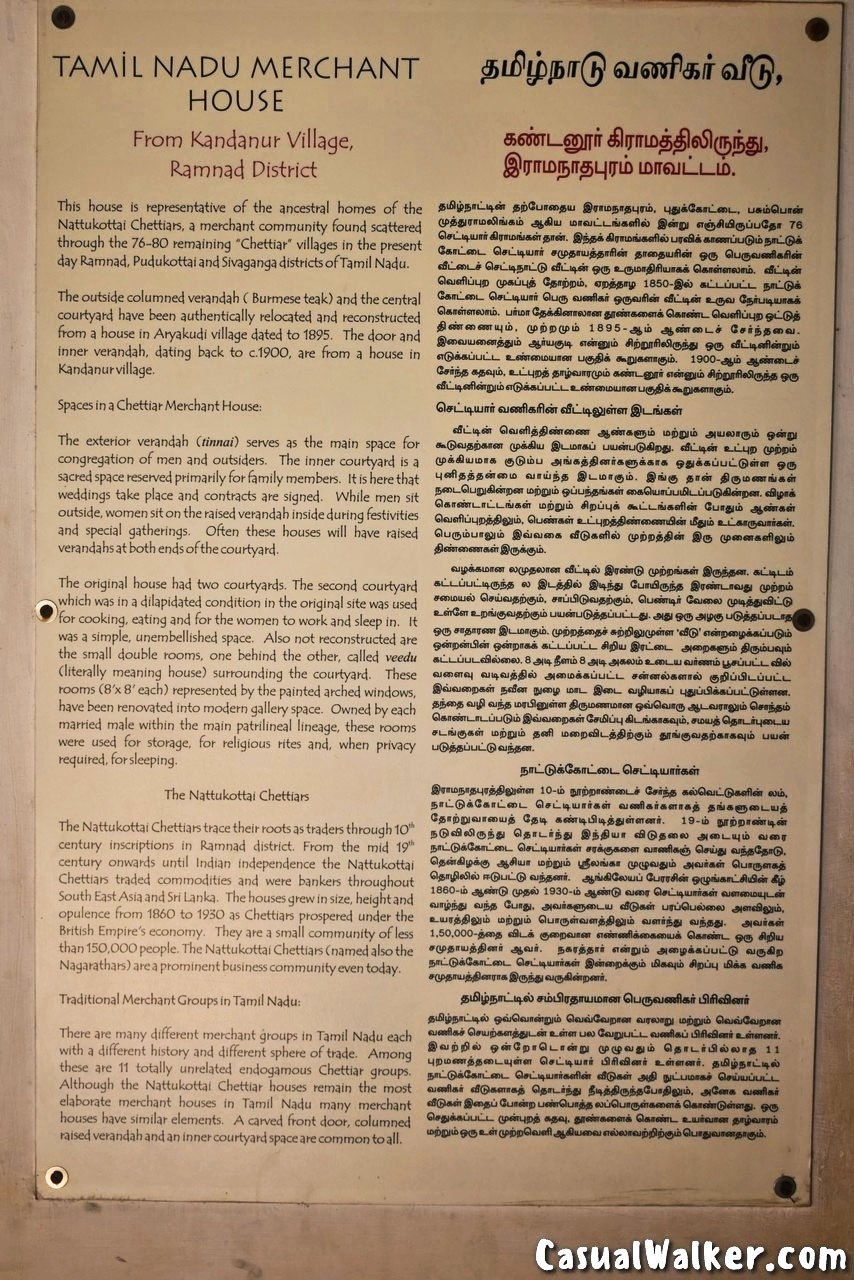
Textile Exhibition Hall:
The Textile Exhibition Hall displays textiles of Tamil Nadu prevalent throughout the state, including regional saris, men’s wear, textiles of trade, and textiles of rituals.
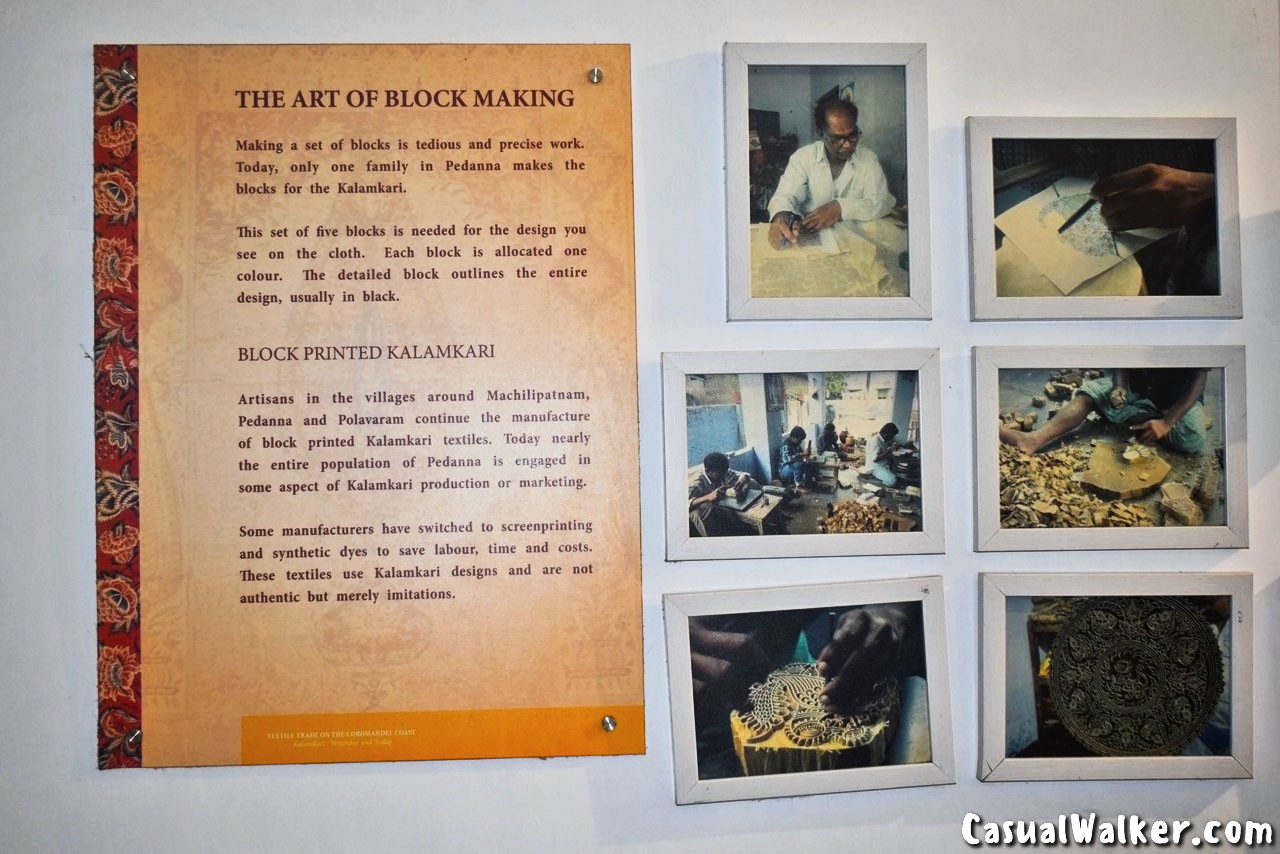
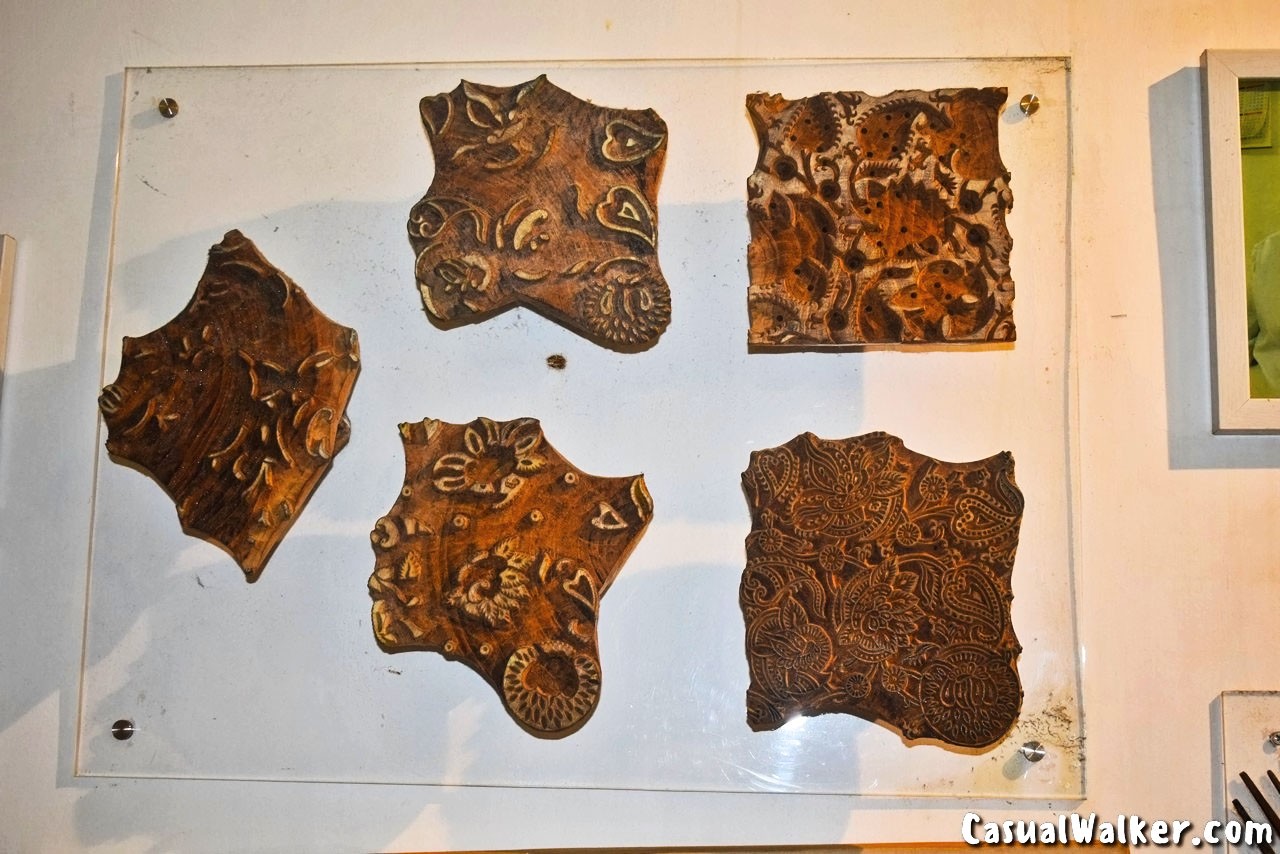
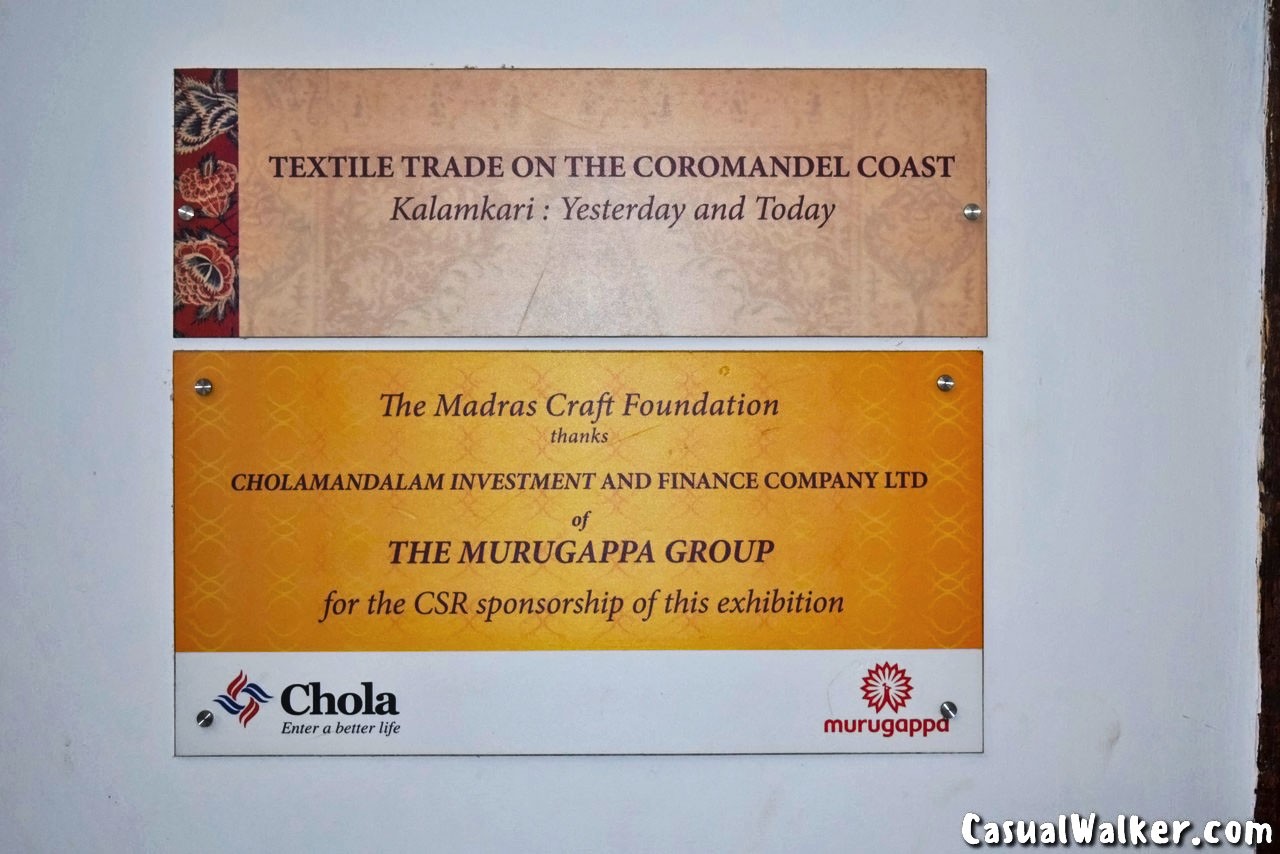
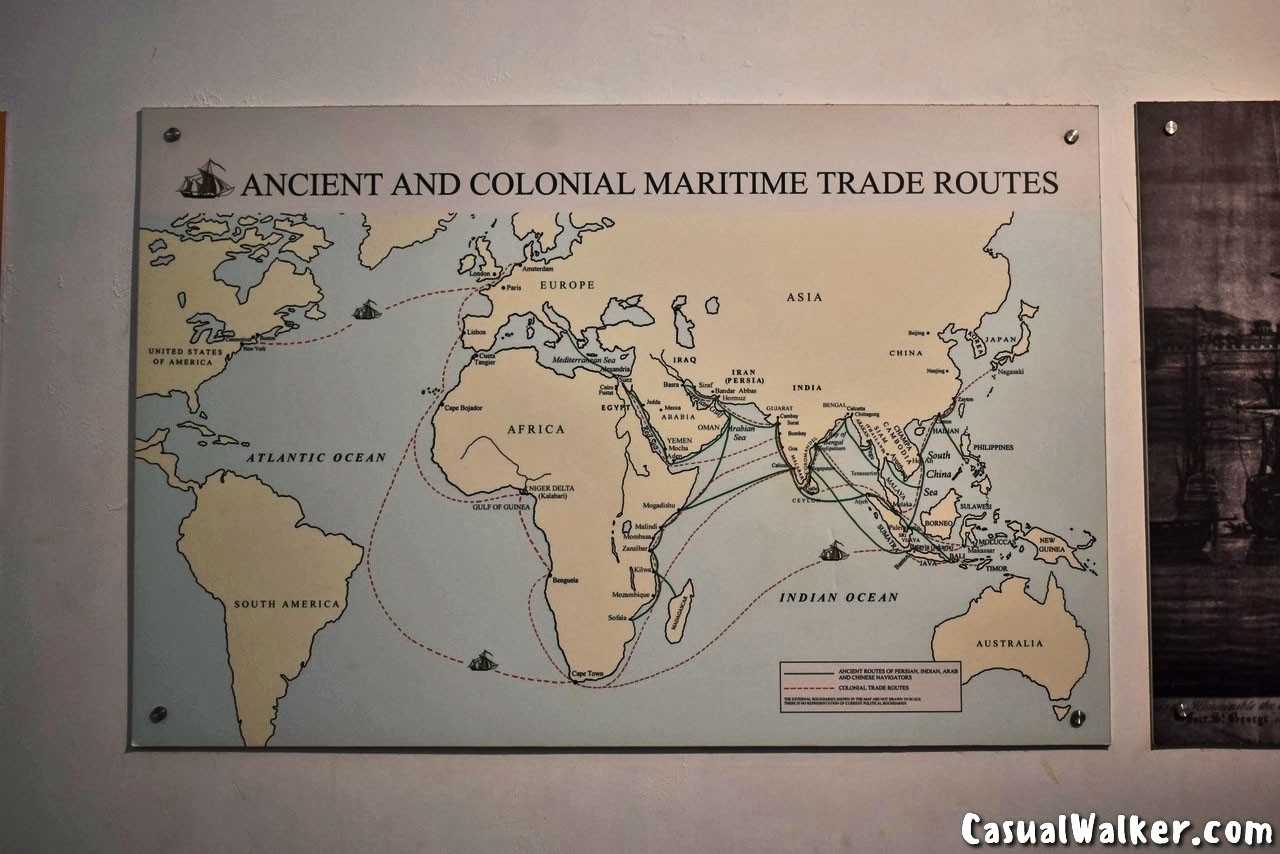


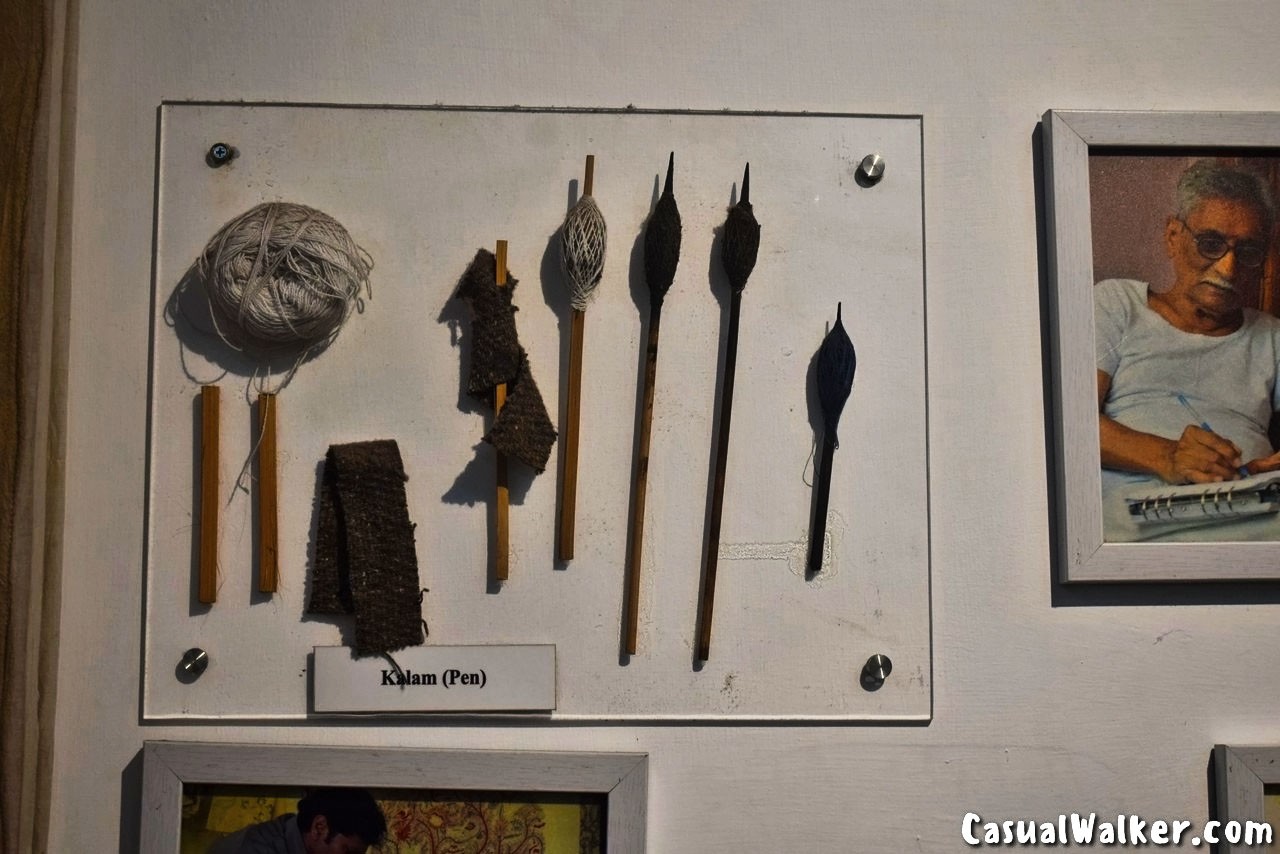
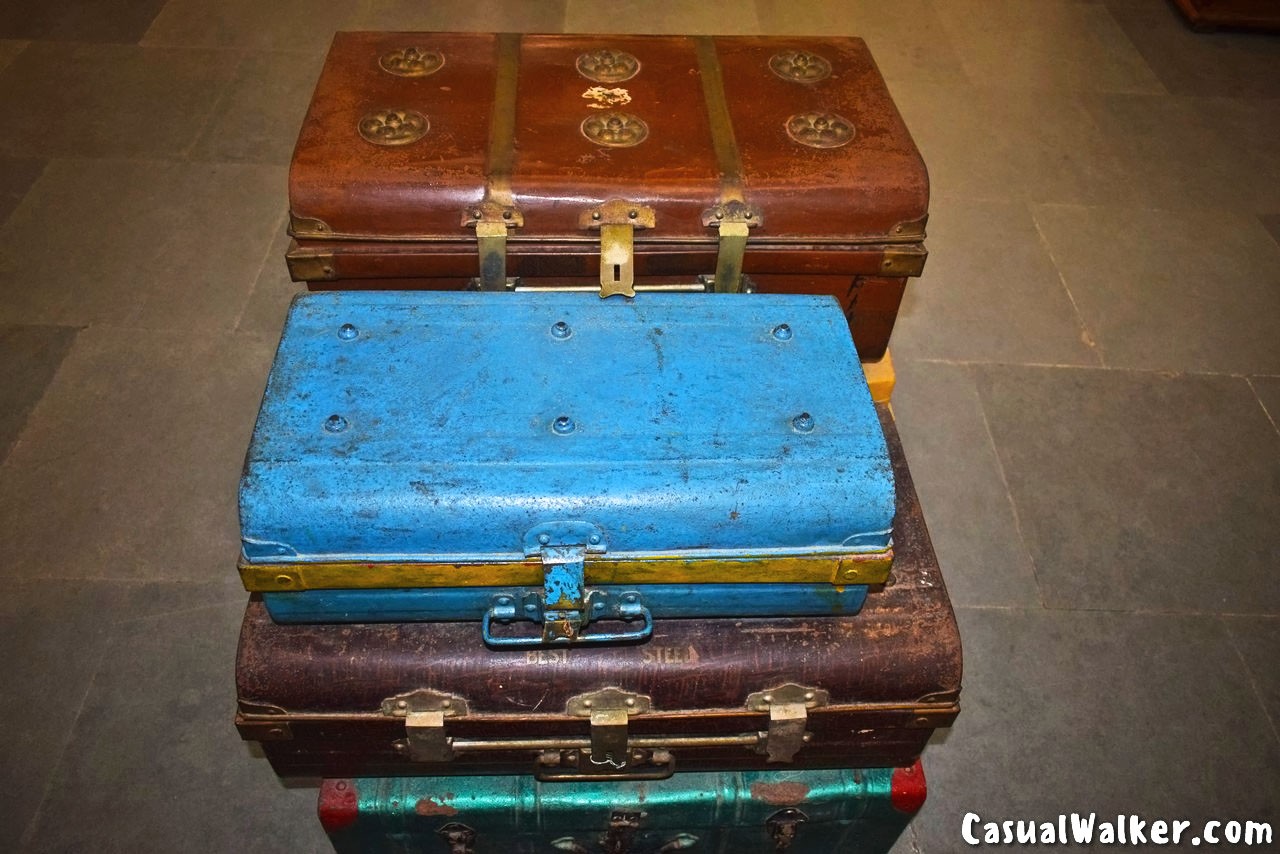
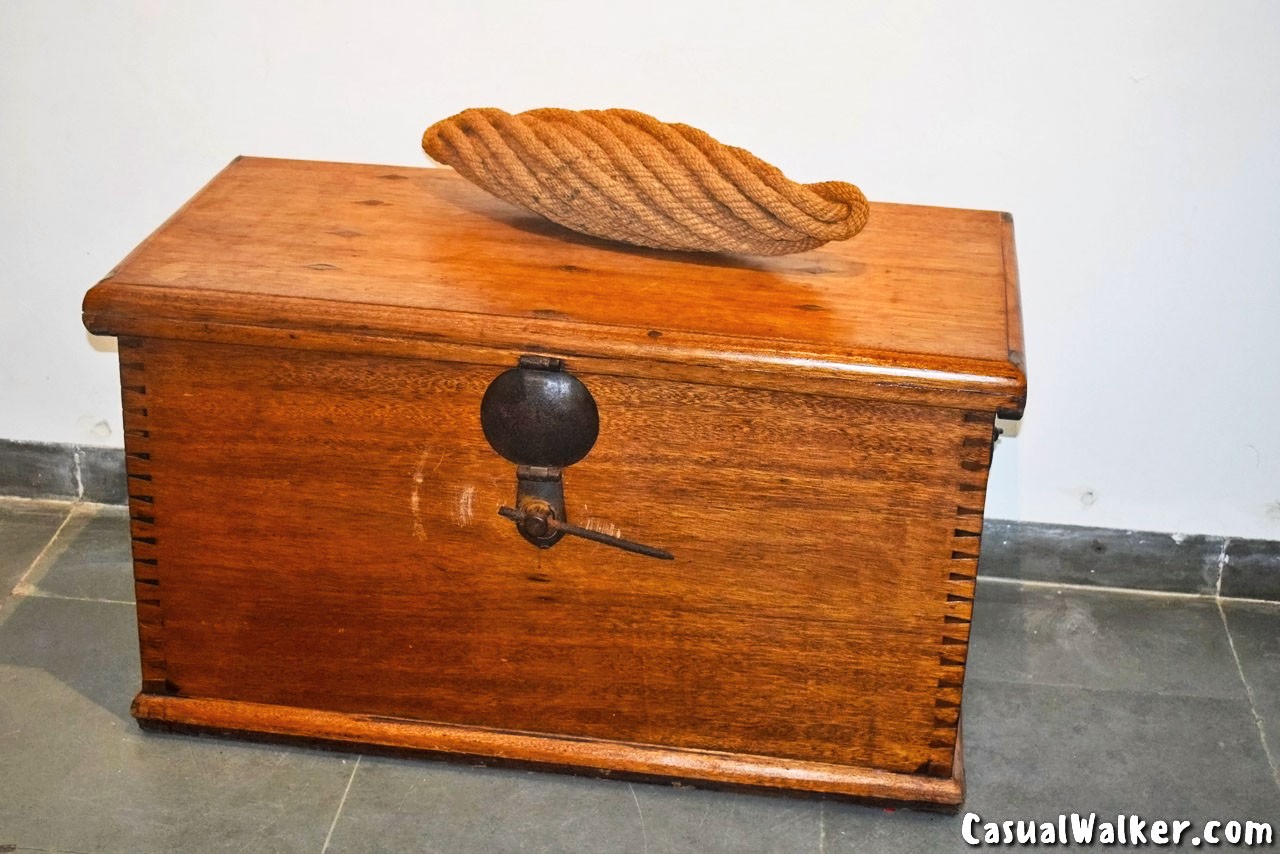
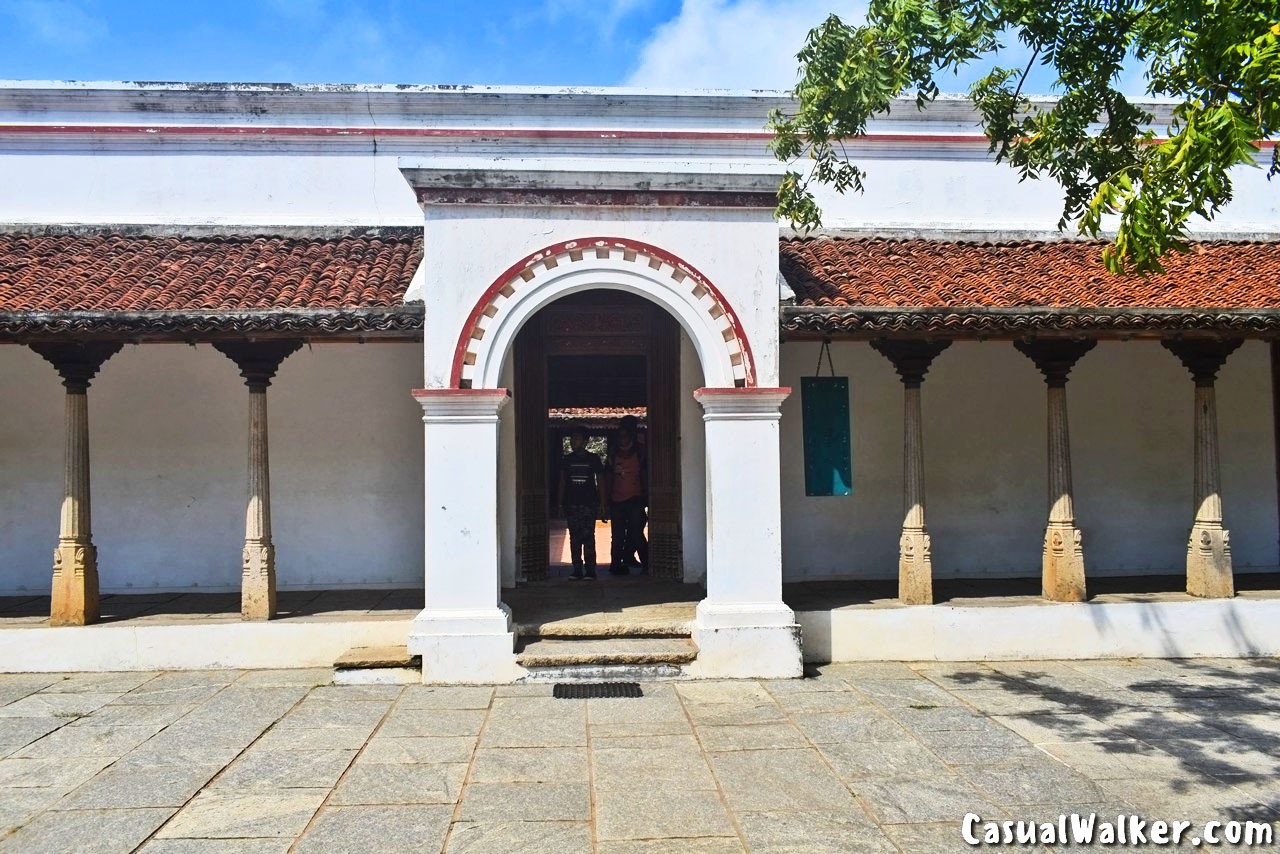
Agraharam Brahmin house – Ambur Tirunelveli District :
The Agraharam Brahmin house has been relocated from an agricultural village called Ambur Tirunelveli District. This Brahmin house has been relocated from Ambur village, an agricultural village of the Tirunelveli area in the South of Tamil Nadu. They are almost always joined by a shared wall and they are typically narrow and long in width and have open spaces in the back. They are a close-knit community since their houses are usually located on a single street.
The houses in Agraharam are two-storied are often without an interior courtyard and so sunlight and ventilation were obtained through the small windows. The upper floor was used for drying grains and storage. There is also an art gallery at this house.
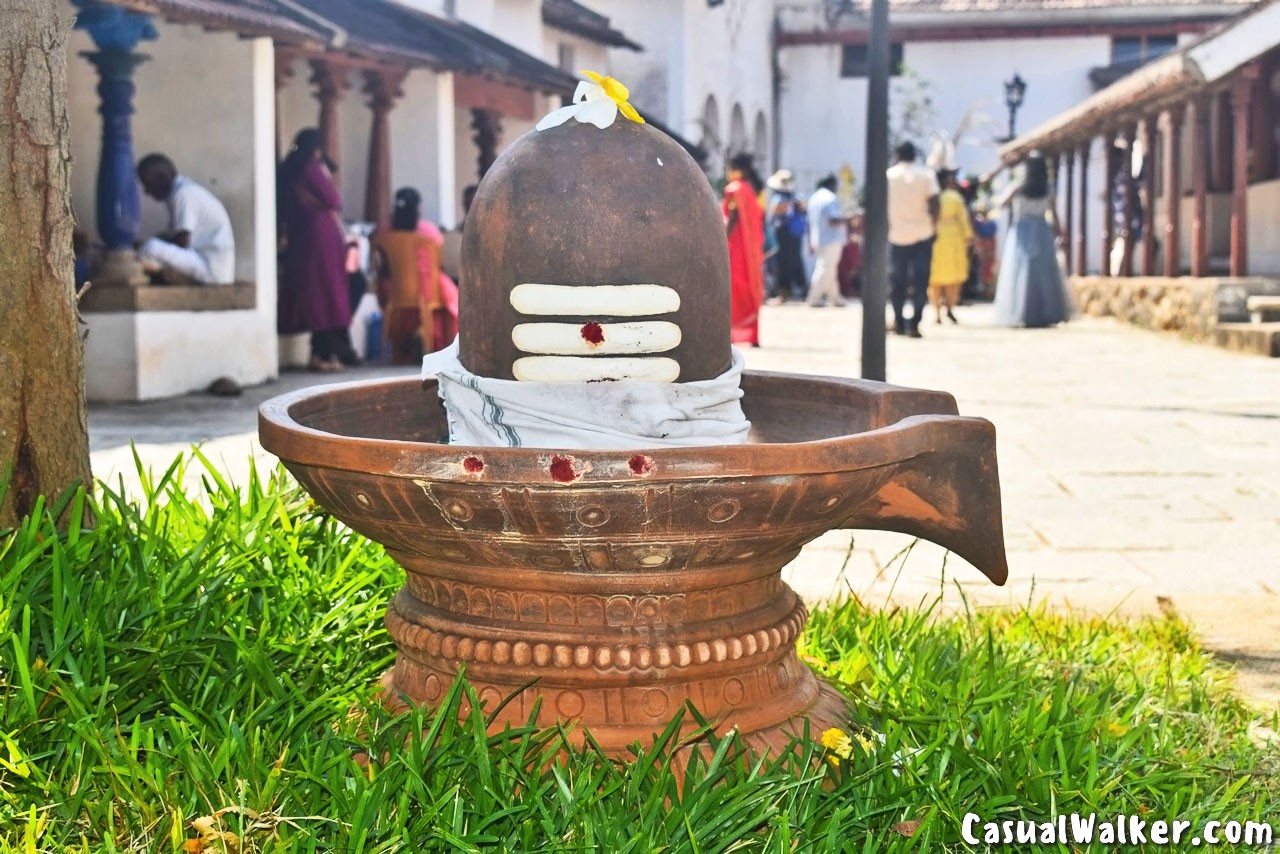
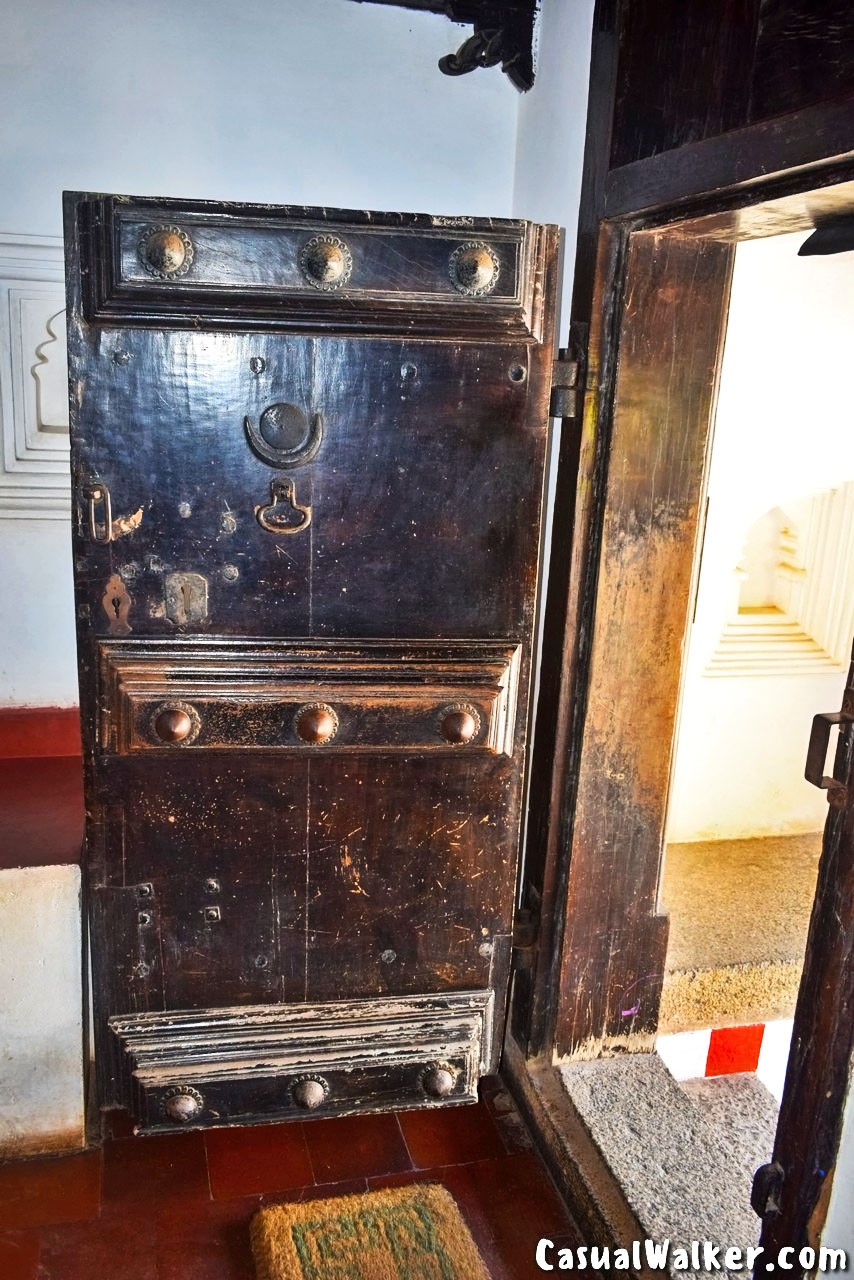
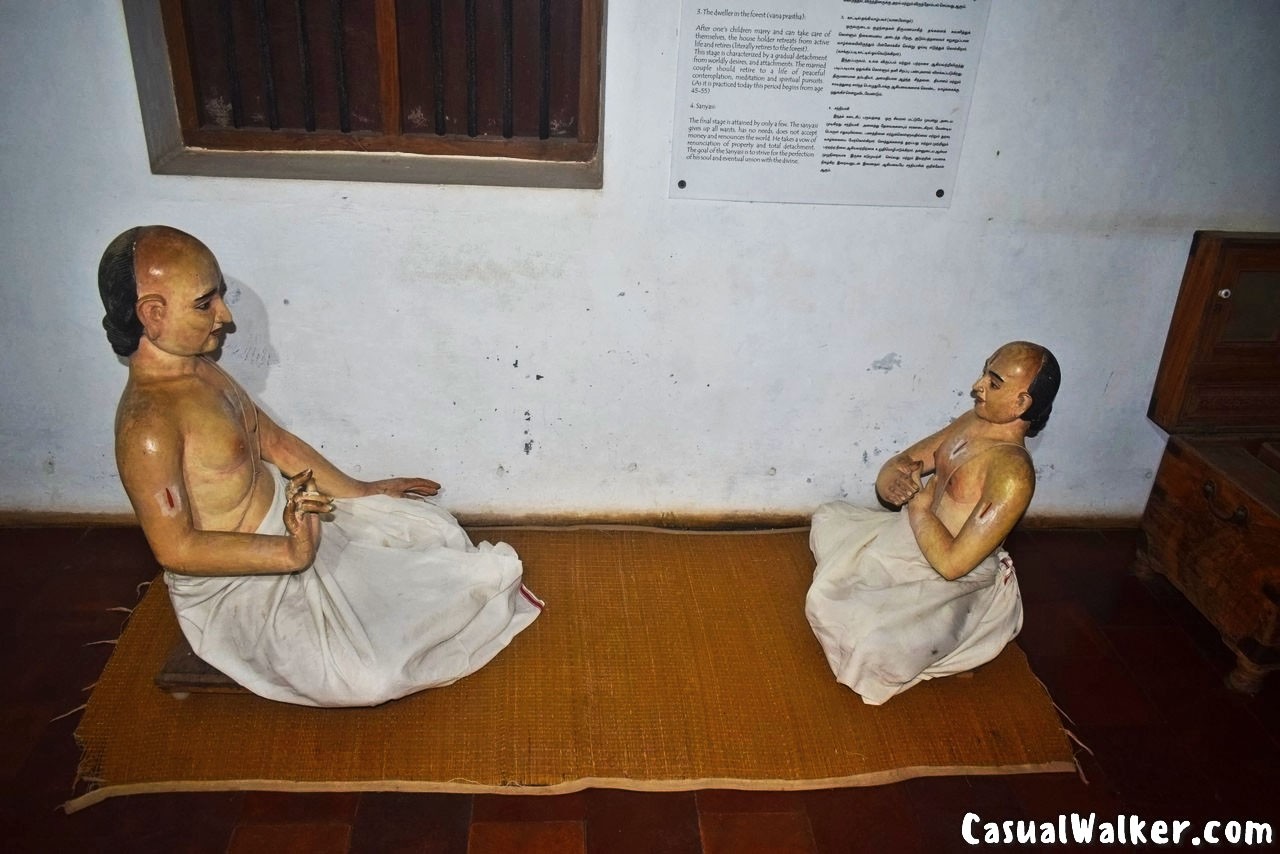

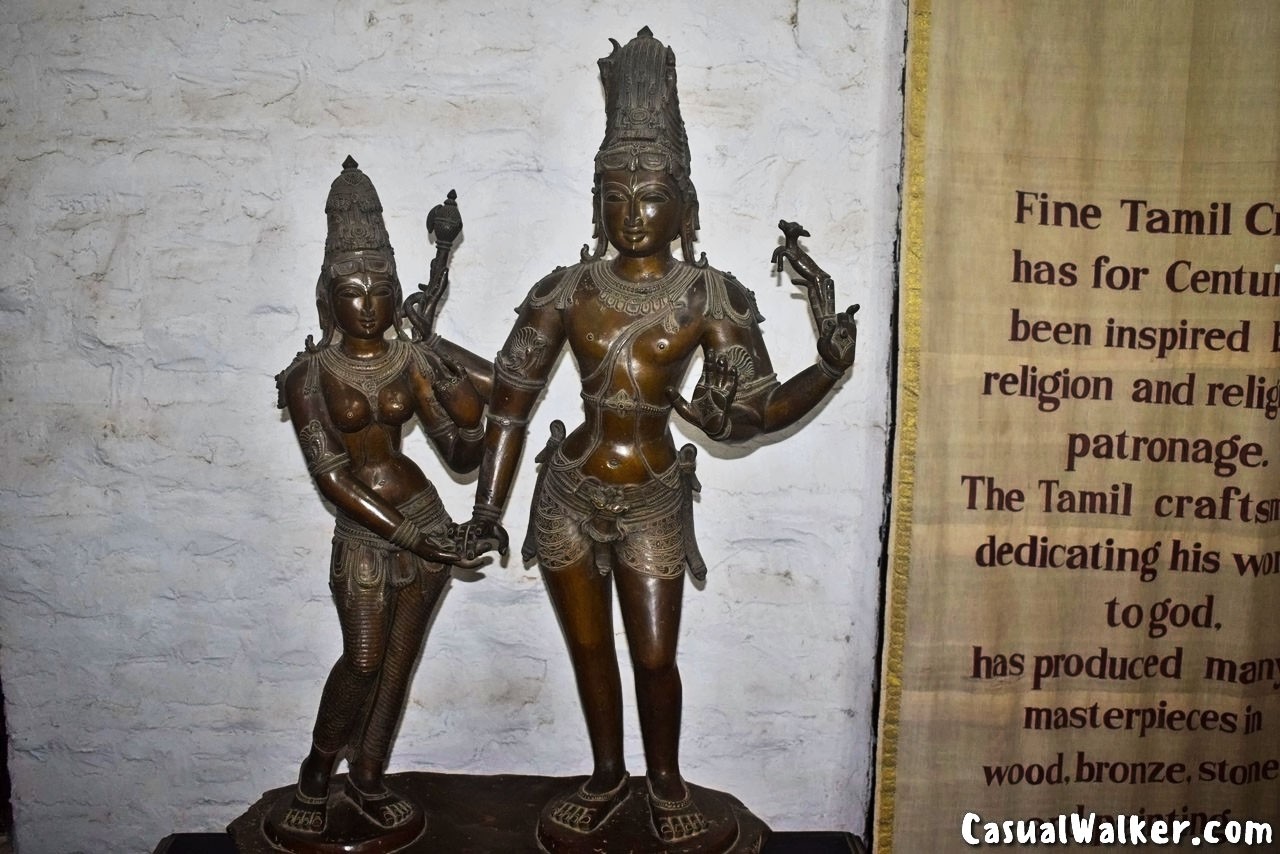
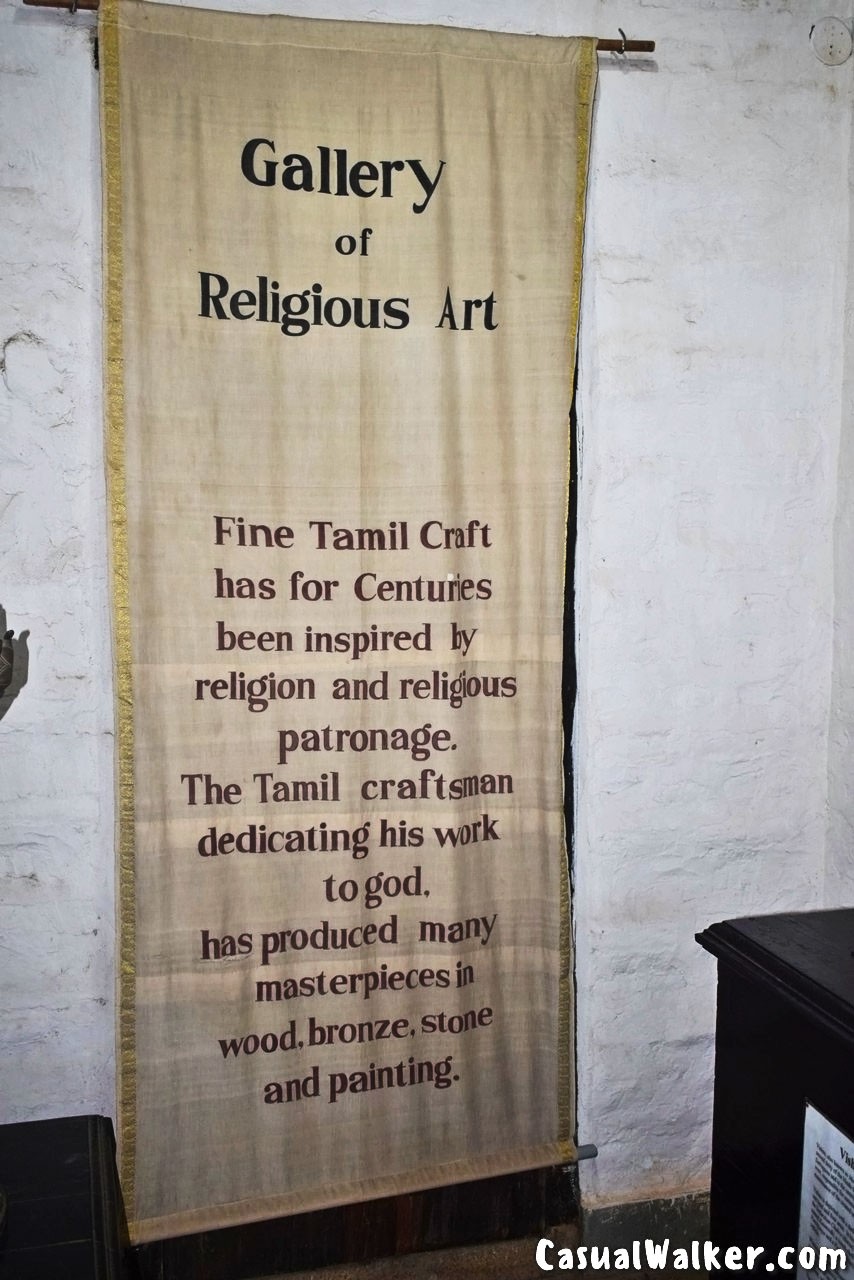
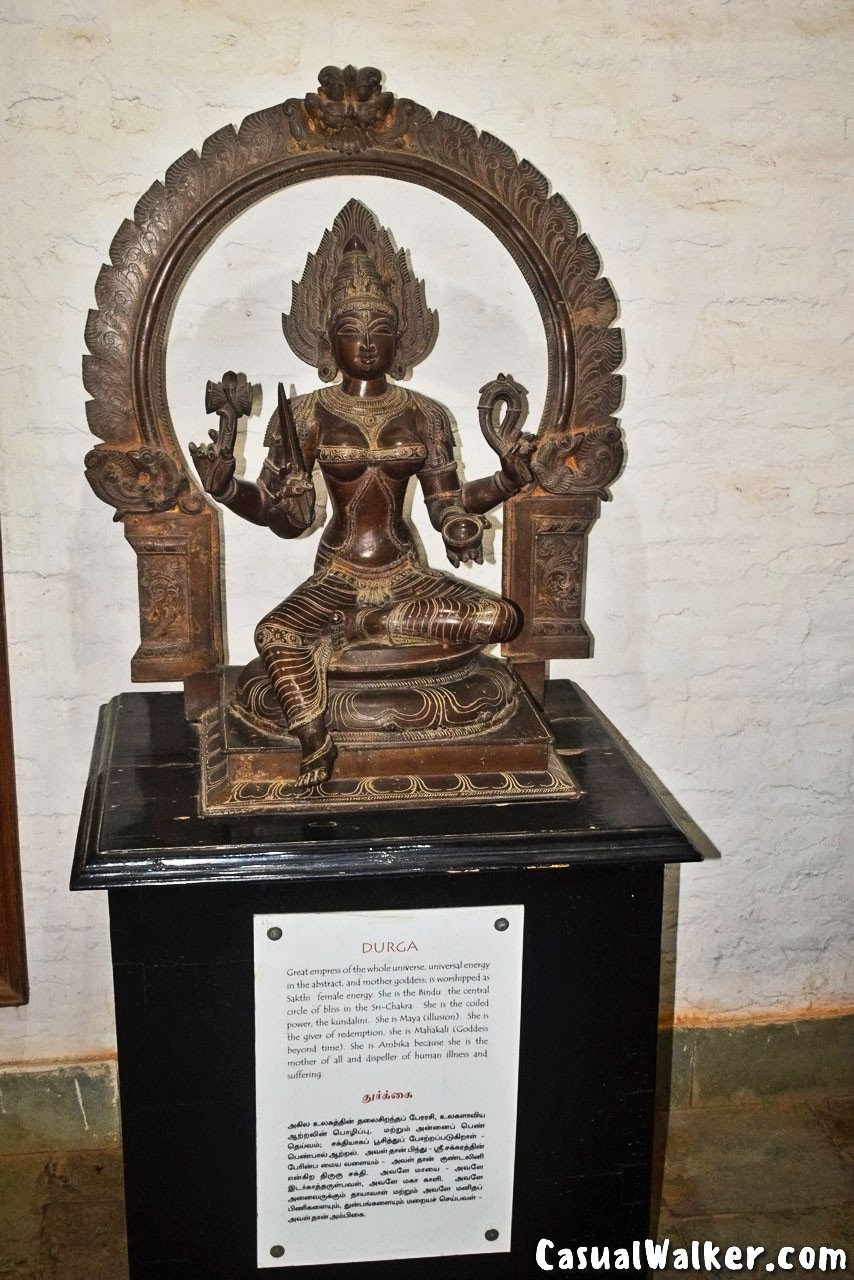
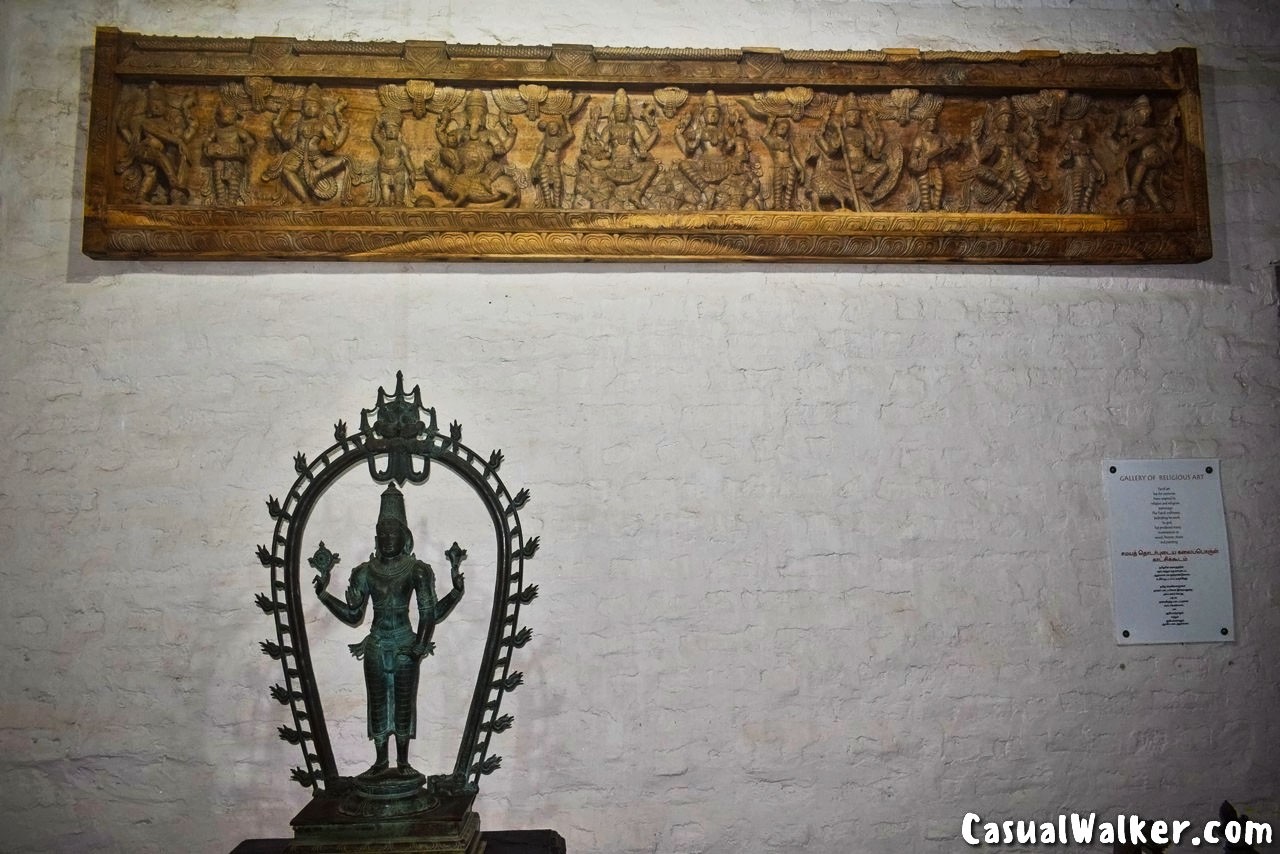

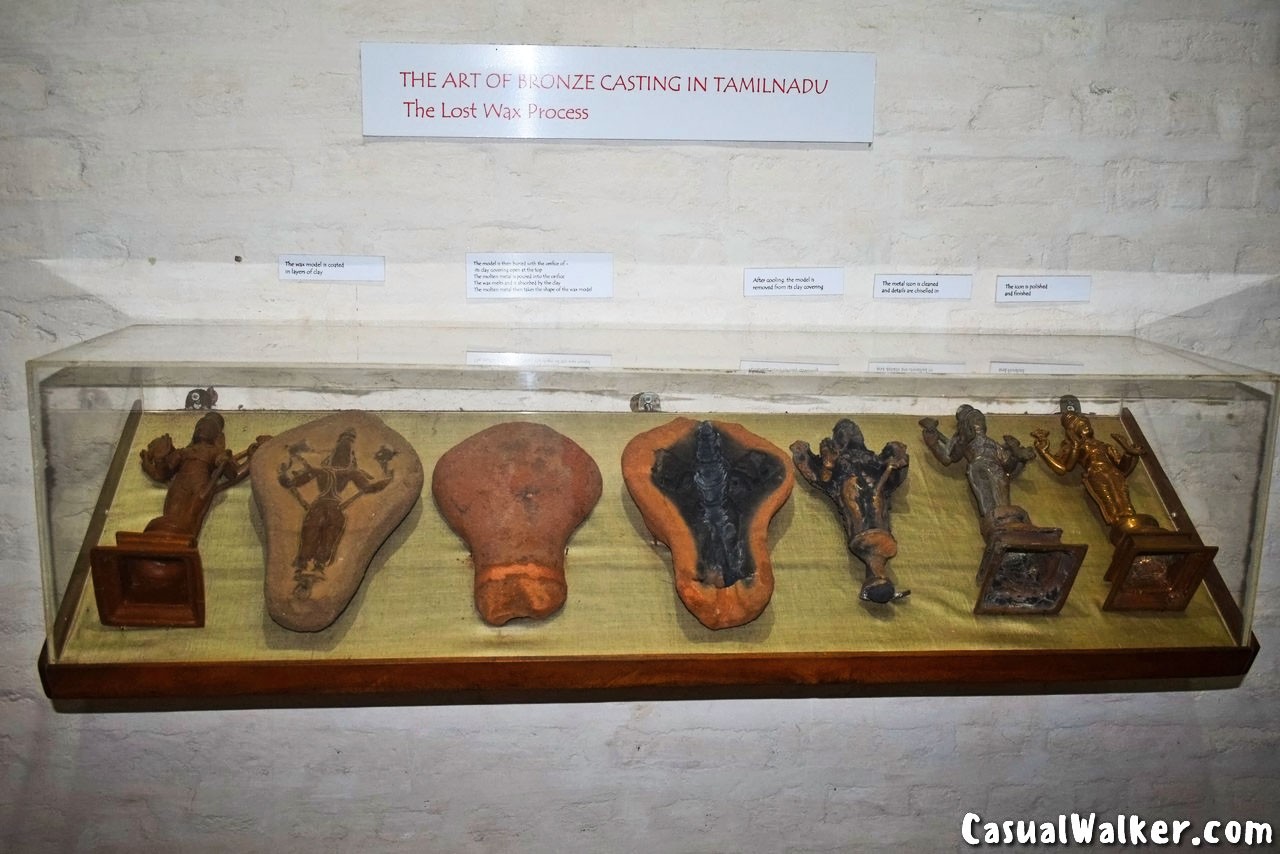
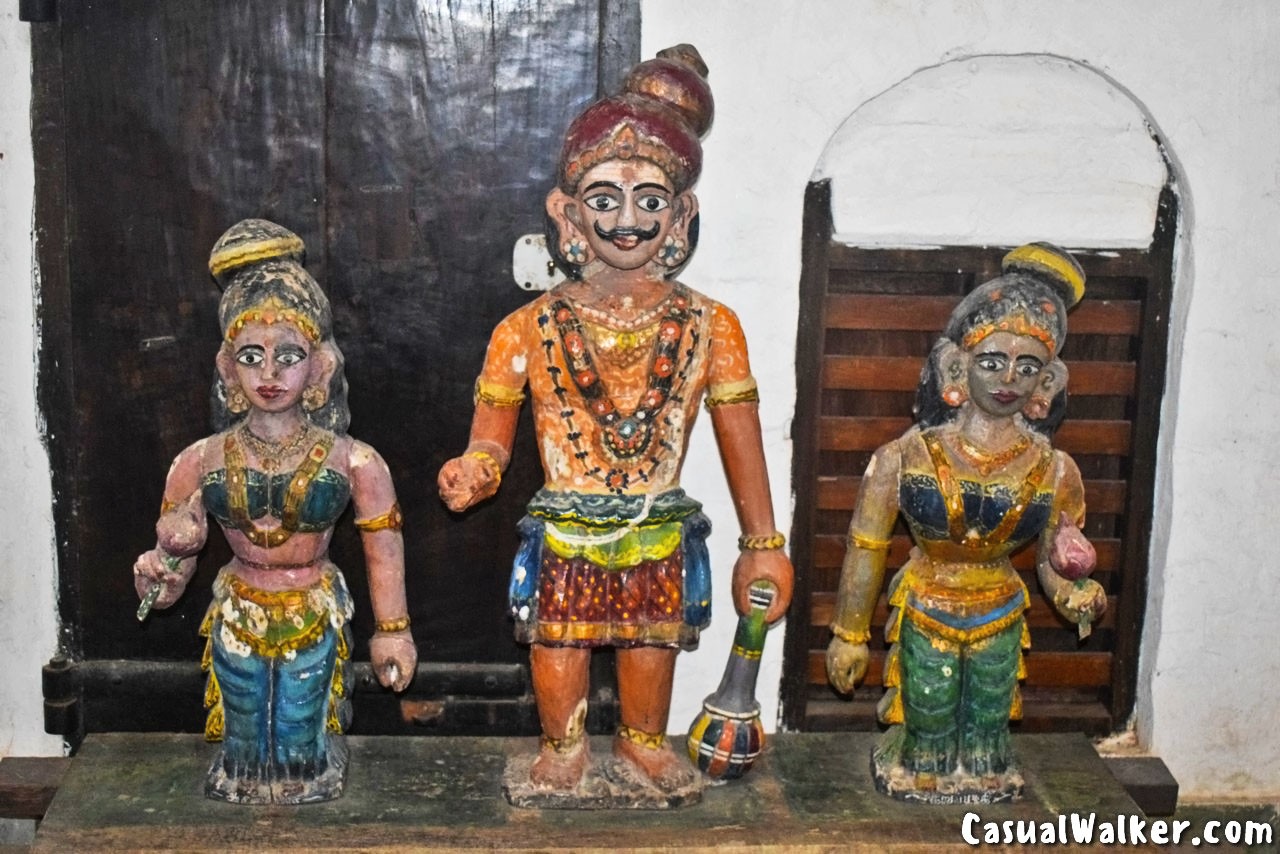

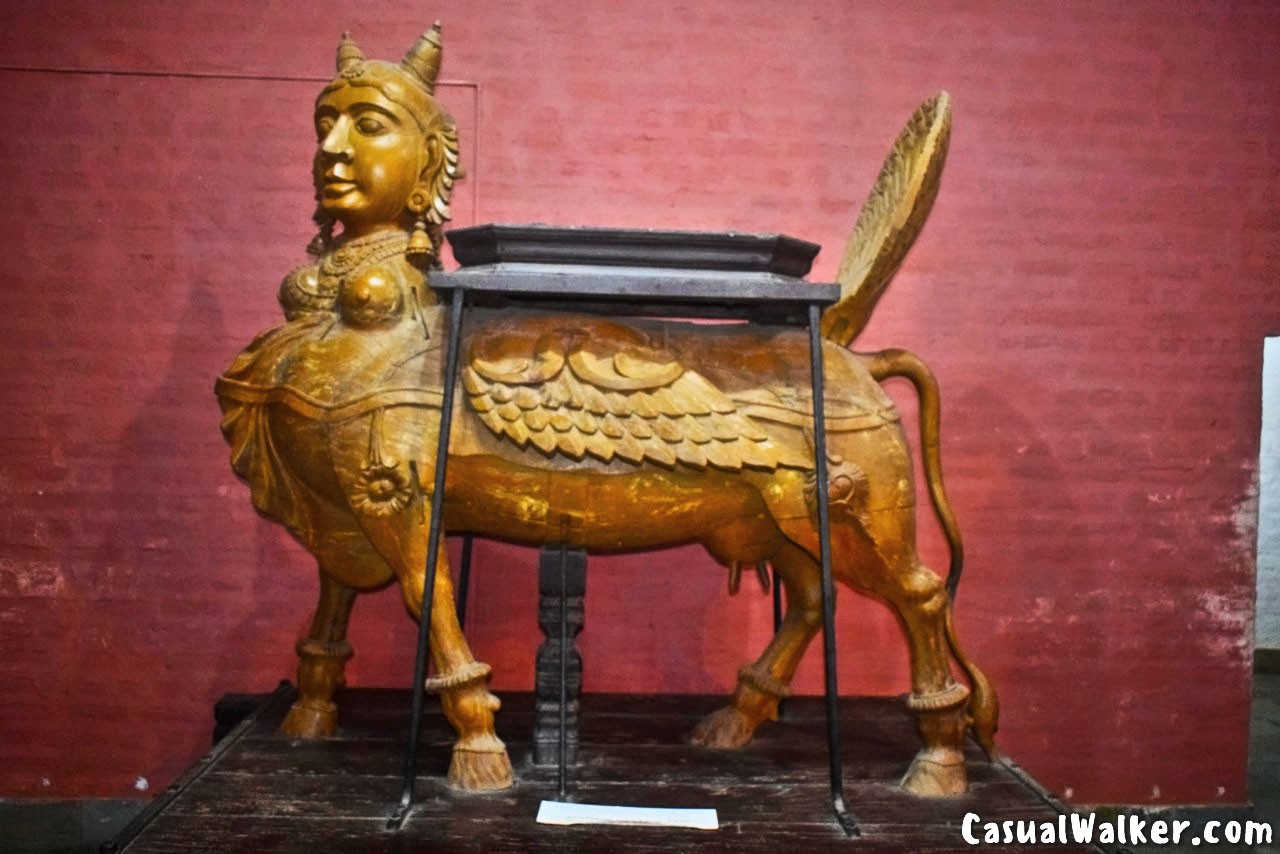
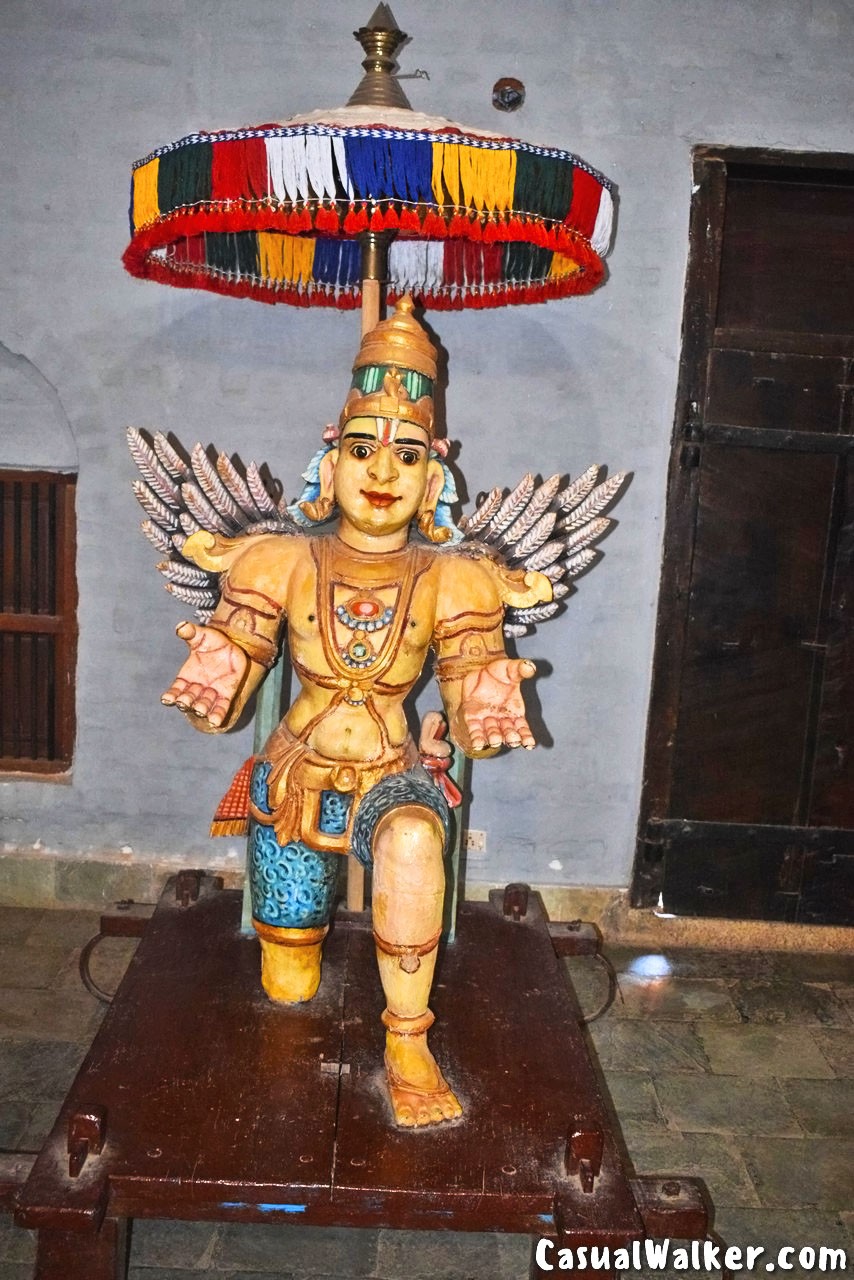
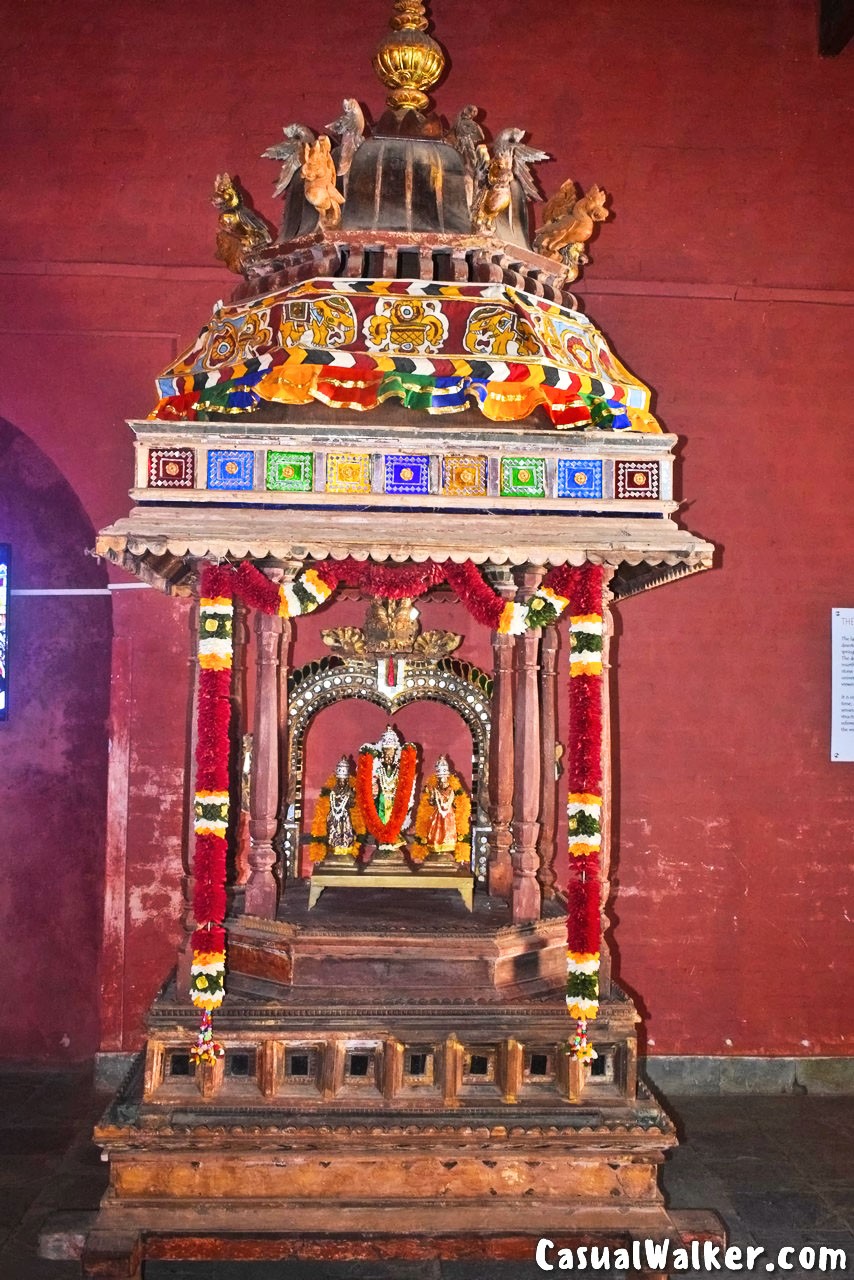

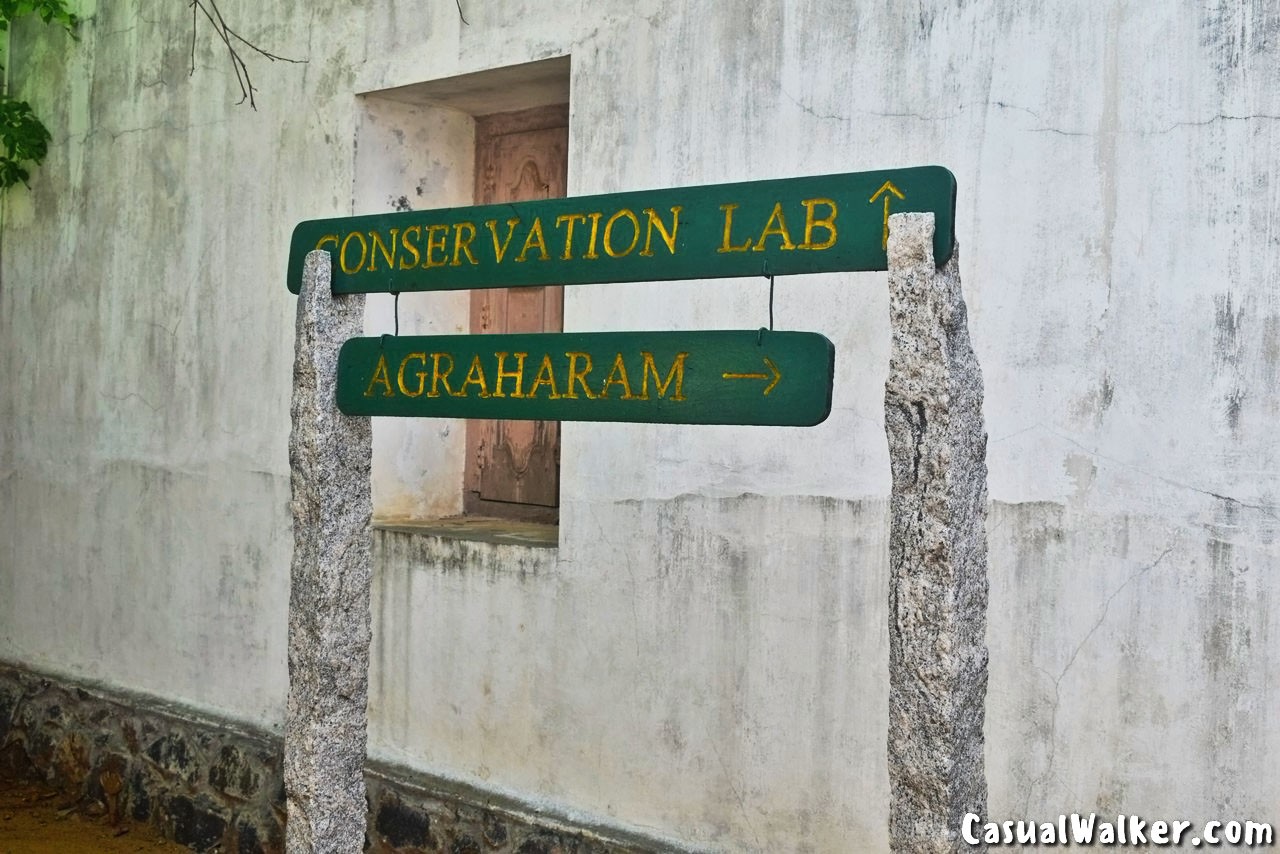


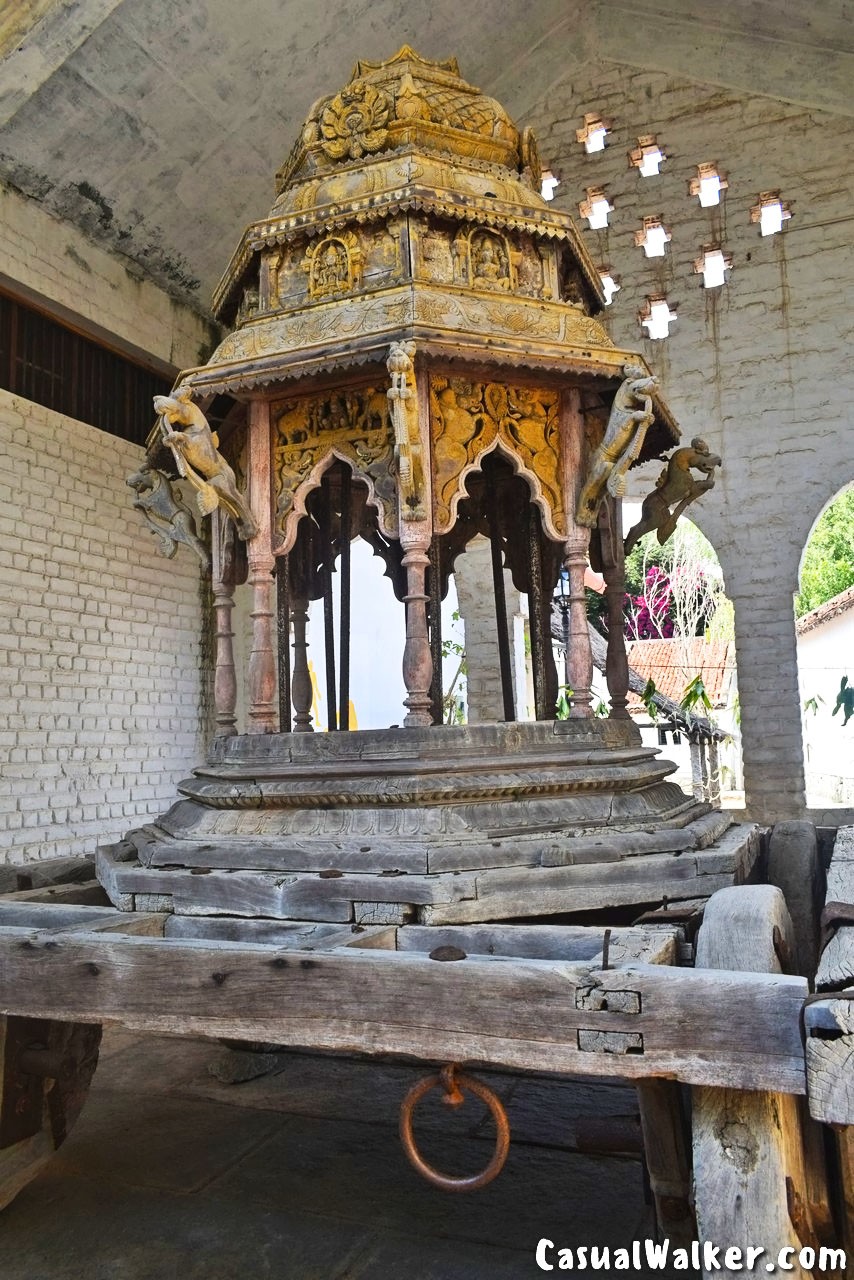
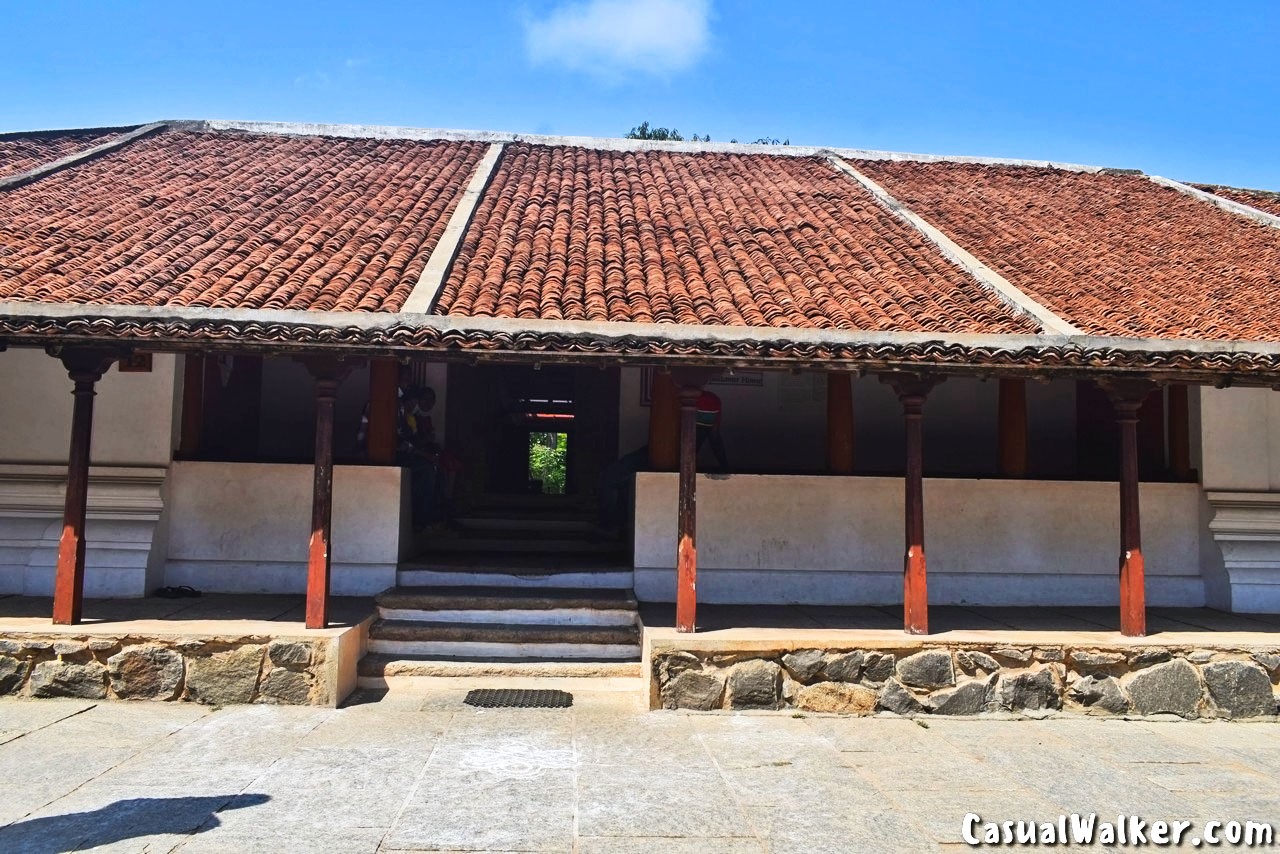
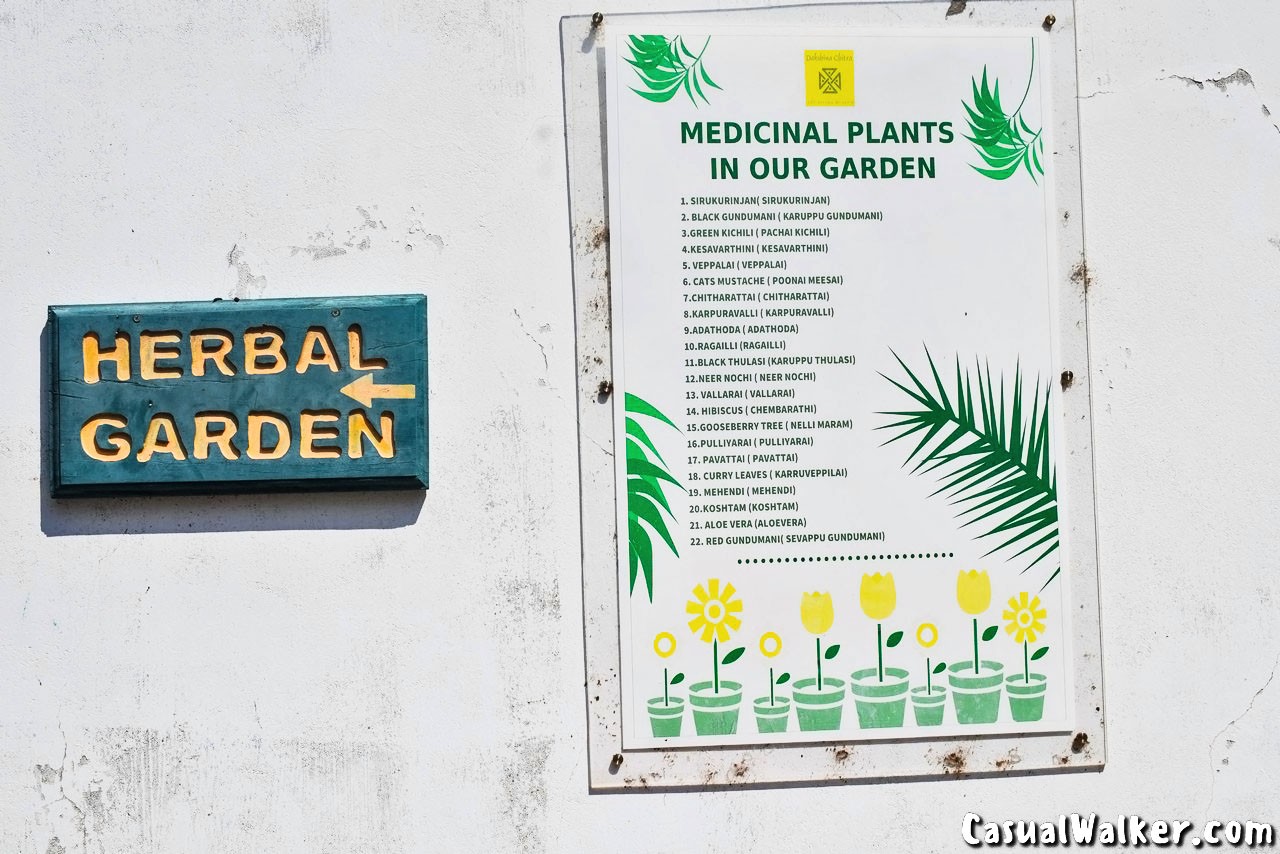
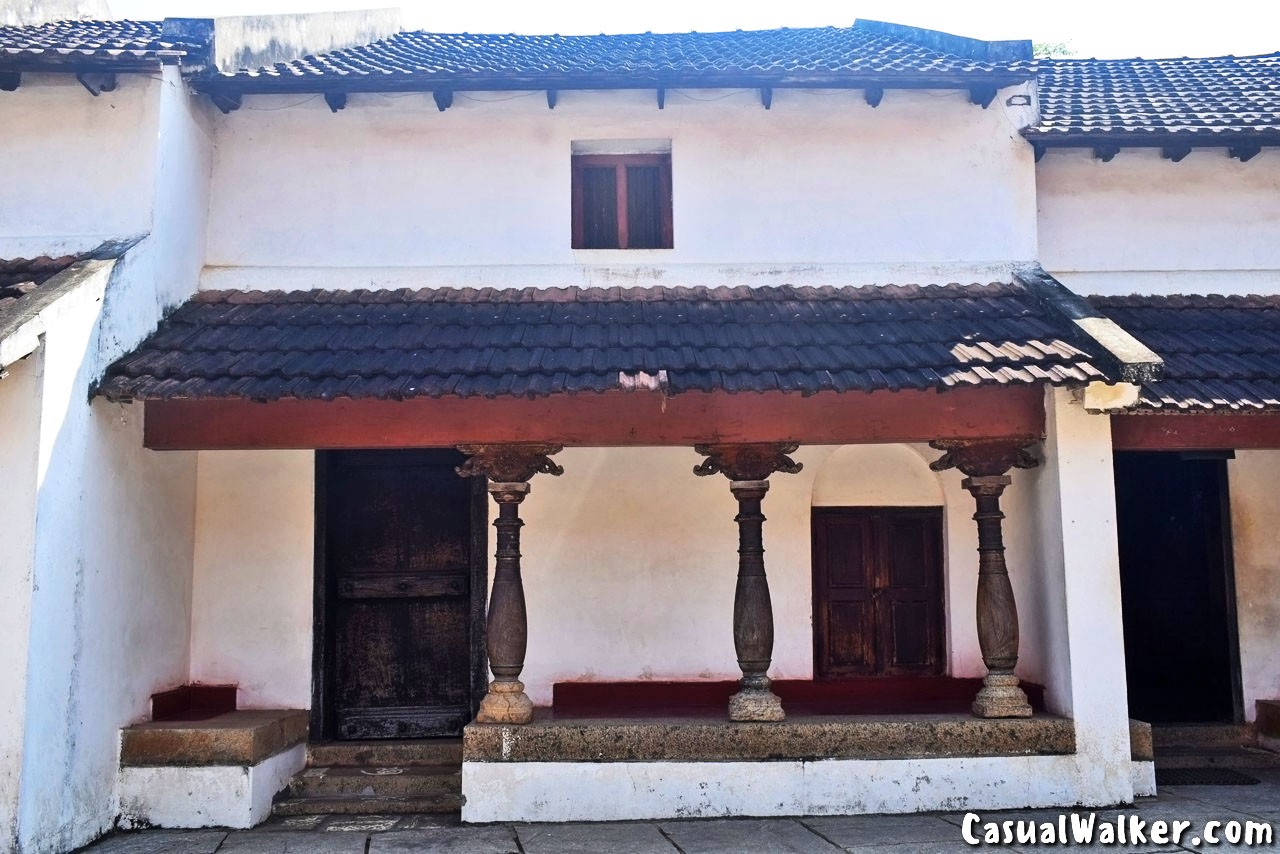
Agricultural house – Mayavarnam, Thanjavur district :
The Agriculturist house was reconstructed without any change except for its orientation. The exhibition inside the house shows the different crafts that are part of domestic living and the agricultural equipment used for paddy and for dry cropping.
Agriculturist’s house from Sattanur, Mayavarnam district of Tamil Nadu will let us have a peep into the agricultural surrounding of early timelines of Tamil Nadu. The house represents various houses in Mayavaram and Tanjavur districts in and around villages. The traditional household items of agriculturists are on display, which is most common in all Tamilnadu agriculturist houses.
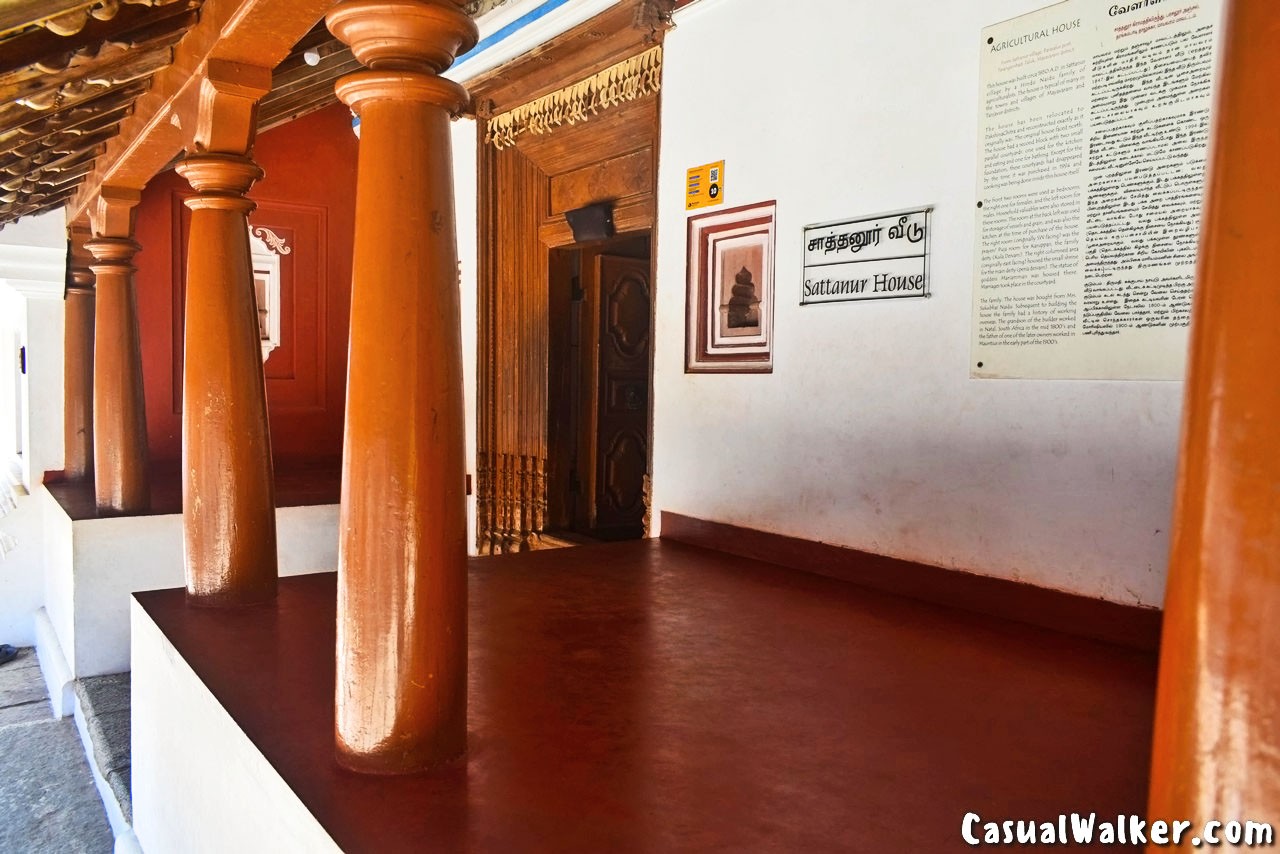
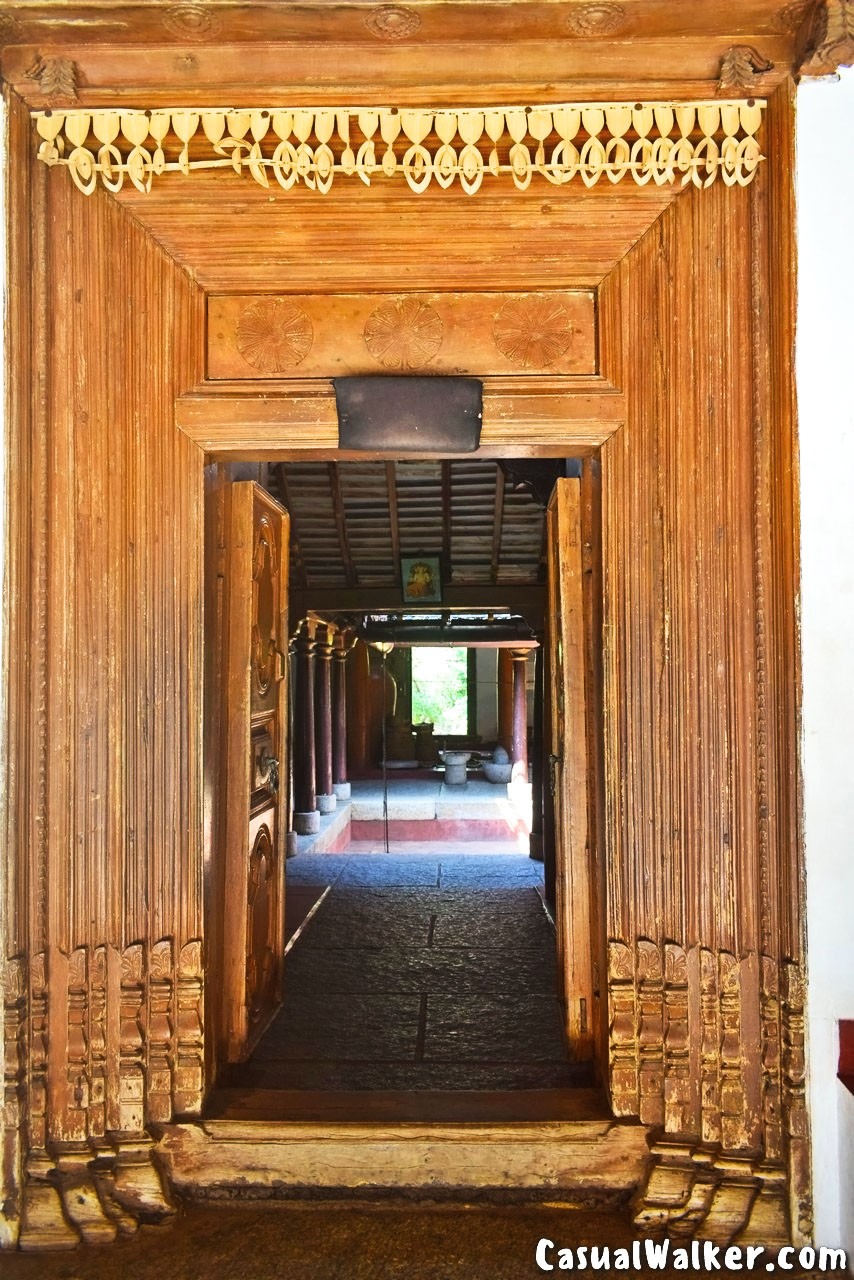
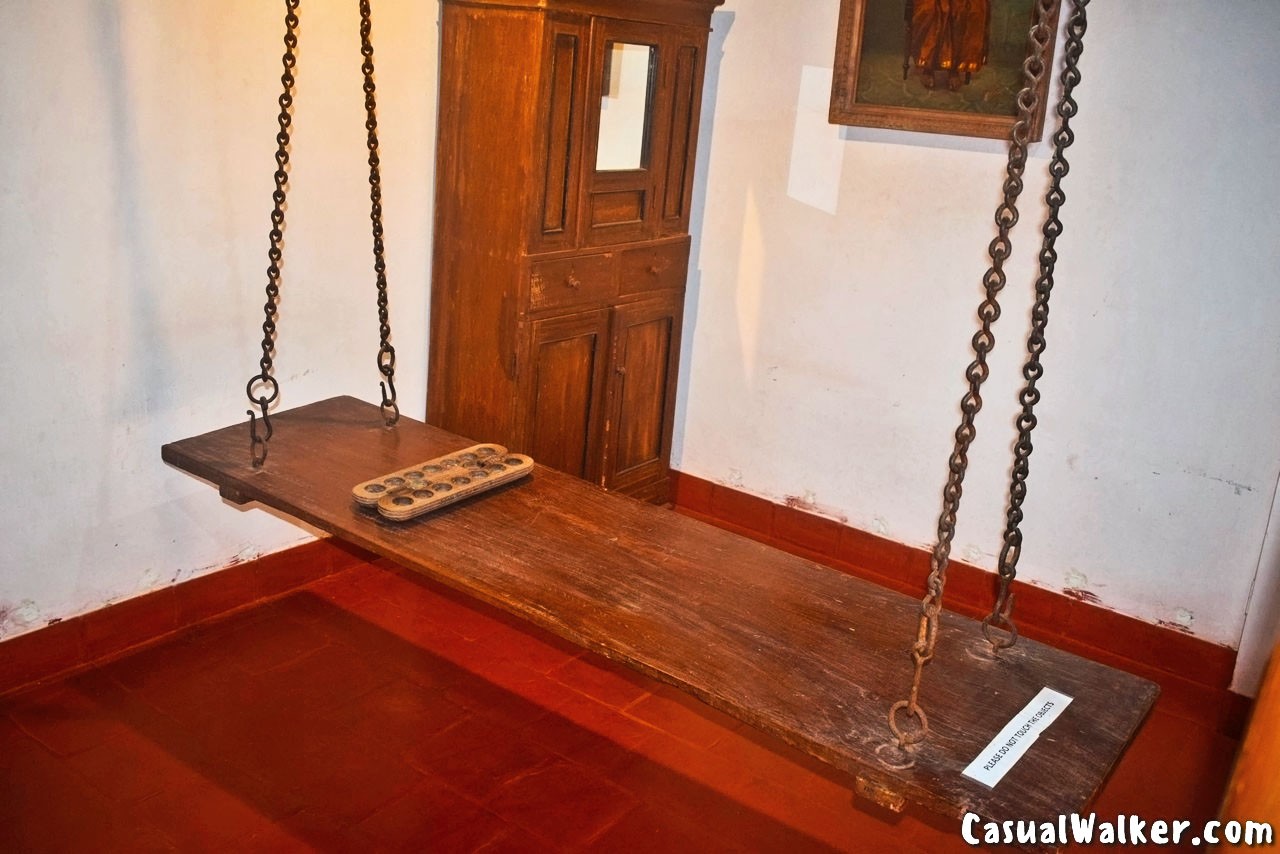
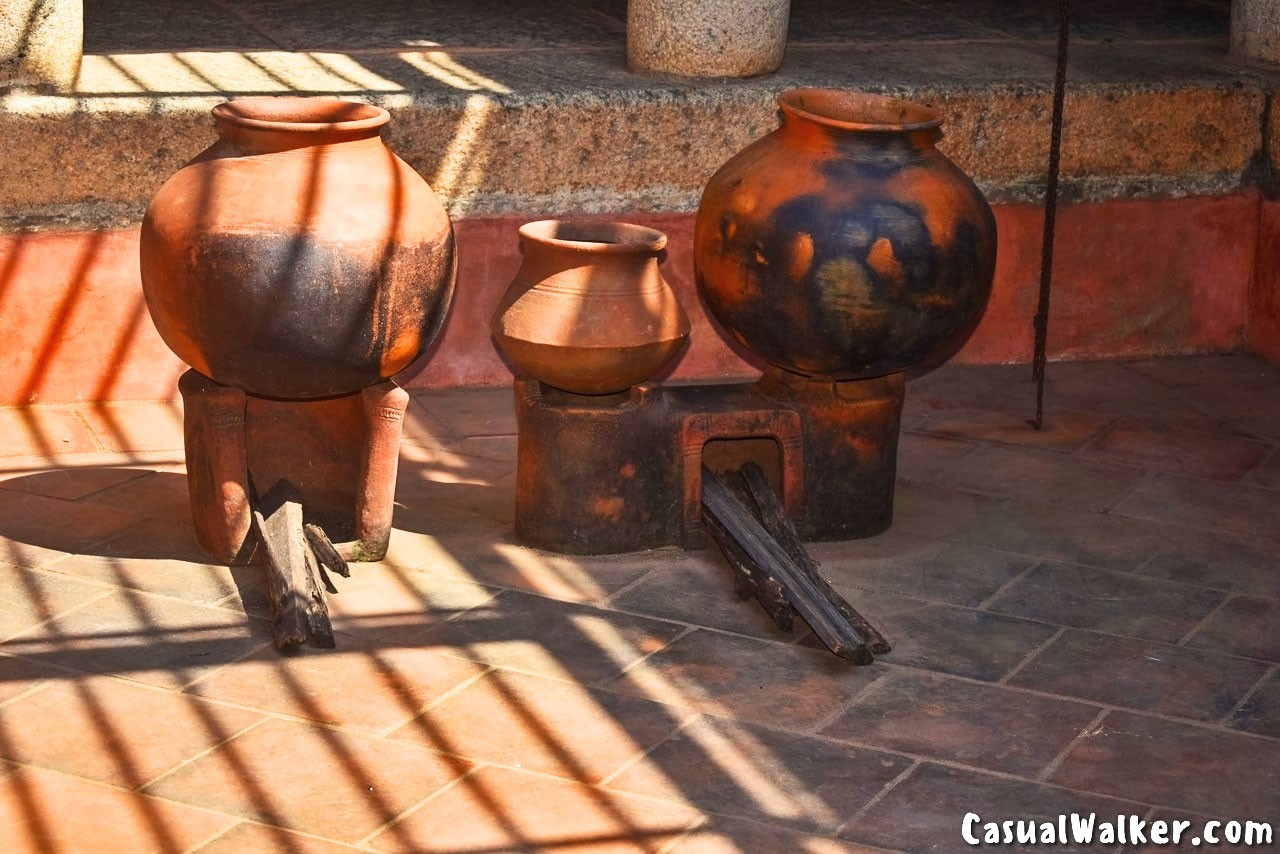
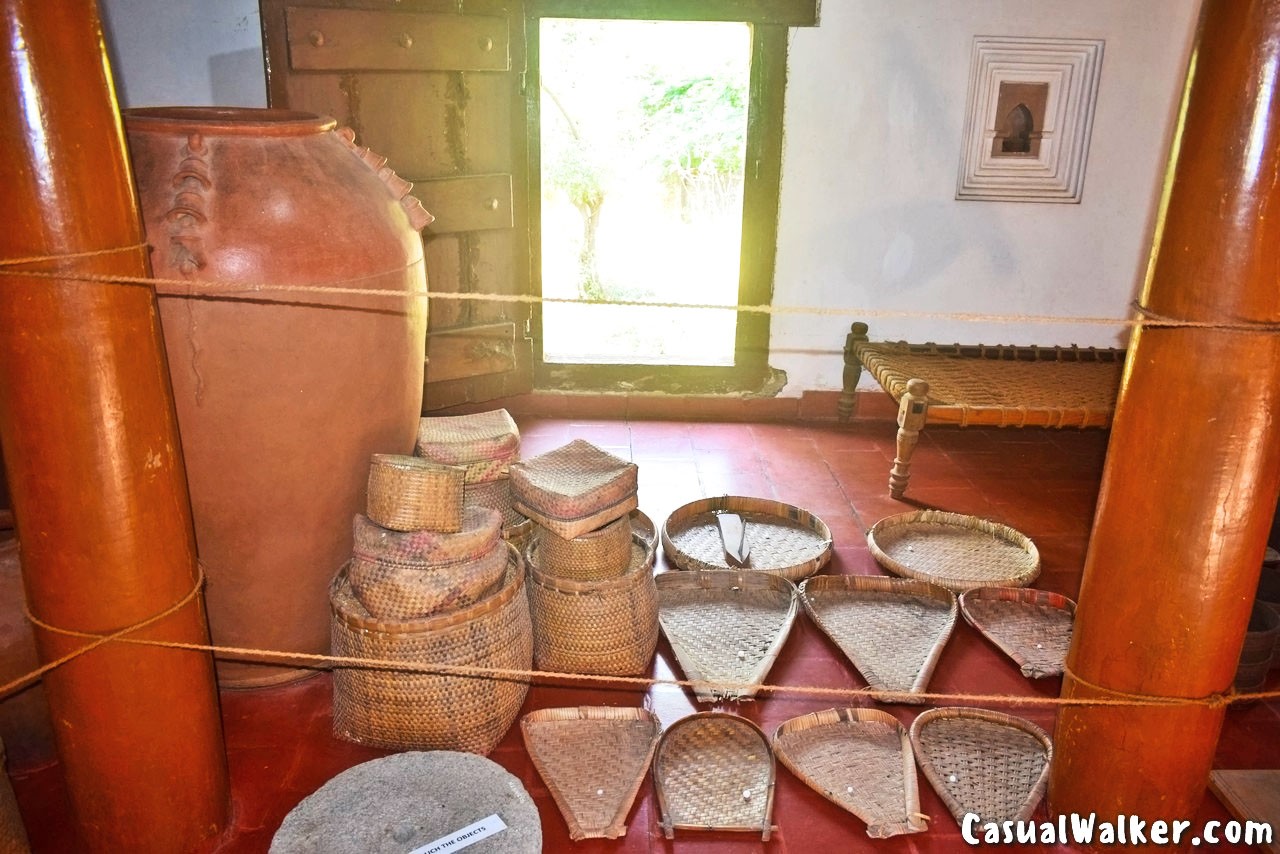
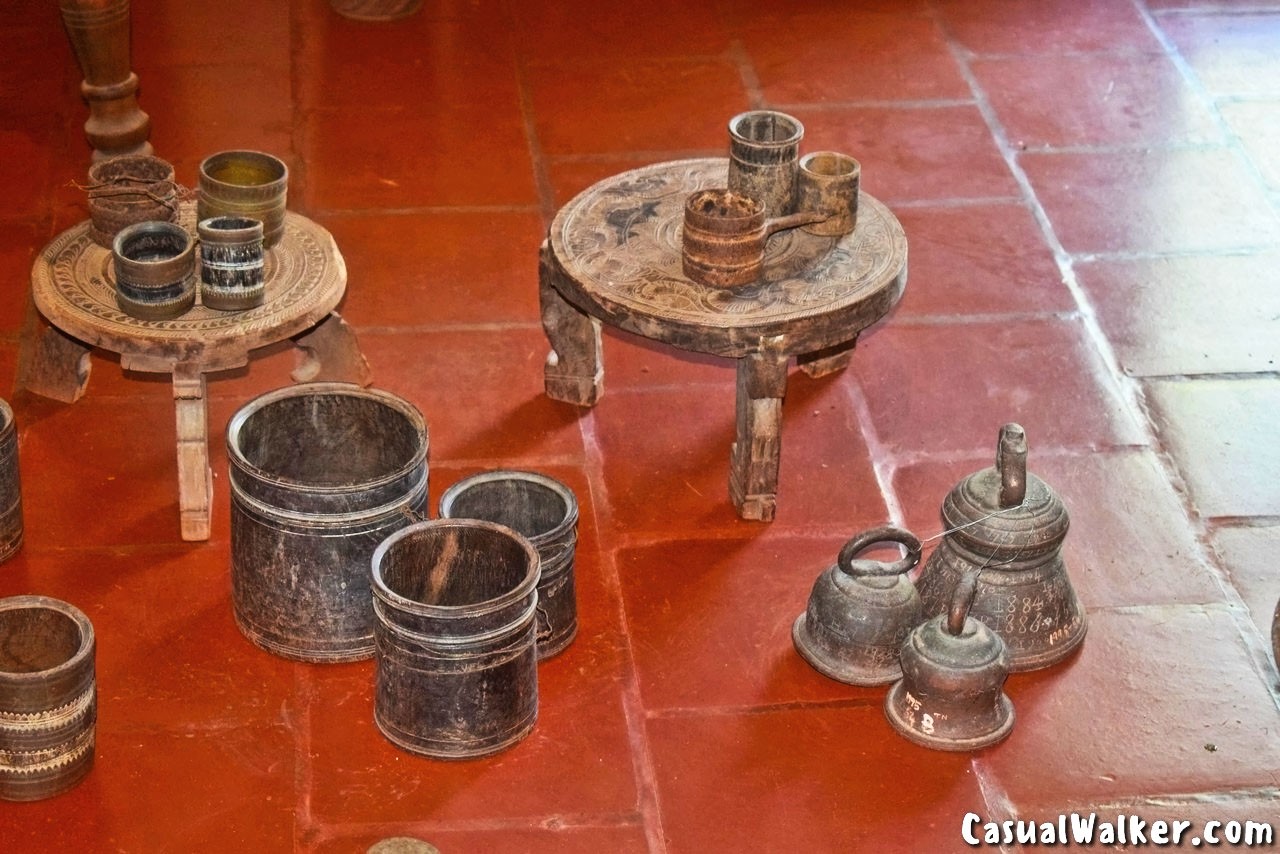

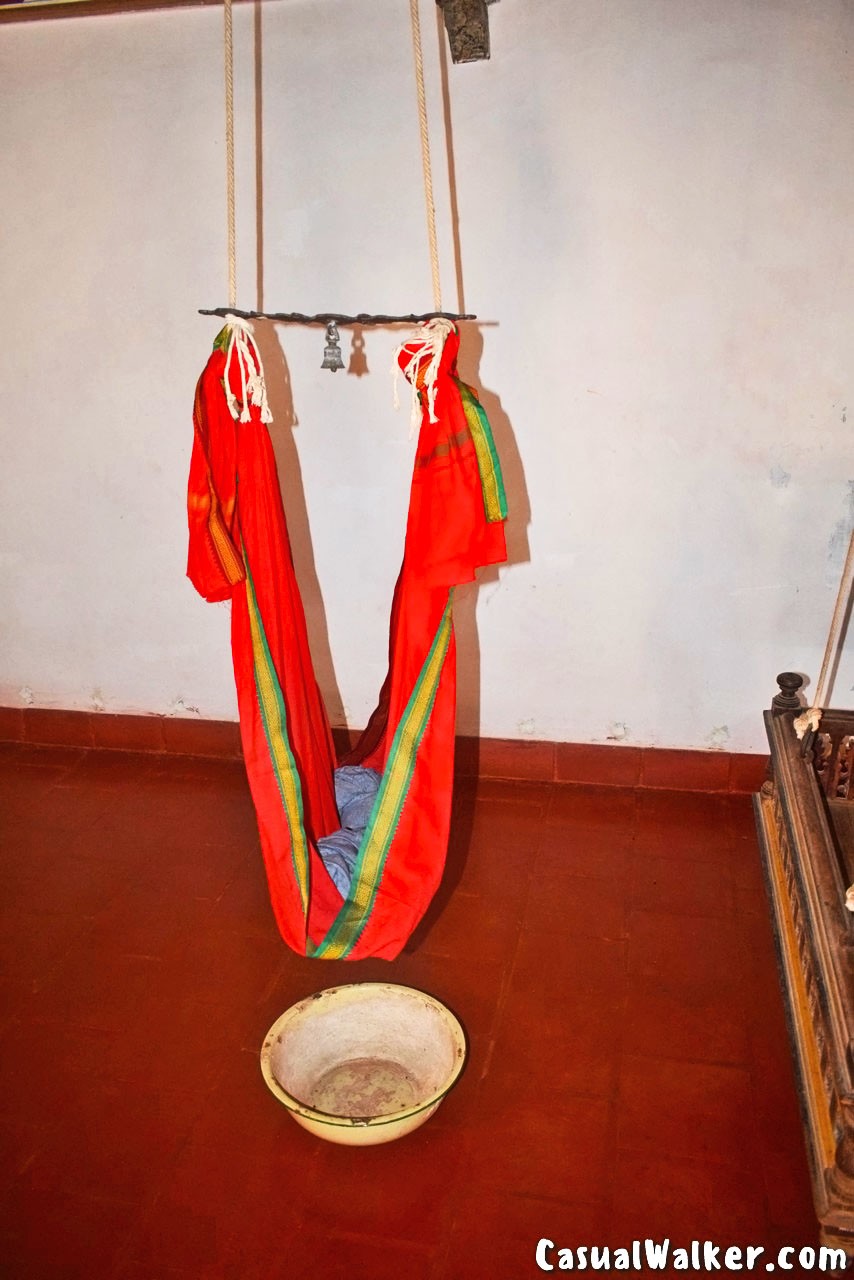
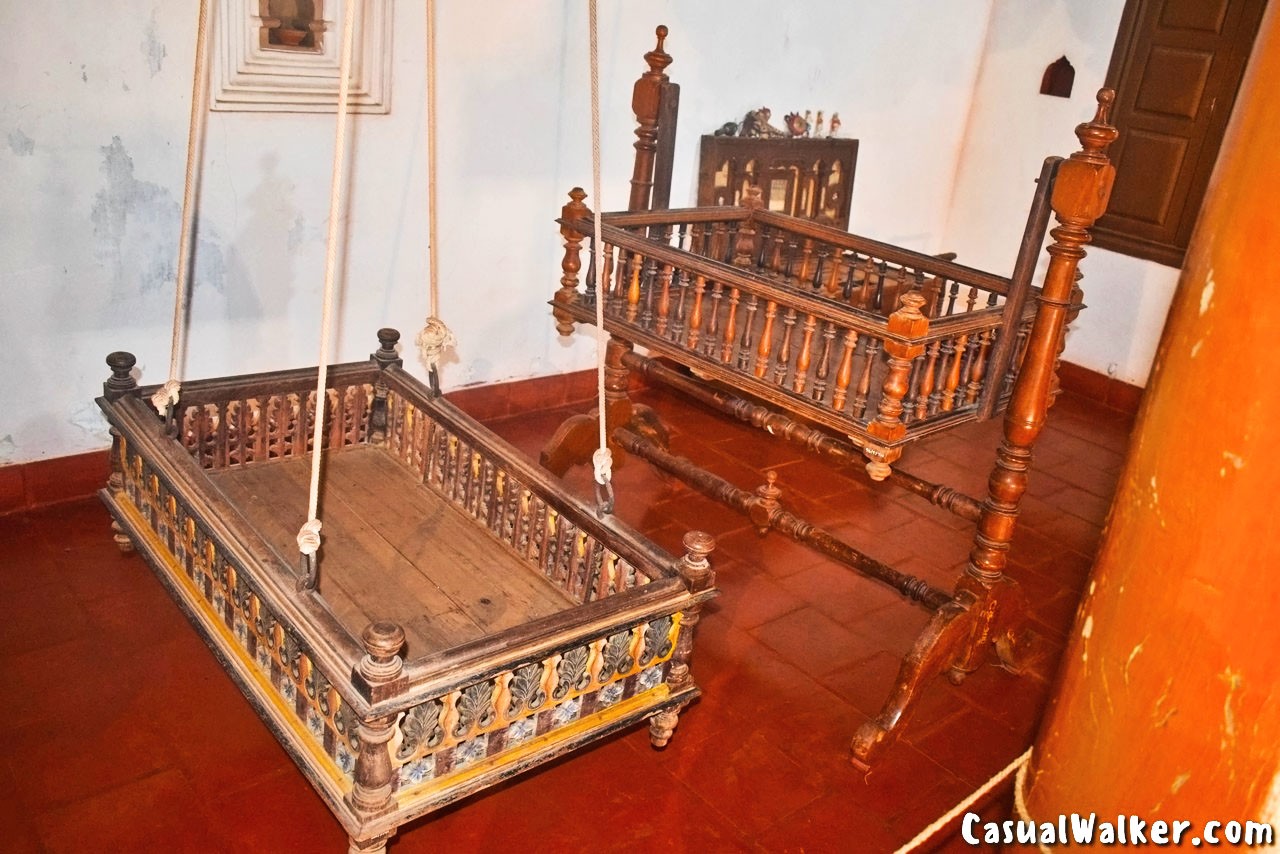
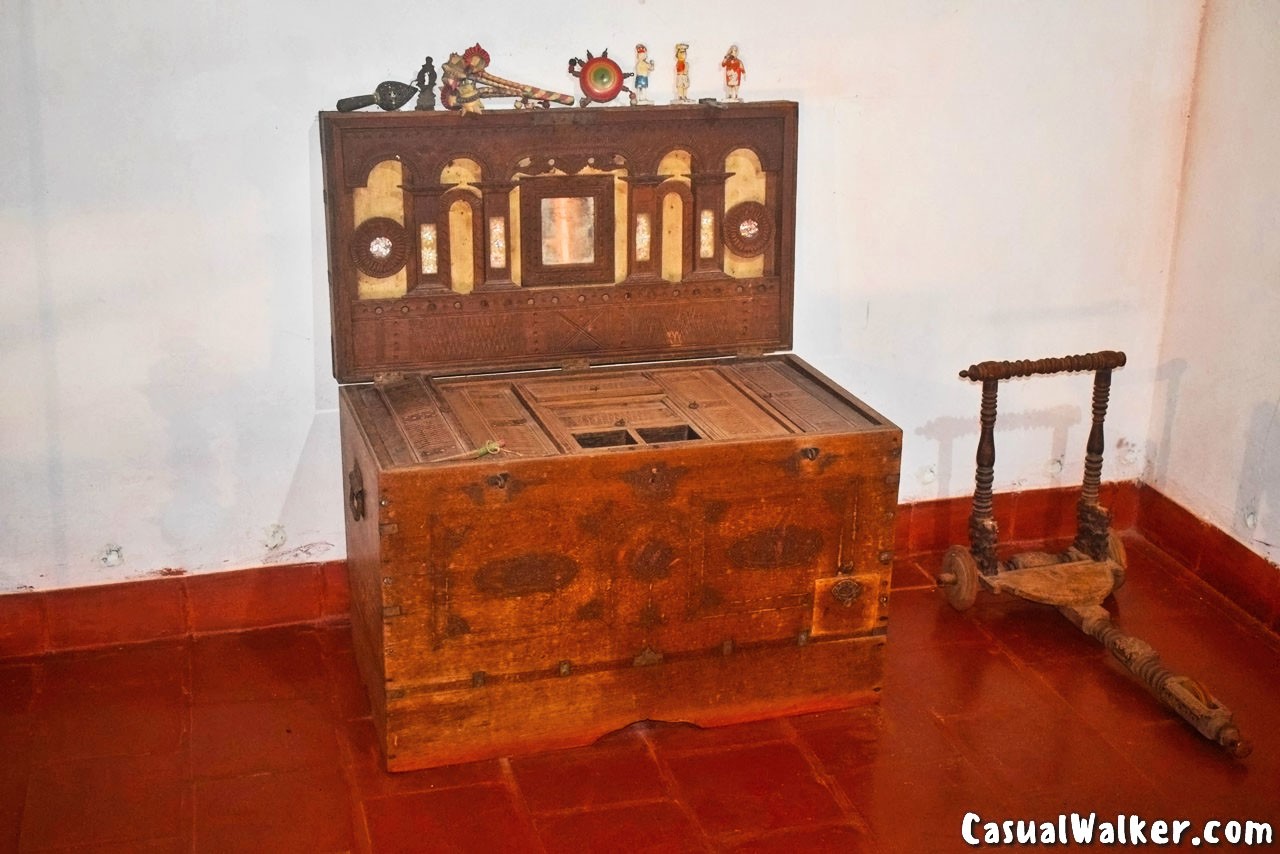

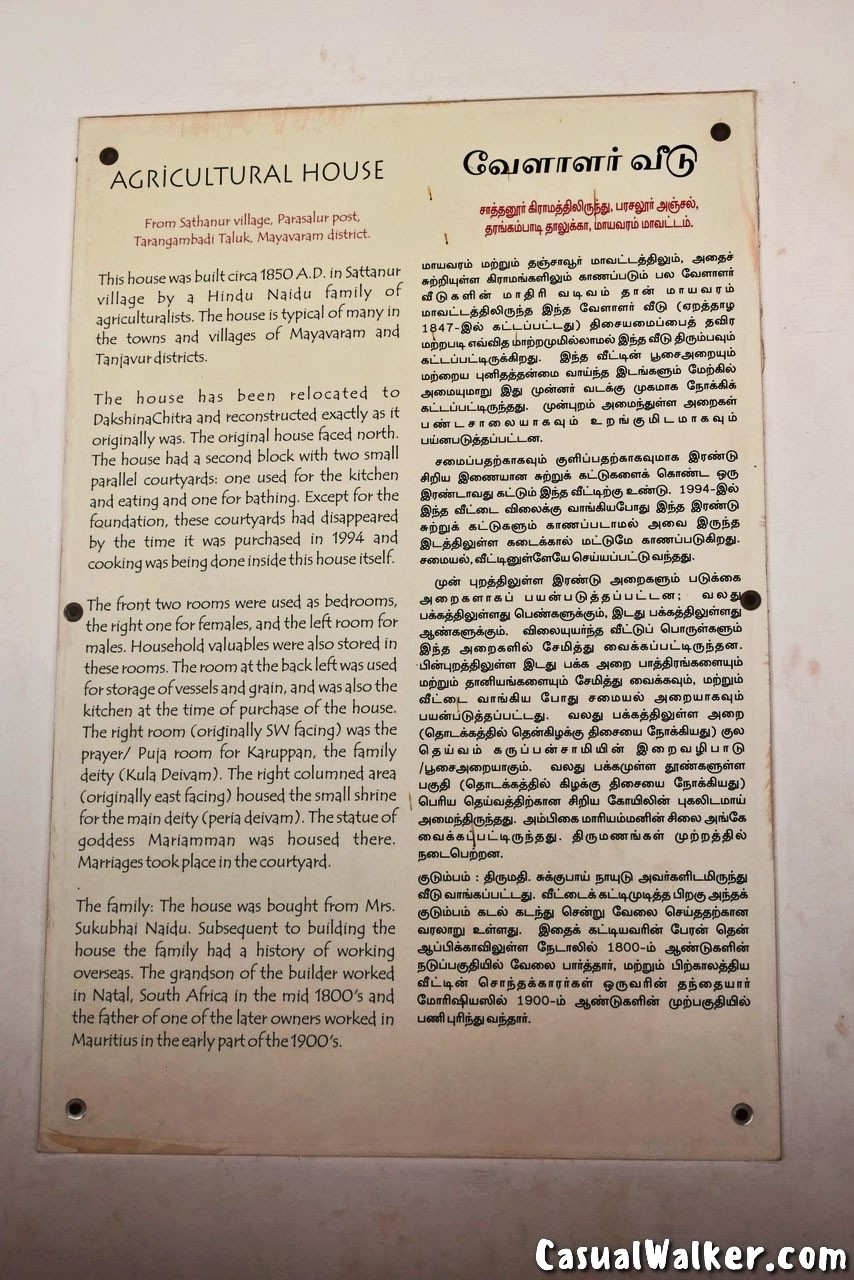
Activities at DakshinaChitra:
There are activities at DakshinaChitra for kids and craft lovers. Dhakshinachitra regularly conducts several activities and workshops related to Palm Leaf Crafts, Pottery, Pot Painting, Origami, Paper Crafts, Puppet Making, Fabric Printing, Glass Painting, Pebble painting, and Mehendi.
These activities allow children to directly engage in and create their own crafts and learn our traditional art and cultural forms. At the DakshinaChitra campus, one Artisan is assigned to each craft to exhibit or teach the attendees and we can take our makings with us once they are done. Apart from the primary admission cost, they charge a fee – starting at 20 rupees for each of these programs.
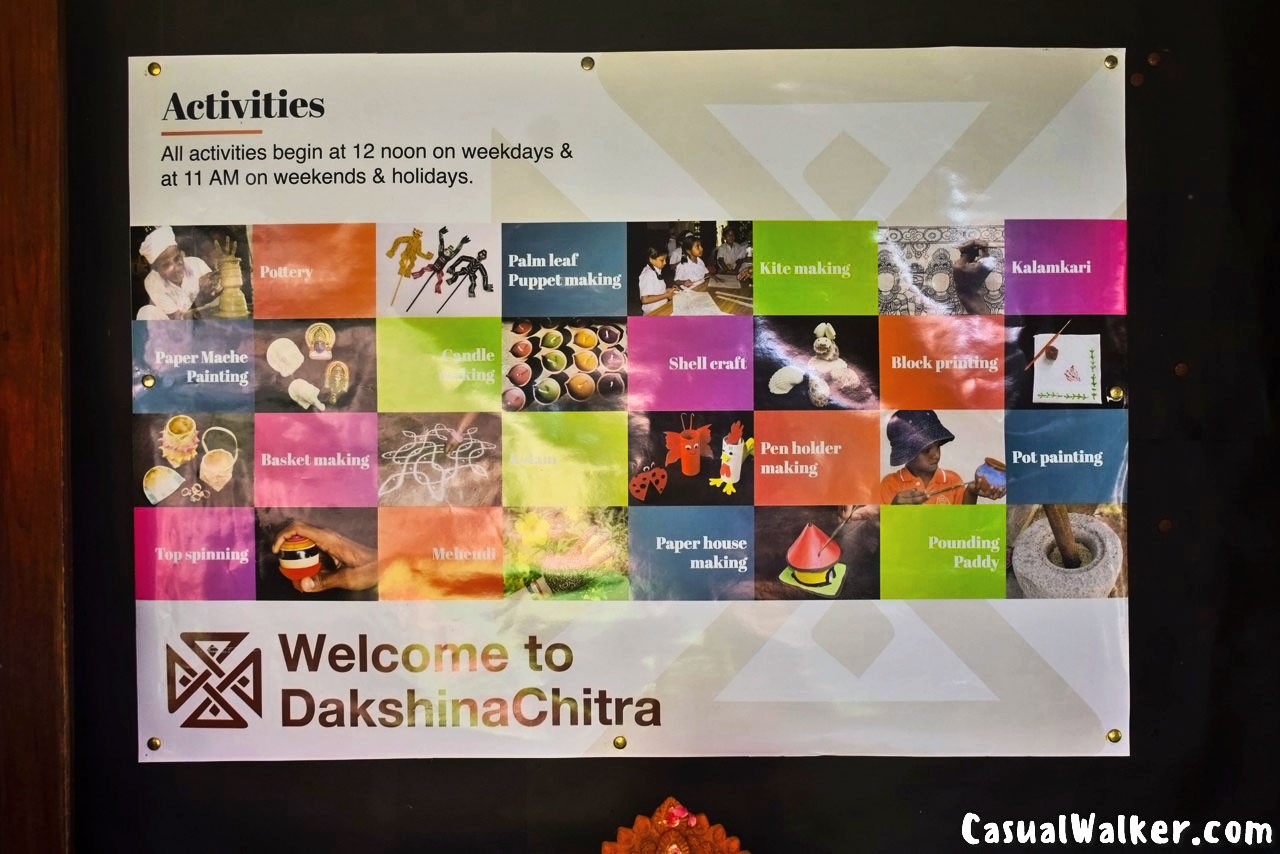
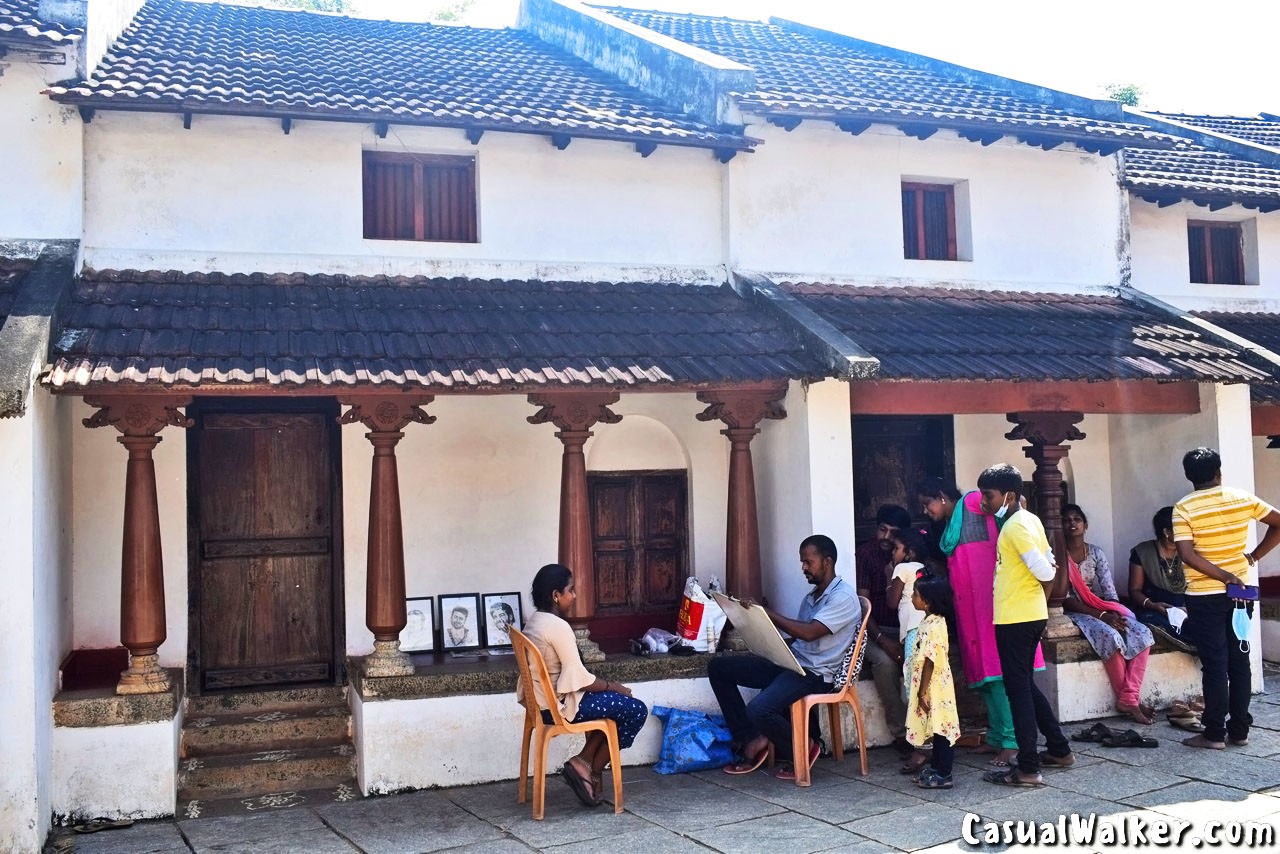
Events & Activities at DakshinaChitra:
These events are conducted on regular basis with proper date and time announcements on their website. We can also enjoy the traditional puppet show, potter’s wheel, traditional board games, Bioscope, Kili Joshiyam – Parrot Astrology, where the little parrot picks a card based on our name and the astrologer reads our fortune.
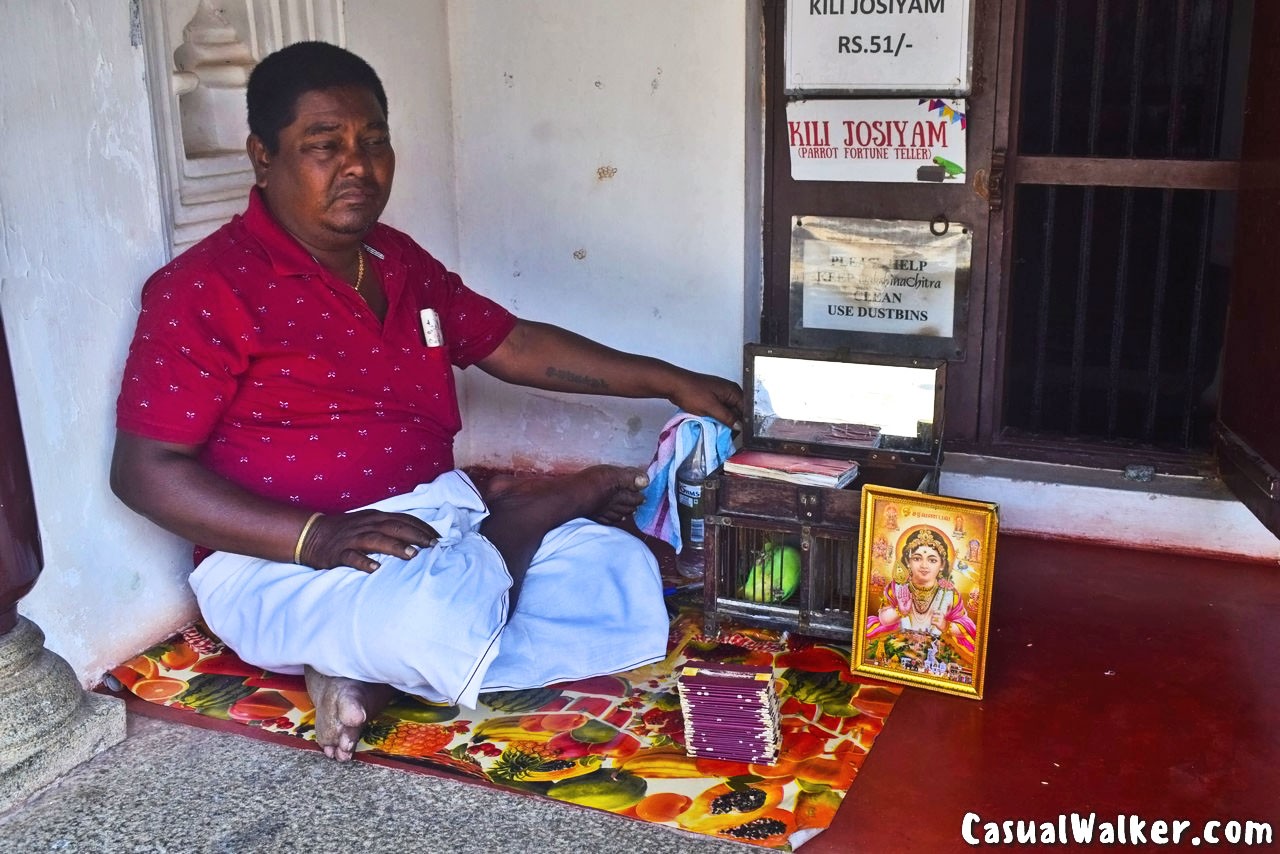
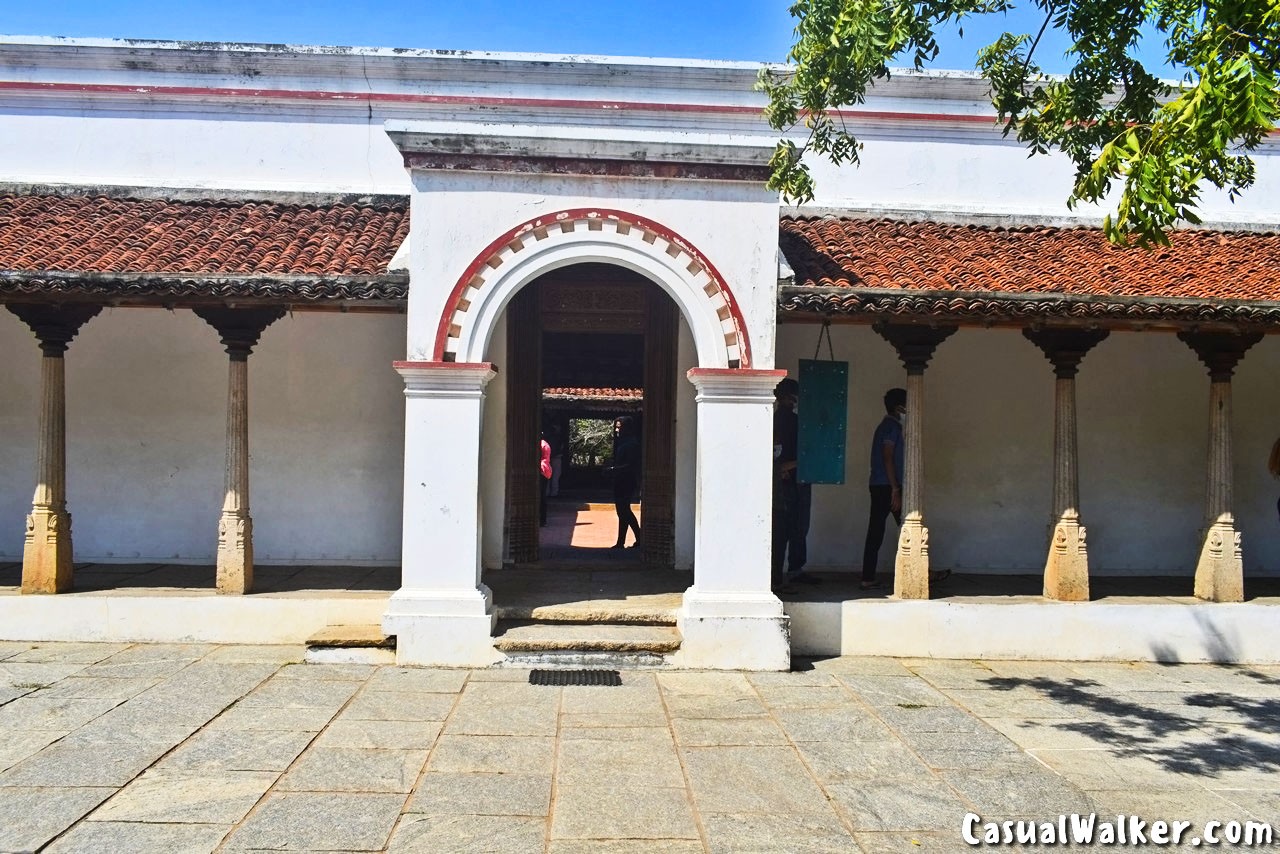
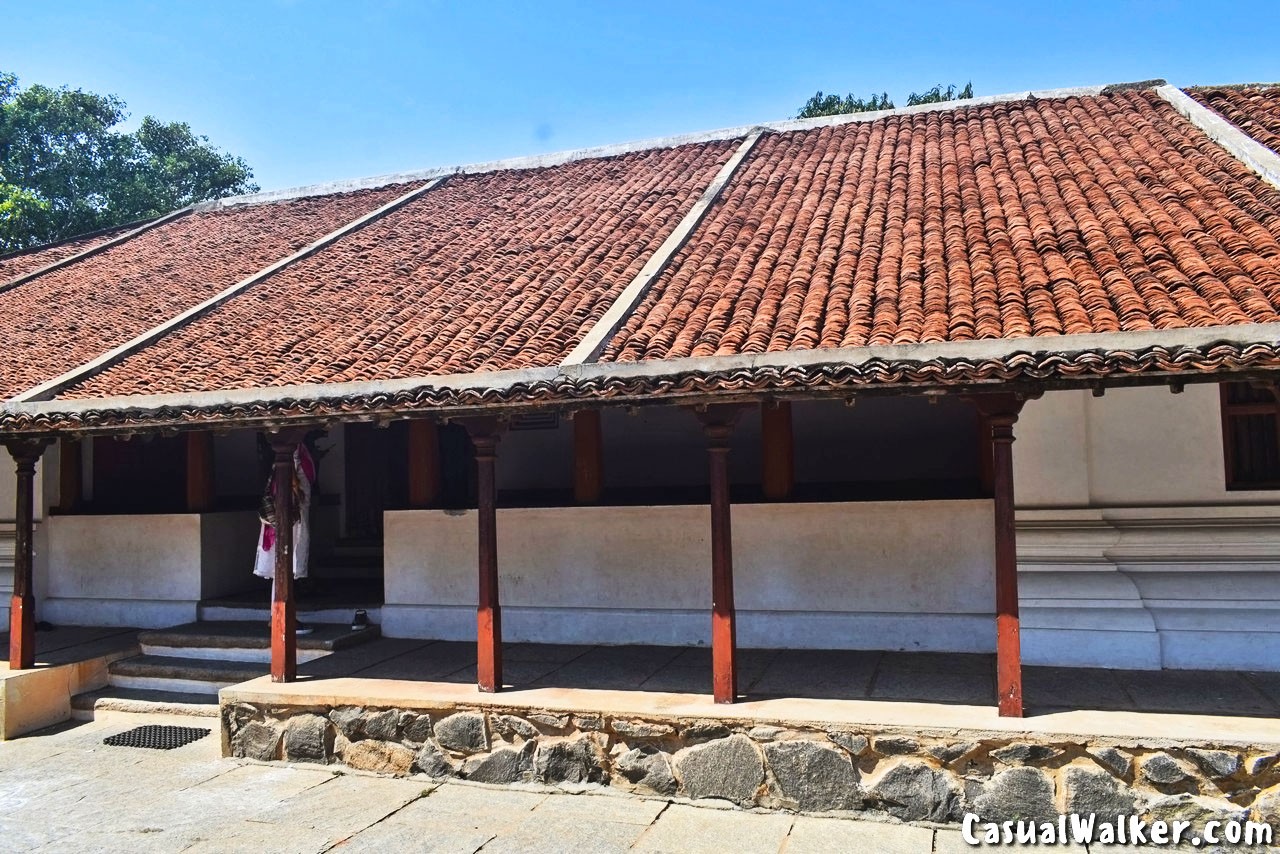
Potters house:
A potter’s house is comparable to an agriculturist’s house, in that potter’s house has inbuild areas for living and working spaces. The pottery items are in display for sale also. The making of pots is demonstrated in the potter’s residence, and school children are encouraged to join in the hands-on experience.
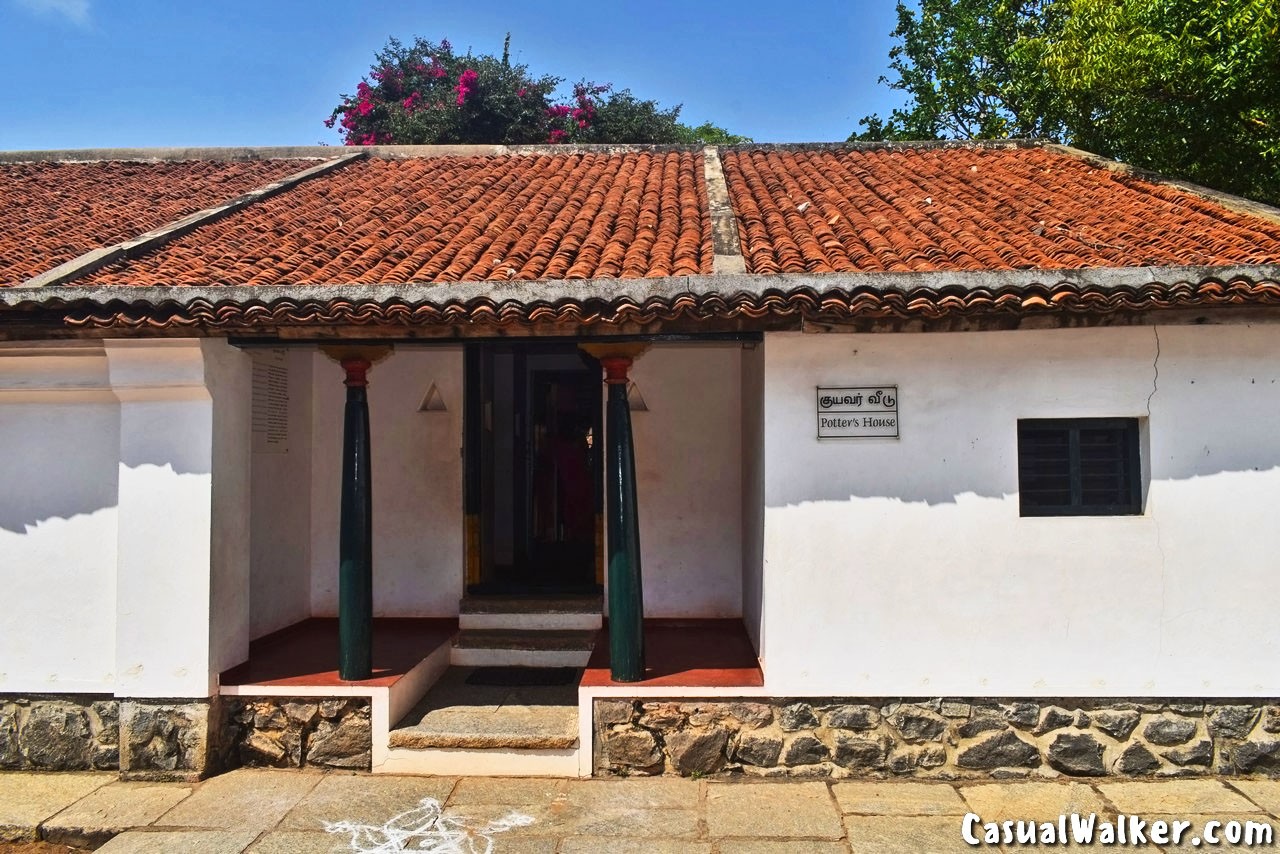



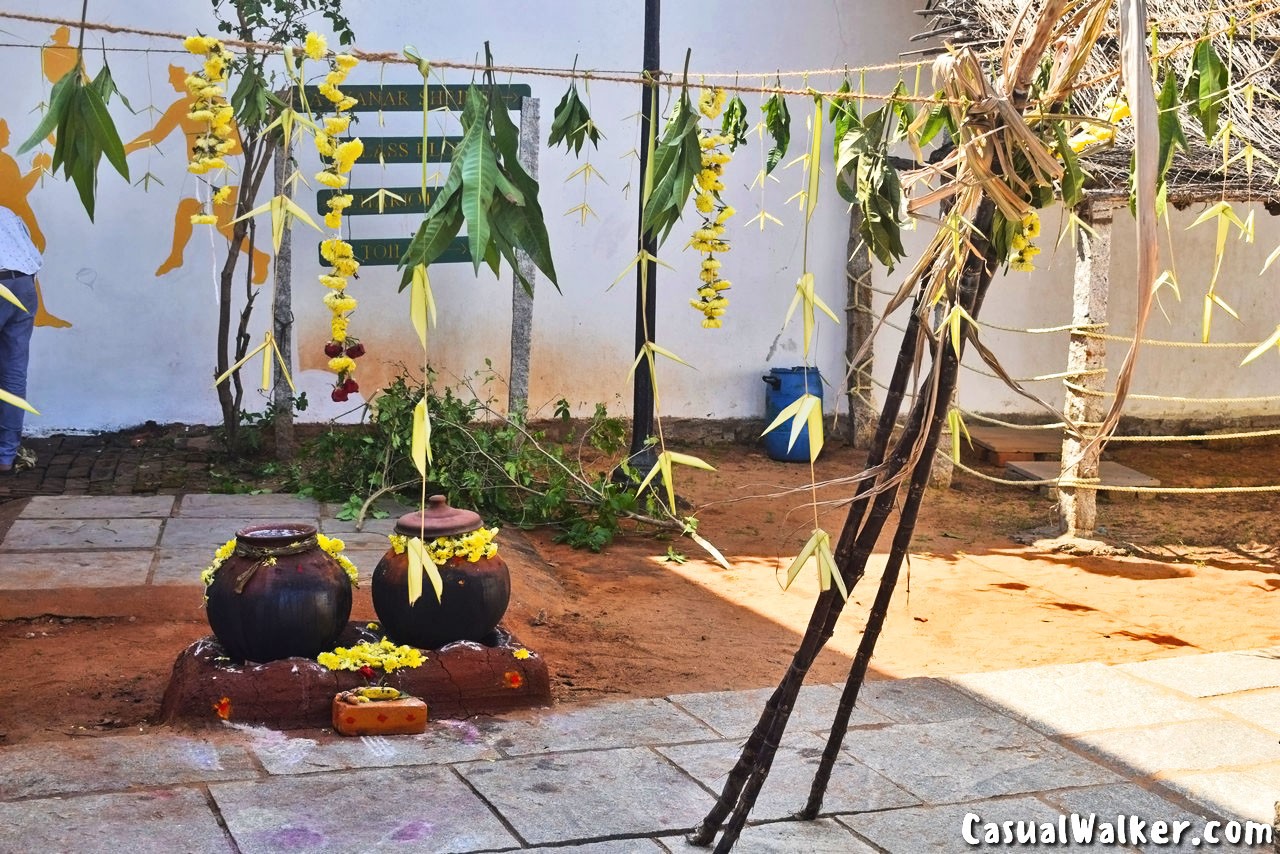
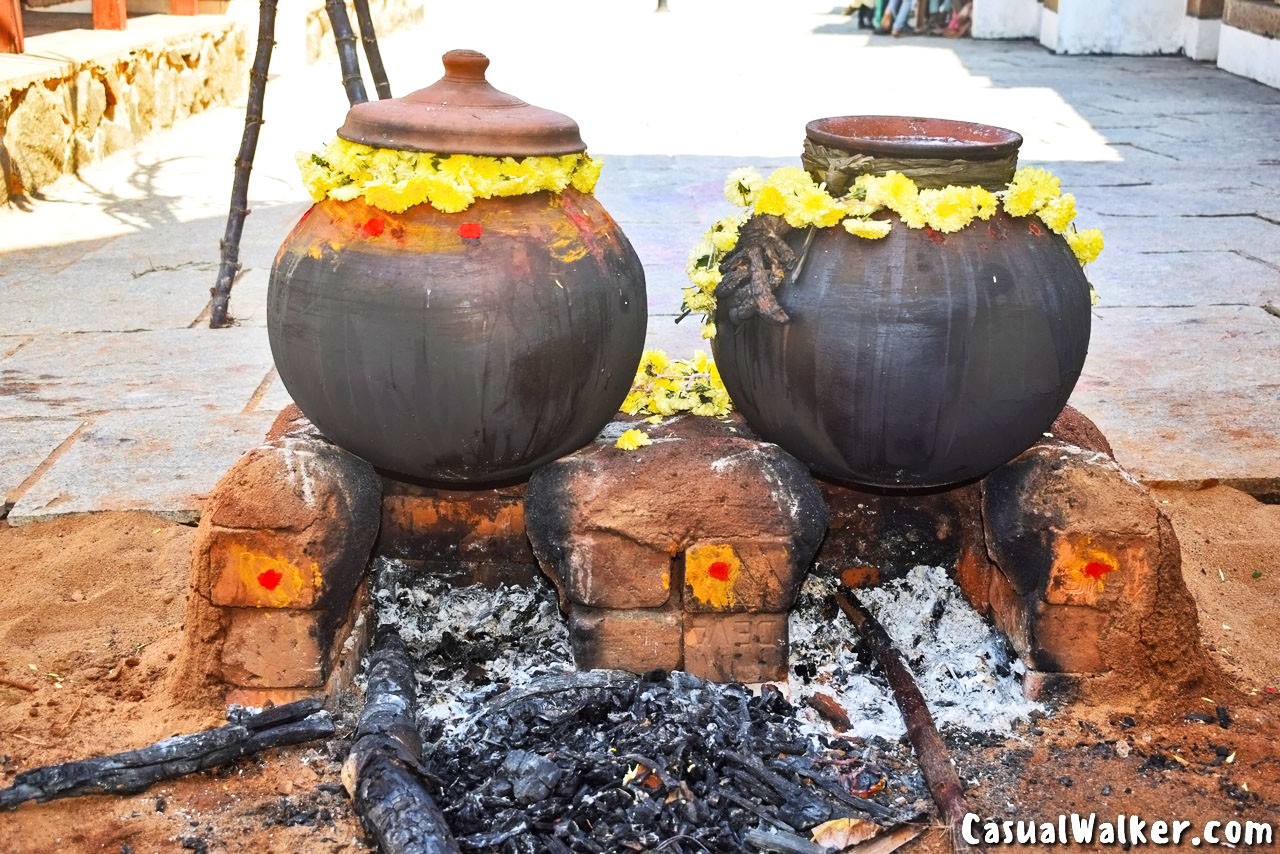
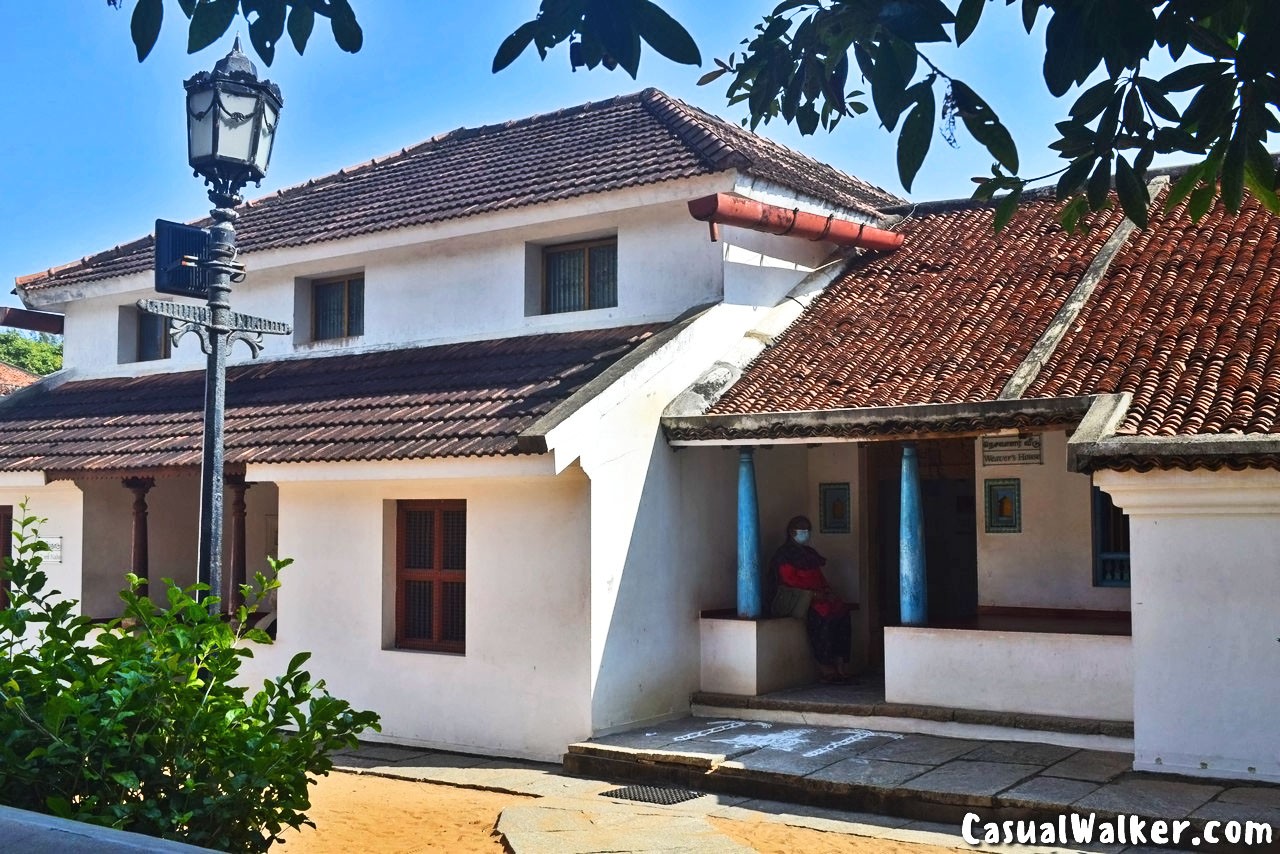

Basket weaver’s mud Houses – Chengalpattu district :
Two simple Basket weaver’s mud Houses of ordinary working-class people. The house has been made here with compressed mud blocks and the roof supports are from palmyra trees. These mud houses belong to the people of Tamil Nadu from Chengalpet district.
Don’t to forget have your hands on basket weaving. Both Pottery items and baskets are showcased for sale in their respective house.
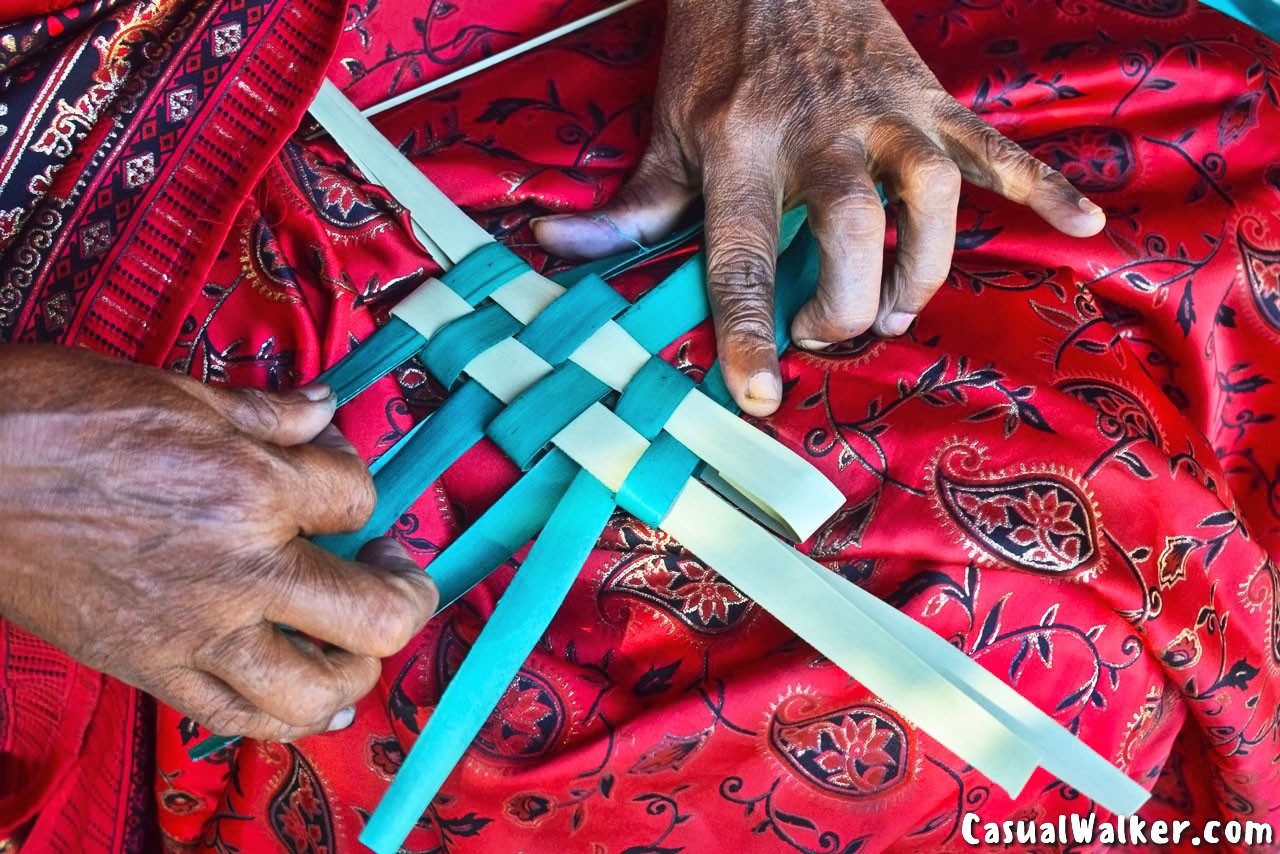

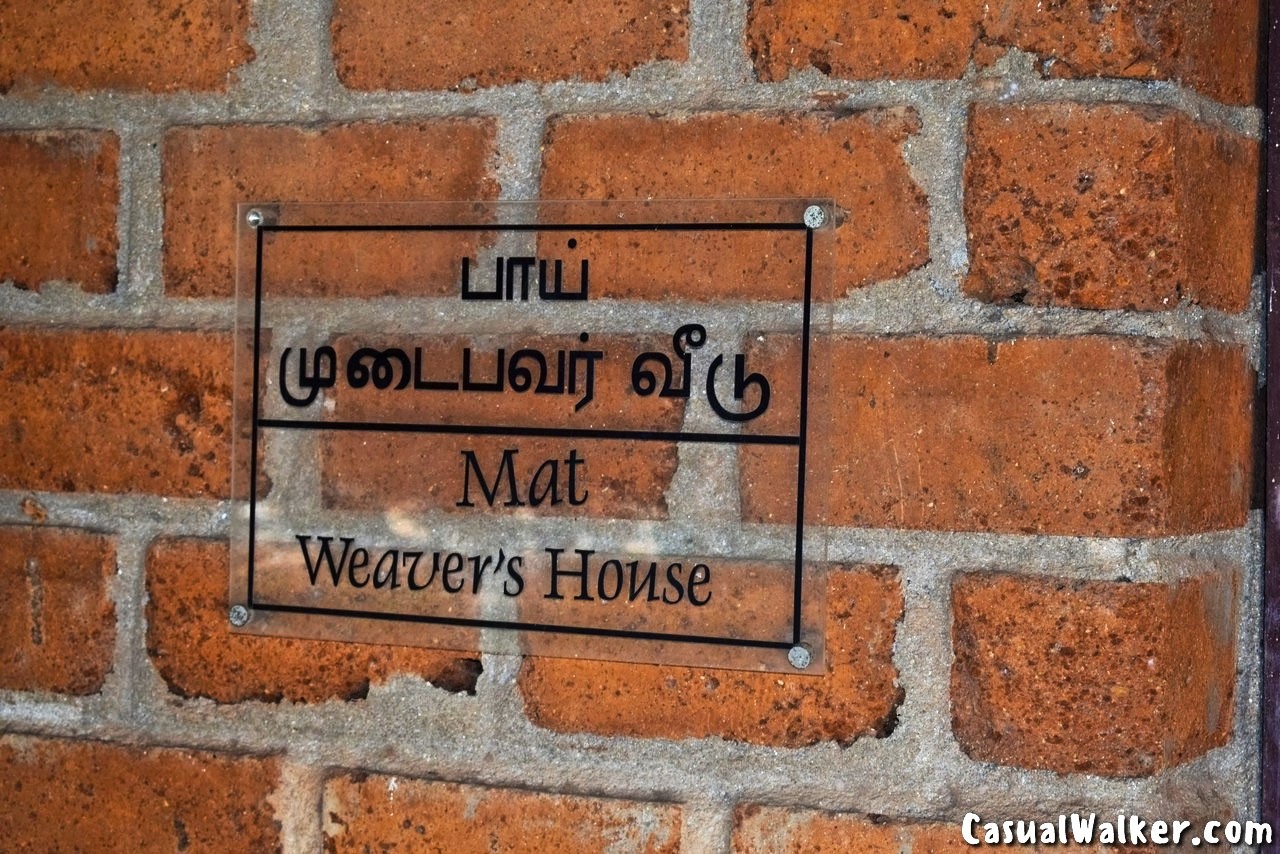
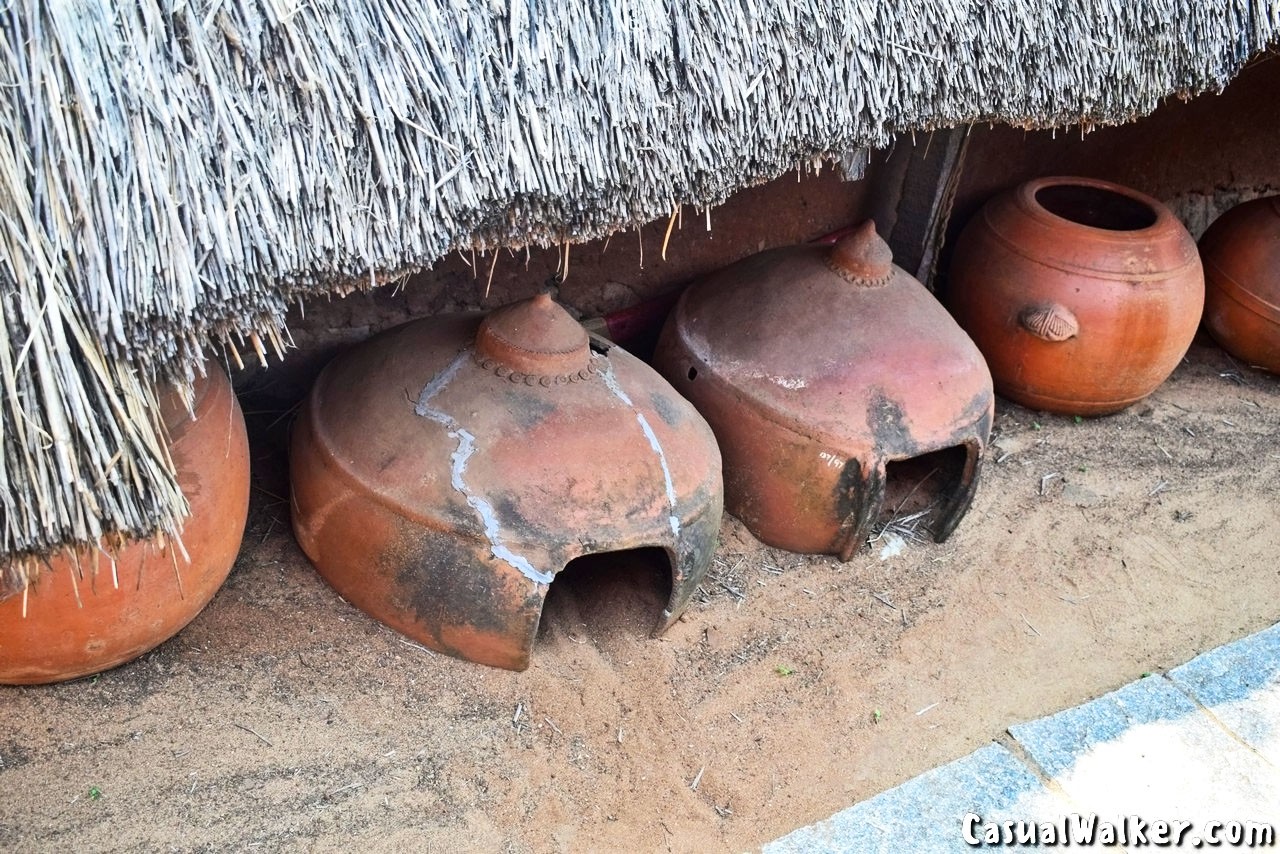
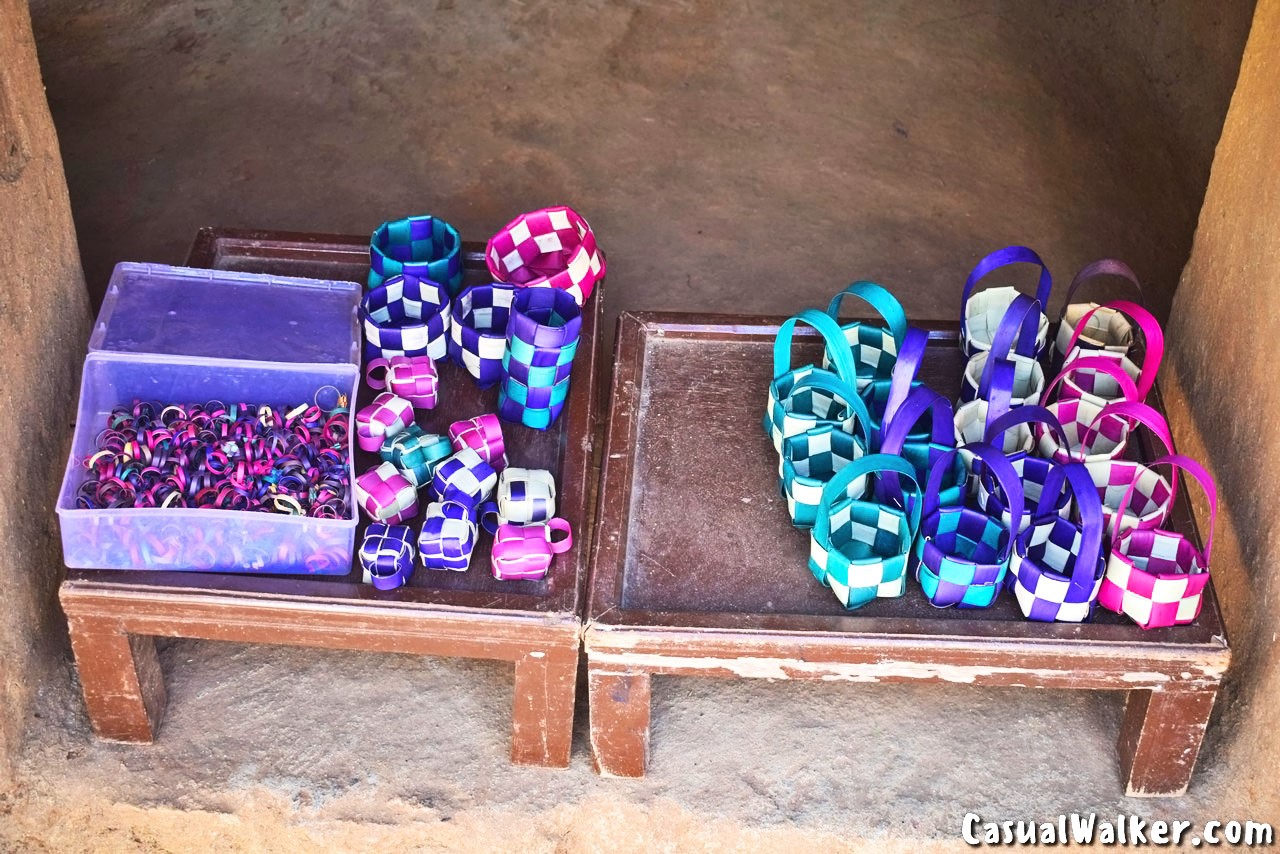
Potter’s House – Chengalpattu district:
The Potter’s House represents two practicing Potter’s families. The potter’s house is comparable to an agriculturist’s house, in that potter’s house has inbuild areas for living and working spaces.
The pottery items are in display for sale also. The making of pots is demonstrated in the potter’s residence, and school children are encouraged to join in the hands-on experience.

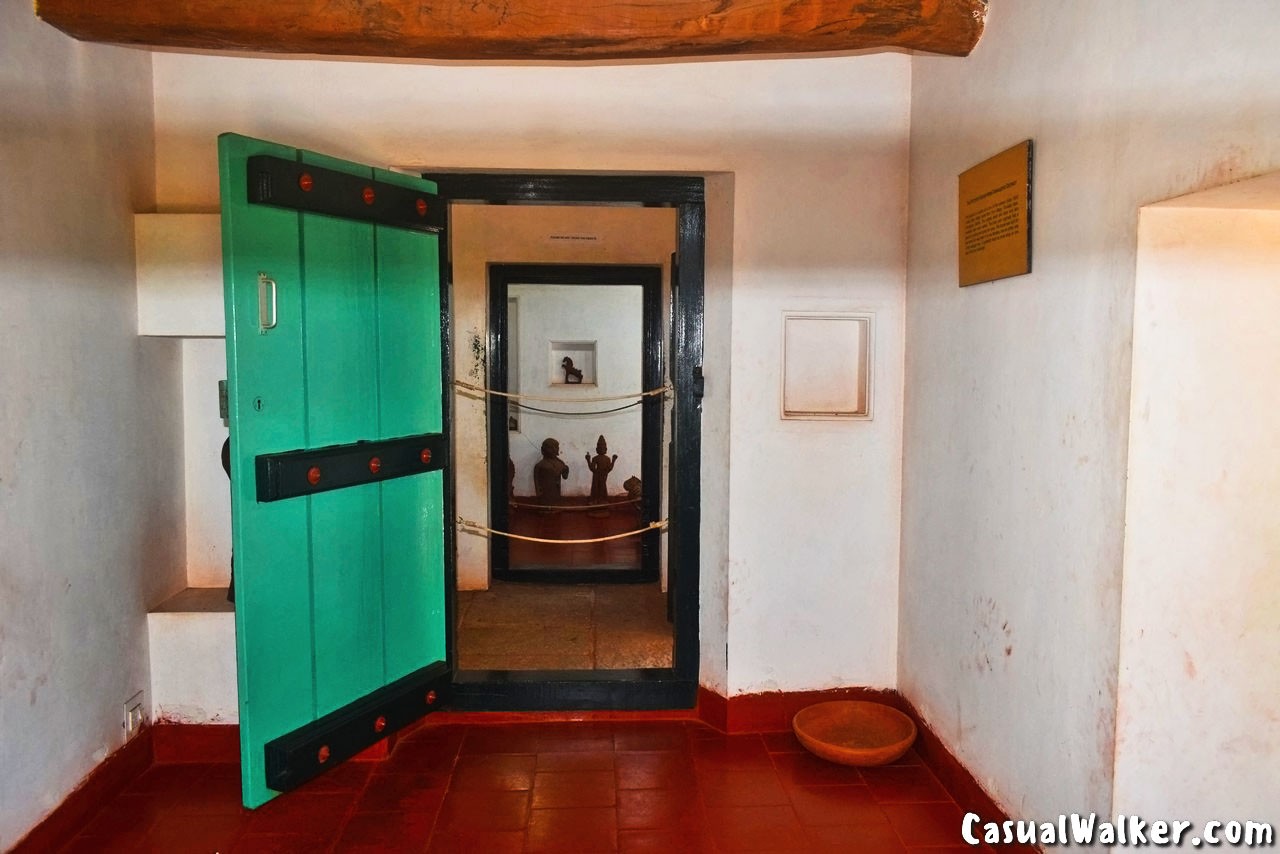
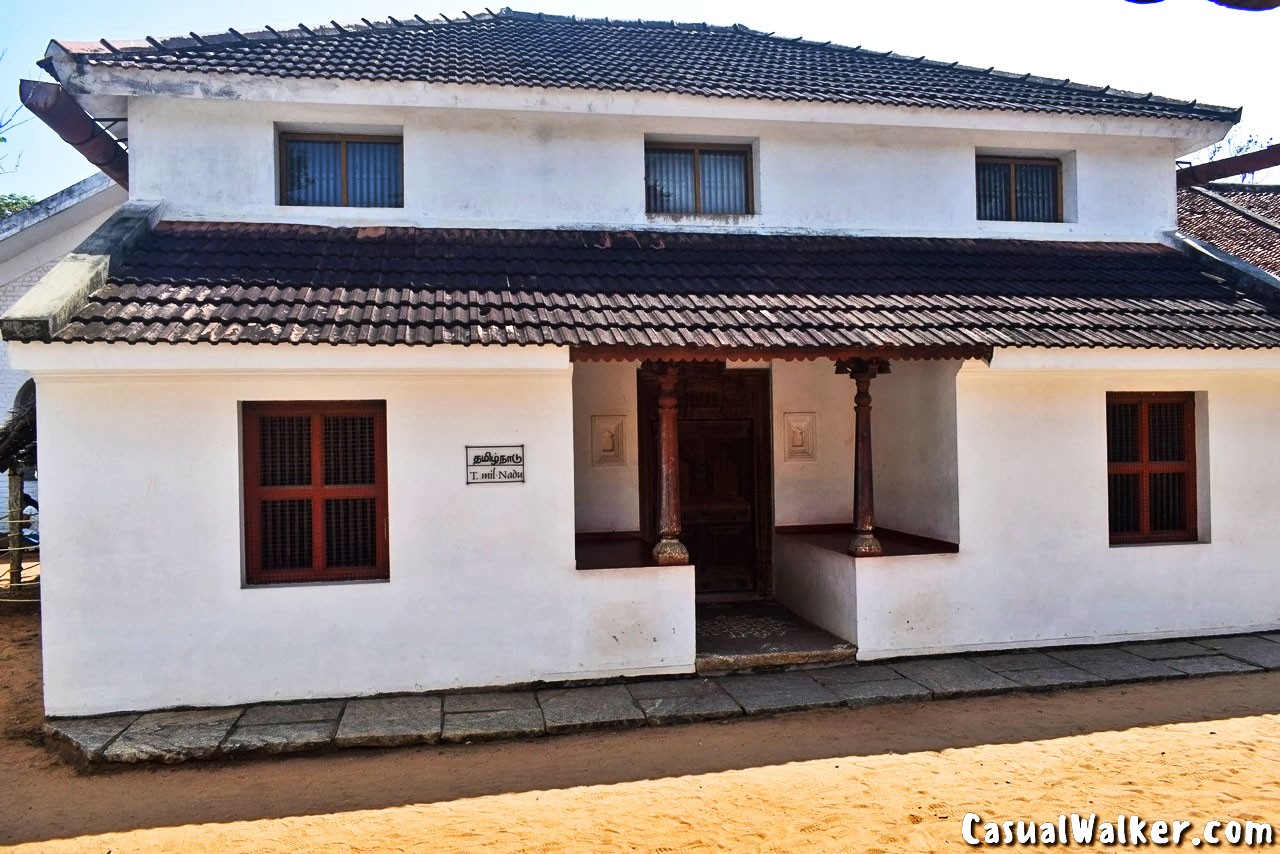
Village Lord Ayyanar Temple :
Lord Ayyanar is a distinctive guardian deity of various regions of Tamil Nadu from Pudukkottai district up to Chengalpattu district. The big statues of horses, elephants, and cows are Ayyanar’s vahanam – the vehicle. Lord Karuppasamy on the tiger is his lieutenant. Ayyanar temple festivals occur in the month of June and early July.
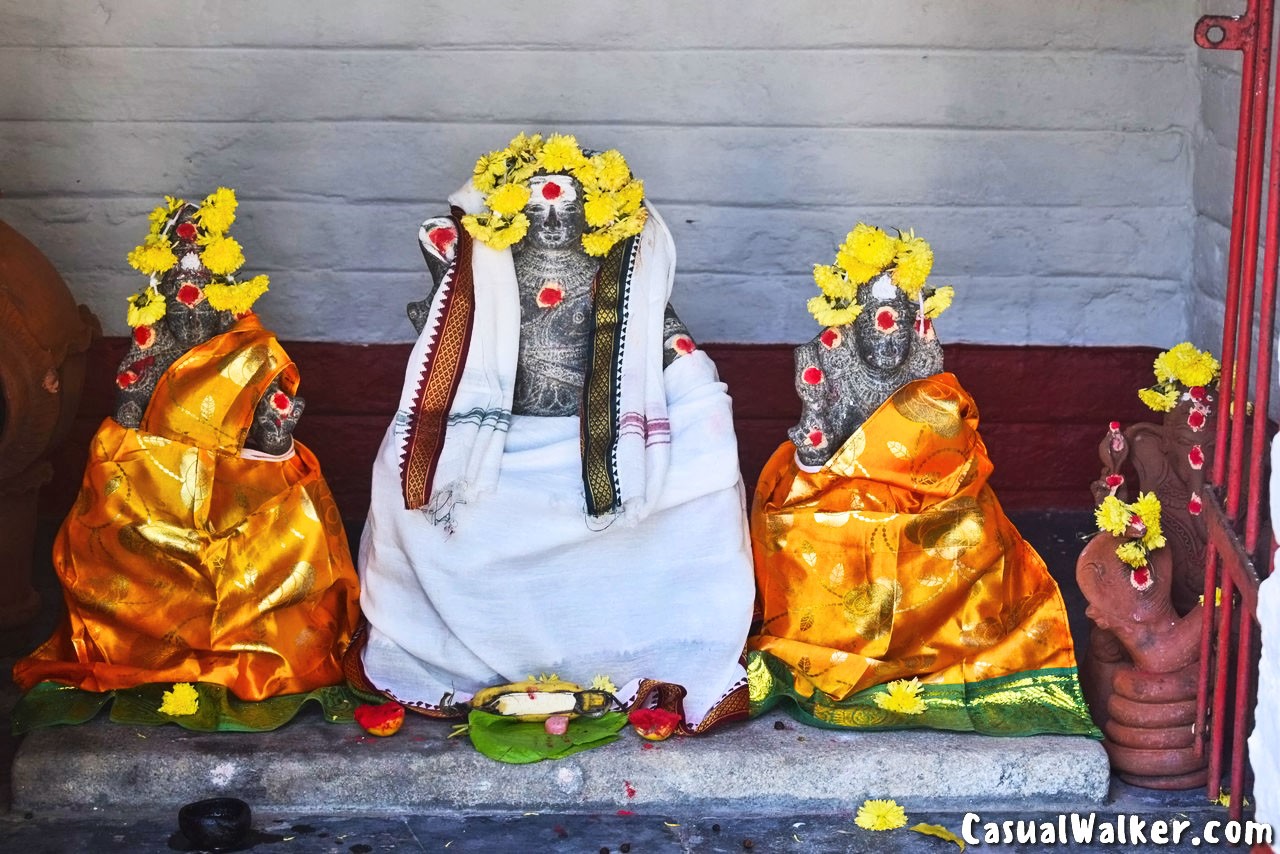
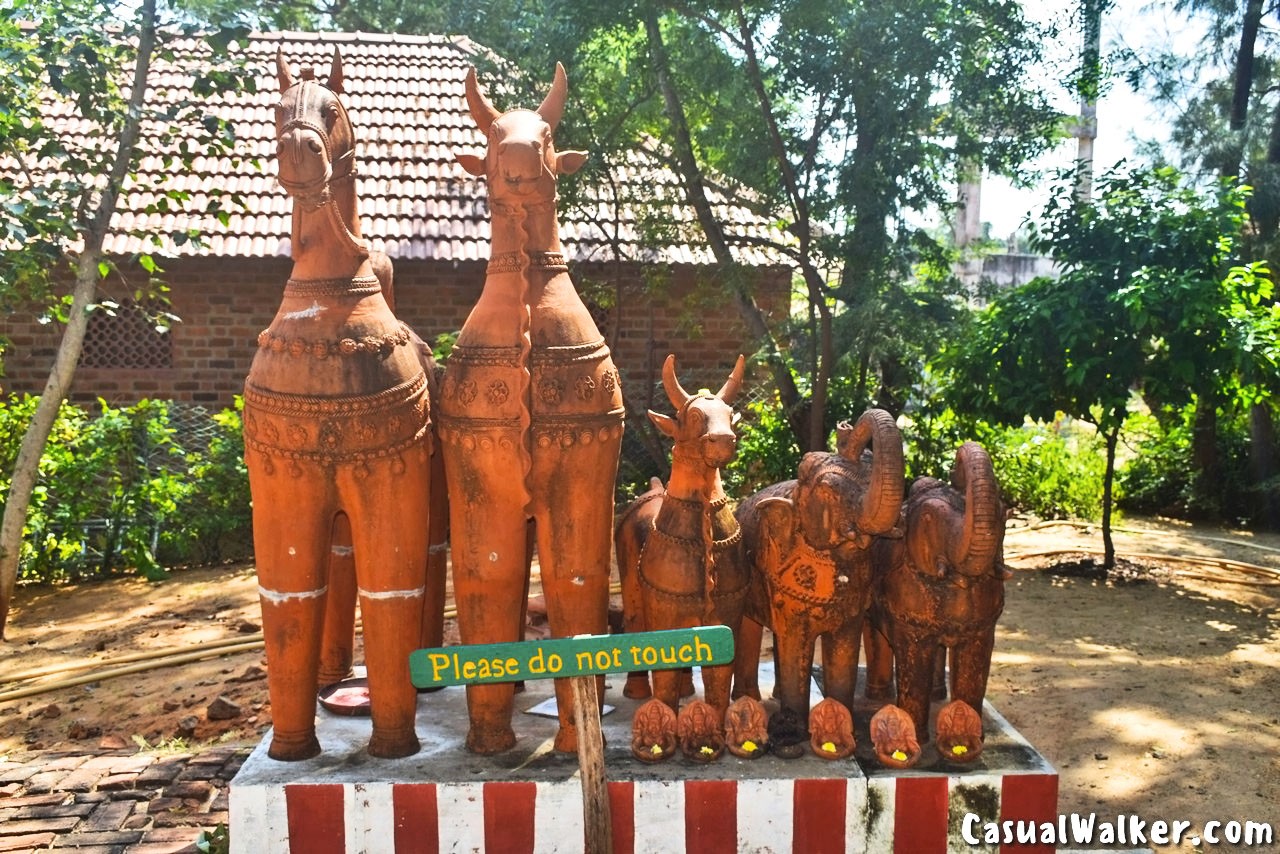
Silk Weavers House:
The silk weaver’s house in Dakshinachitra belonged to Kancheepuram district, a silk-producing town. Traditional craftsmen, such as weavers, do not keep their workshops apart from their homes.
Weaver’s house – Kanchipuram:
The Weaver’s house is an identical replica of a weaver’s house. The house has one functional pit-loom used for weaving Kanchipuram saris. A traditional weaver demonstrates this art. The reeling, twisting, and preparation of the weft tread were carried out in an internal courtyard. A working pit loom for weaving Kancheepuram saris may be found in this home. In the weaver’s house, a live demo of weaving the sari is done.
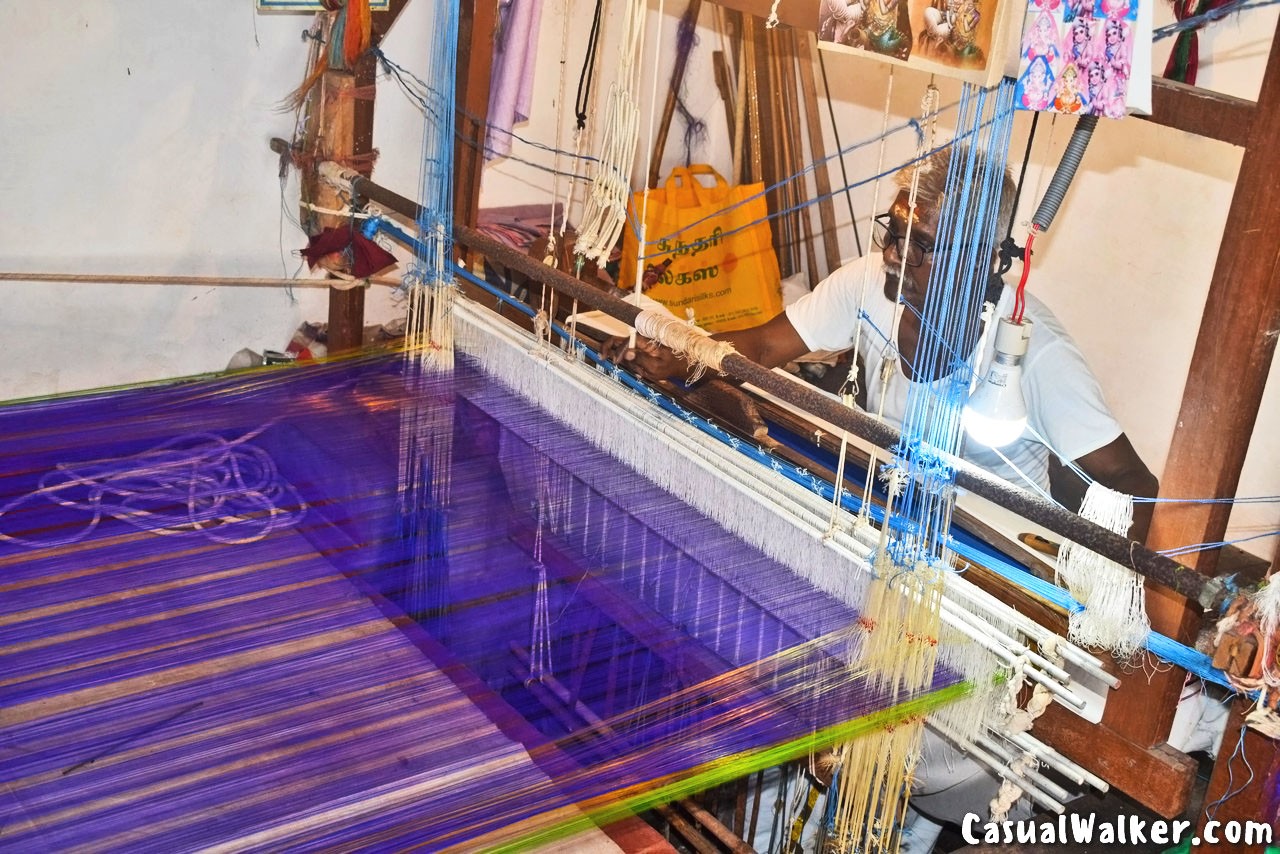


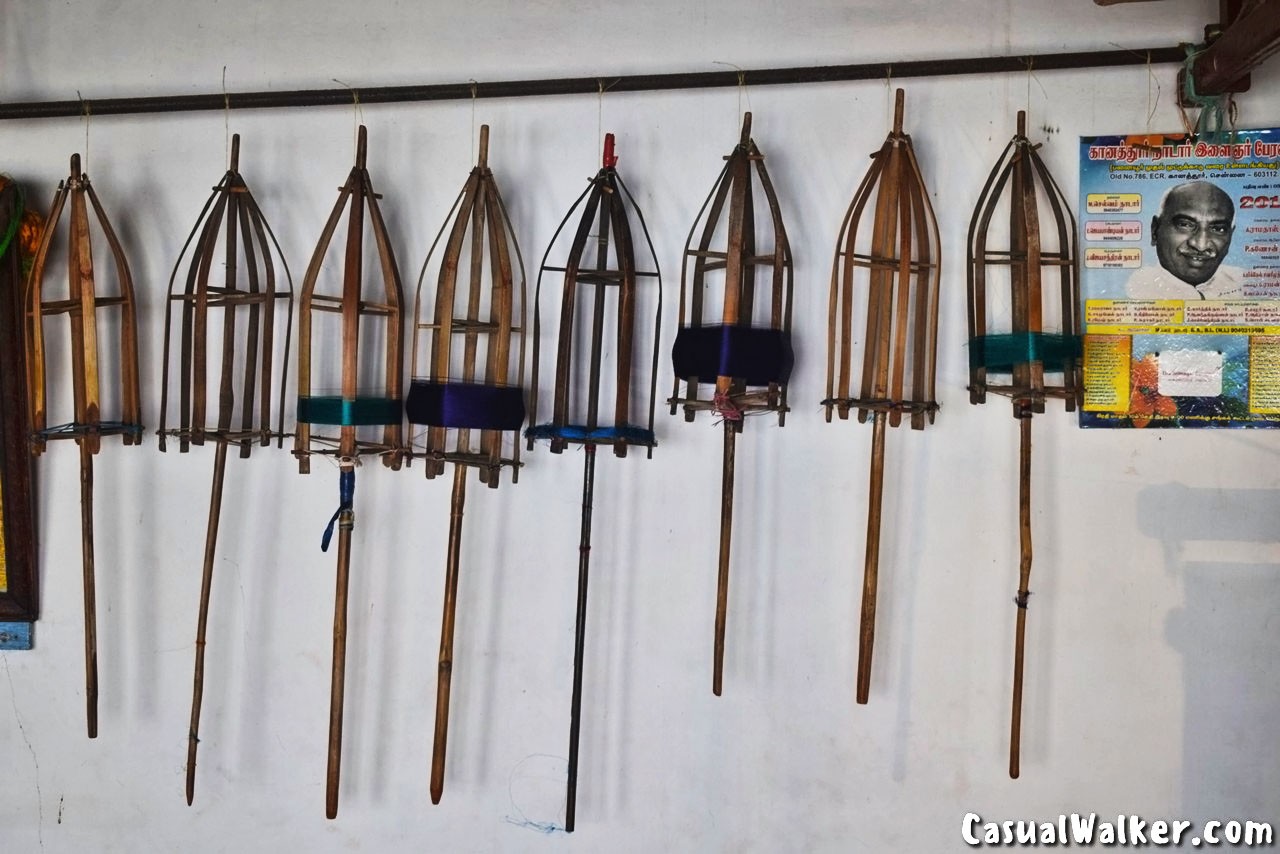


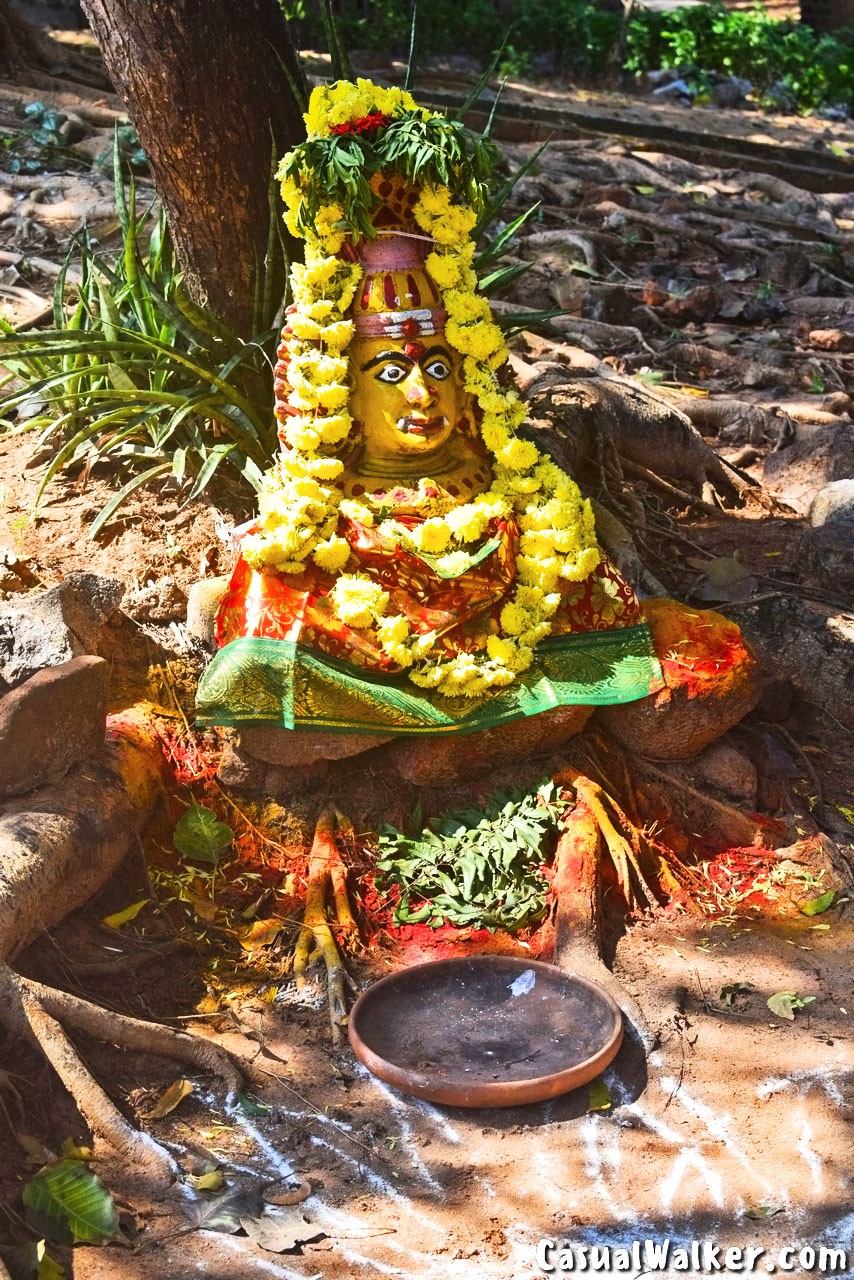
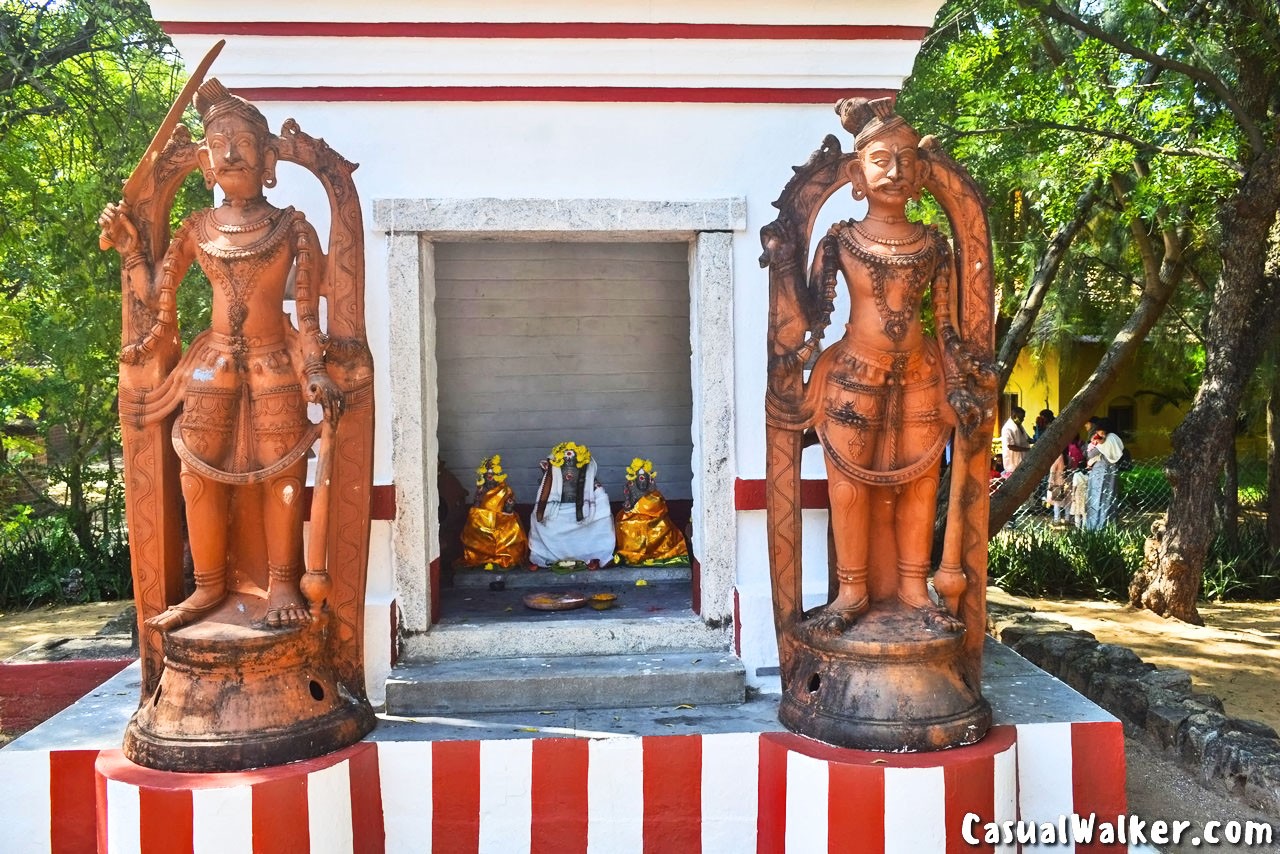
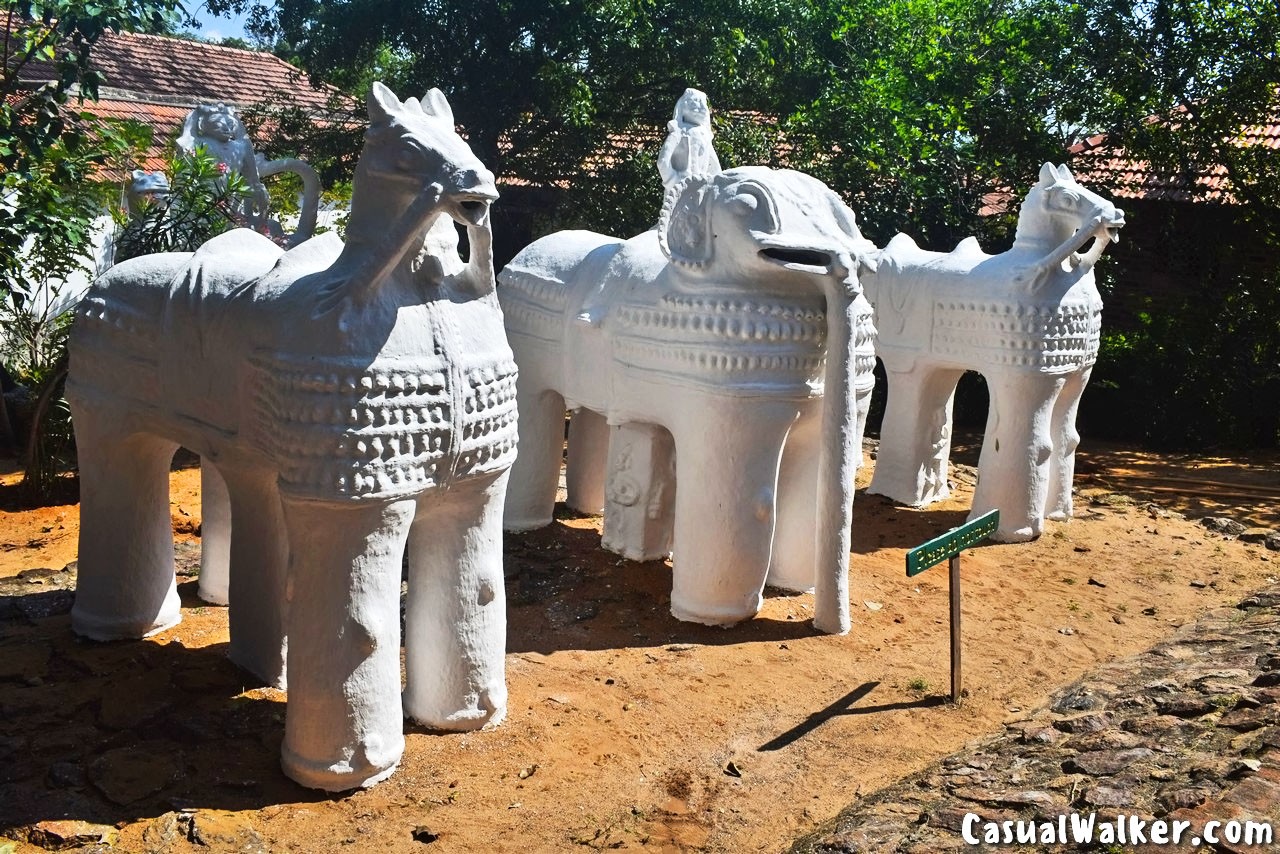
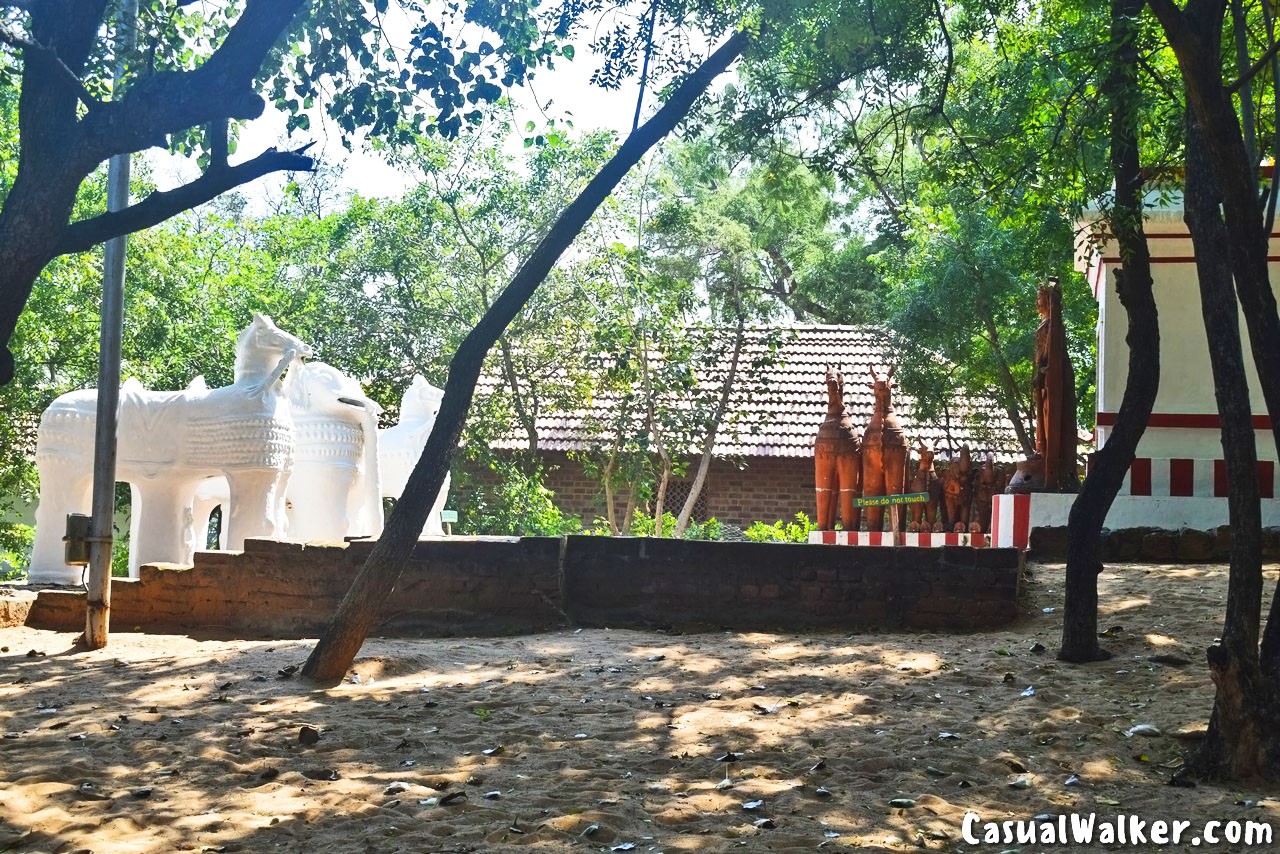
Karnataka Heritage Houses:
The Karnataka Heritage Houses represent the cluster of weavers houses from Ilkal, Bagalkote district of Northern Karnataka, and a Muslim house from Chikmagalur also has two elaborate houses representing two different geographical in Karnataka regions.

The Chikmagalur House – Muslim shopkeepers House :
The Chikmagalur House, a Muslim shopkeeper’s house originally constructed in 1914 displays the rich heritage and lifestyle South Indian Muslims community. The traditional and rich two-floor Muslim house is a part of the history of Karnataka’s Chikmagalur district, which was built using the abundant wood available in the Hills of Chikmagalur. In the front, it includes a robust wooden column and arches, as well as a richly adorned entrance door.
The interiors are lavish, with a fine porcelain collection, elegant furnishings, and lights. This Chikmagalur House showcases the unique traditions of the Muslim community in South India.

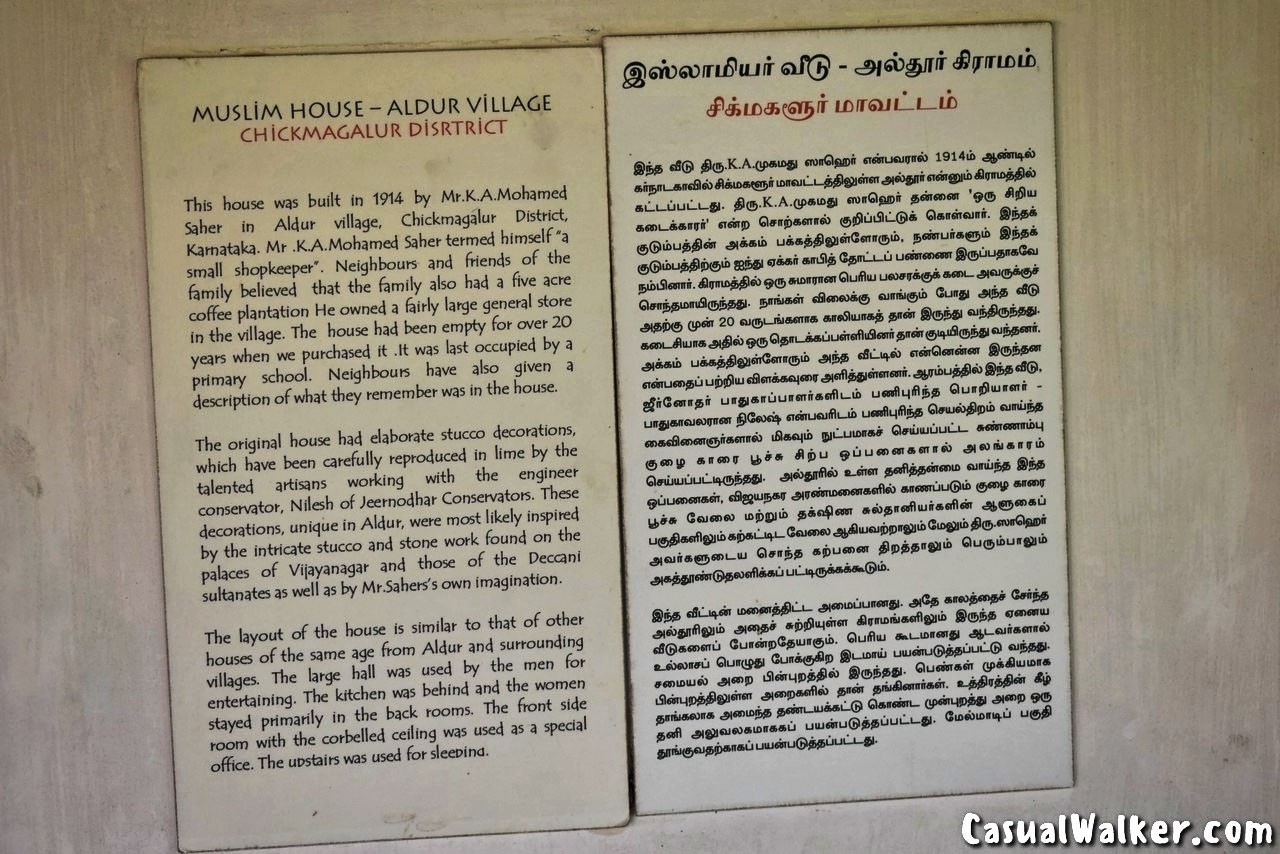

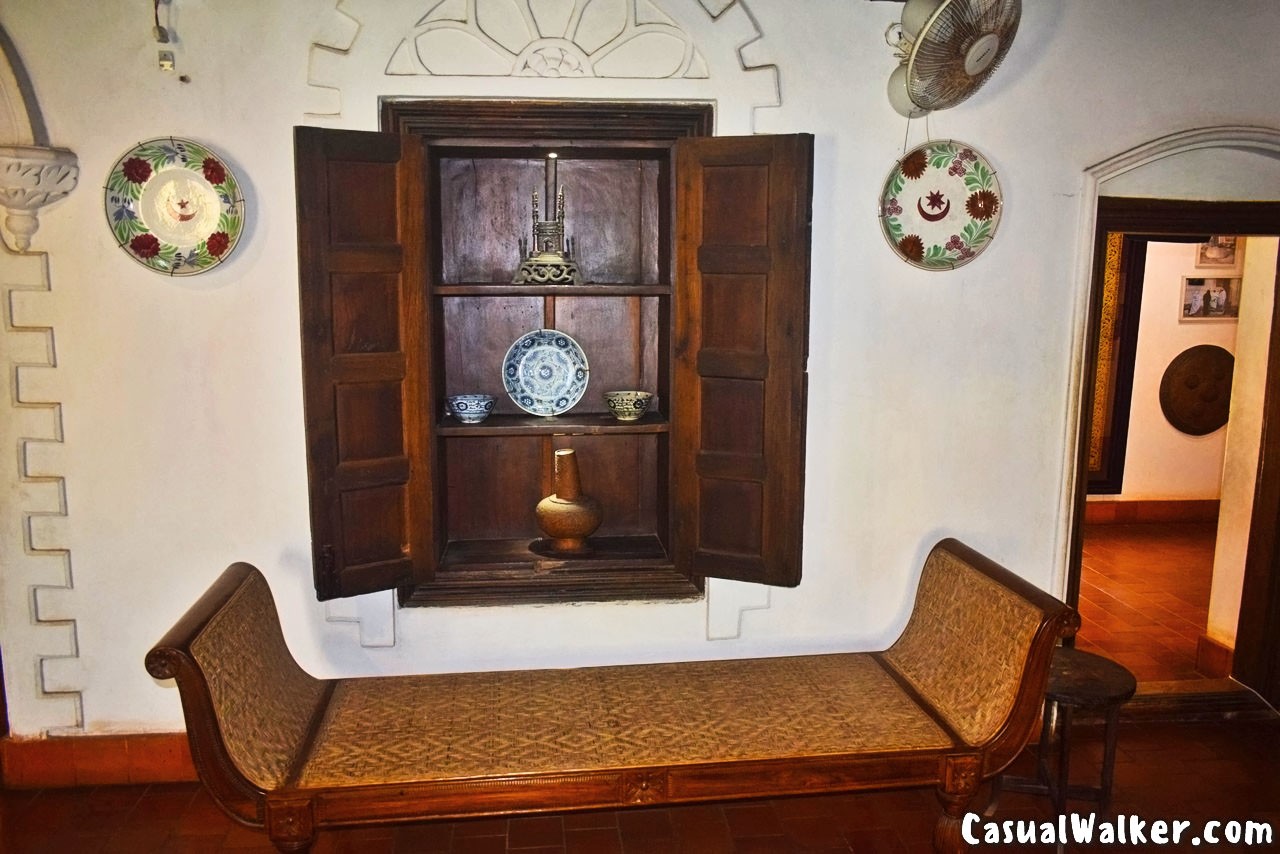

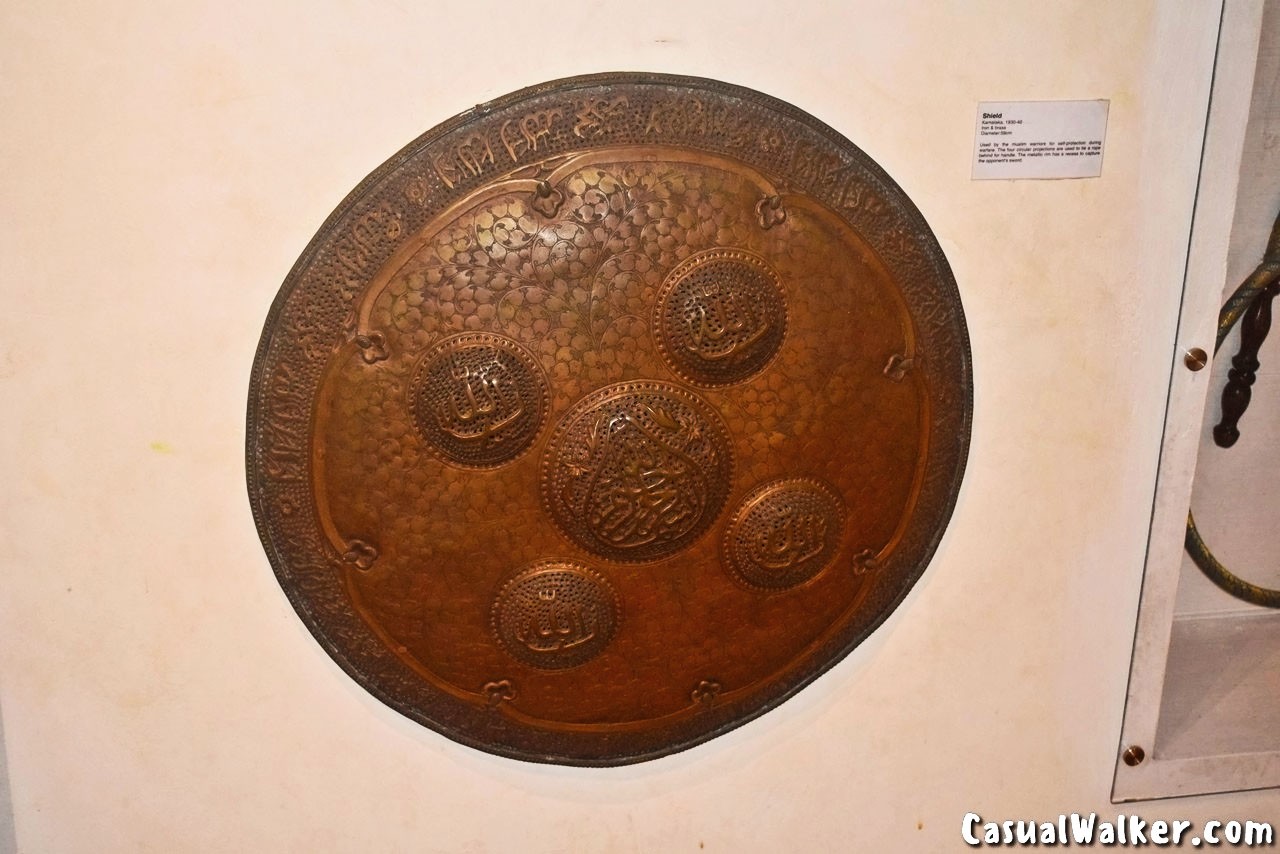
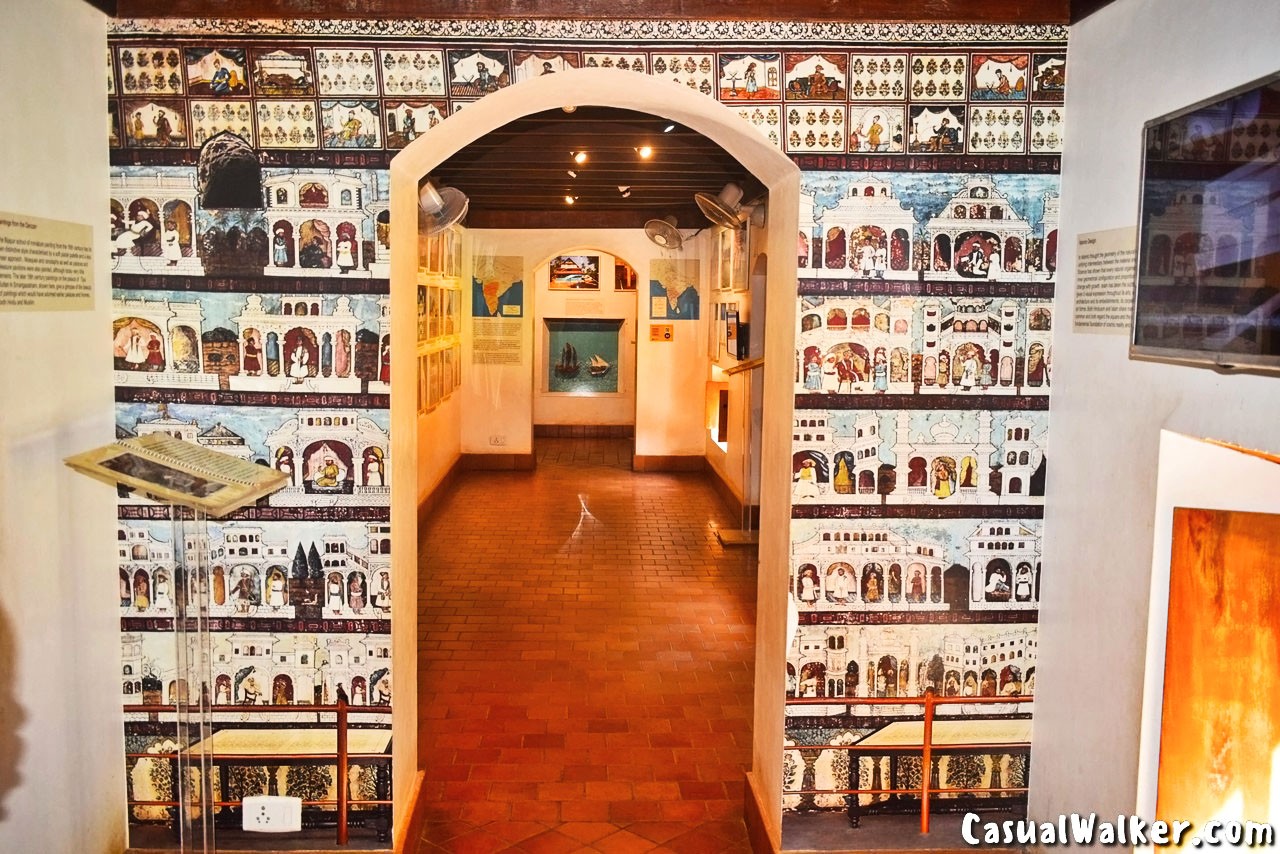

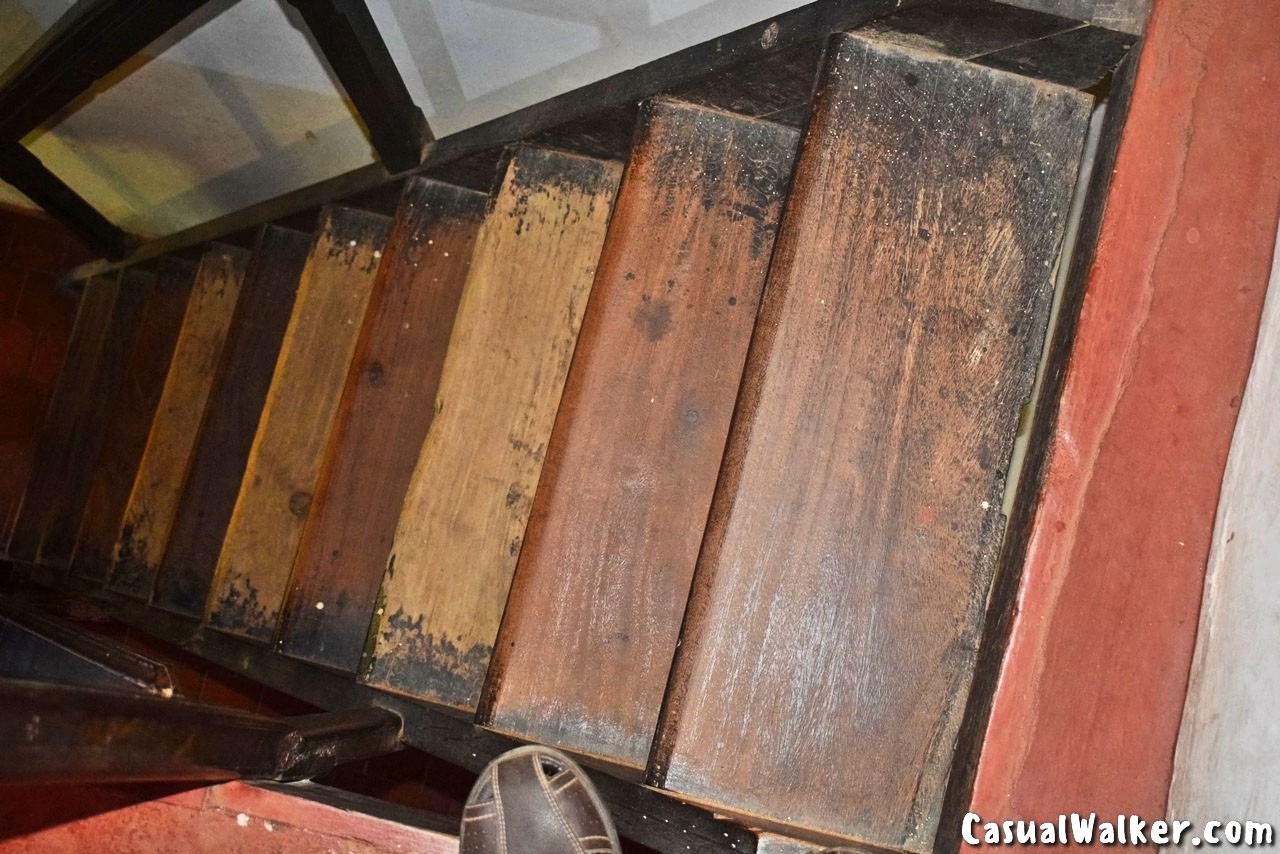
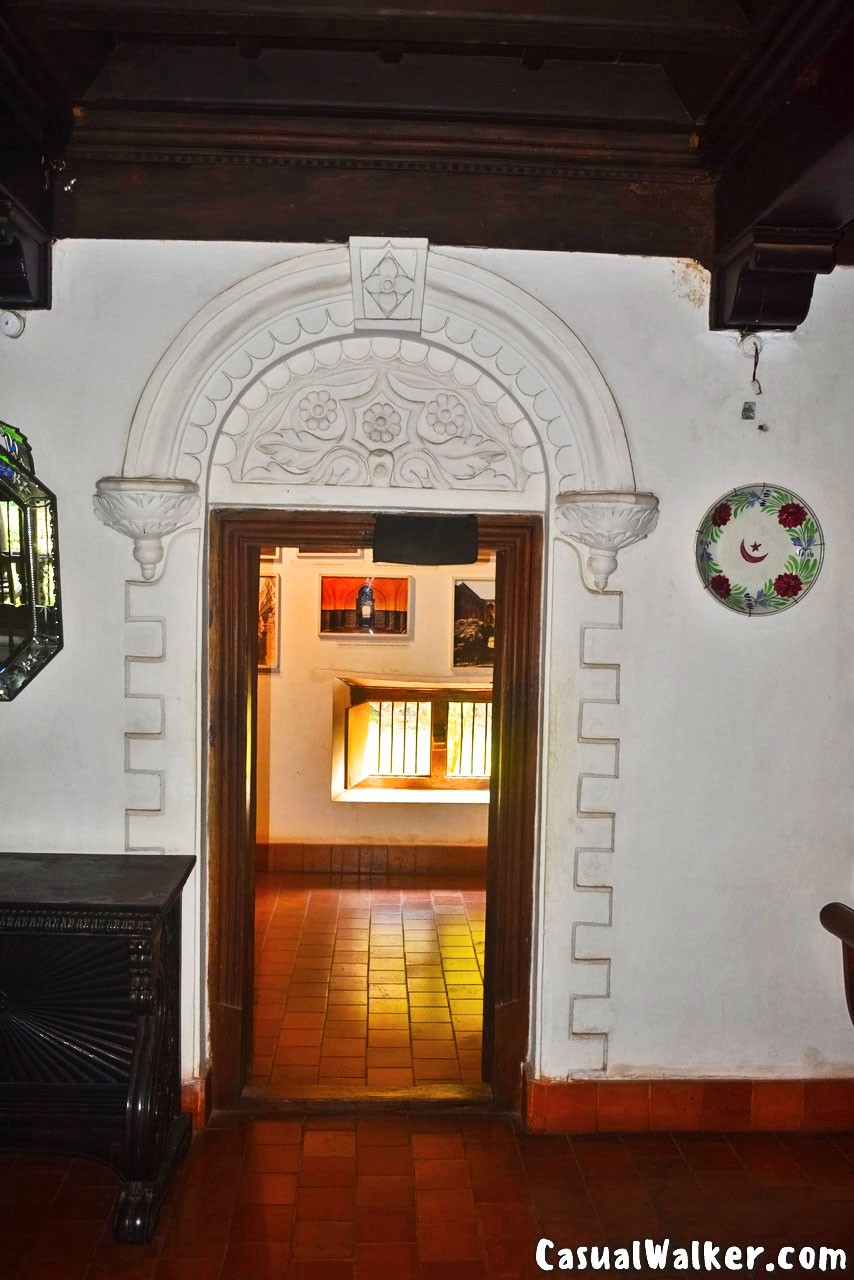
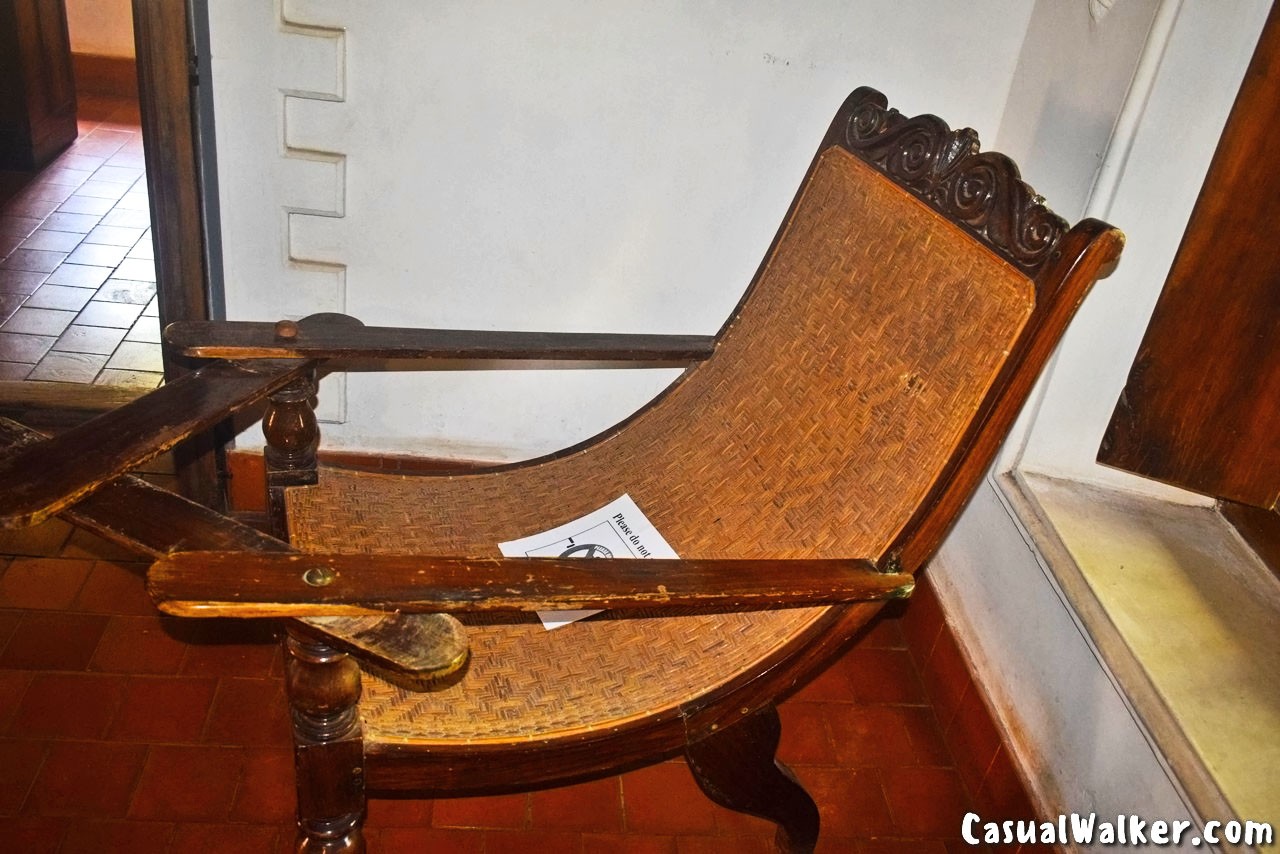
The Ilkal House – Bagalkota district :
The Weavers house, at the Ilkal, Bagalkot district in North Karnataka is of an urban settlement pattern. Almost all houses are built of stone, which is the most common building material in these areas. Ilkal sarees are famous in the region.
These houses are built traditionally with granite. These typical Ilkal weaver’s houses are made primarily of Stone. The wooden gateway, stone, and wooden window at the entrance were taken from Ilkal, which acts as an entrance to the Ilkal house cluster of the Bagalkot district. The house is almost covered with rock, even roof also stone here with small terracotta open pots for letting air and light in. Weavers settlement with courtyard shrine and neem tree for worshipping ancestors gods.
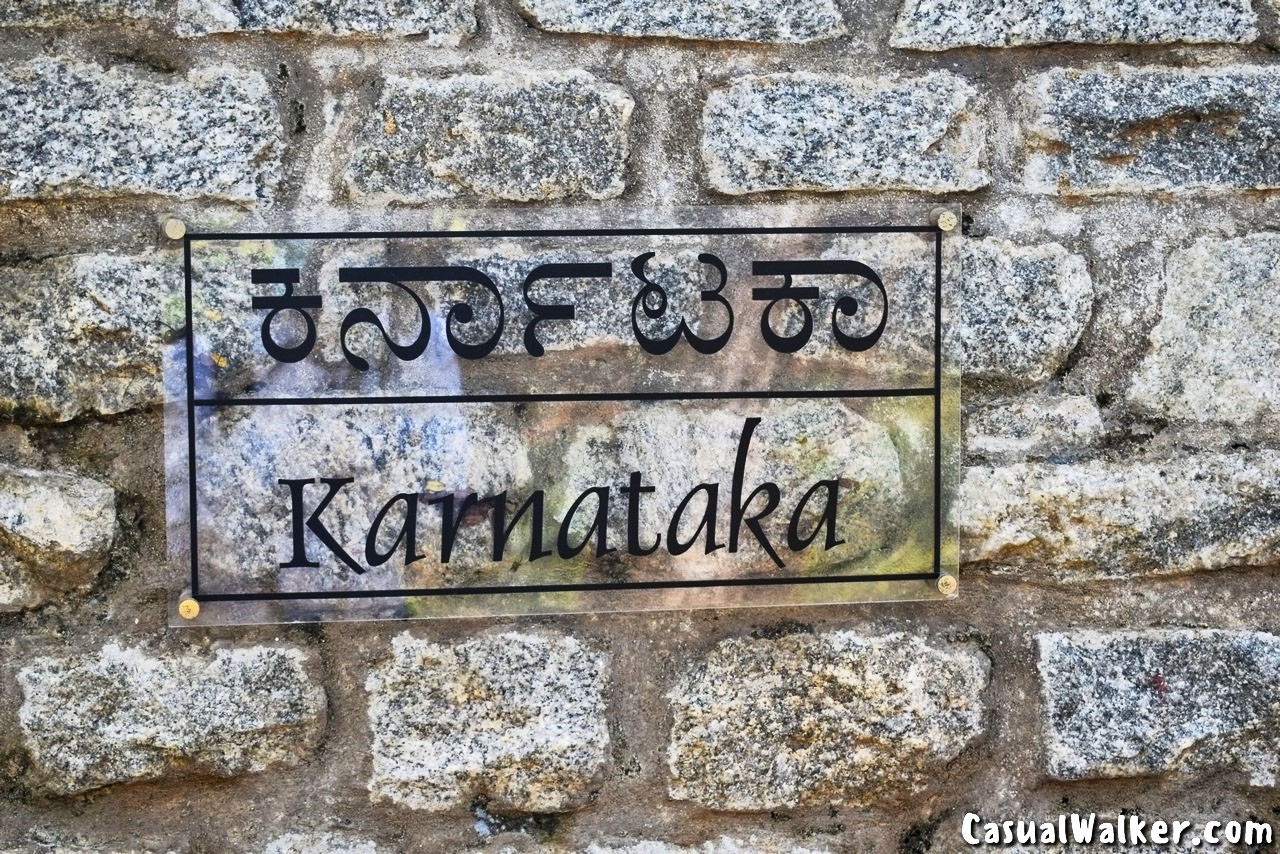

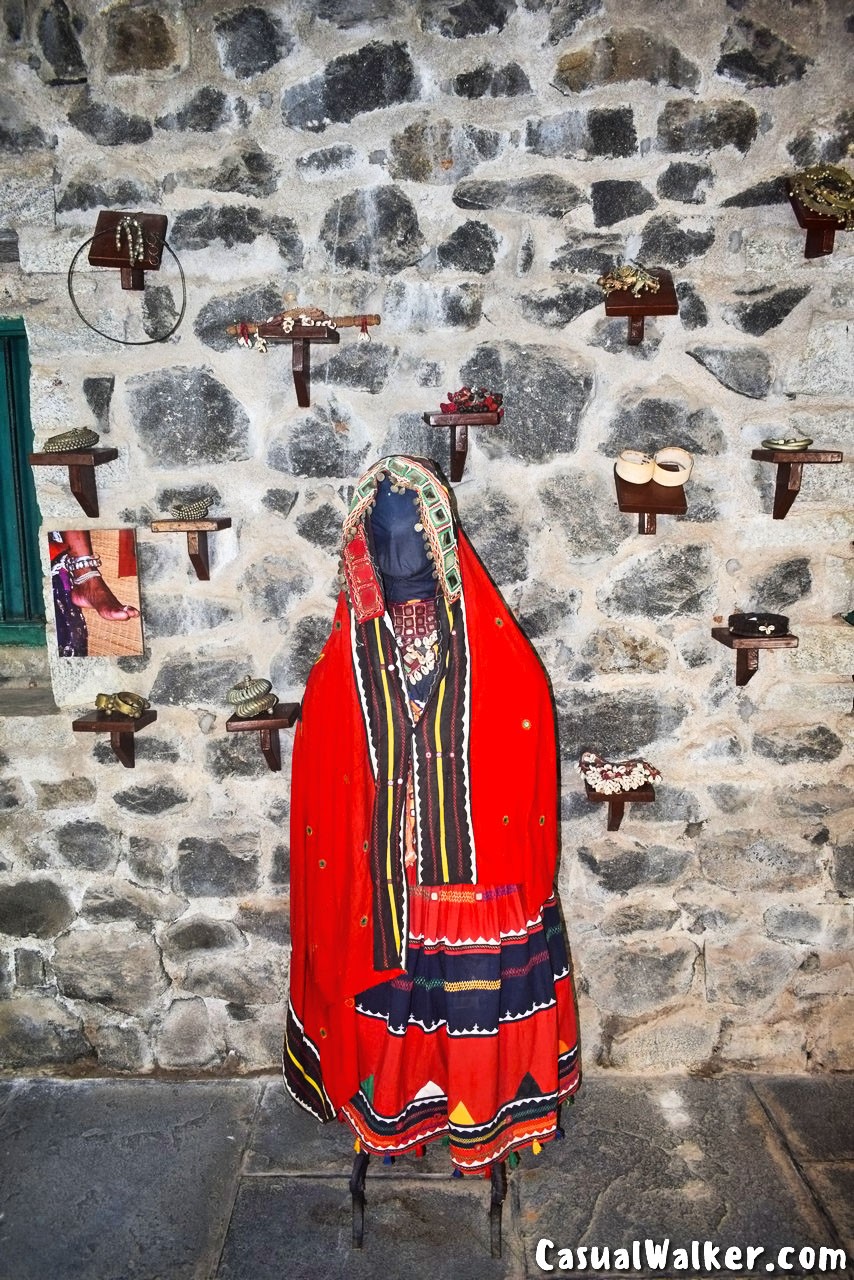
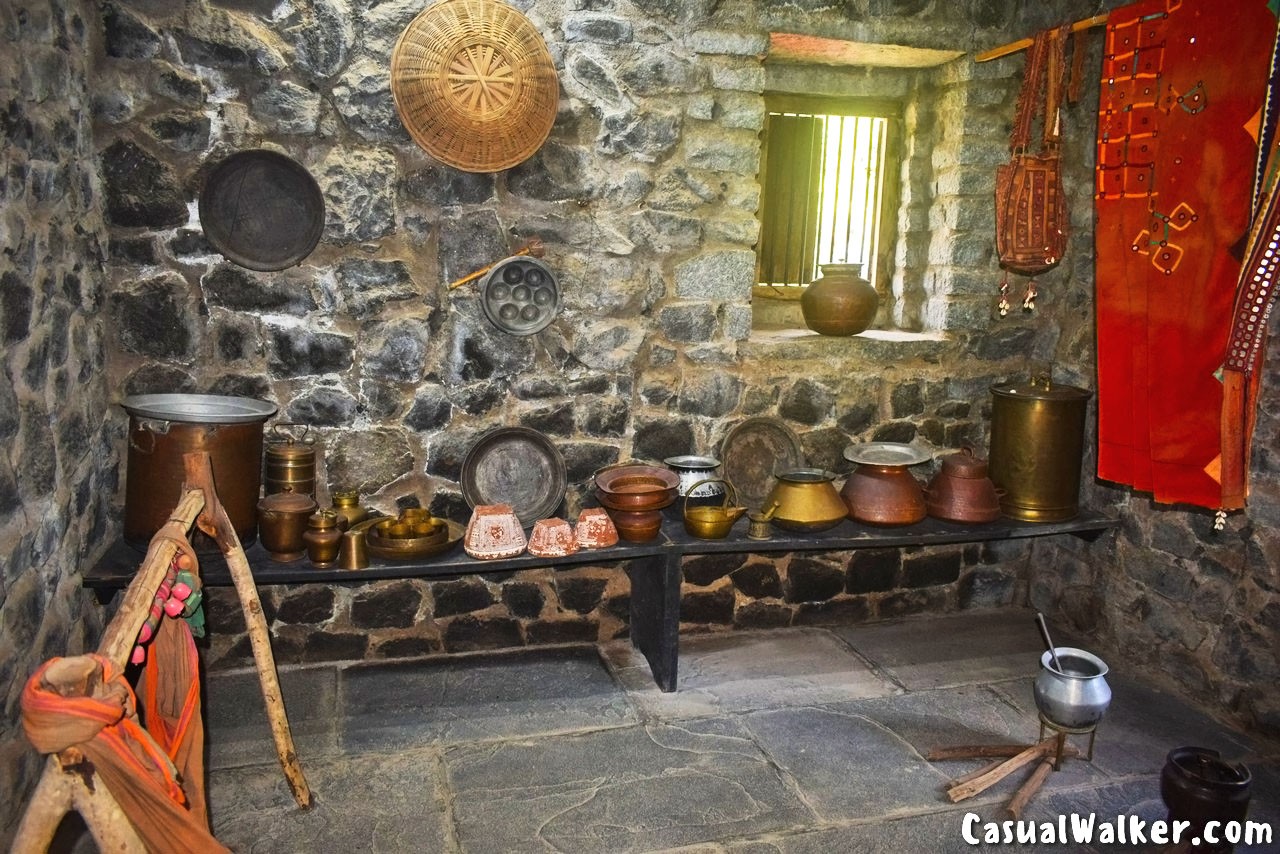
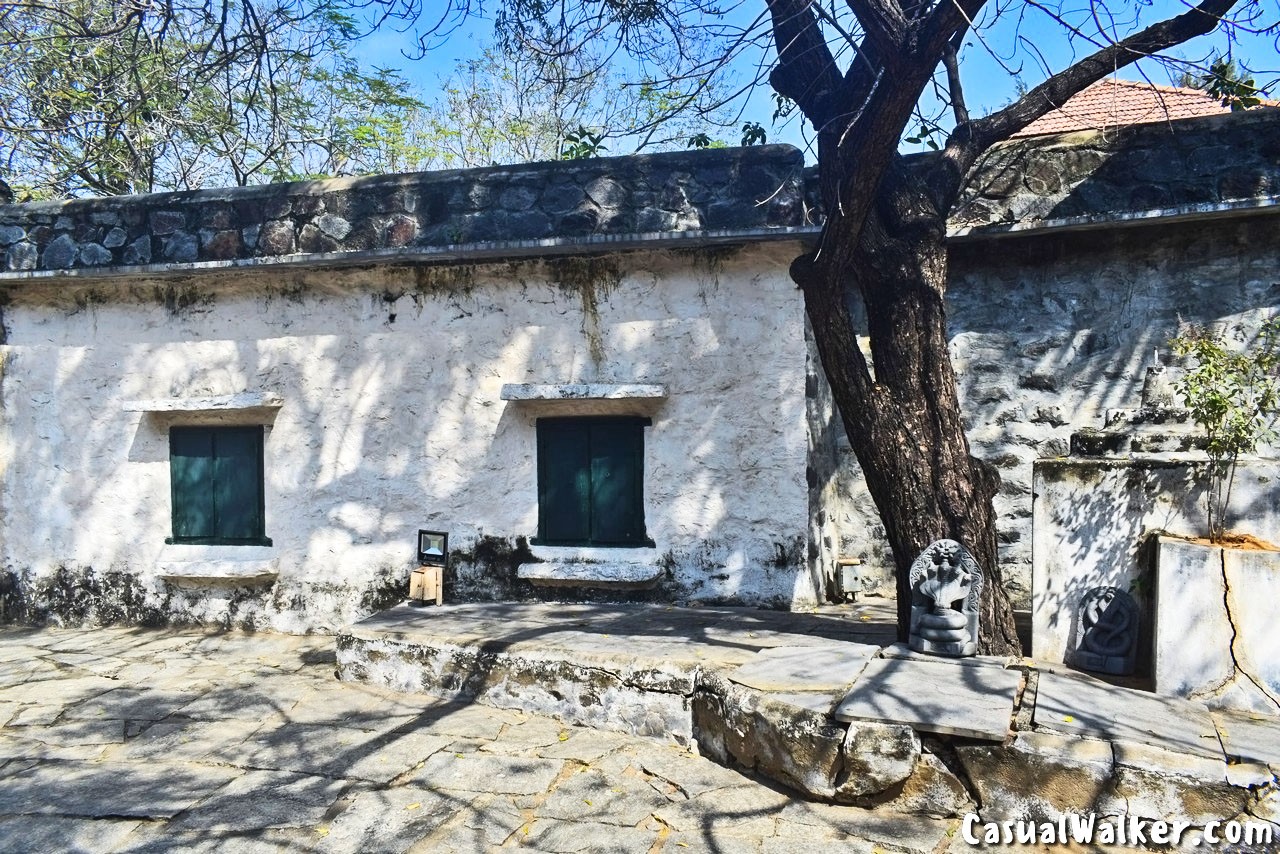
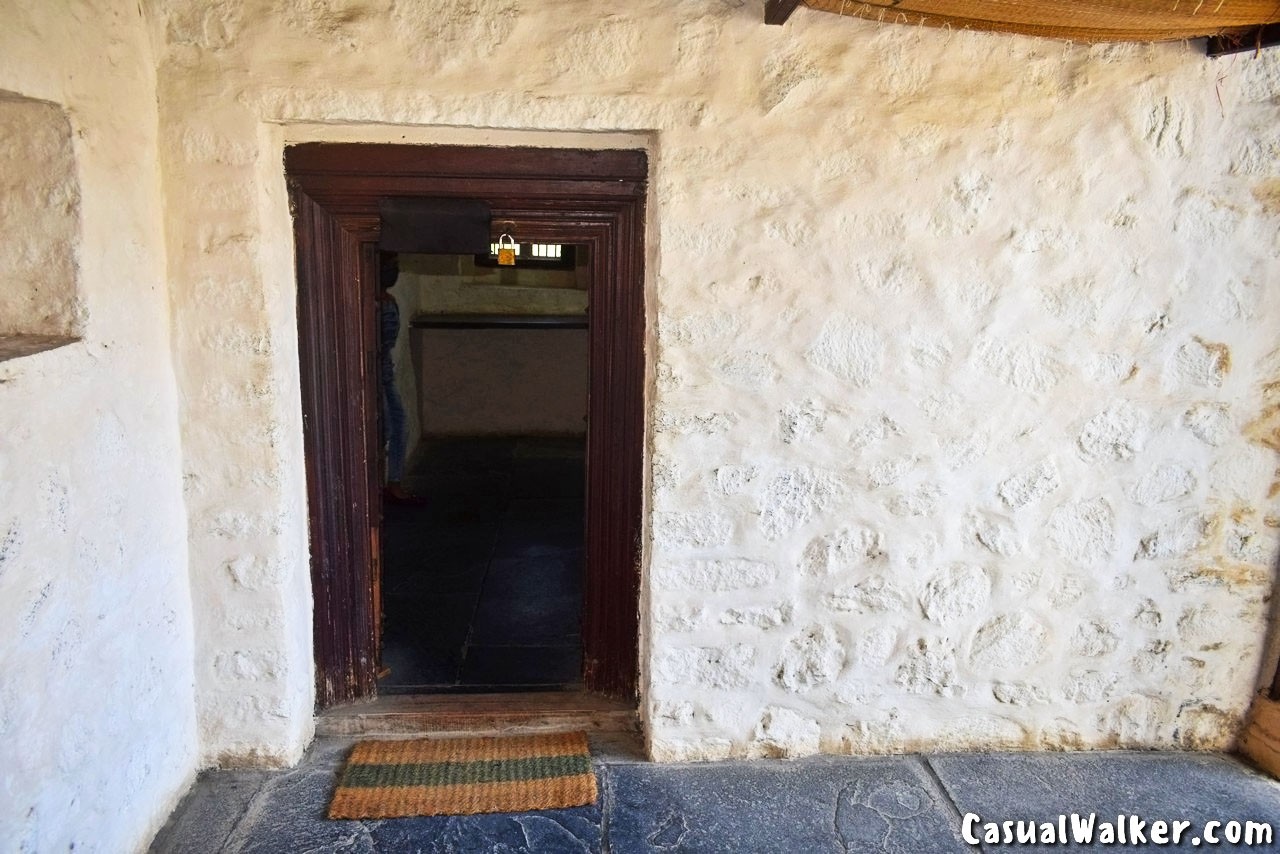

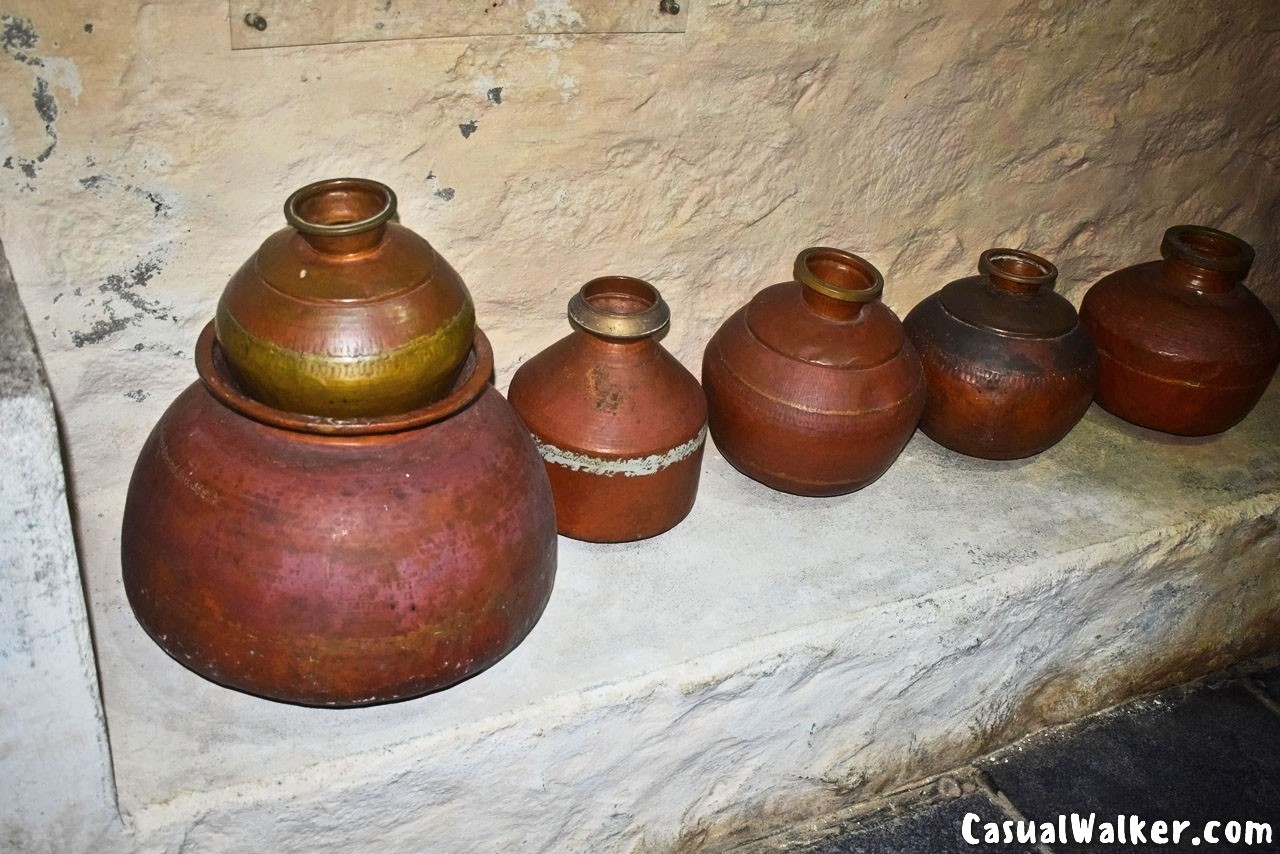
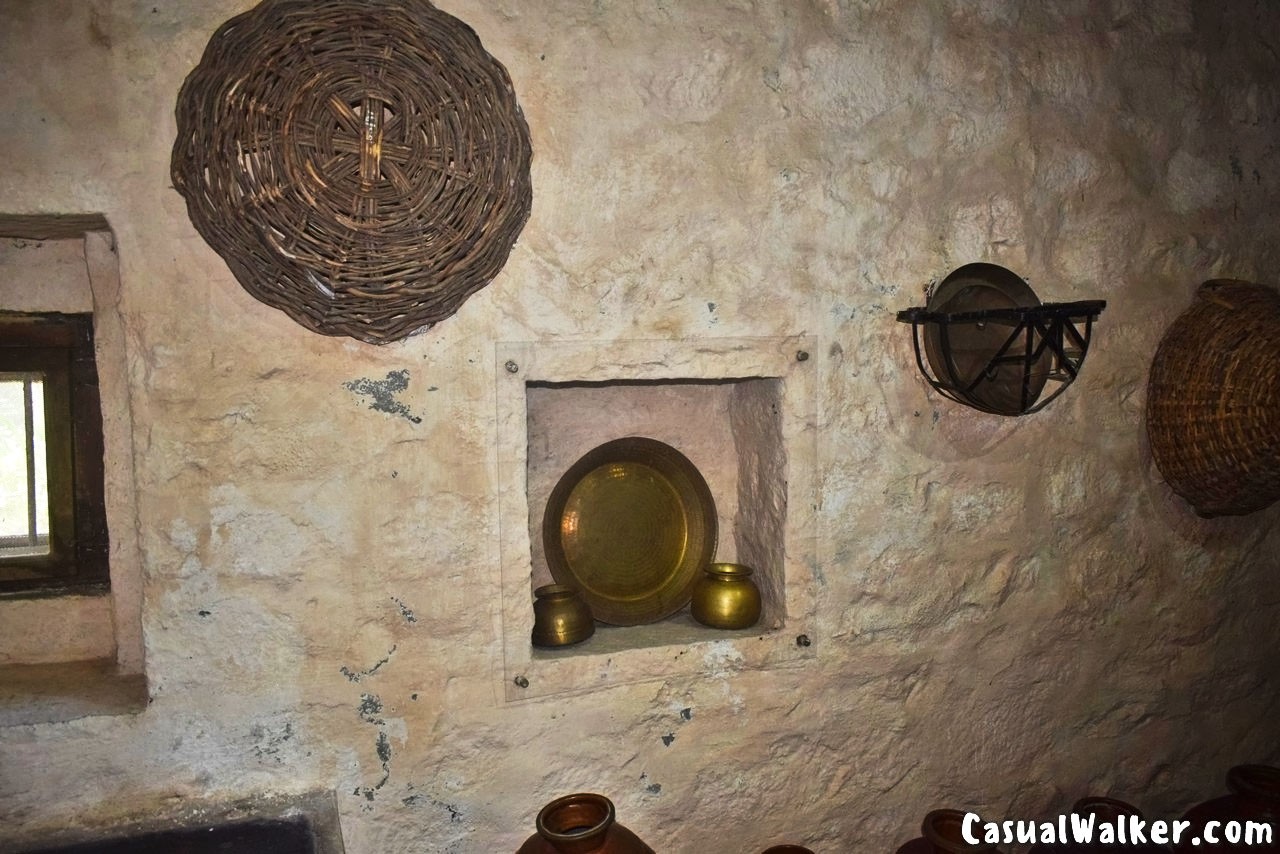
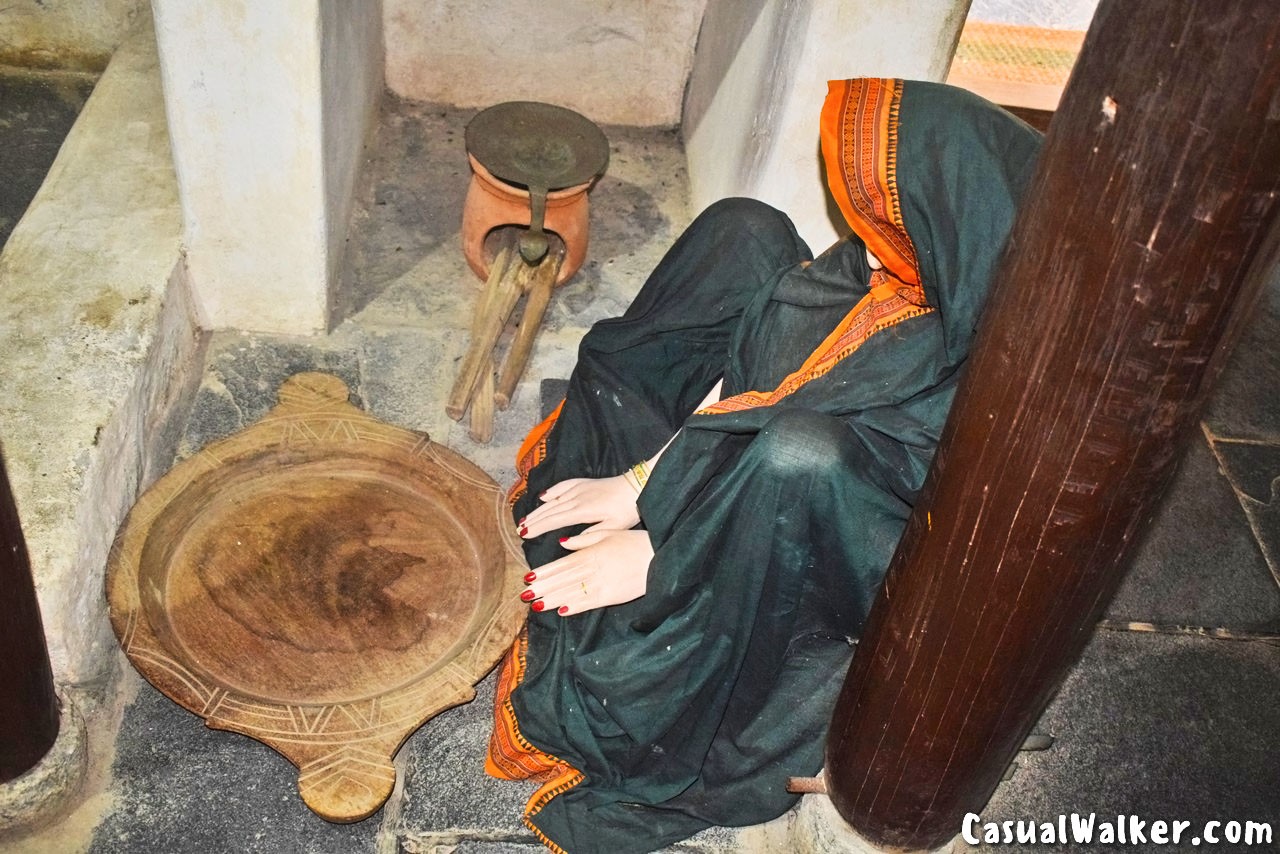
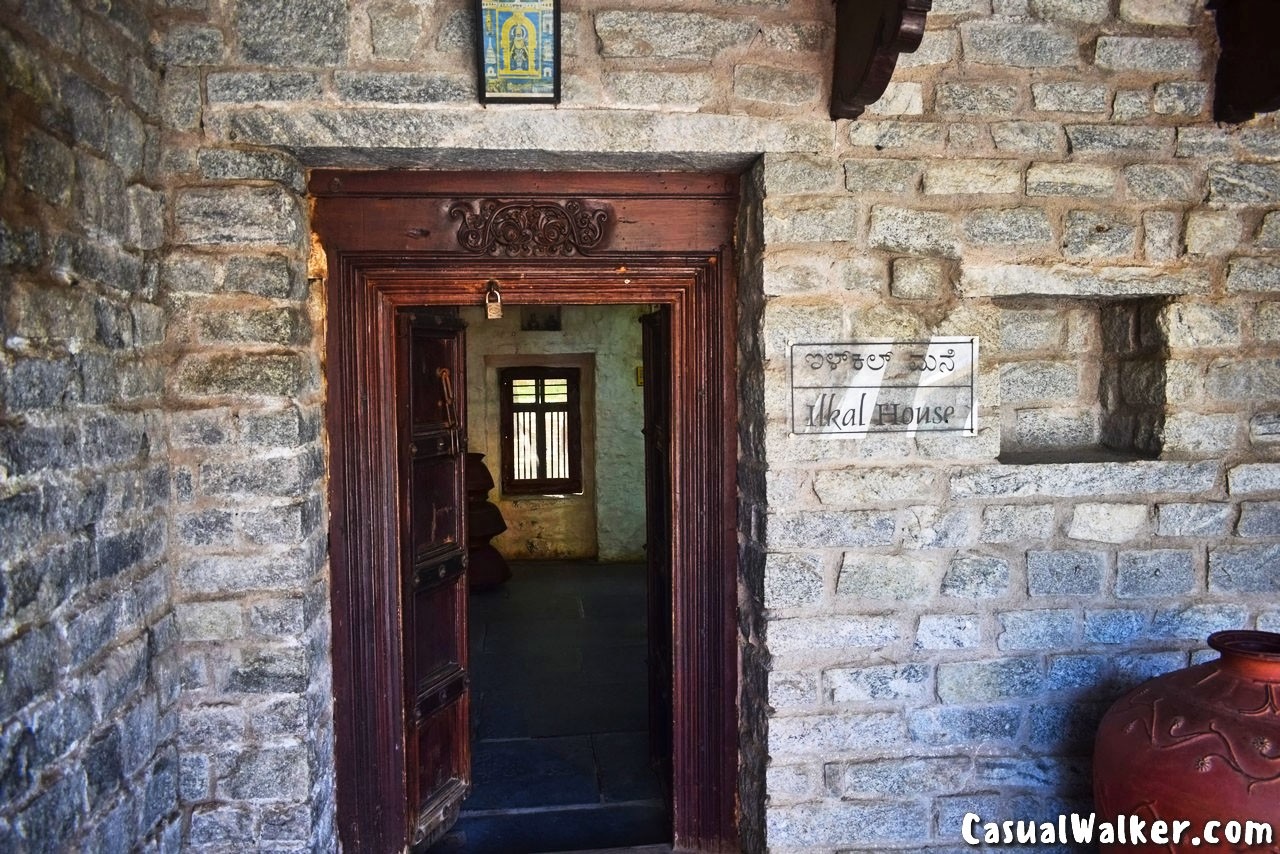
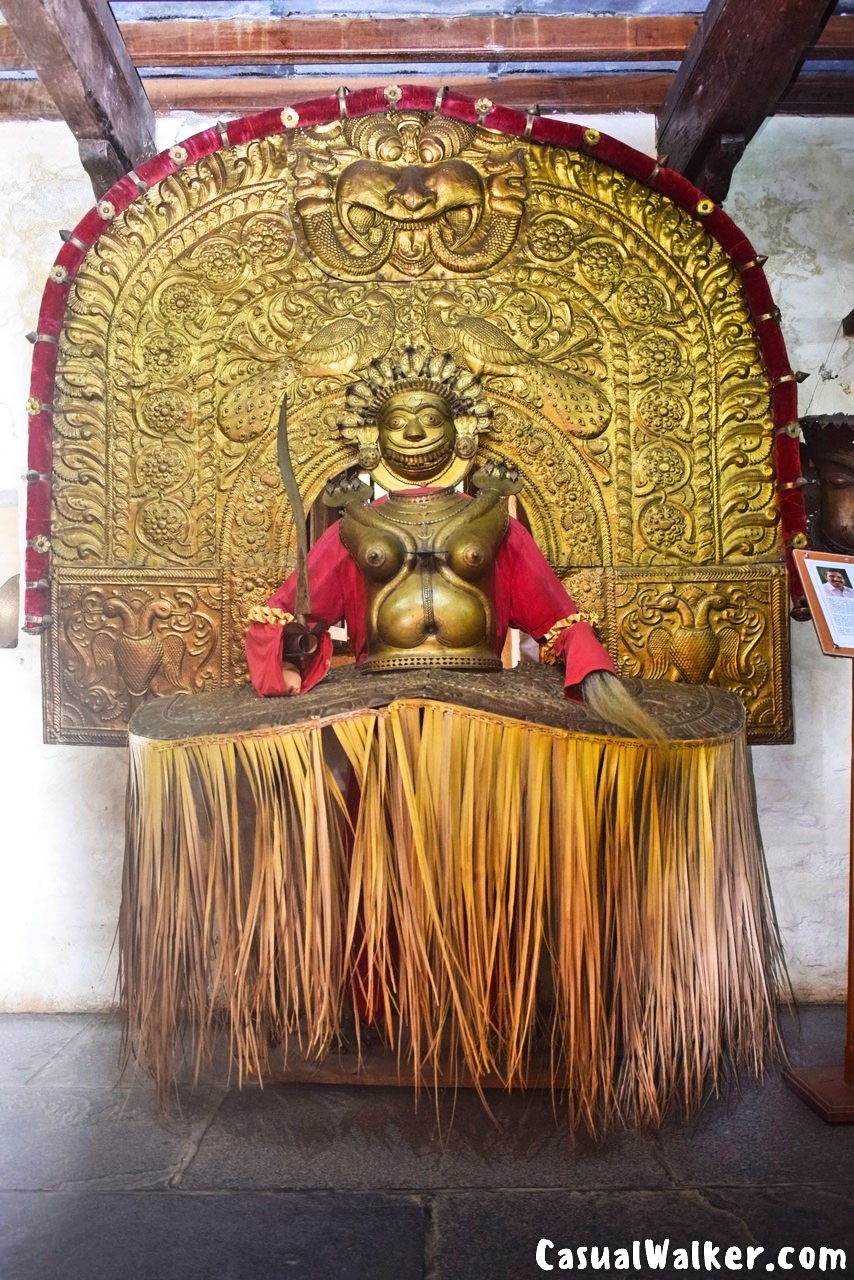
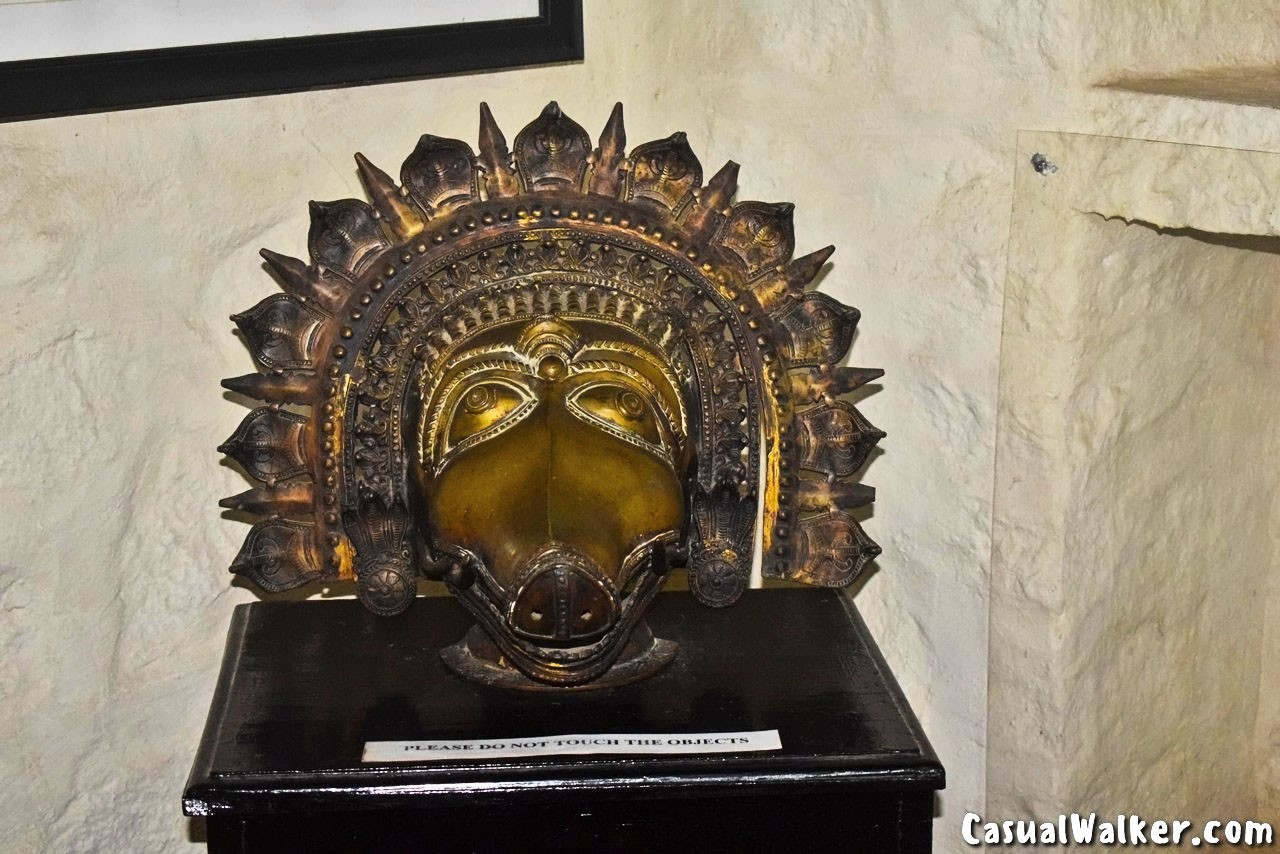
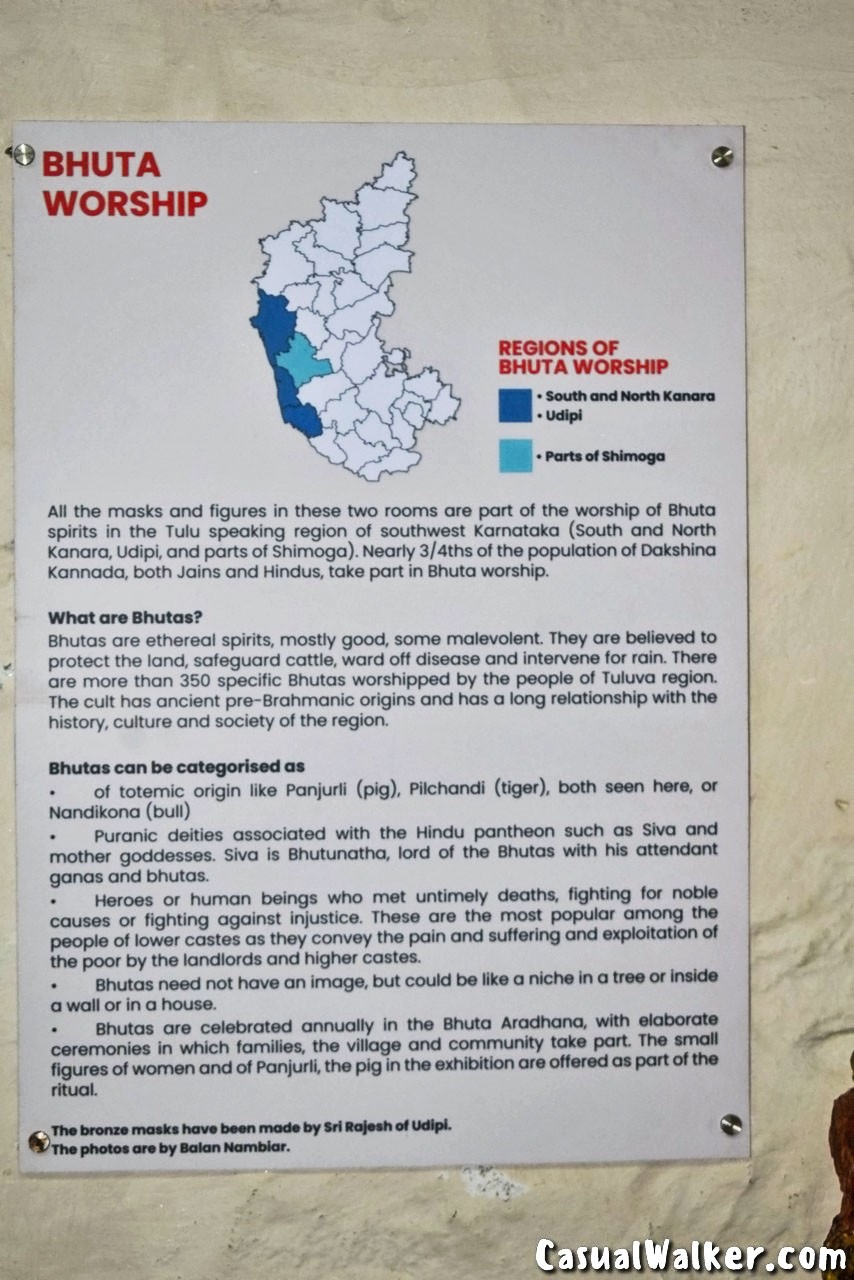

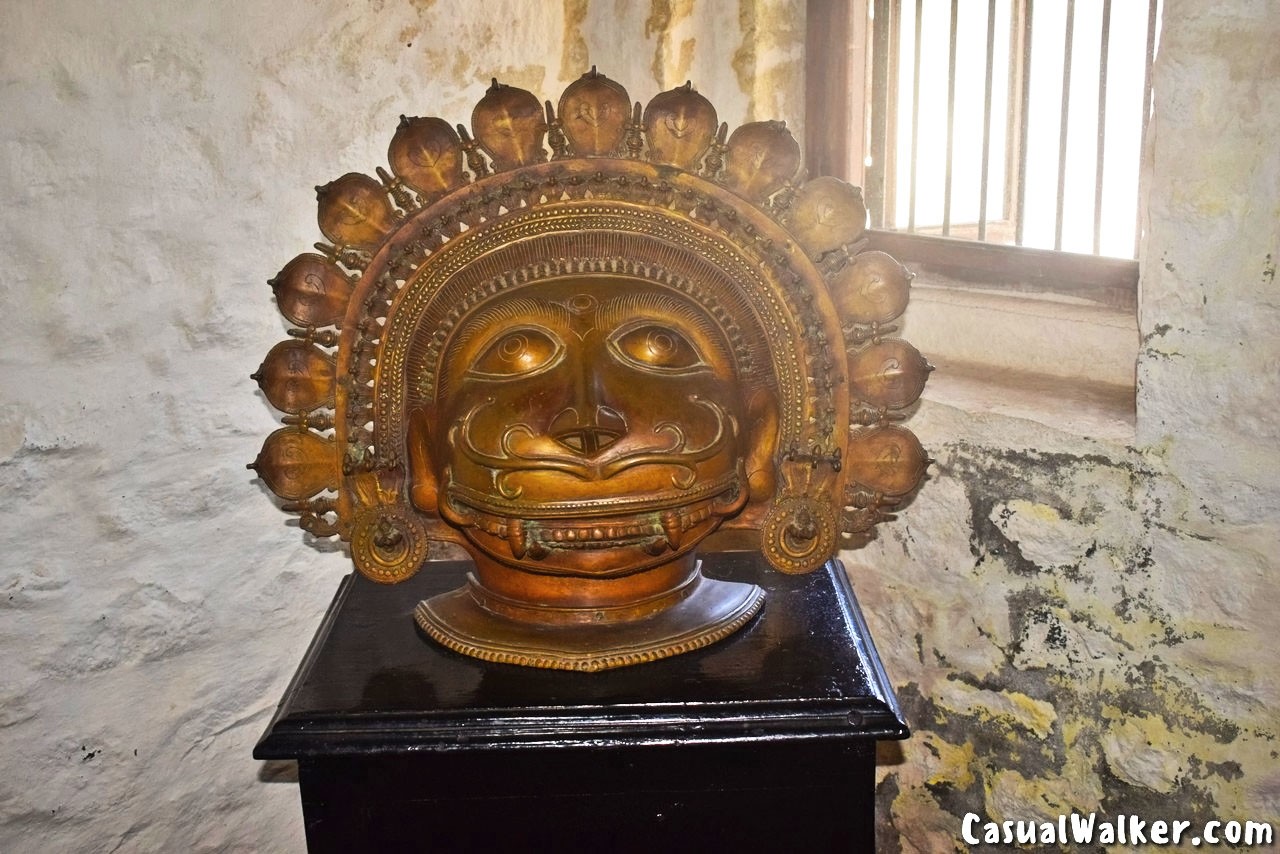
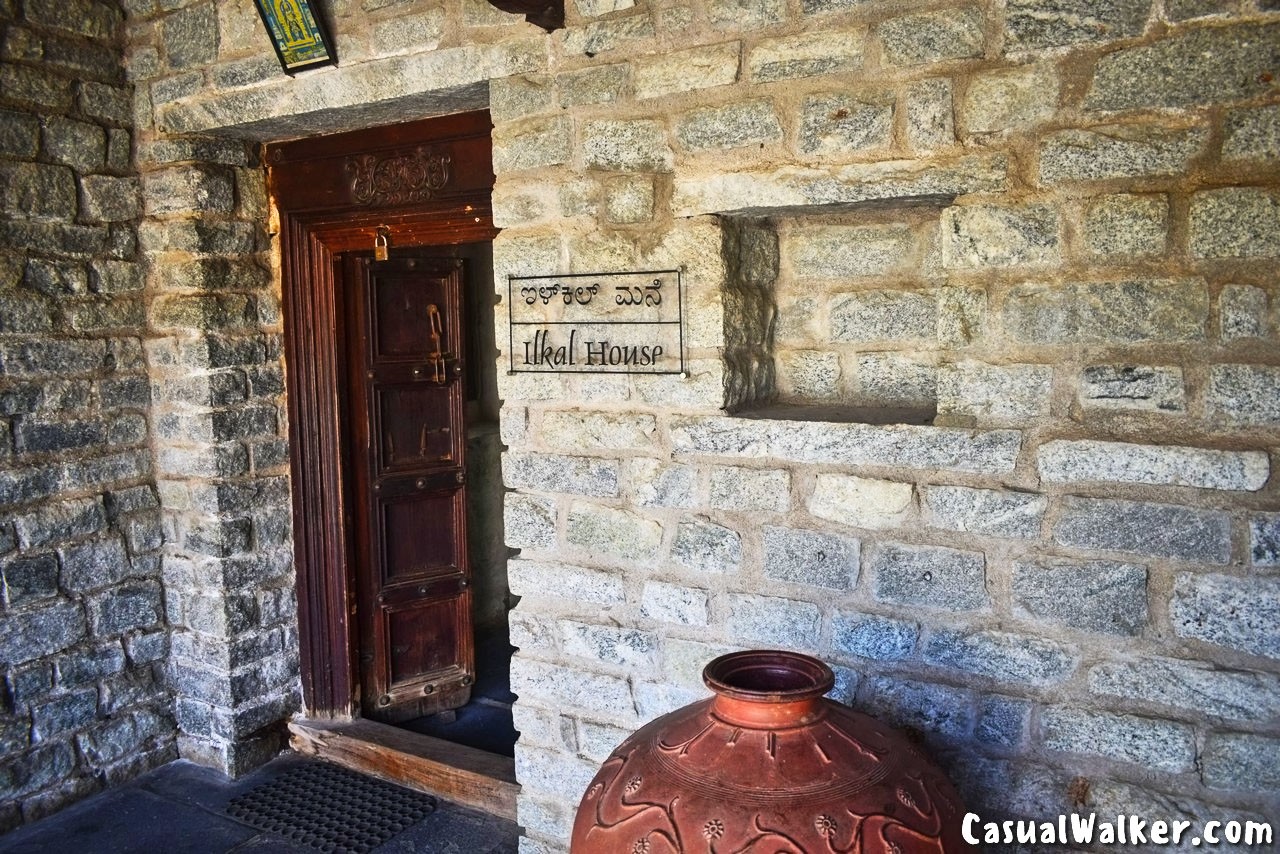
Check the Dakshinachitra Heritage Museum in Muttukadu, Chennai (Part 2):
Also, Check Our Similar Arts & Culture based Indian Museum :
Madras Literary Society library, Chennai – One of the Oldest library in India – Visit, Travel Guide
Cholamandal Artists’ Village, Museum Of Contemporary Art, Injambakkam, Chennai
Asuras – Swarna Kolu / Golu, an Indian mythological Dolls & idols Exhibition at Thejus, Chennai



